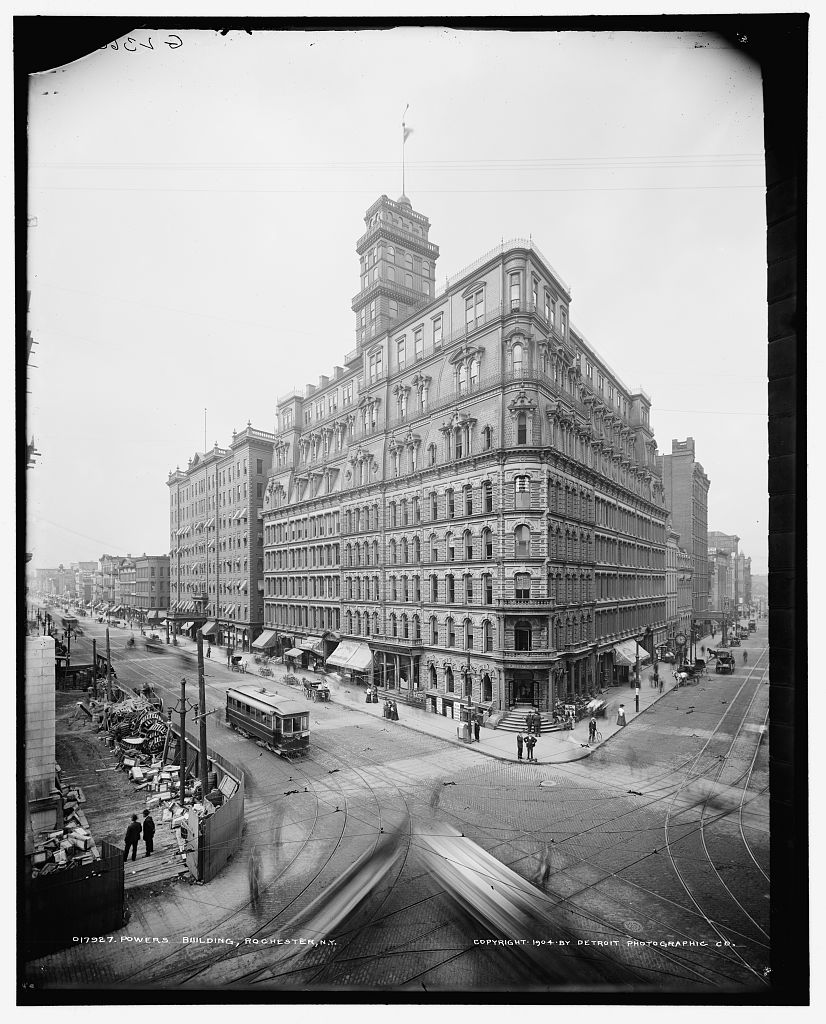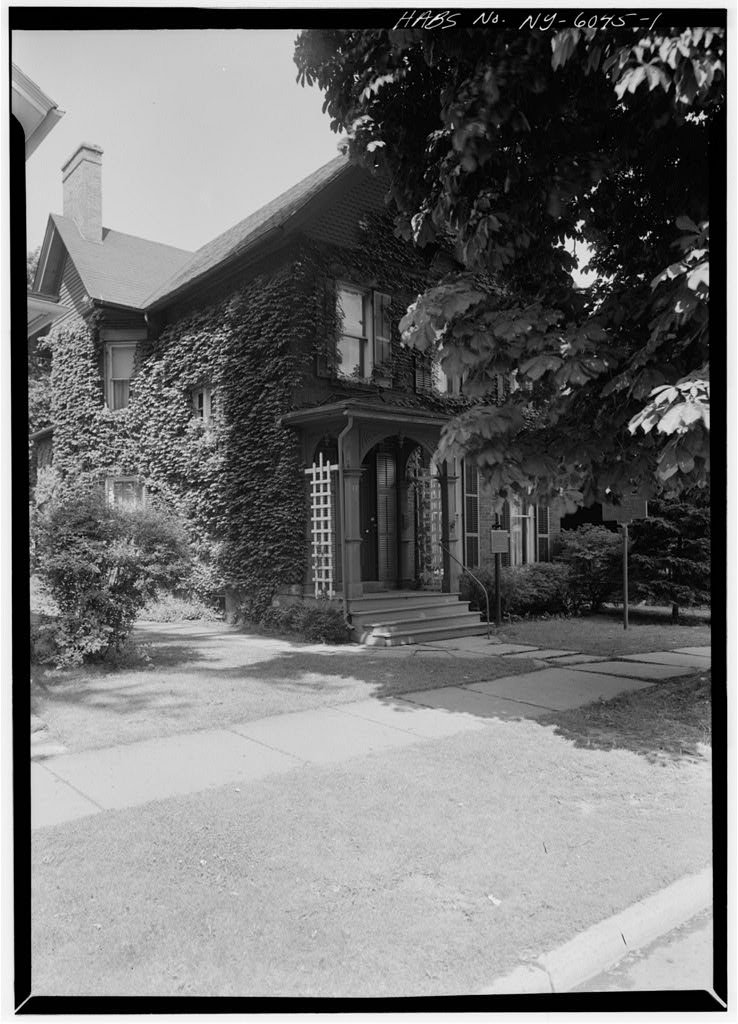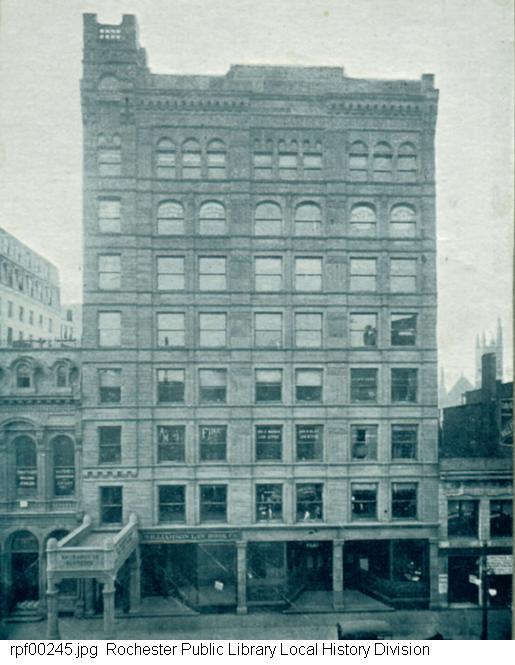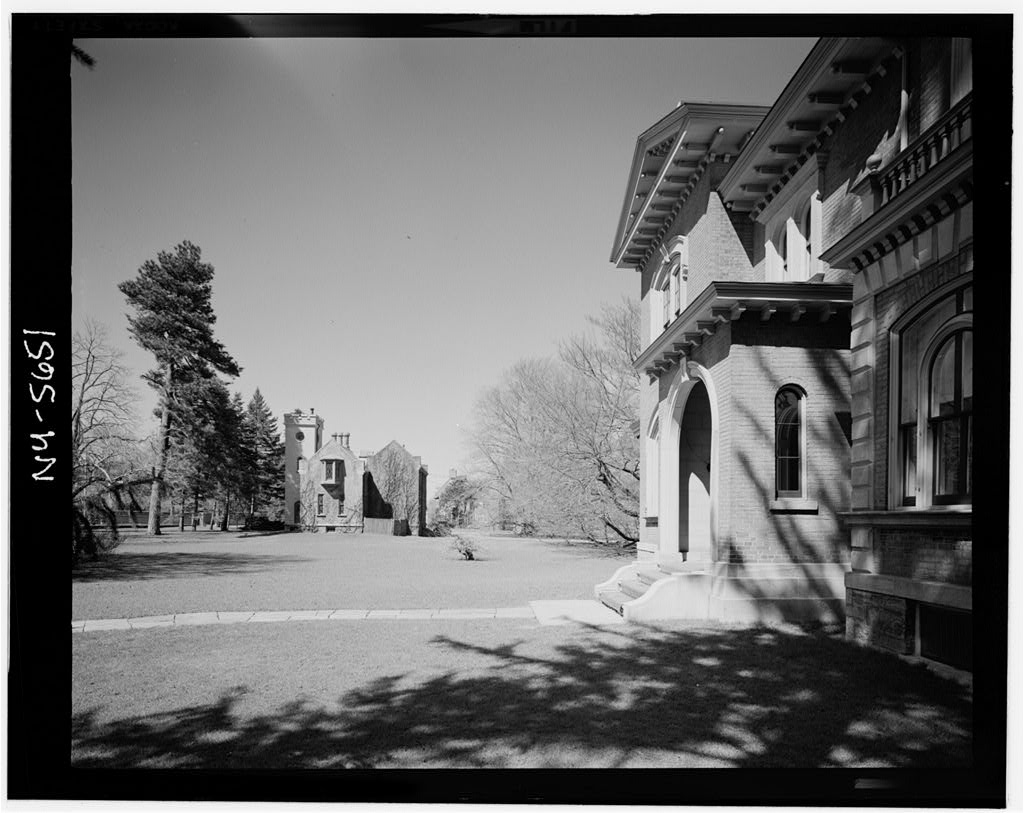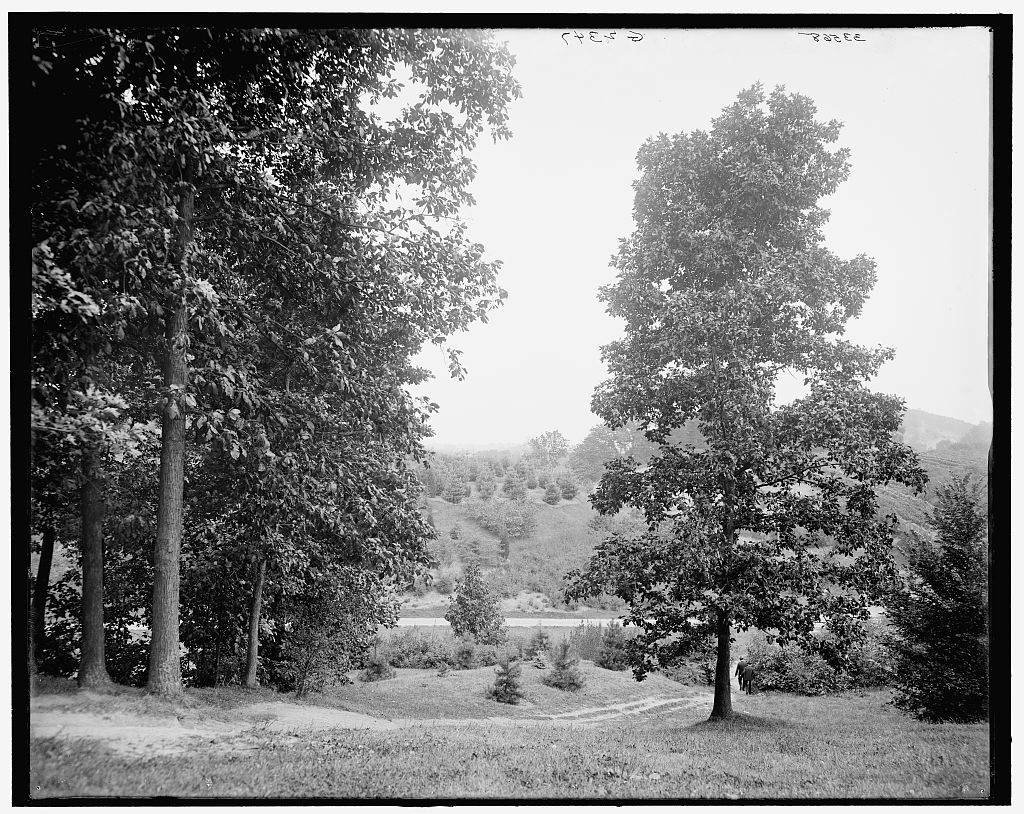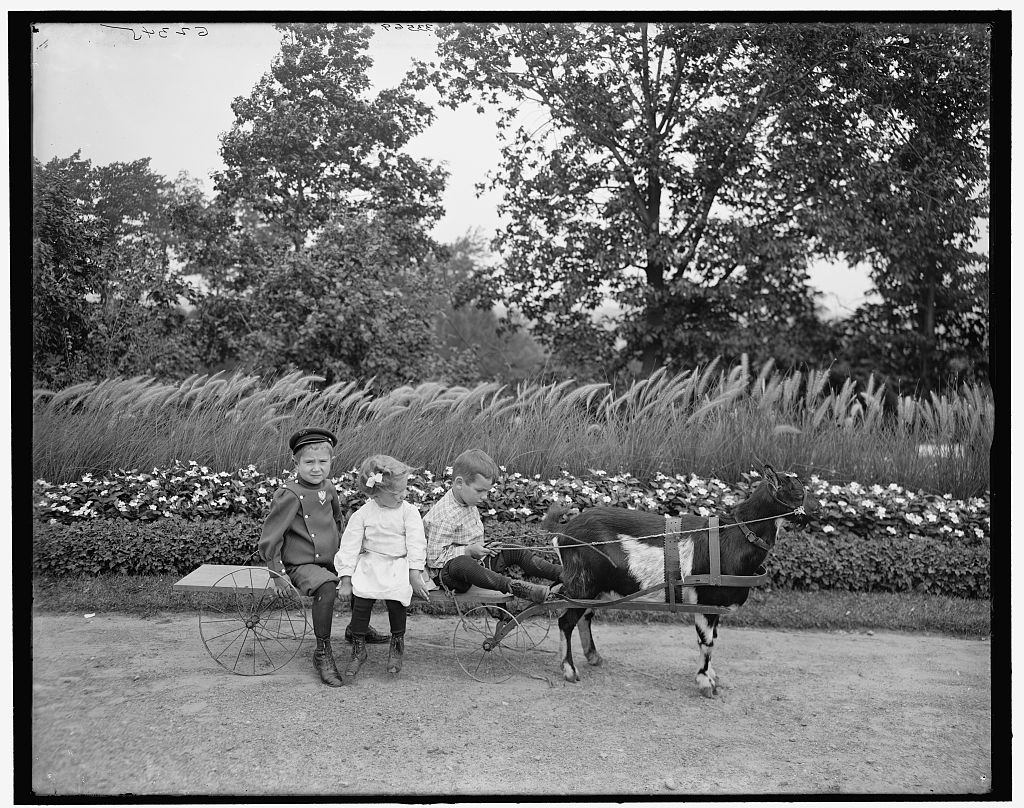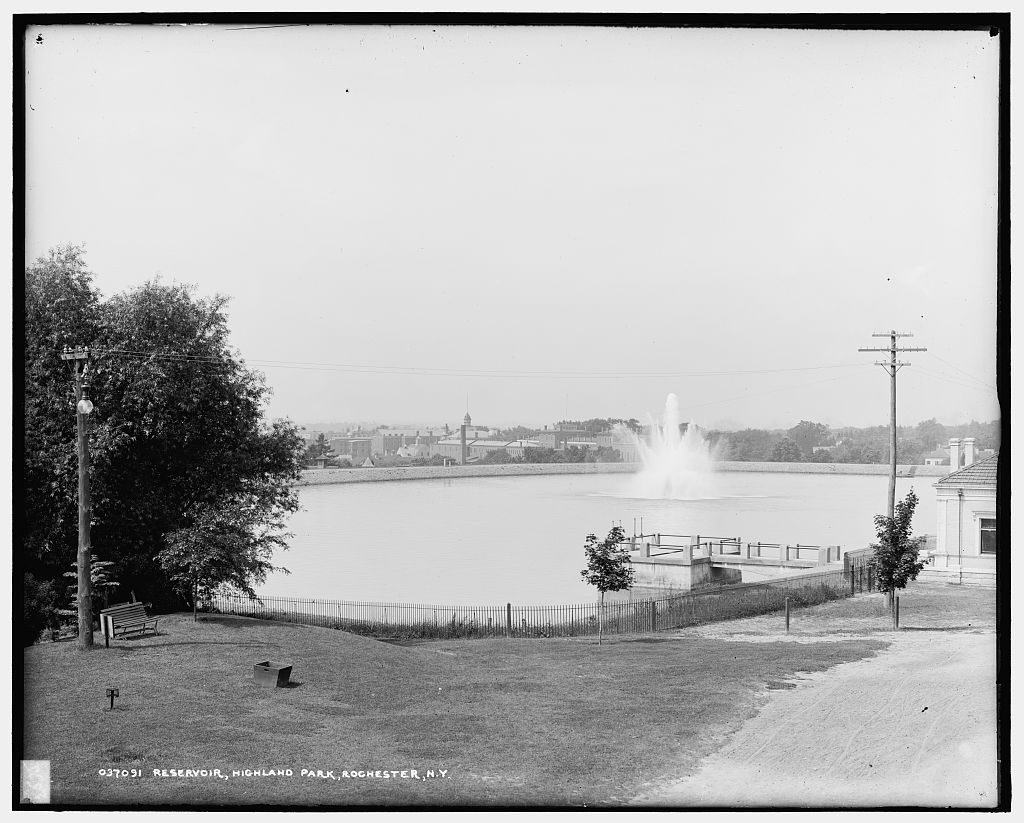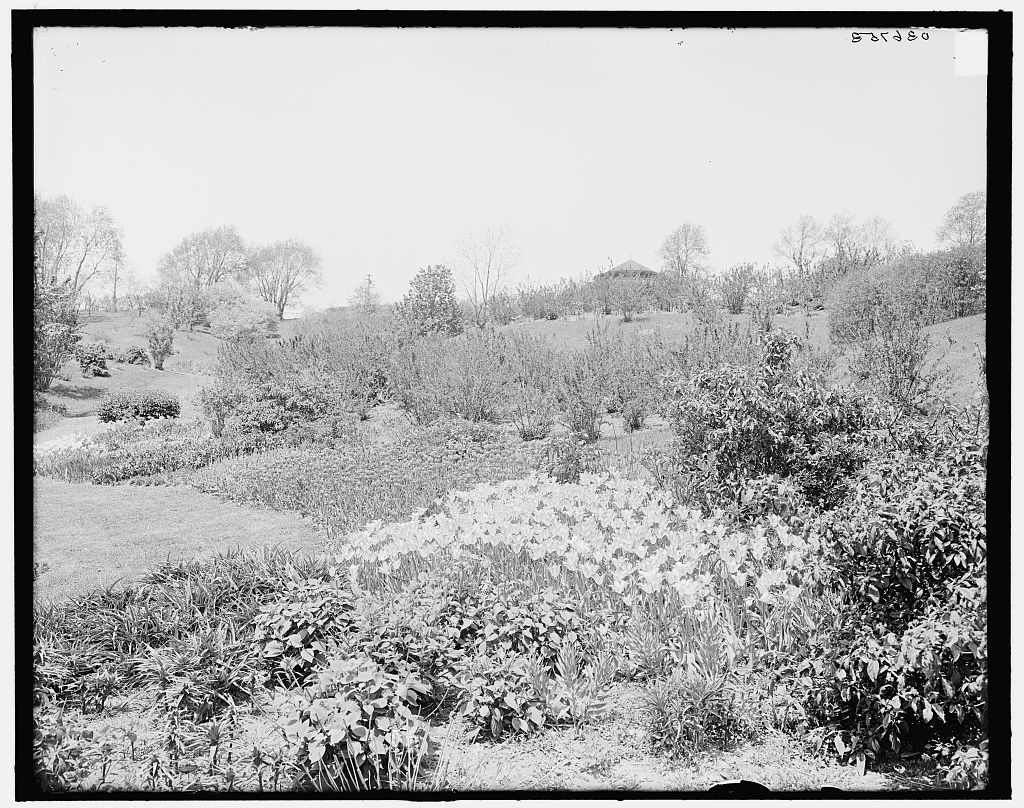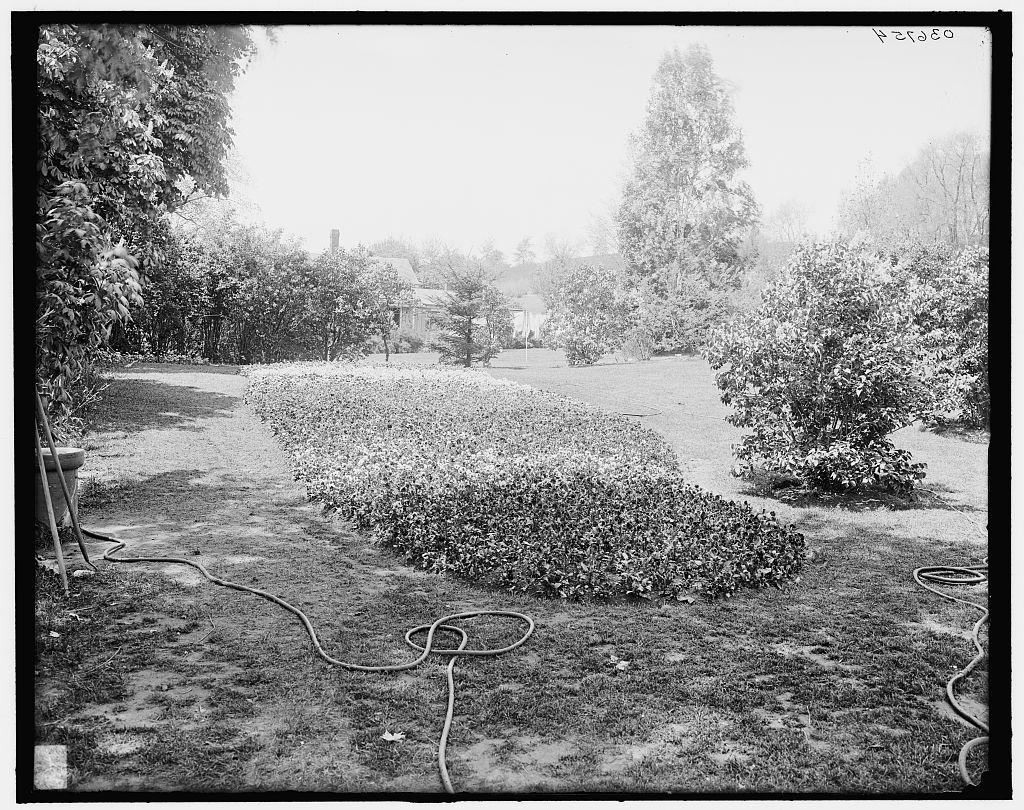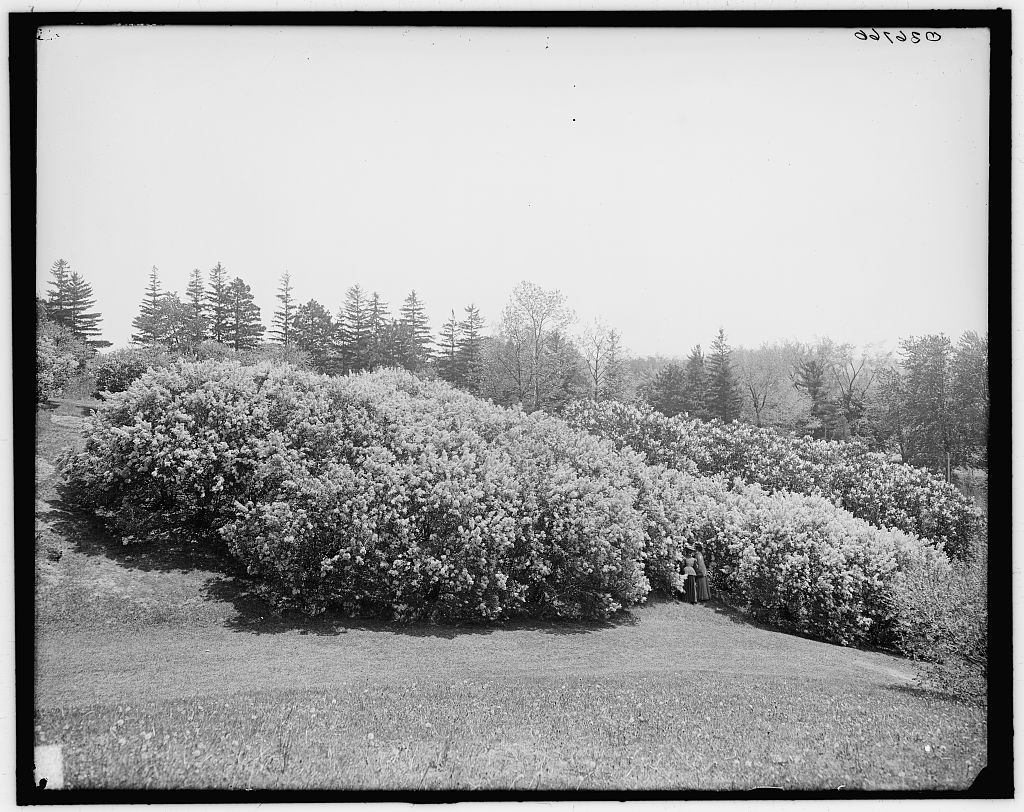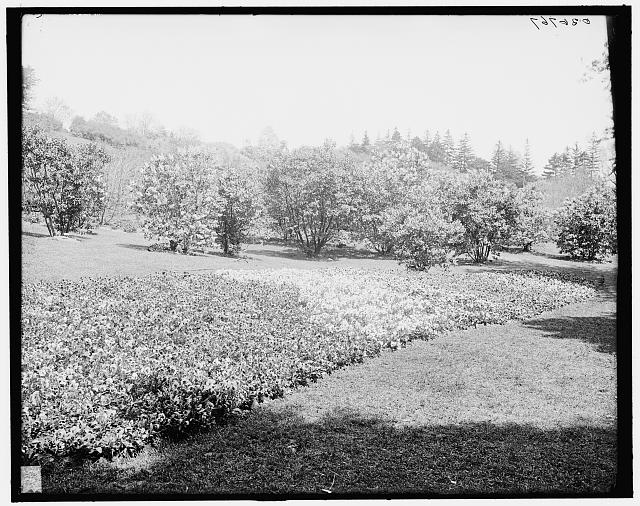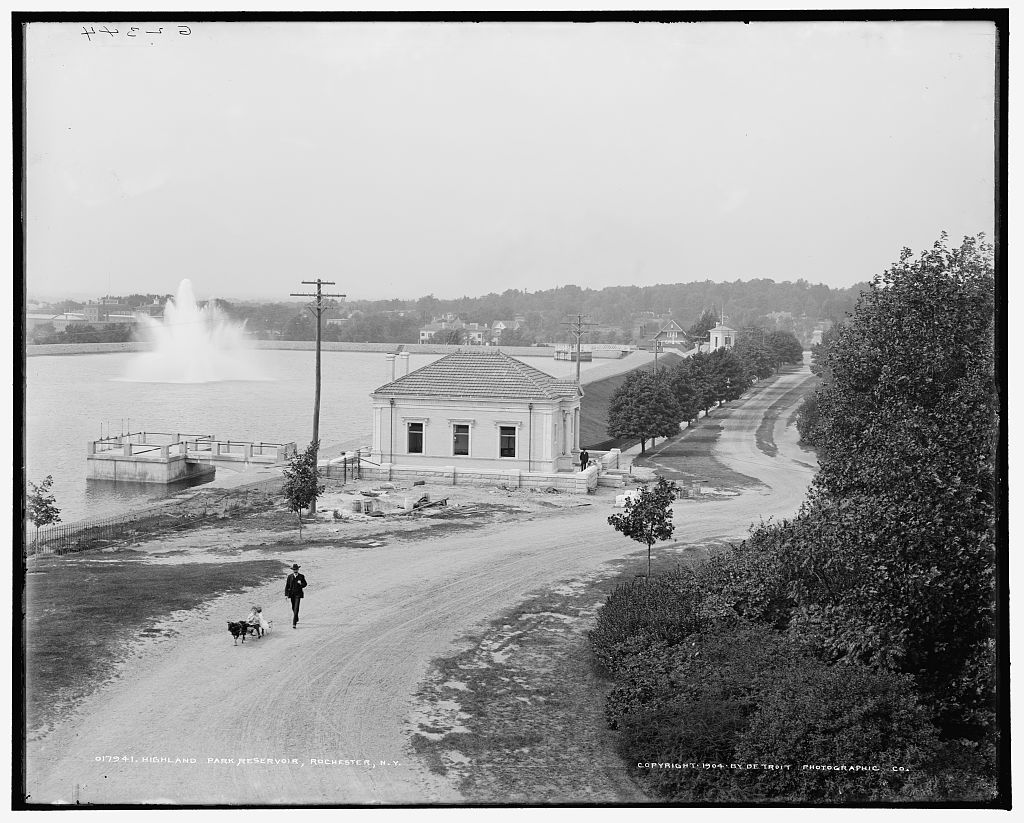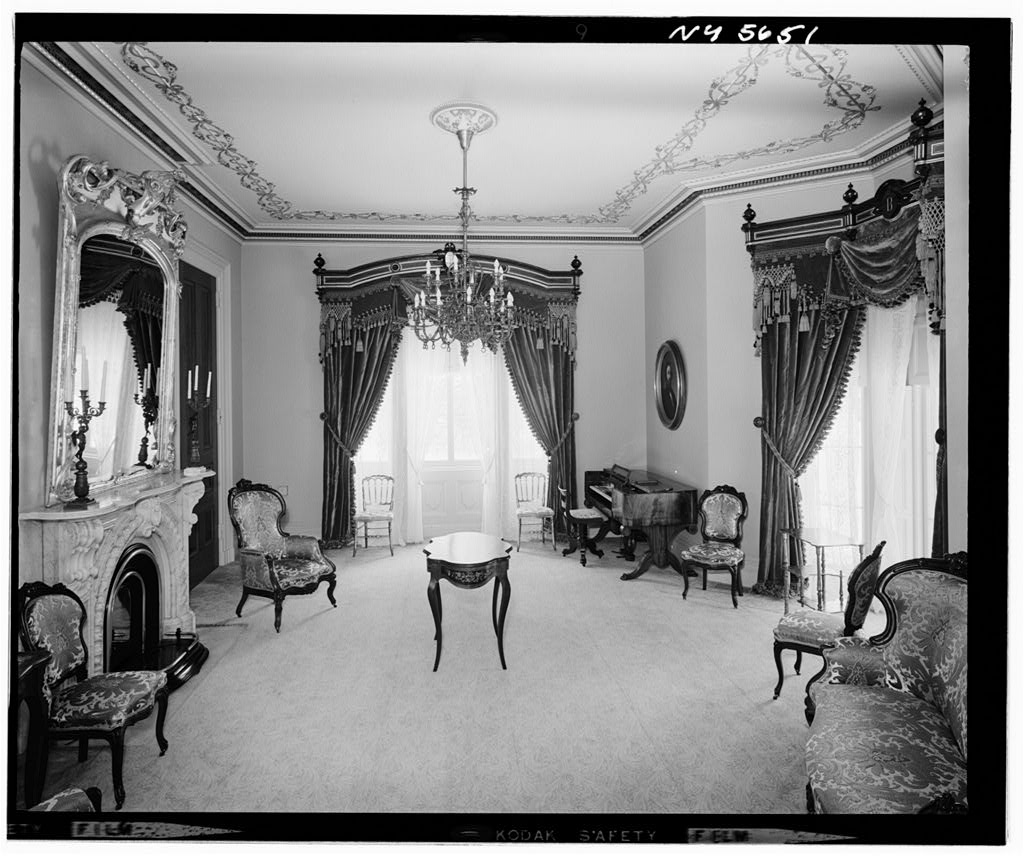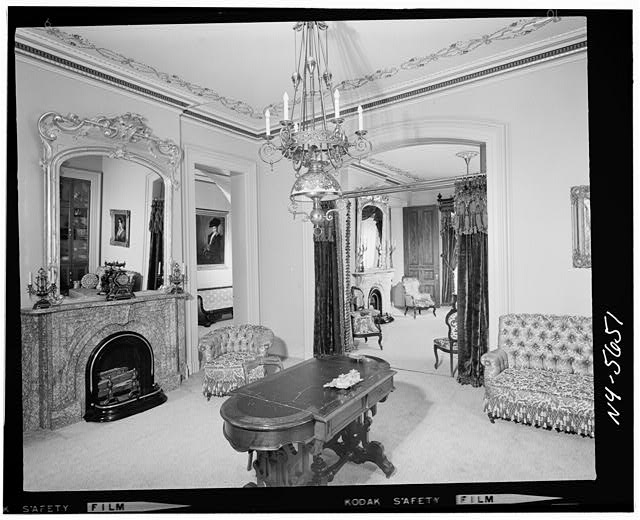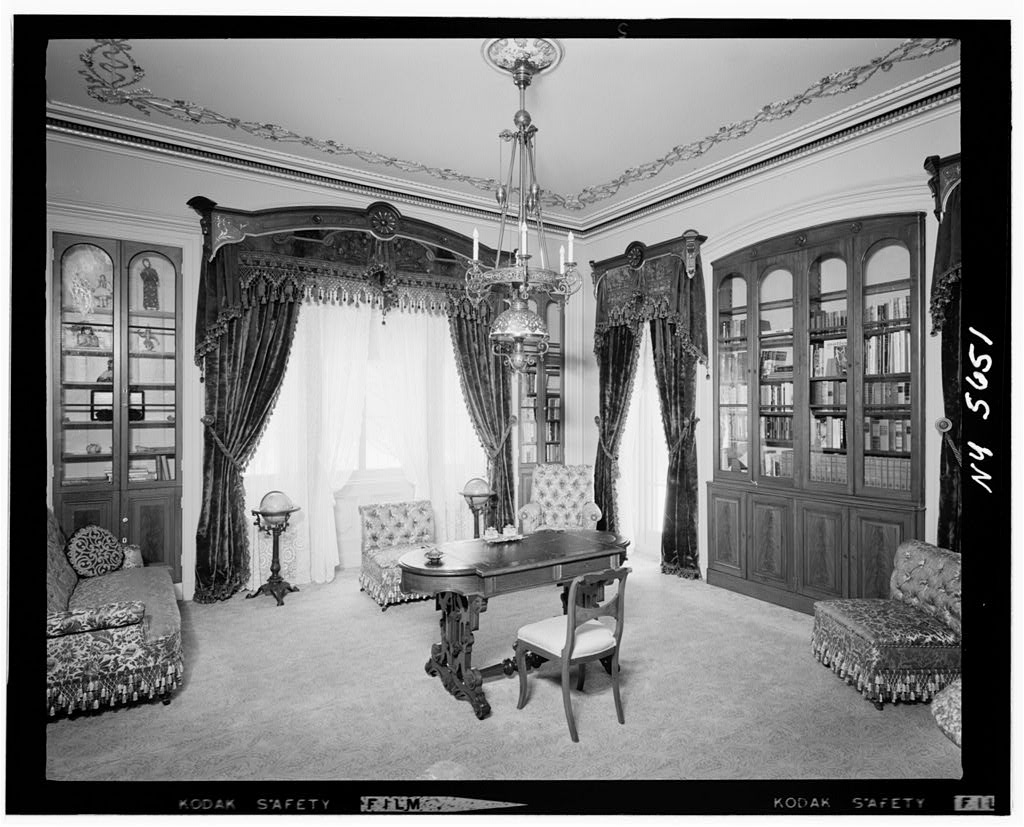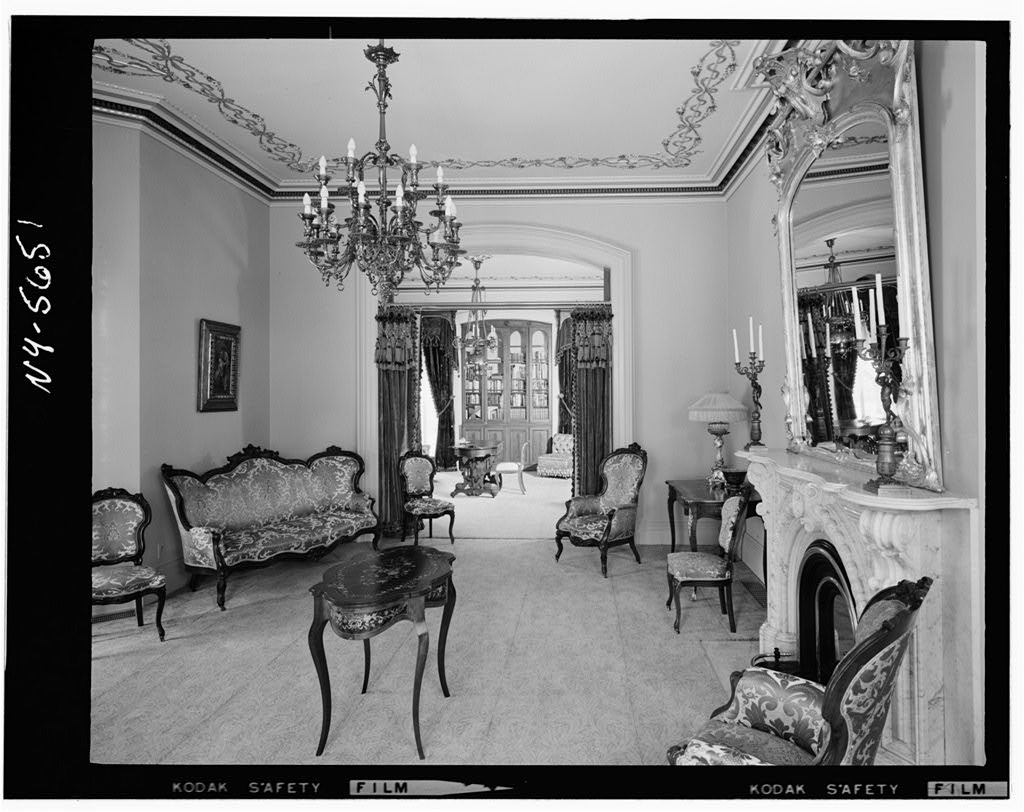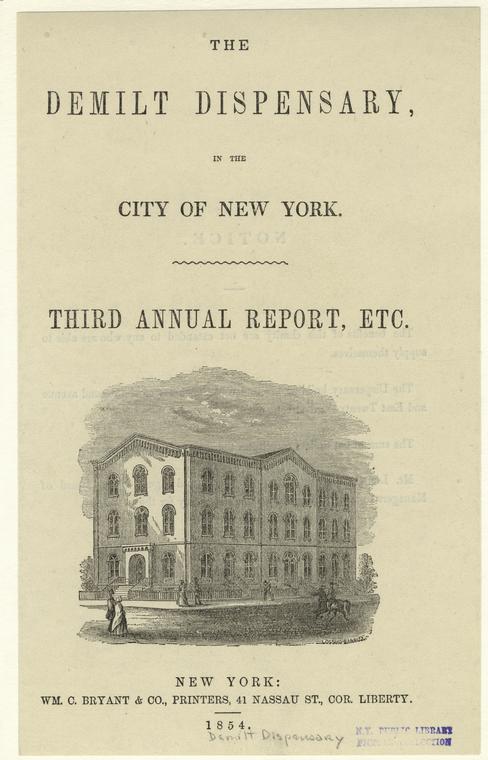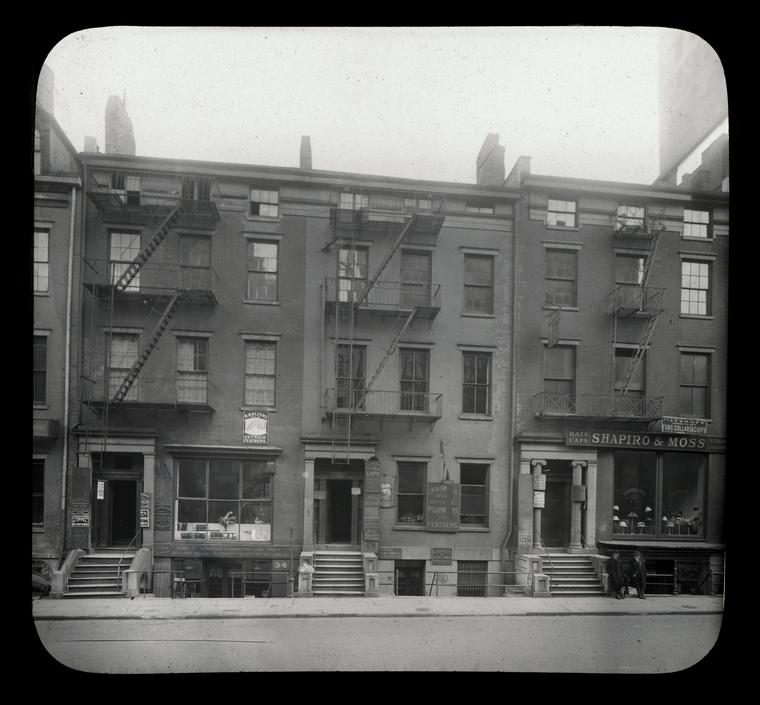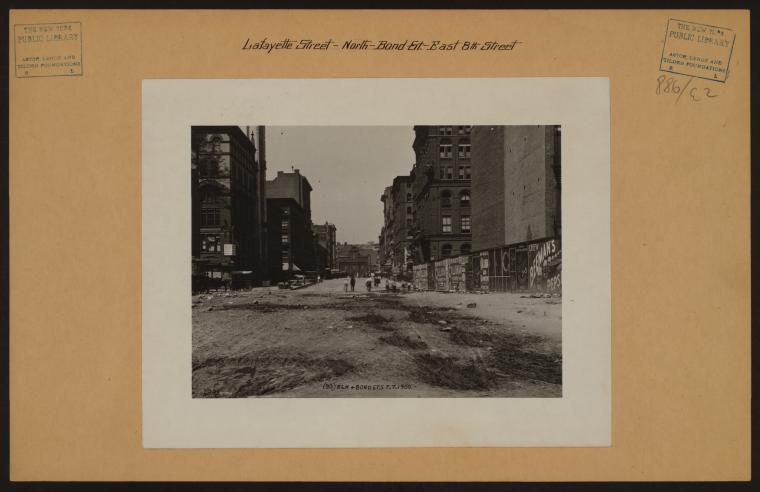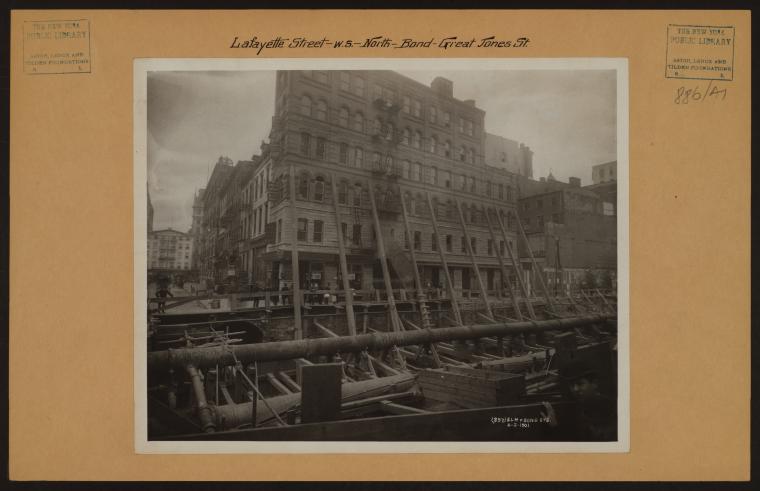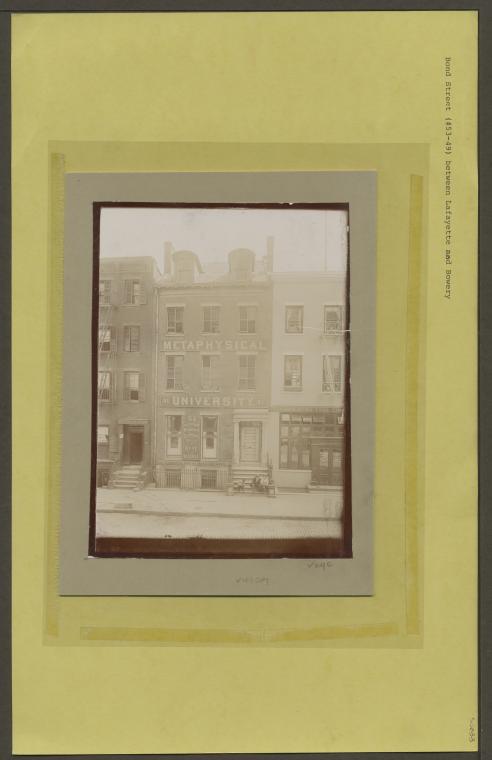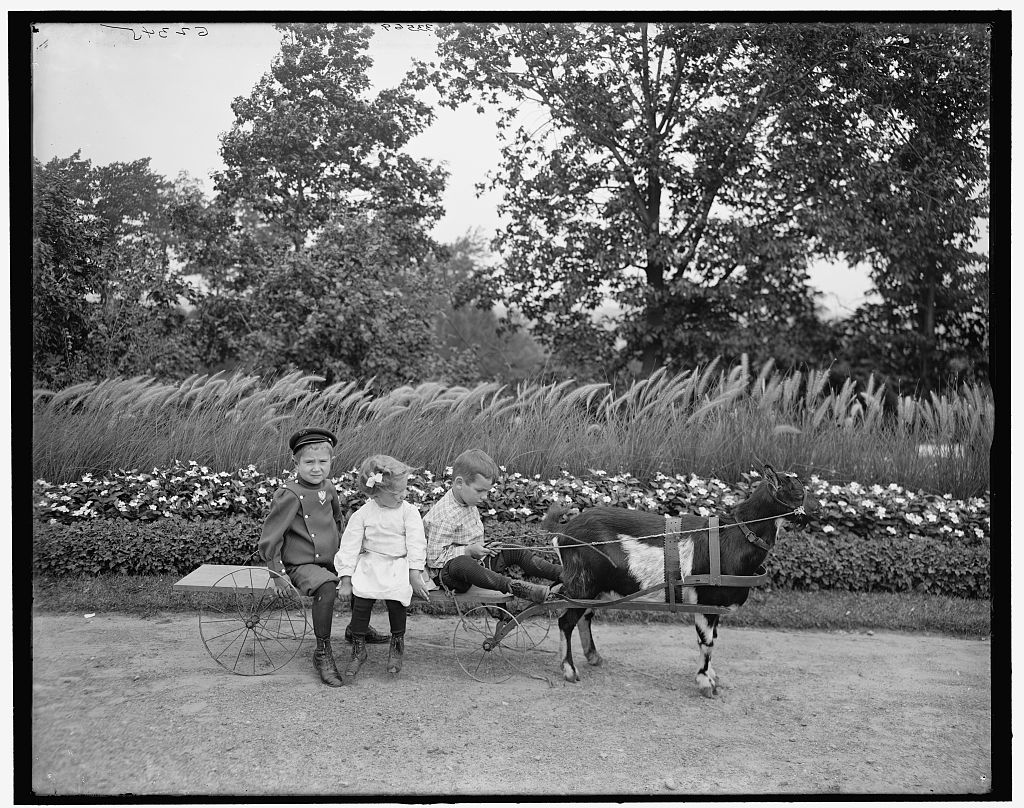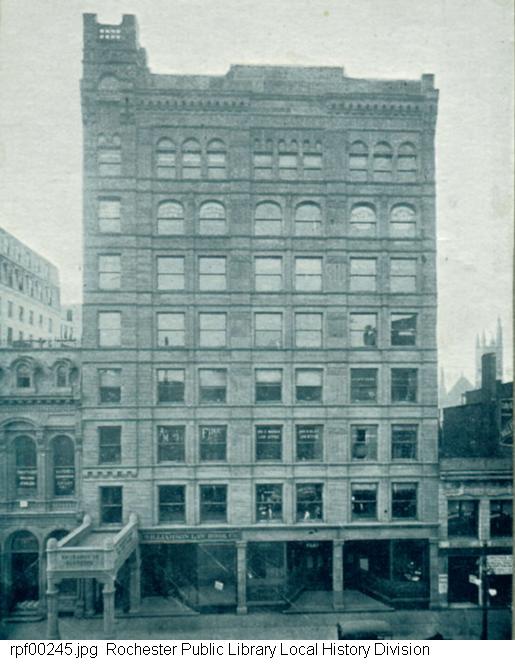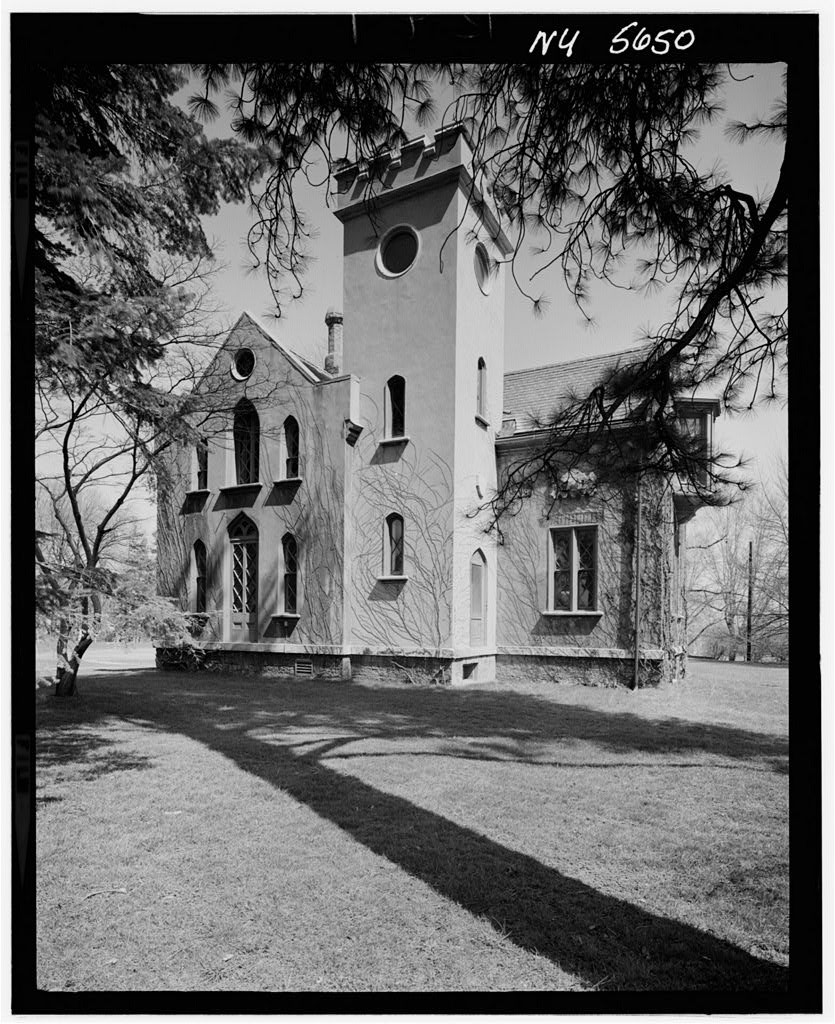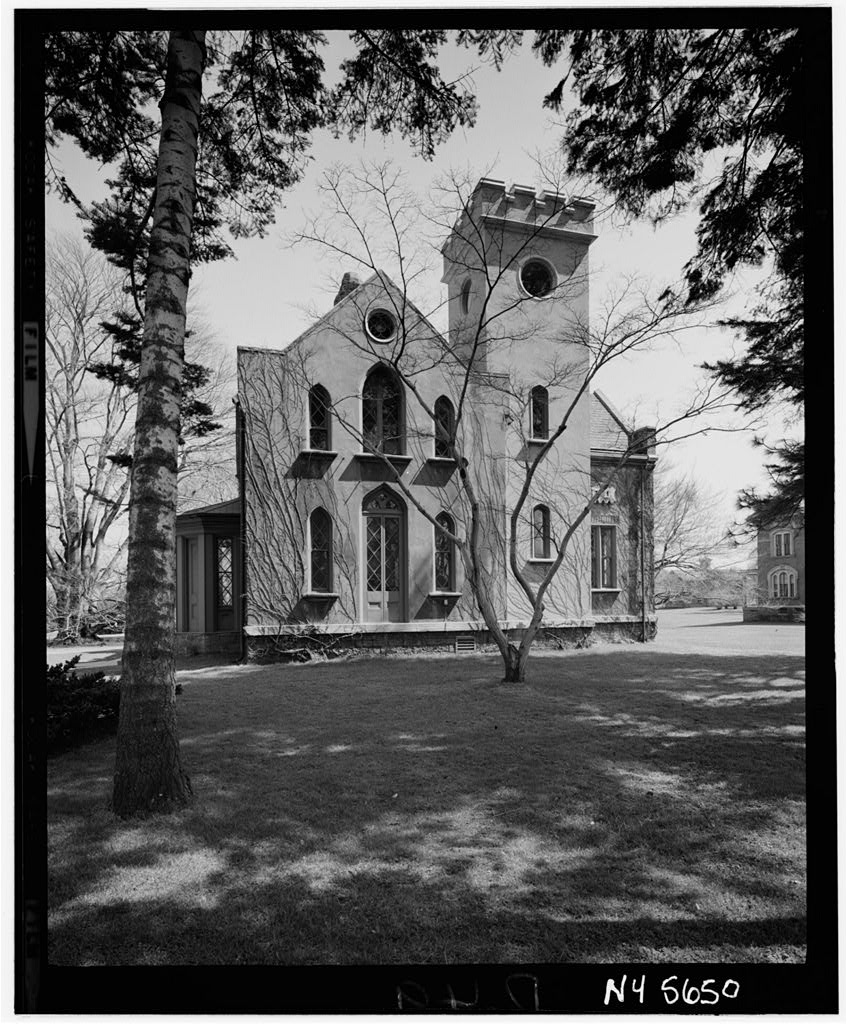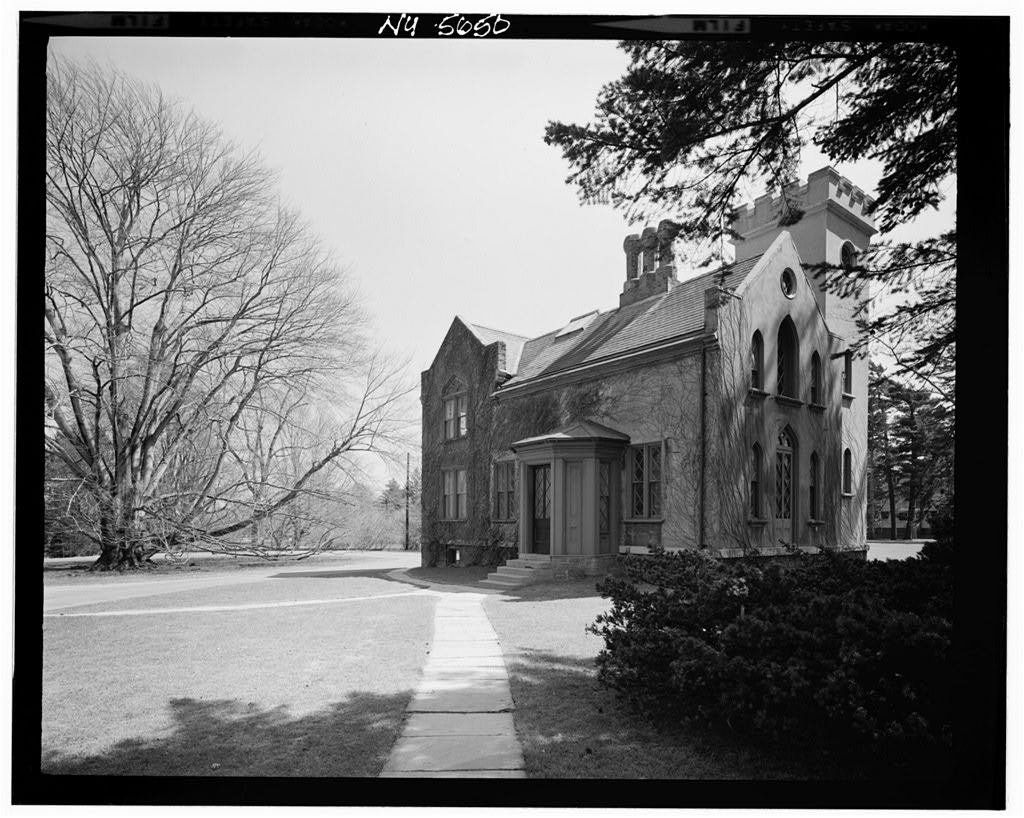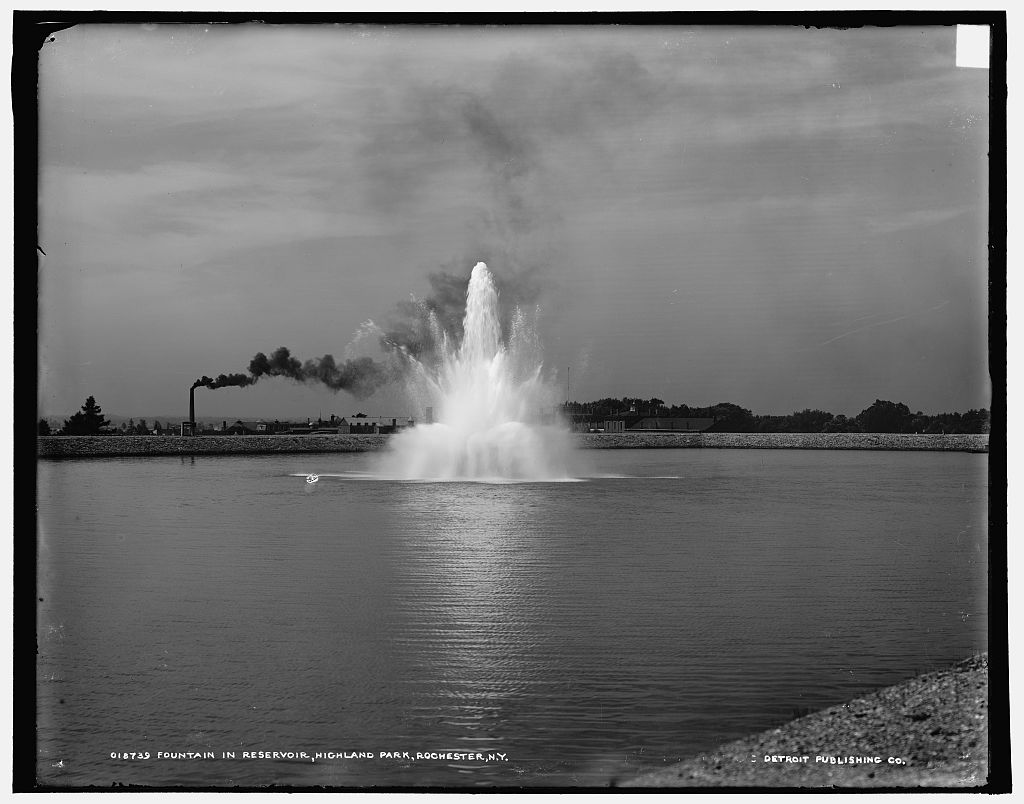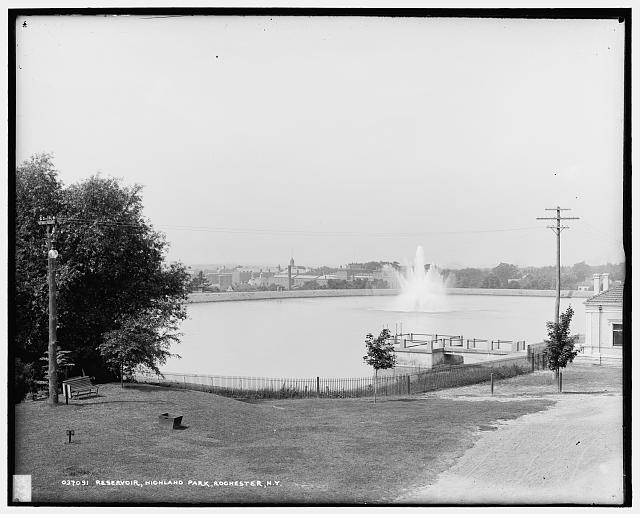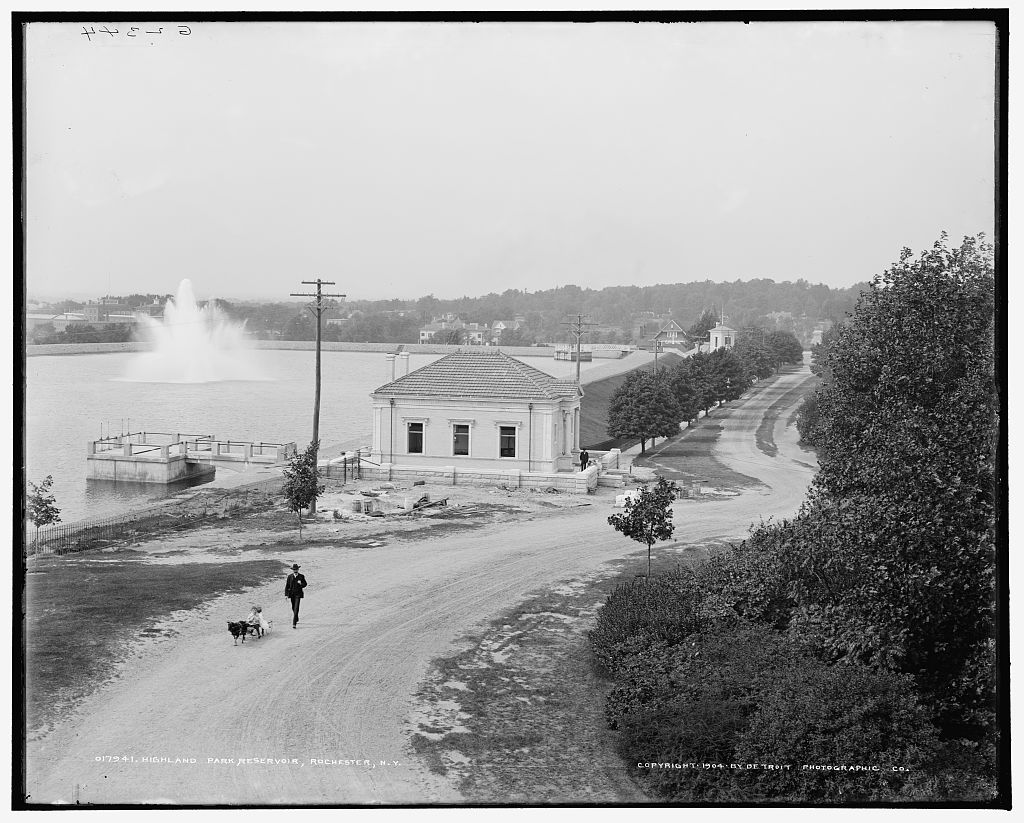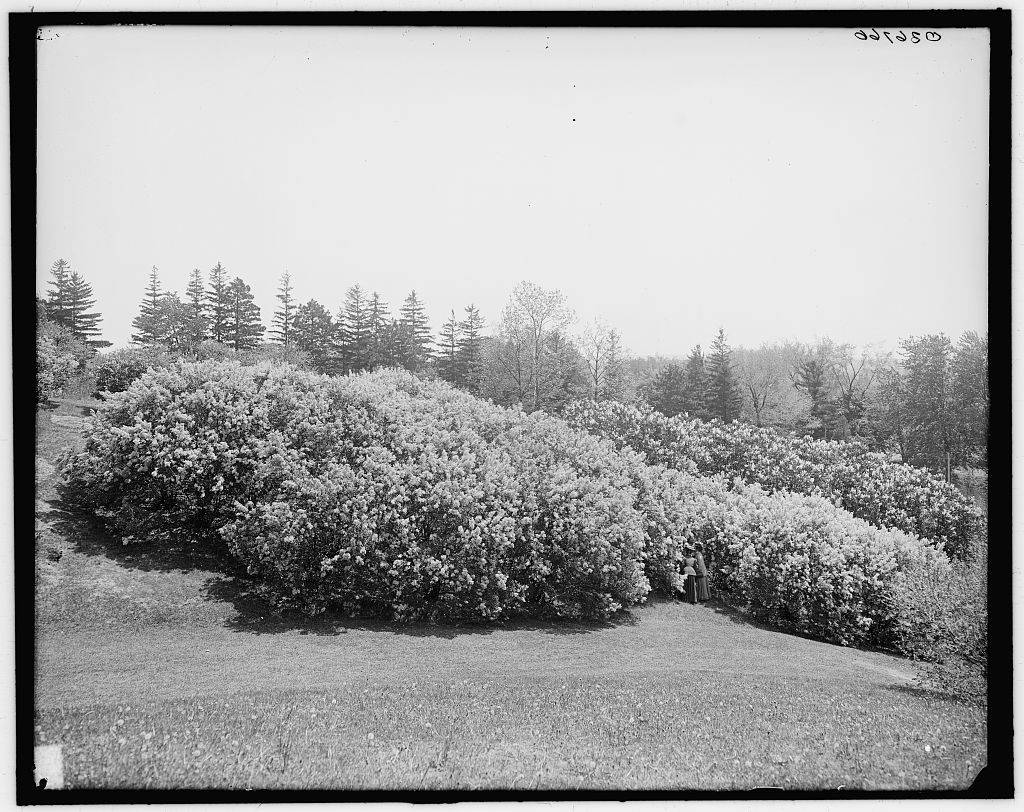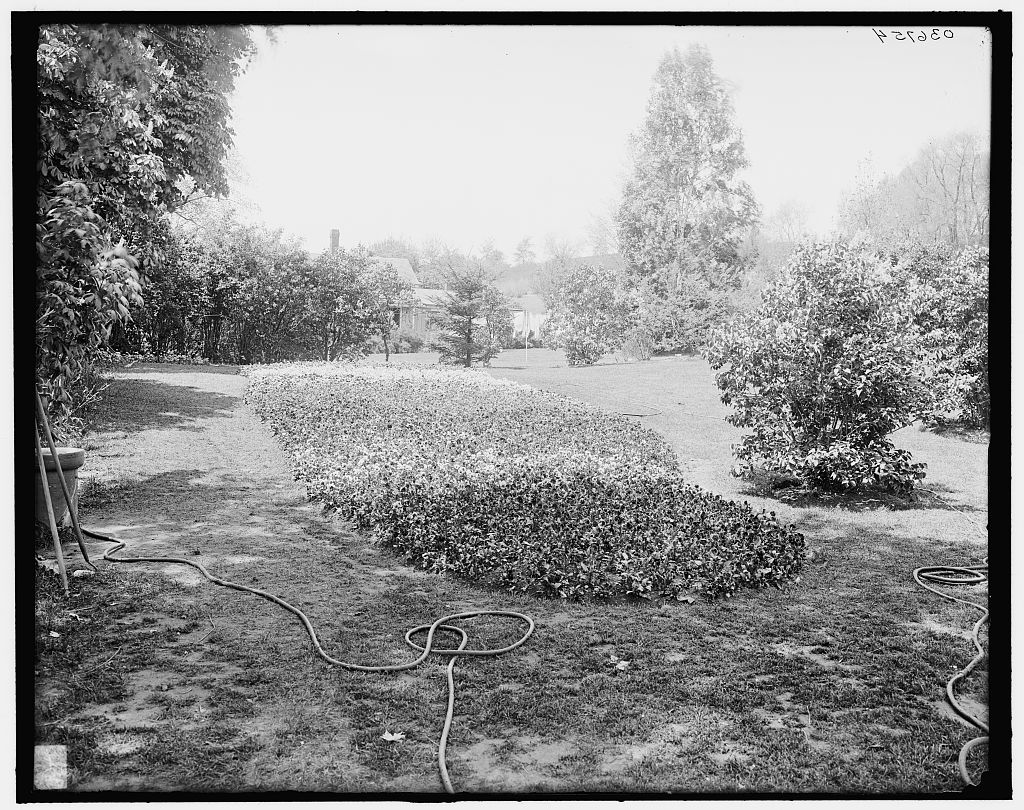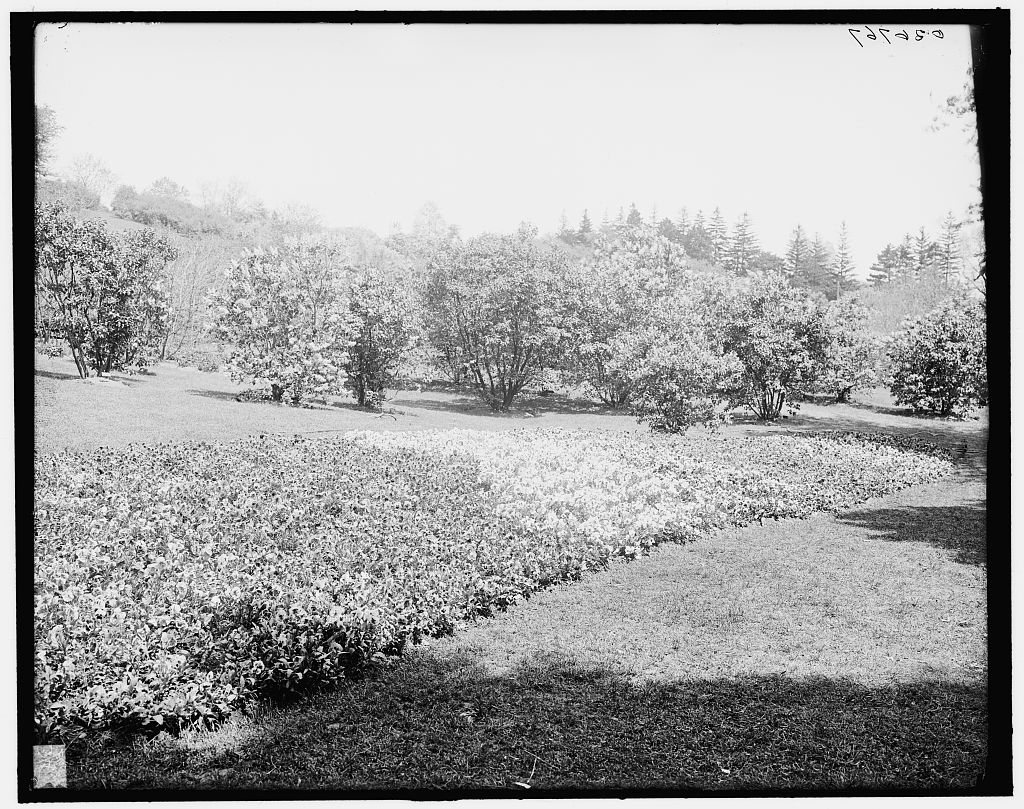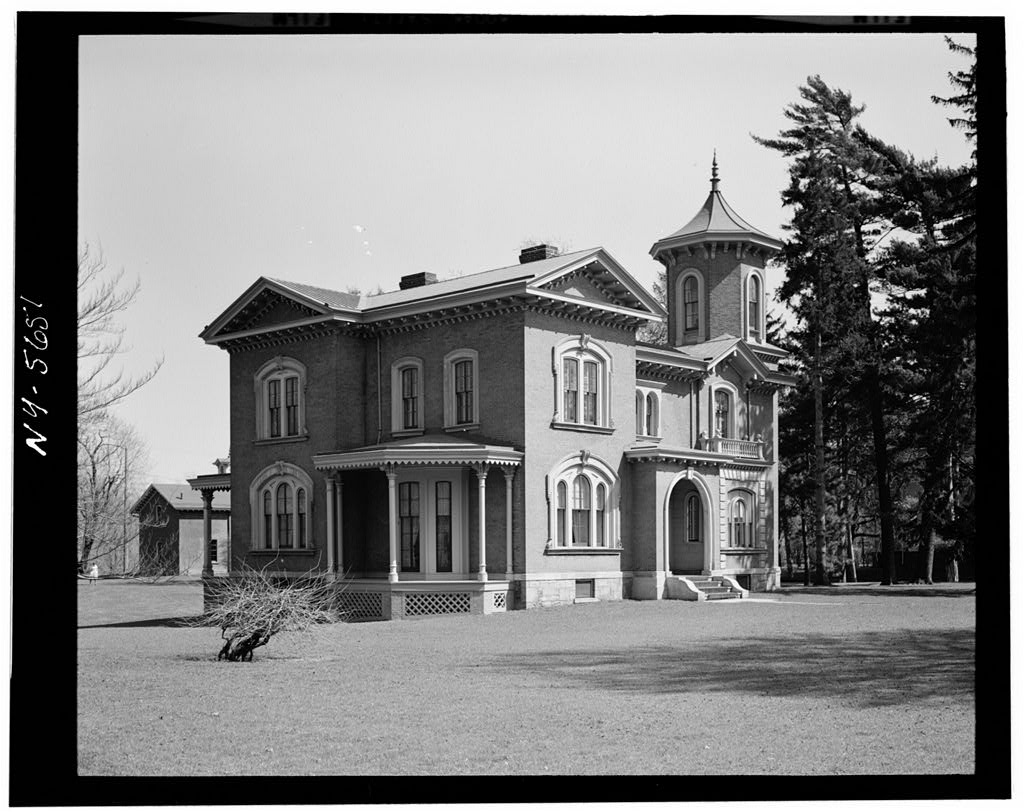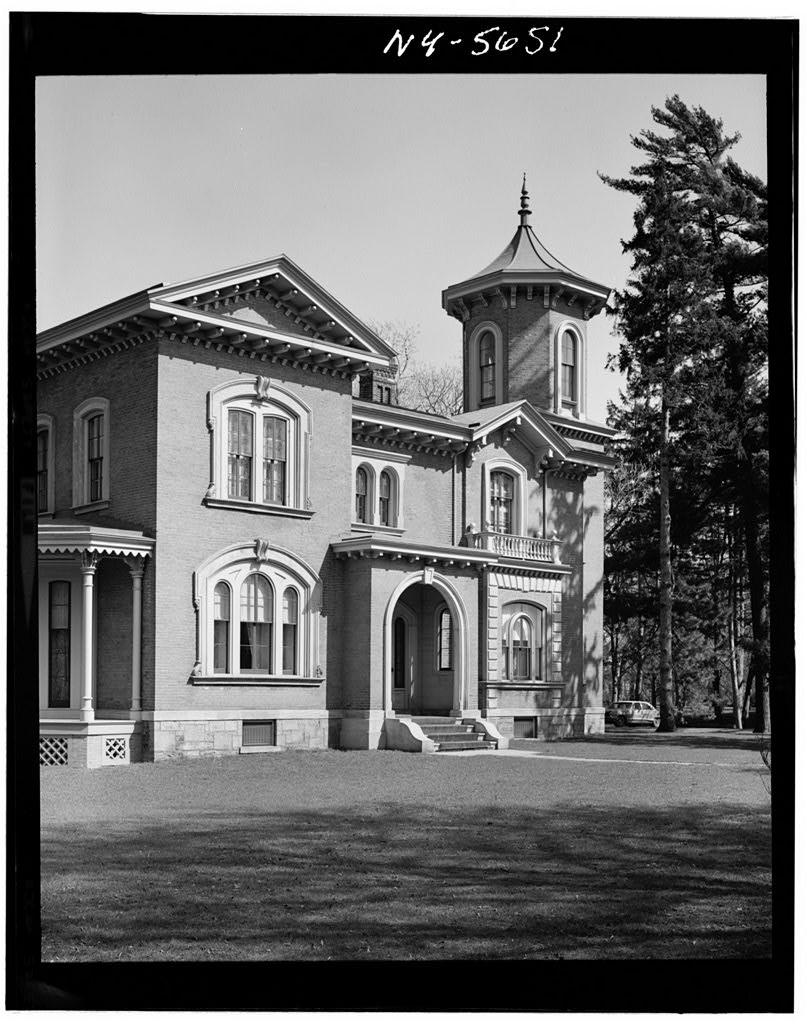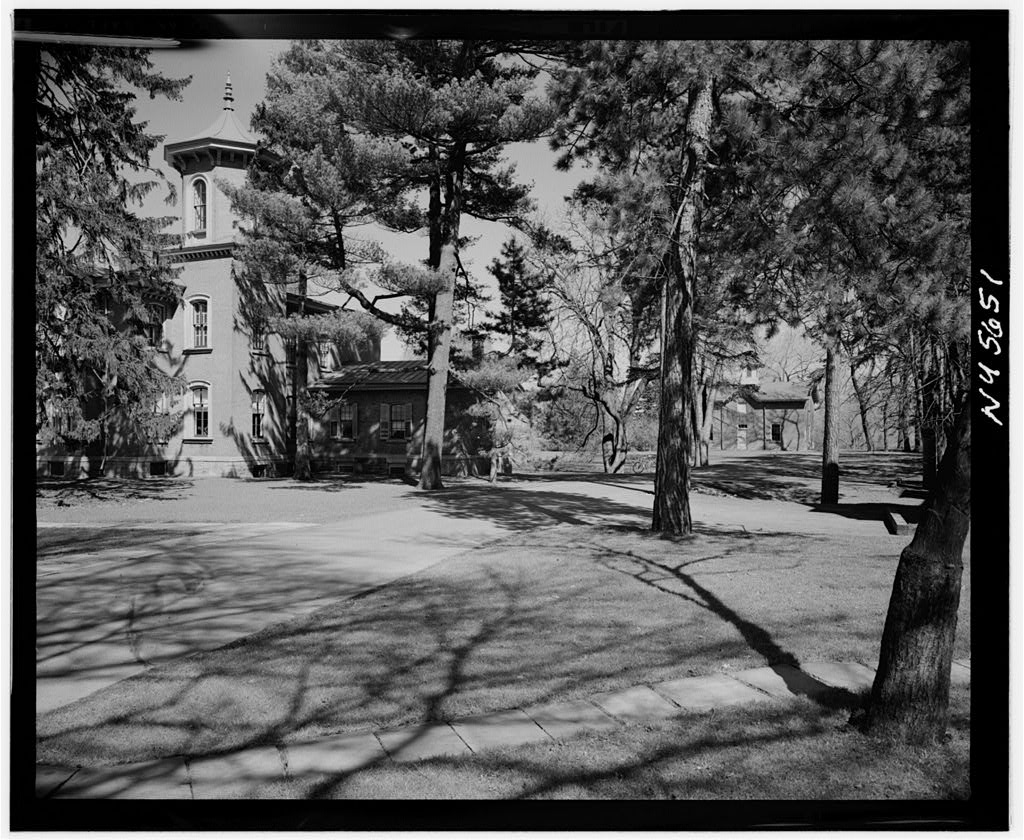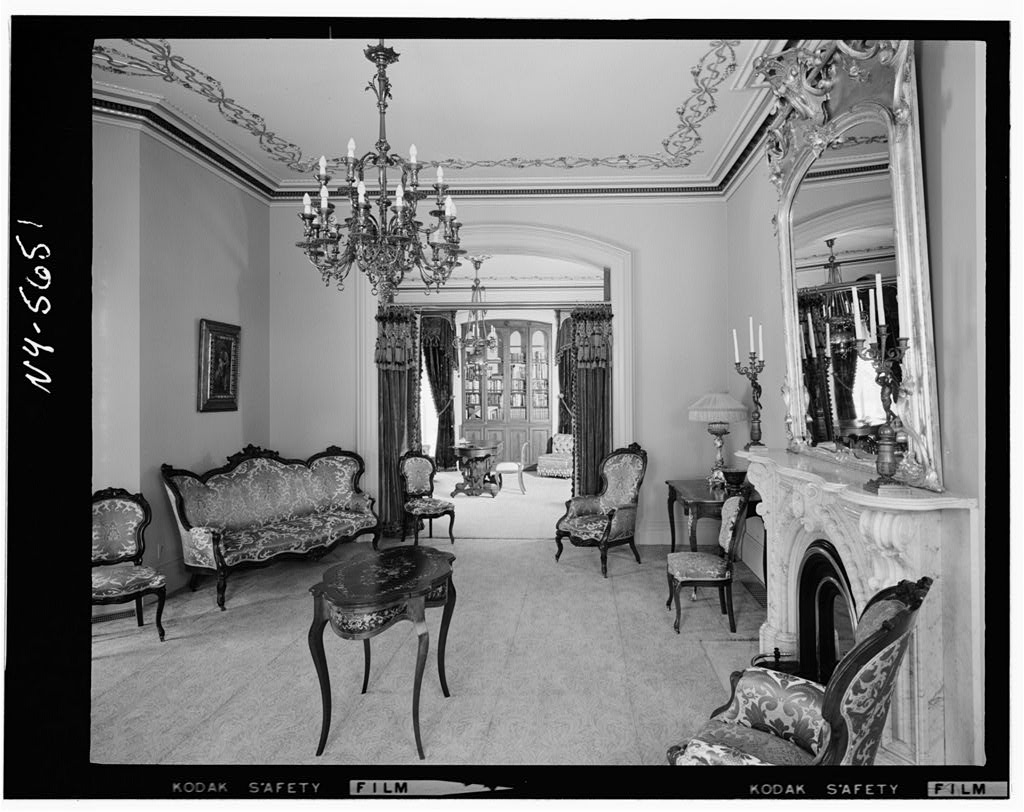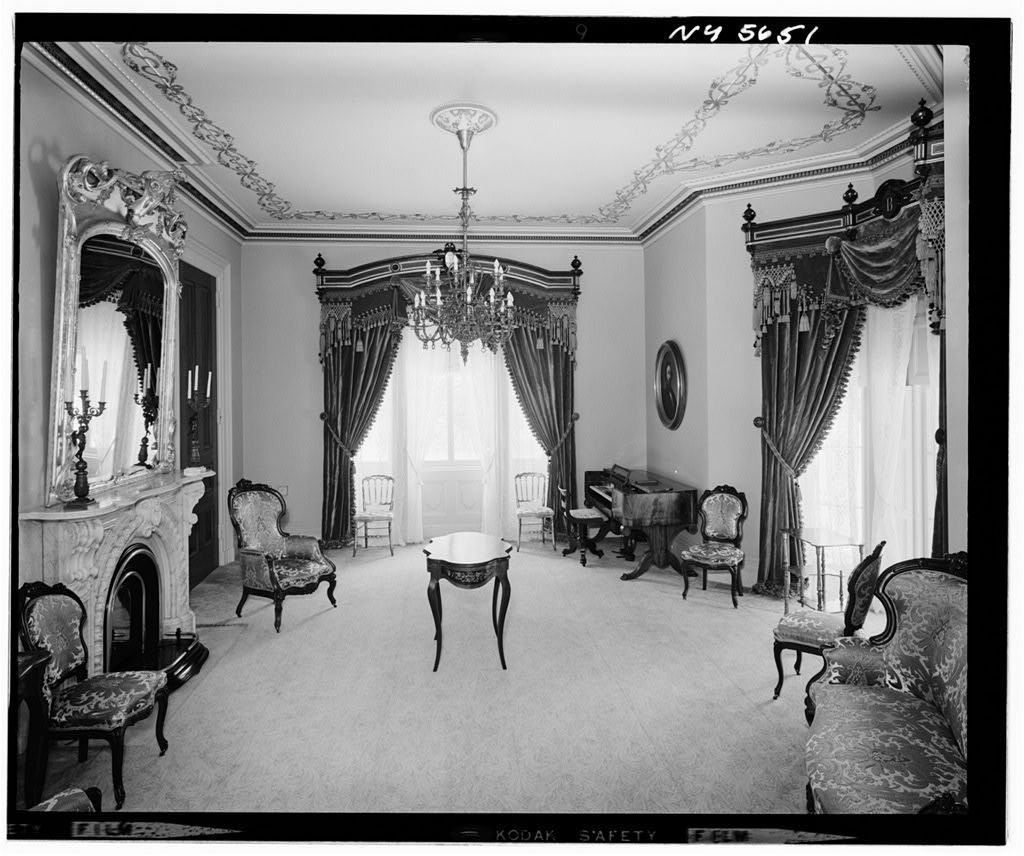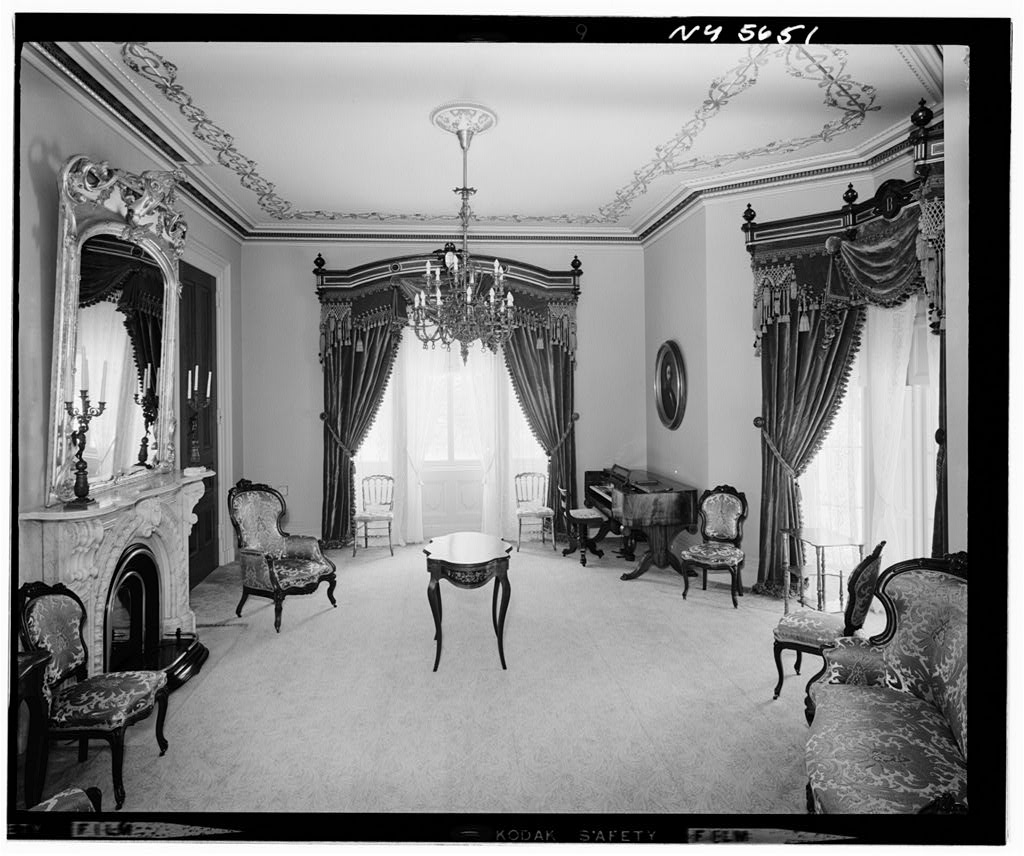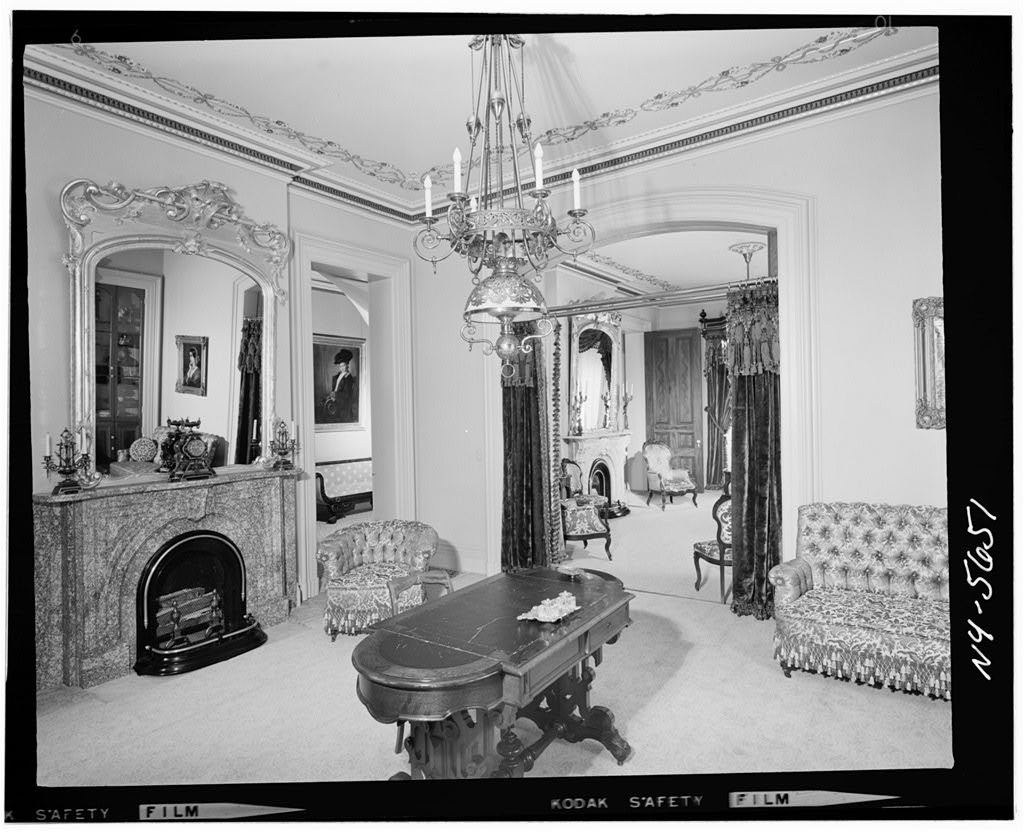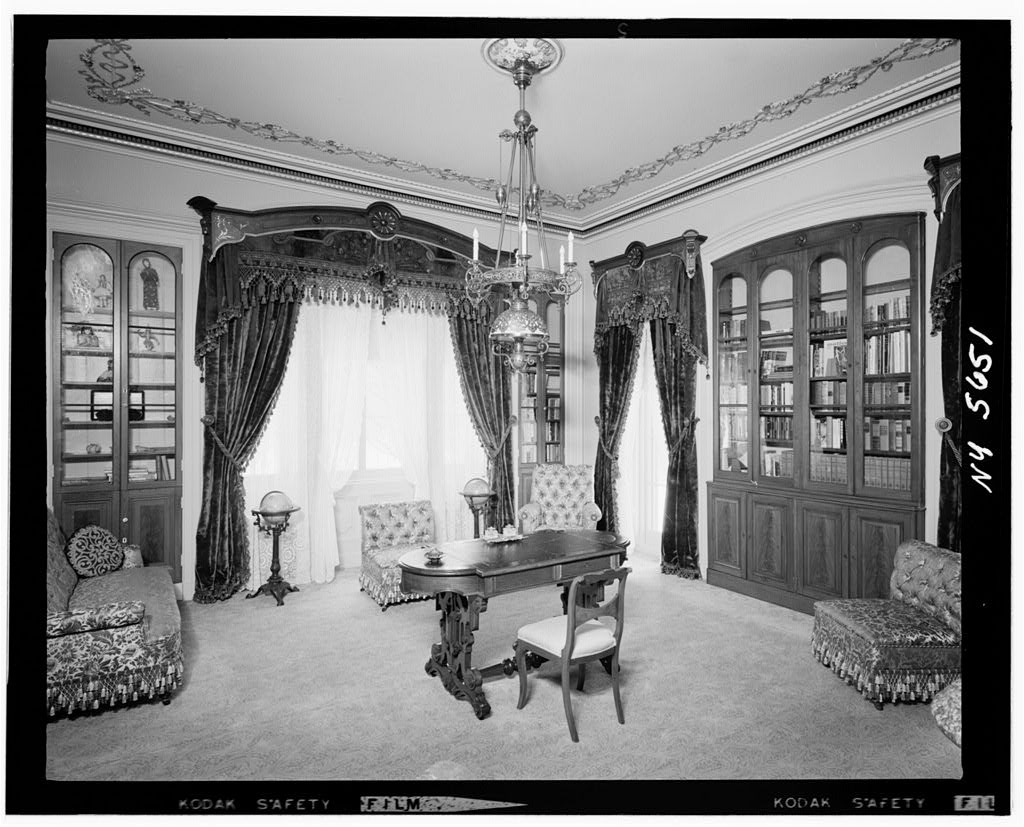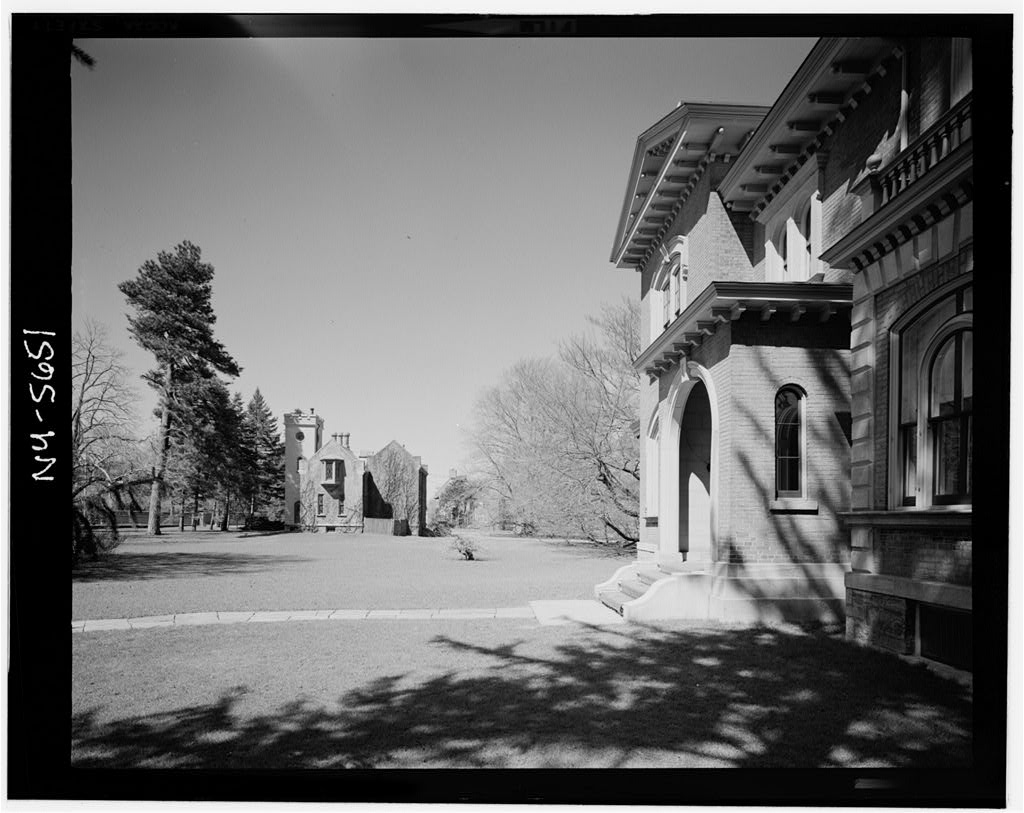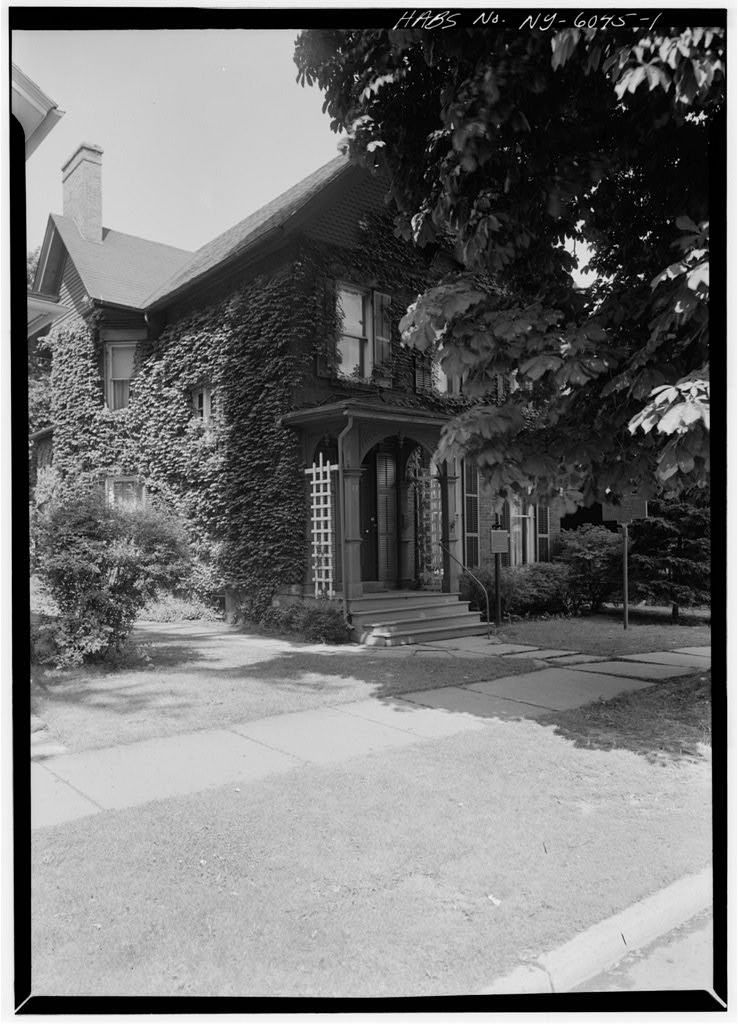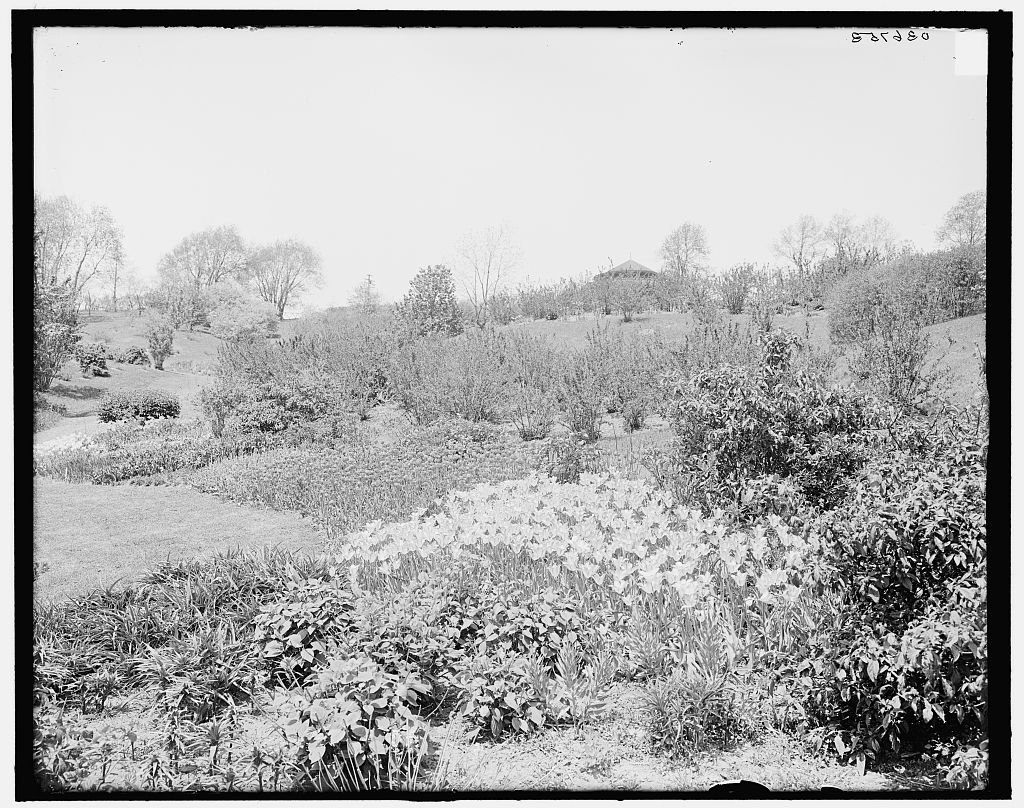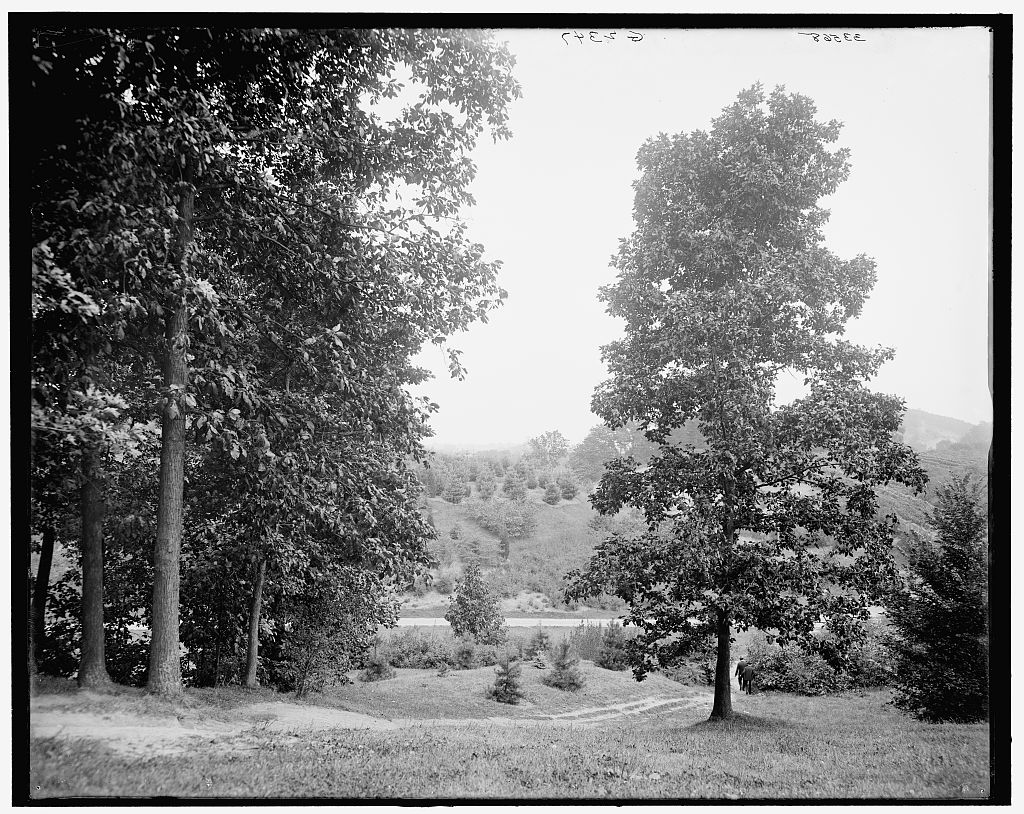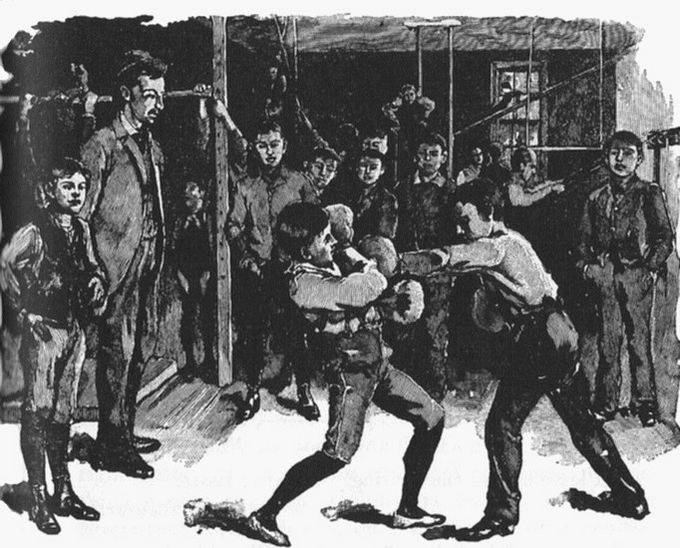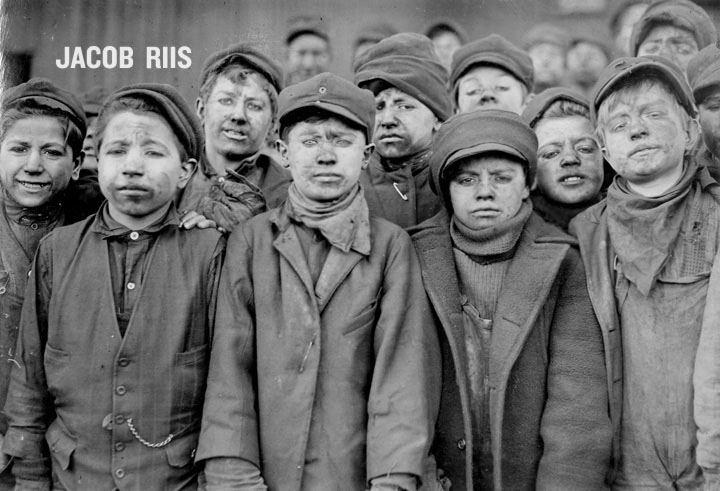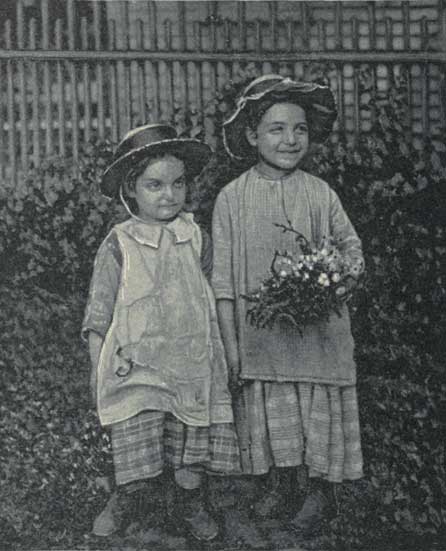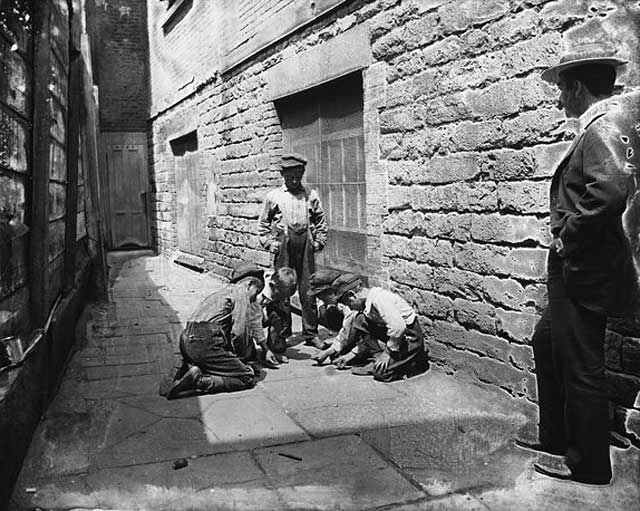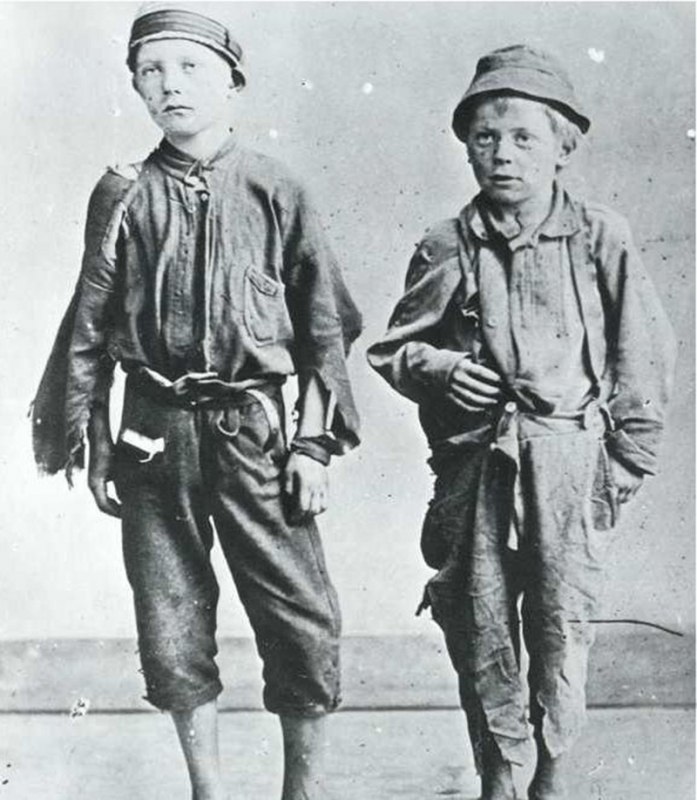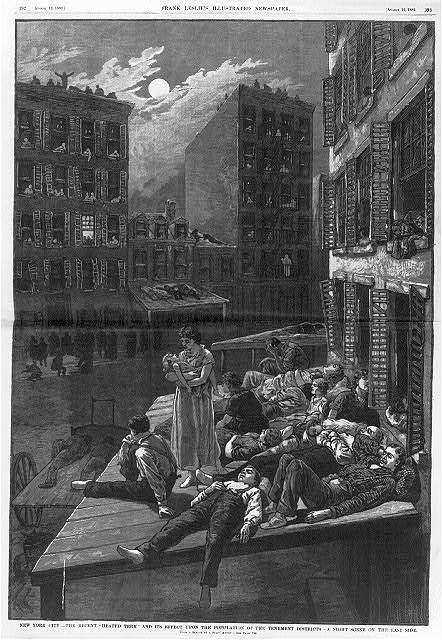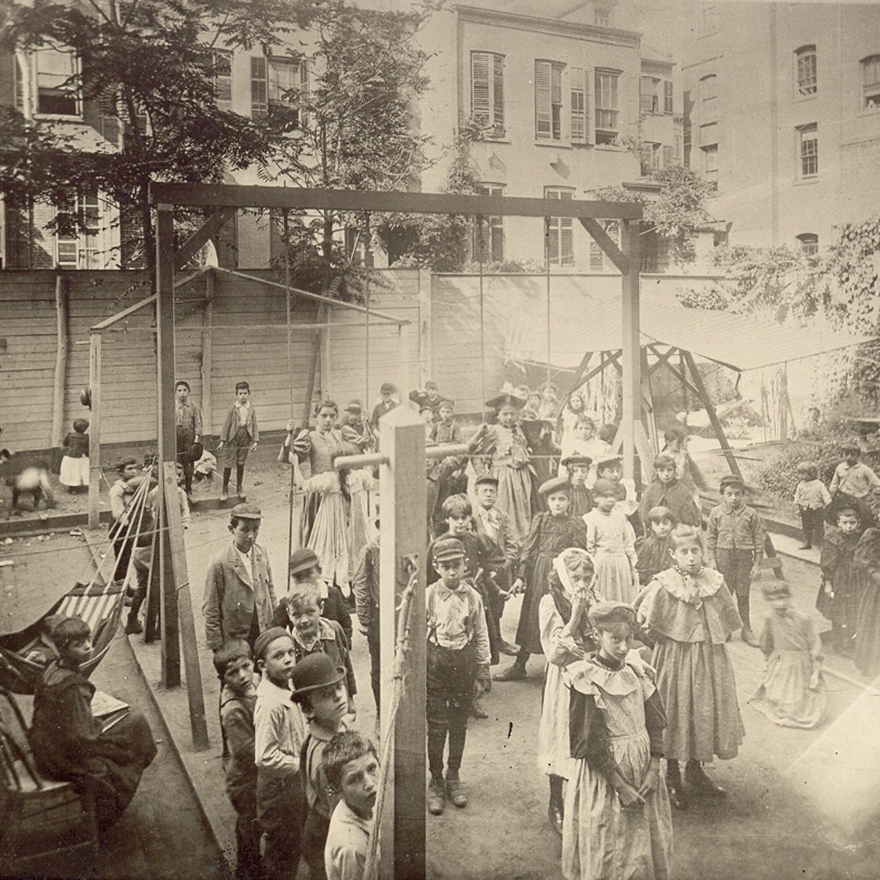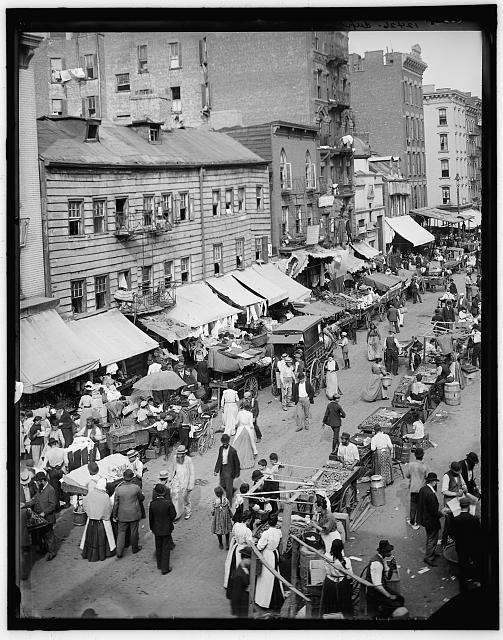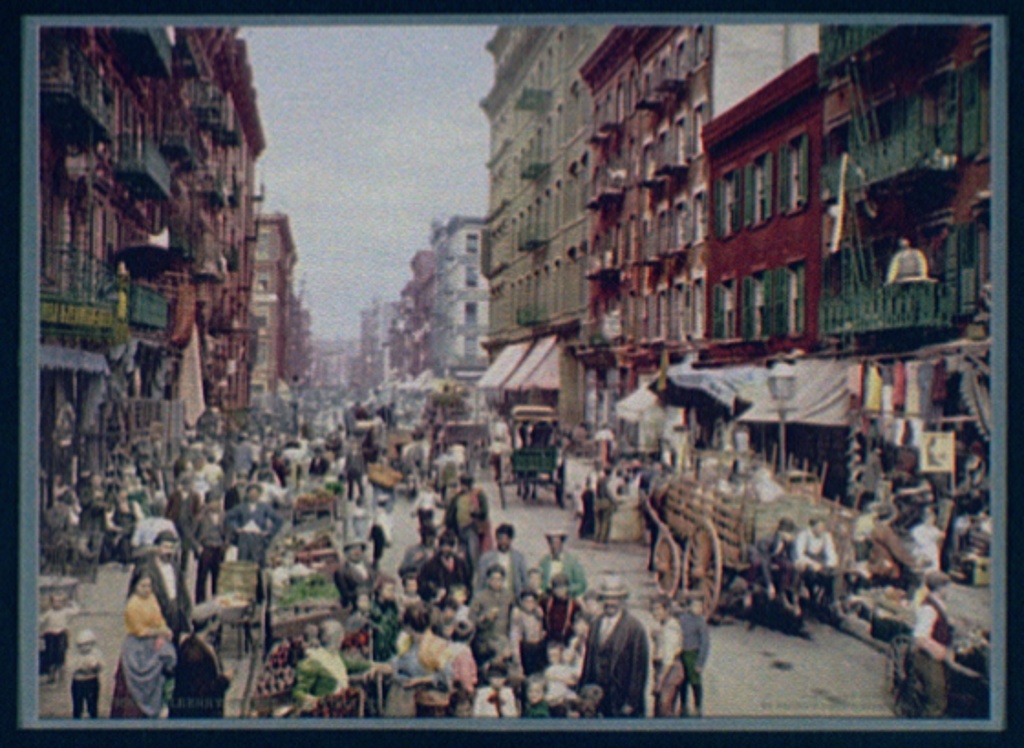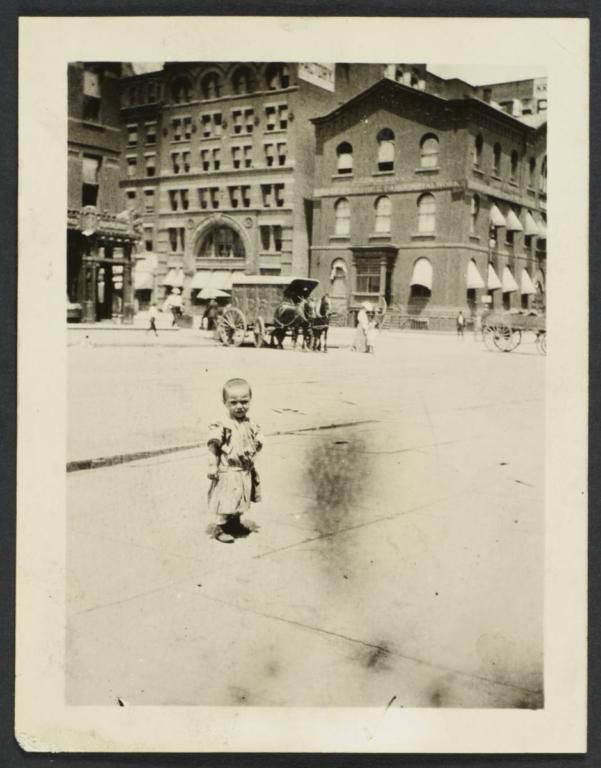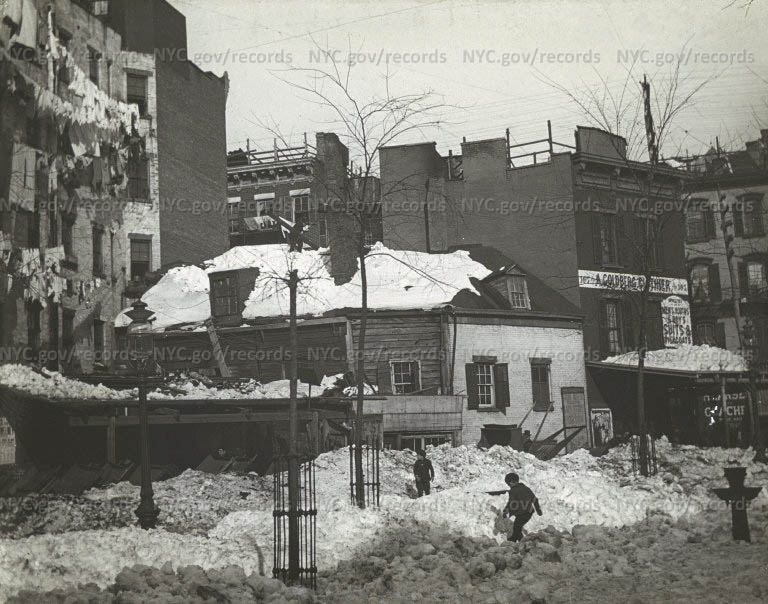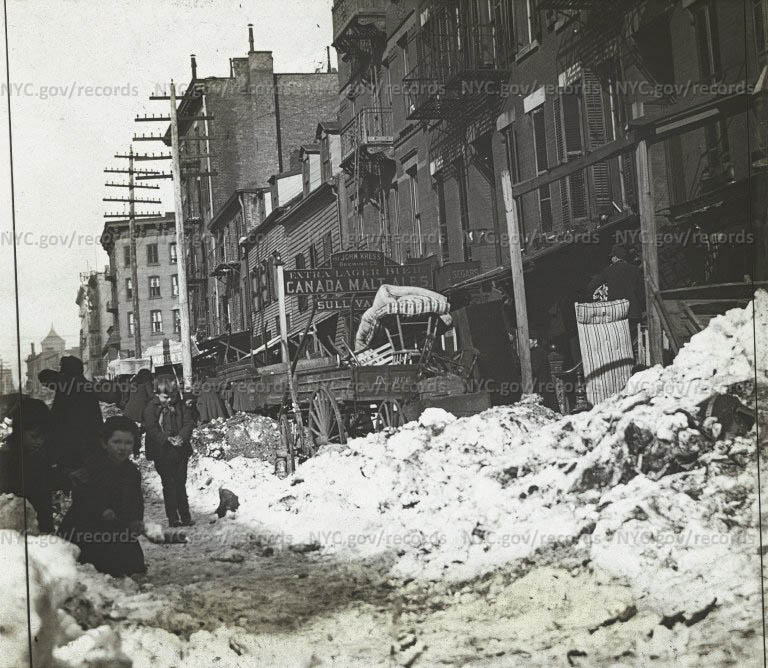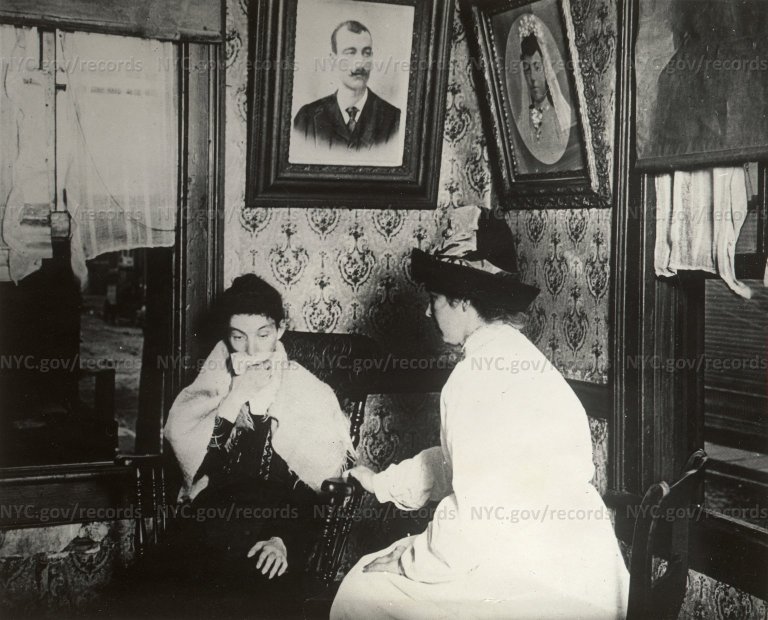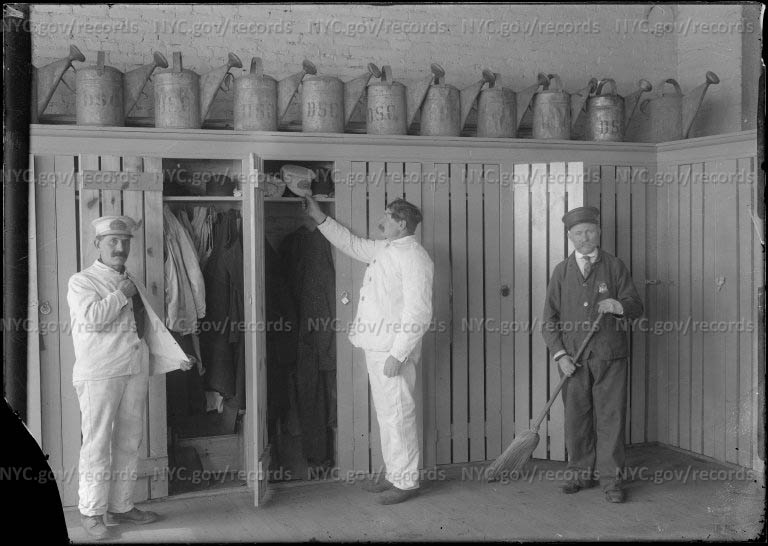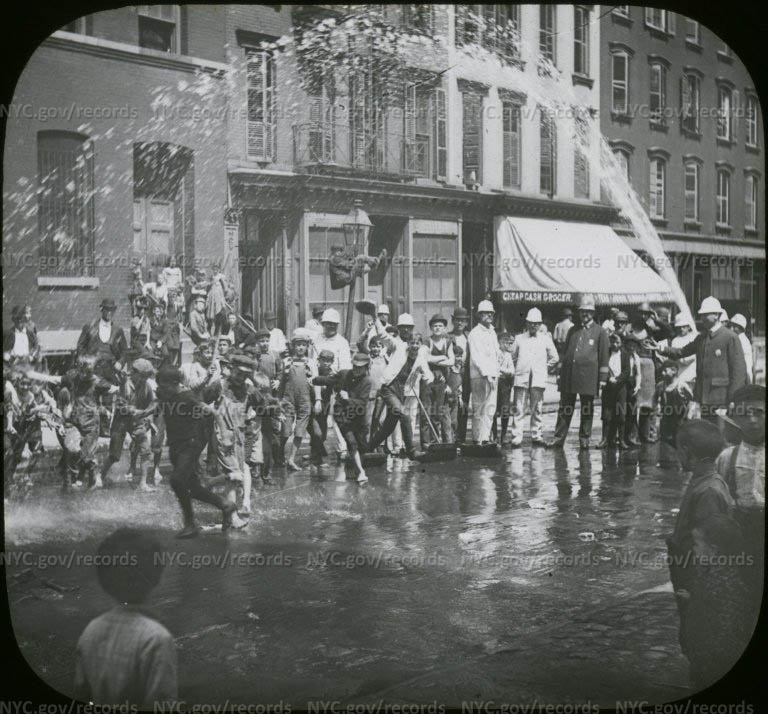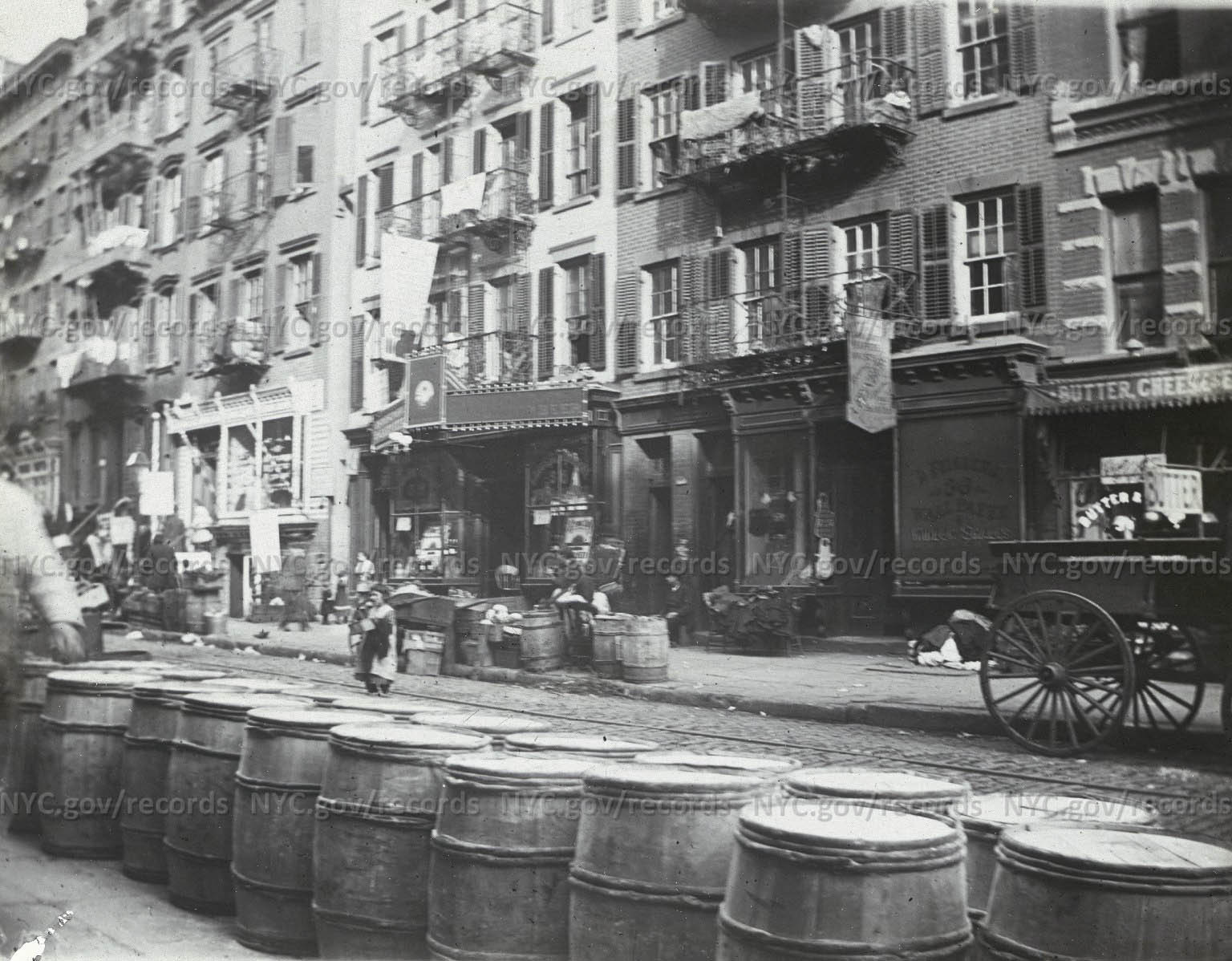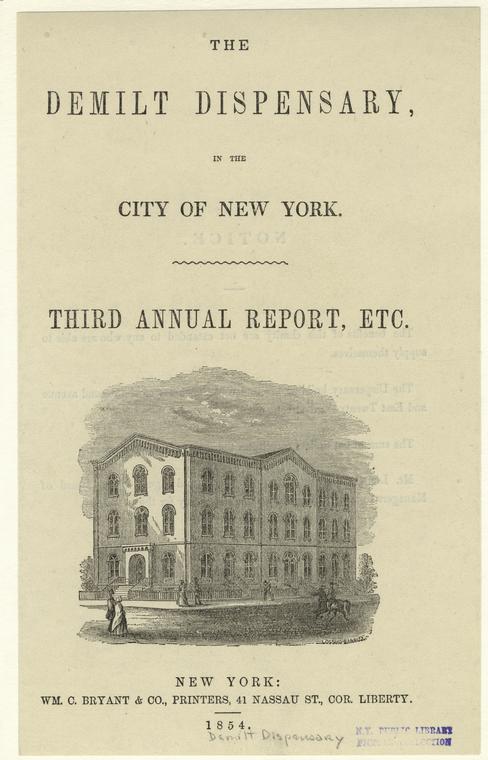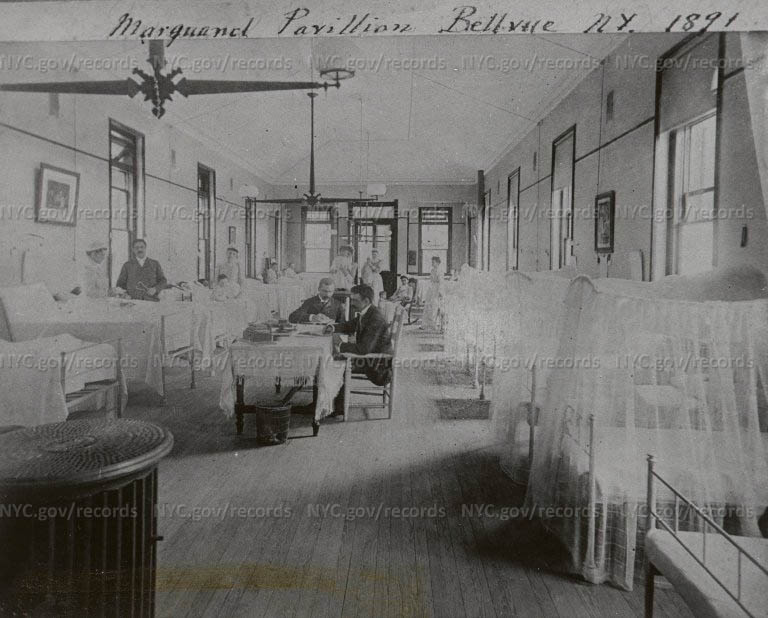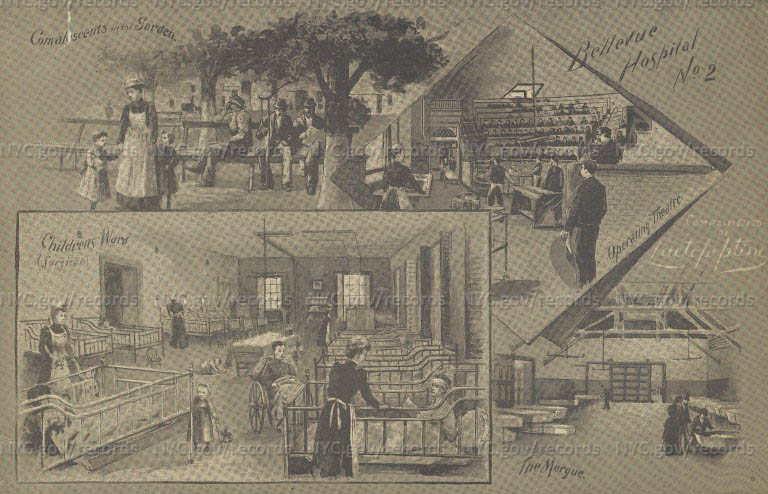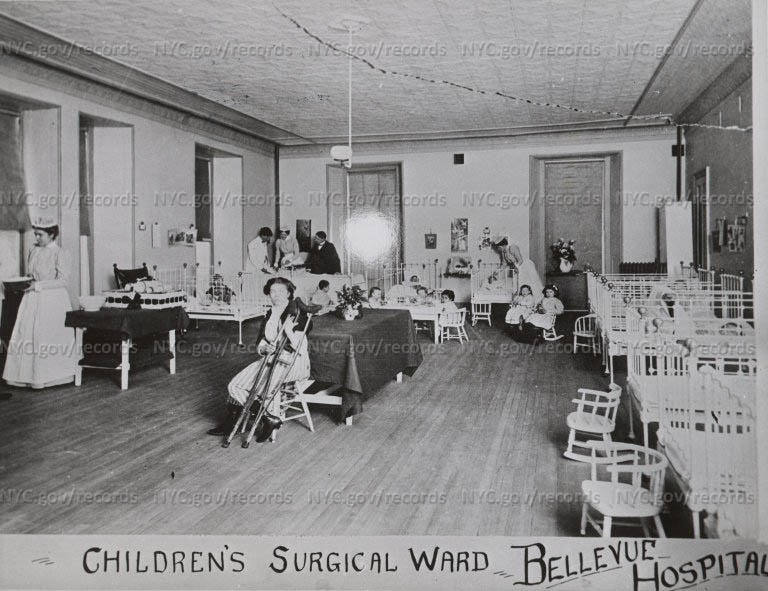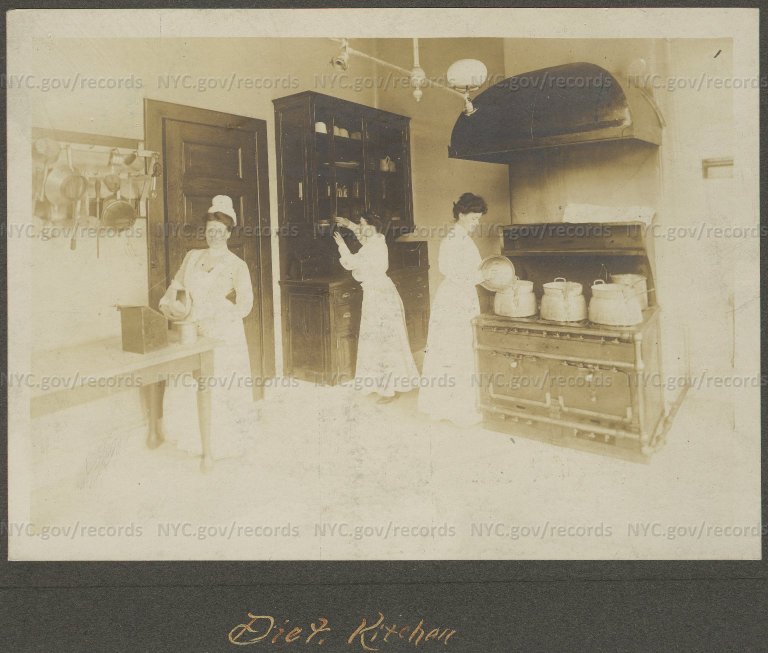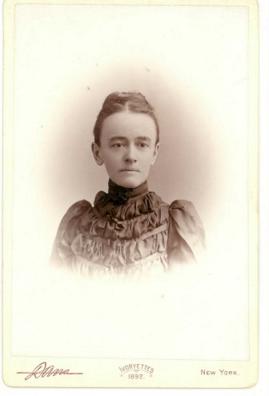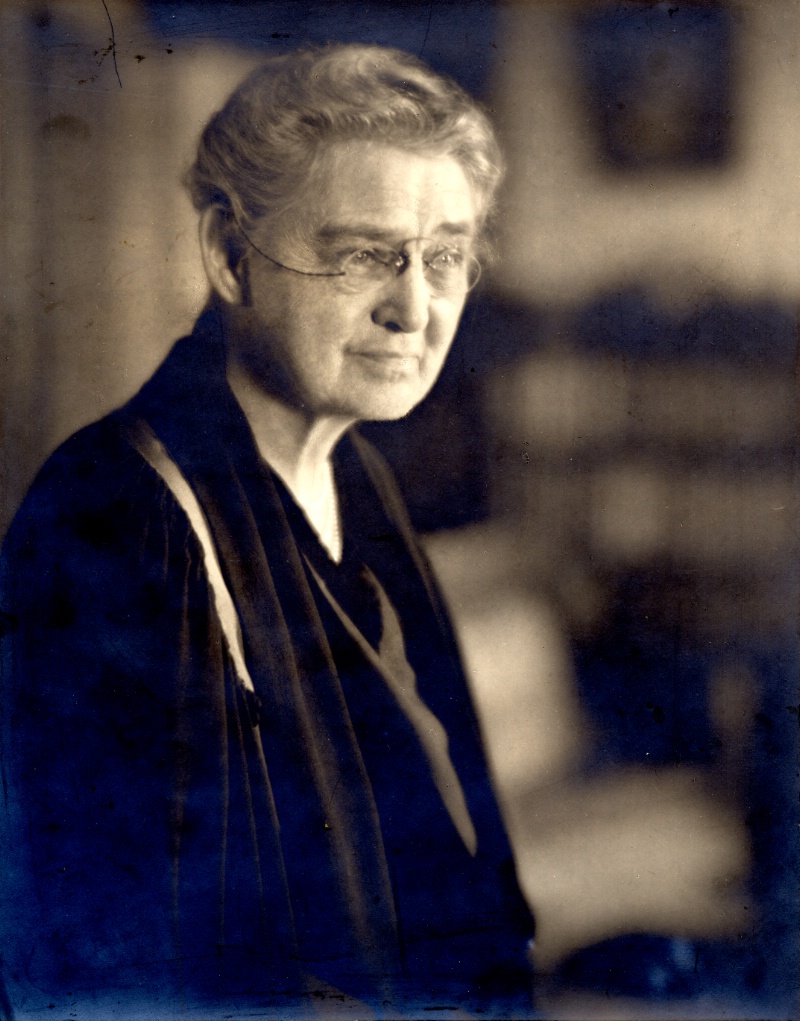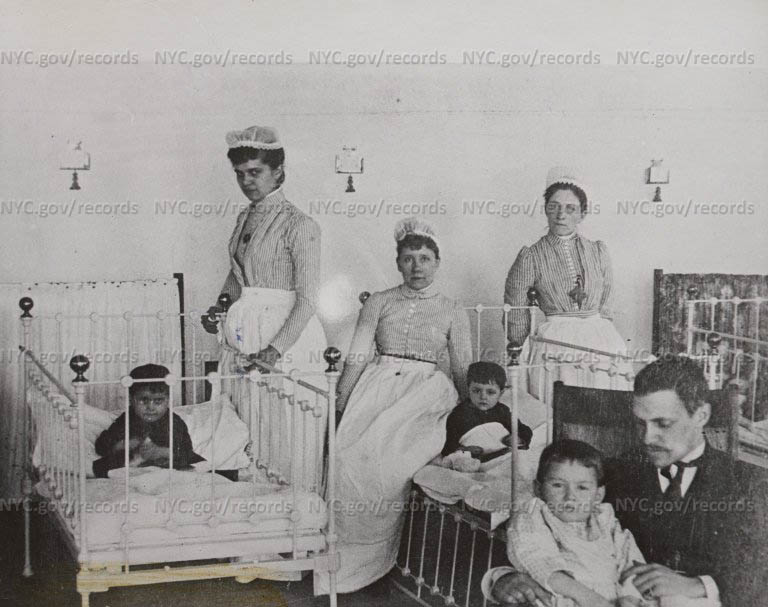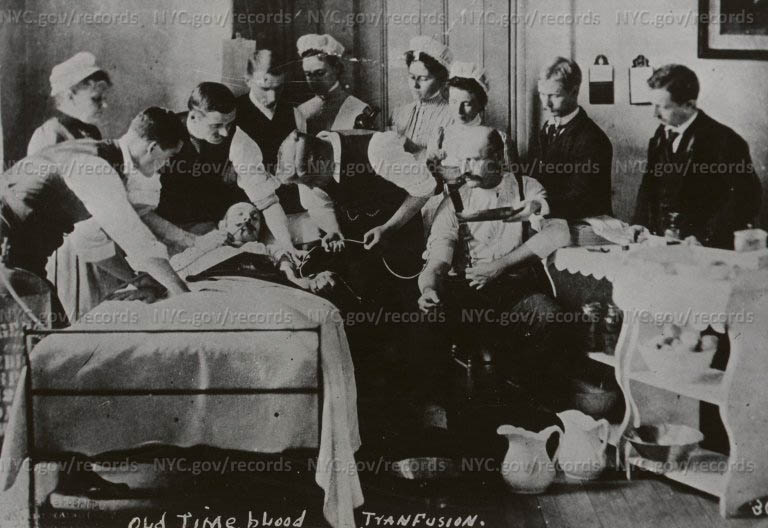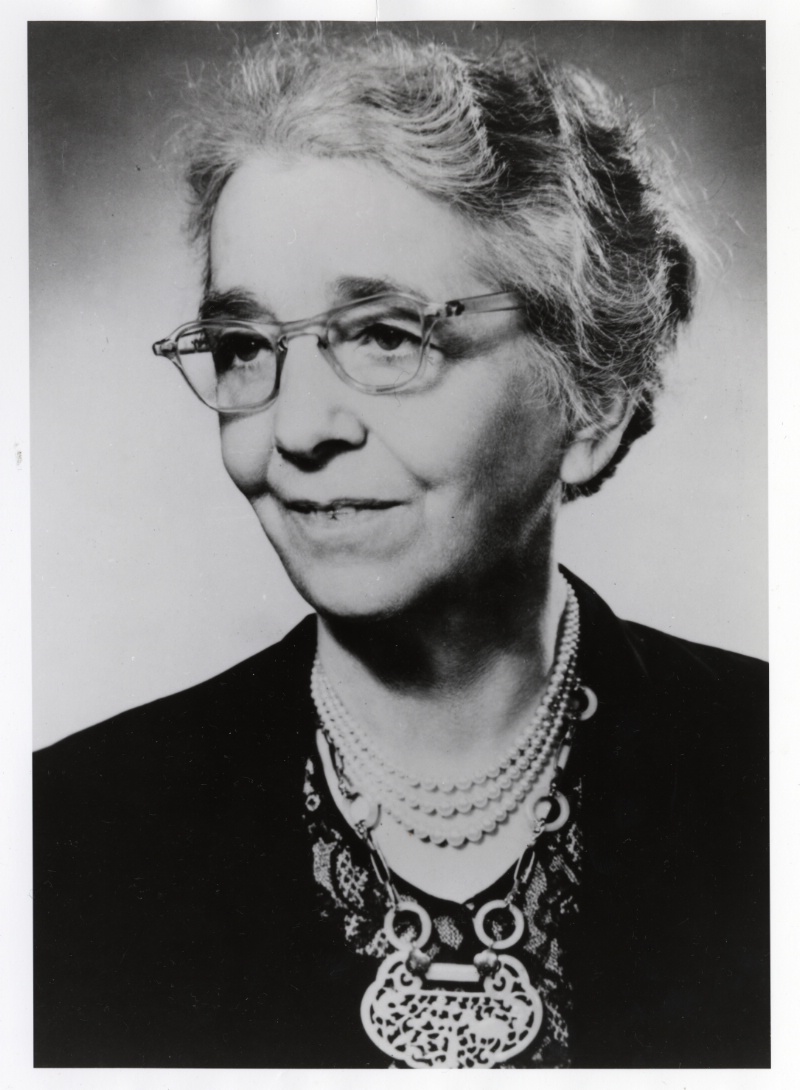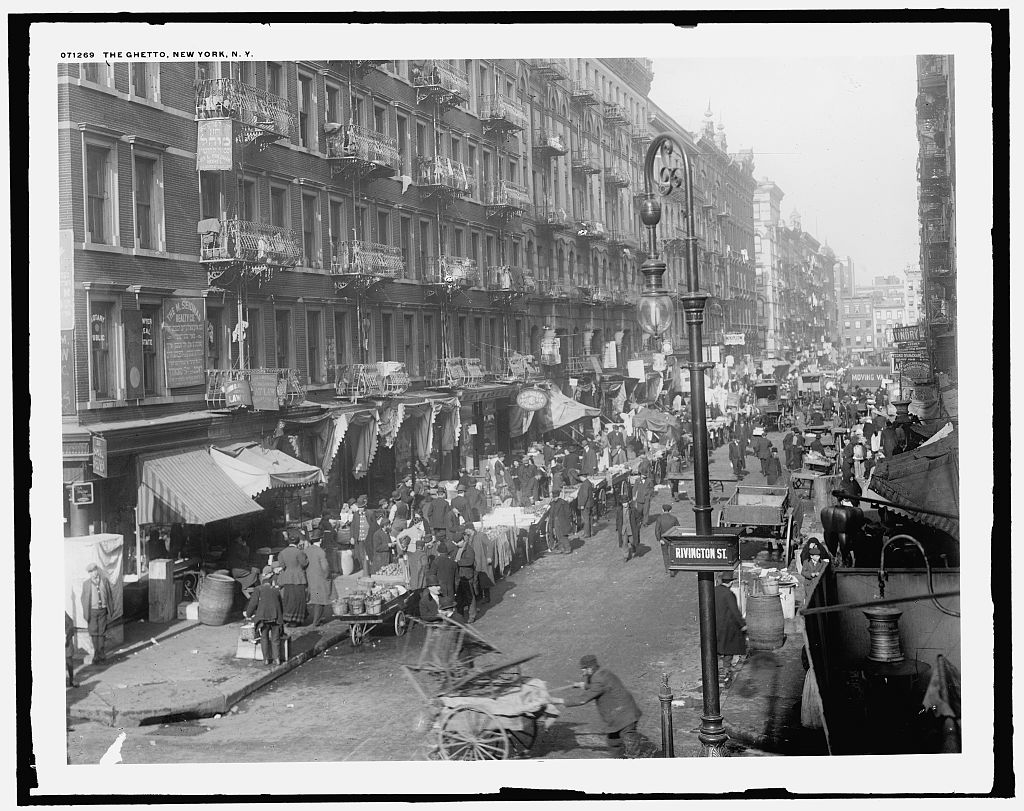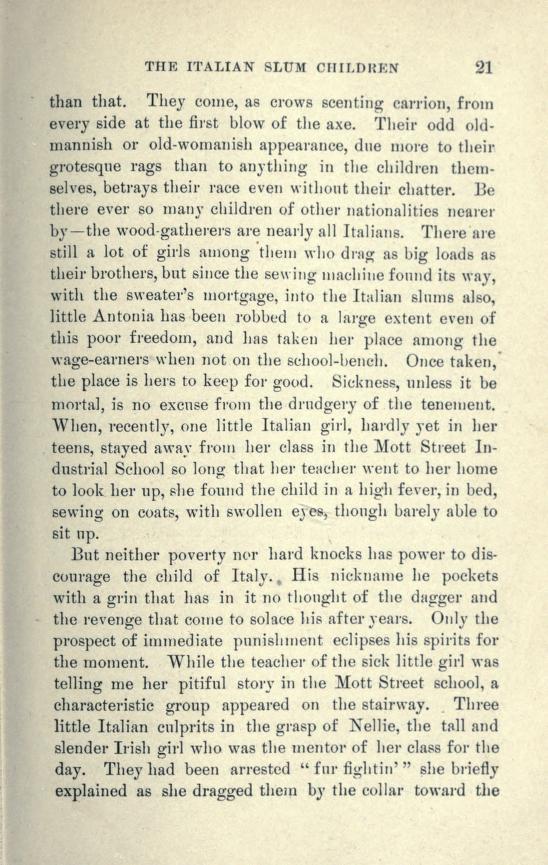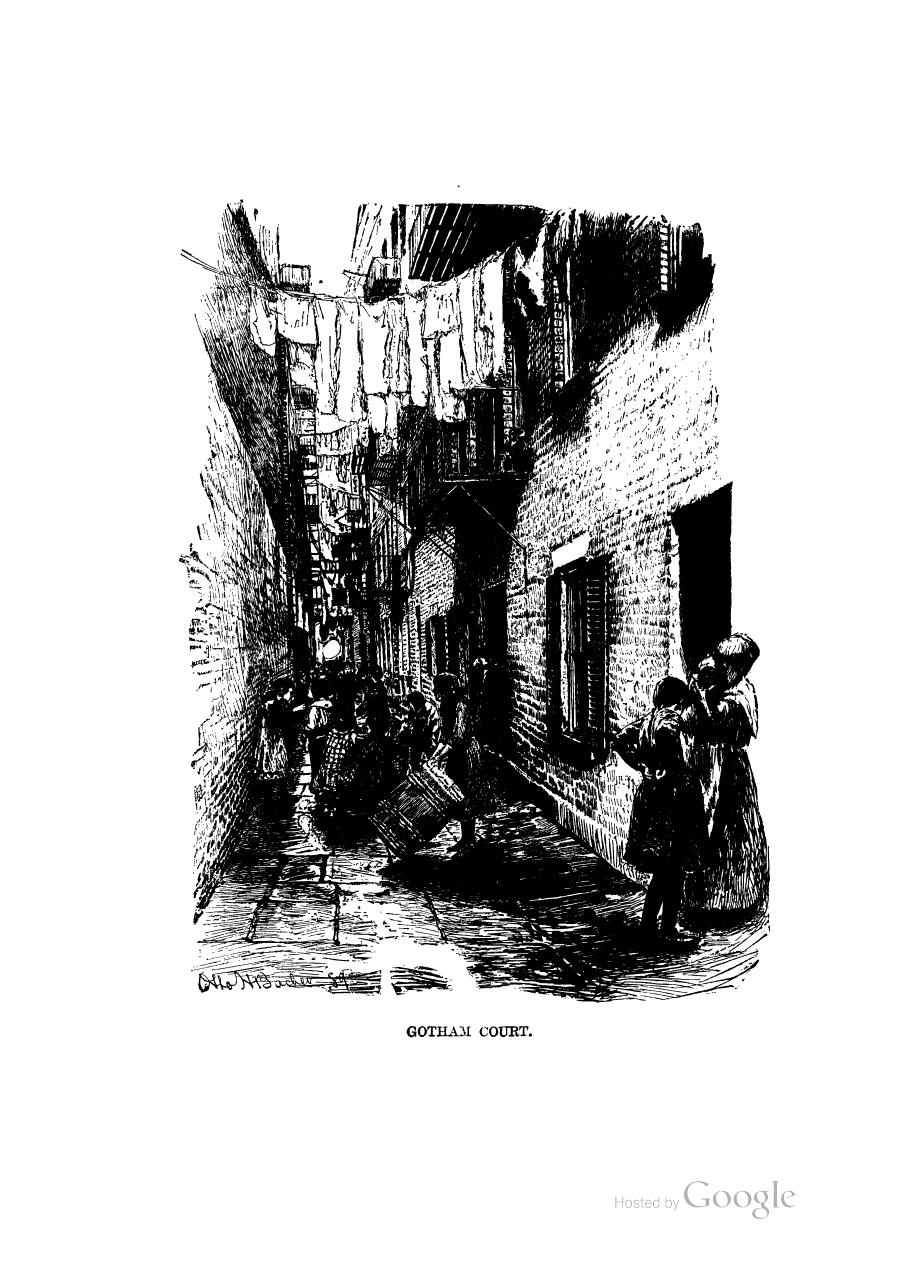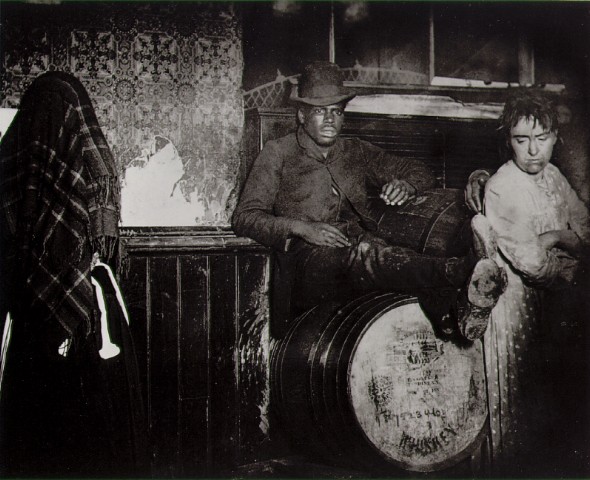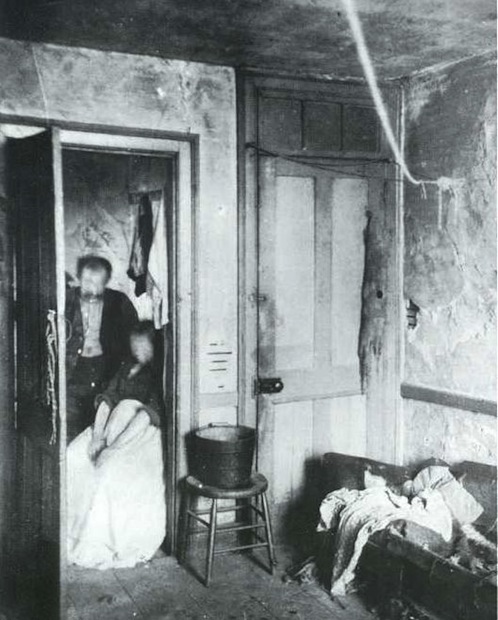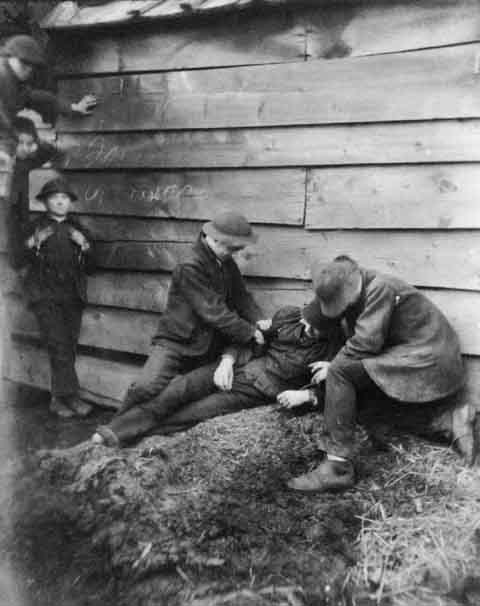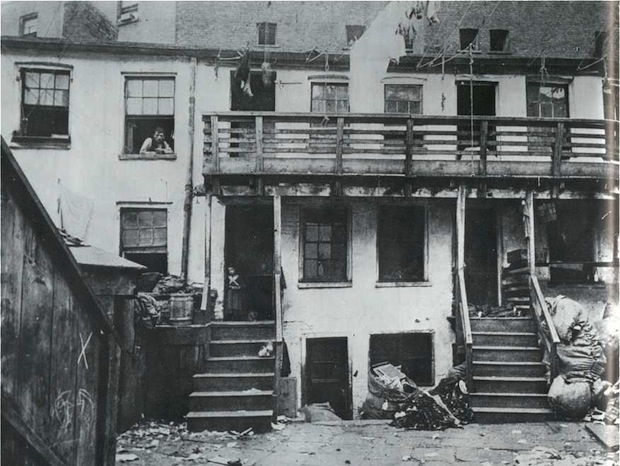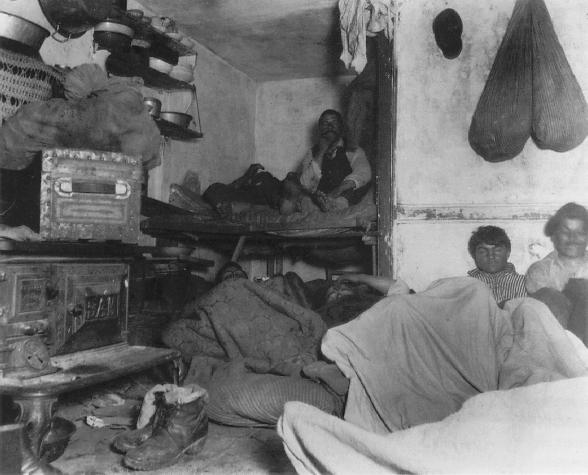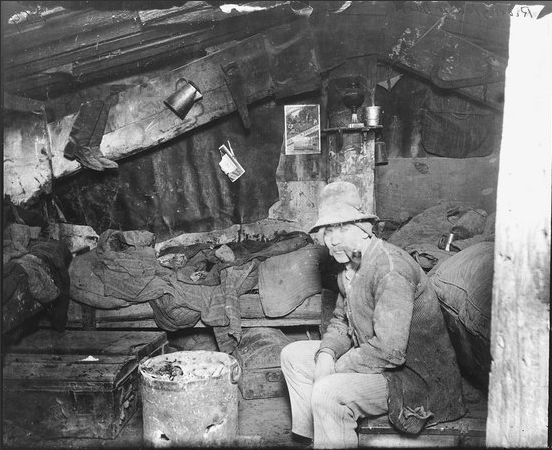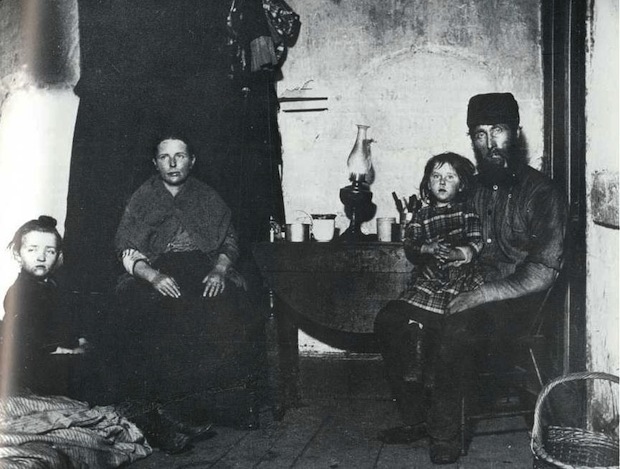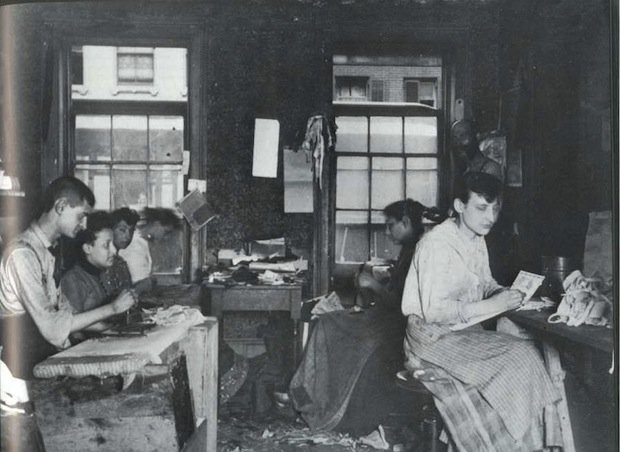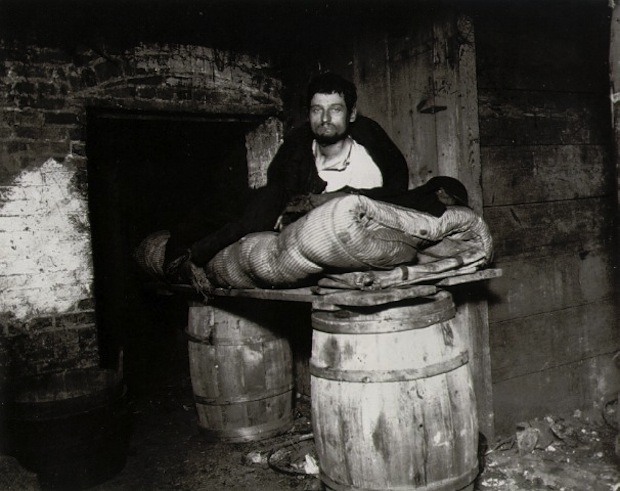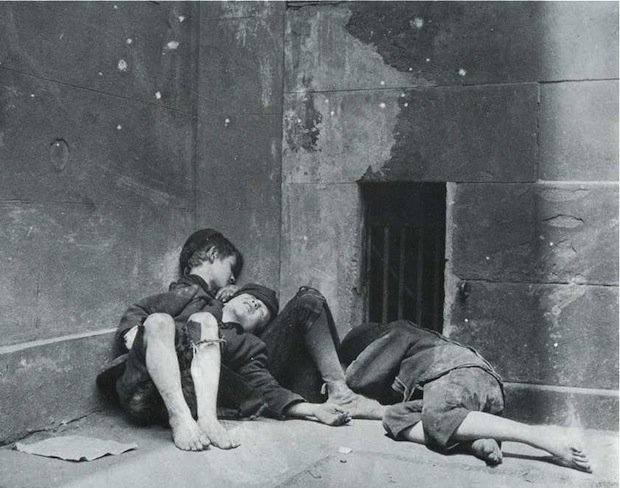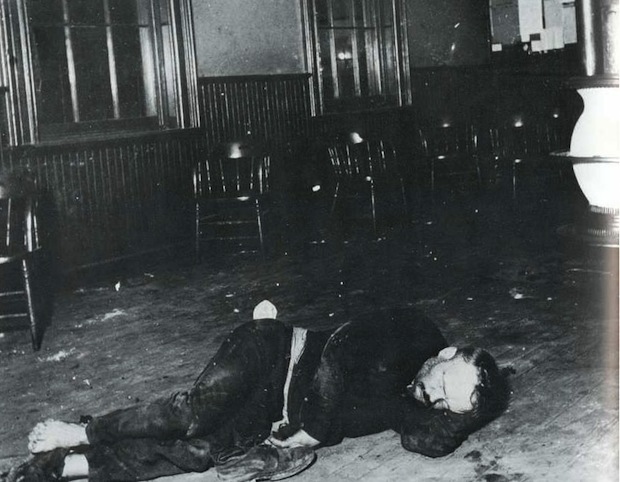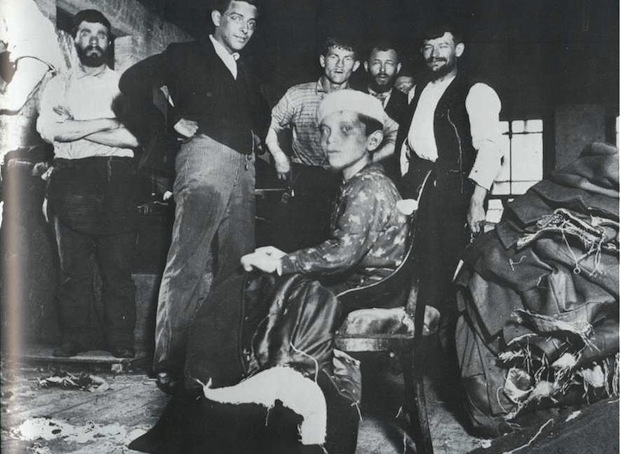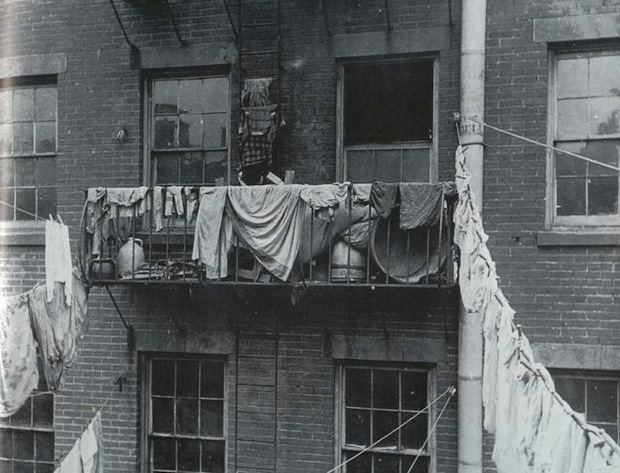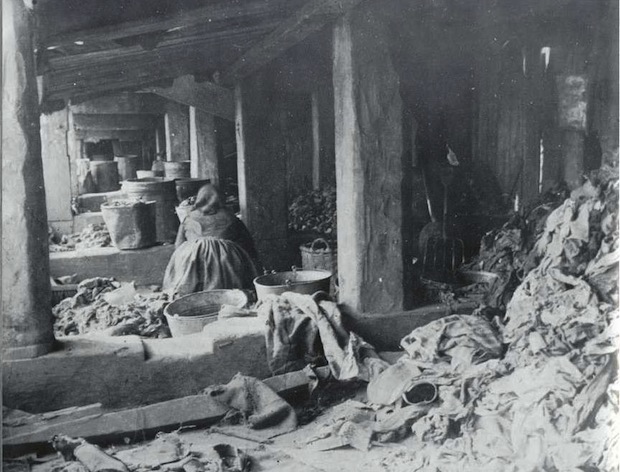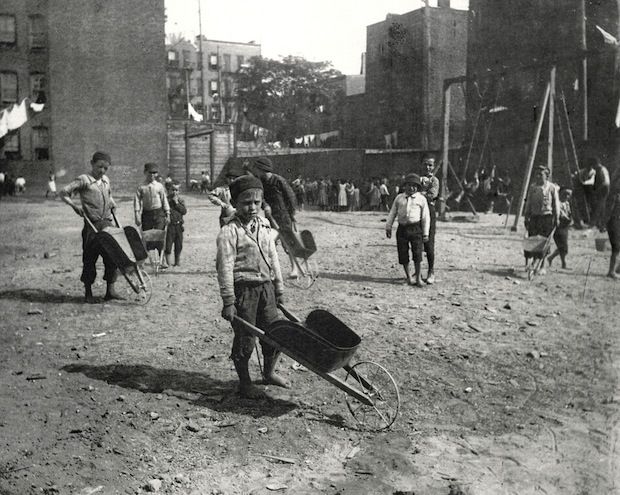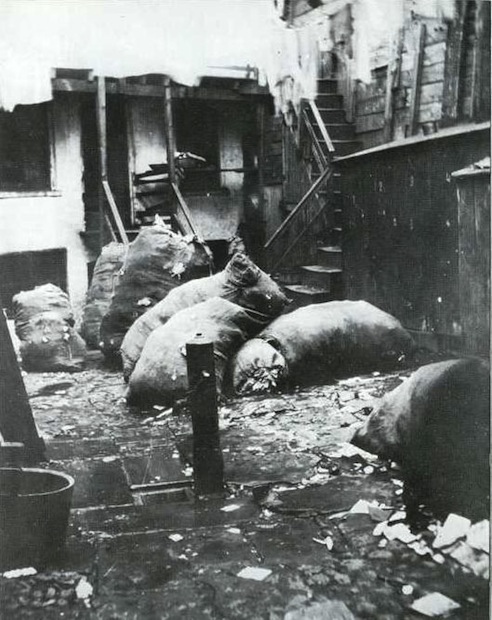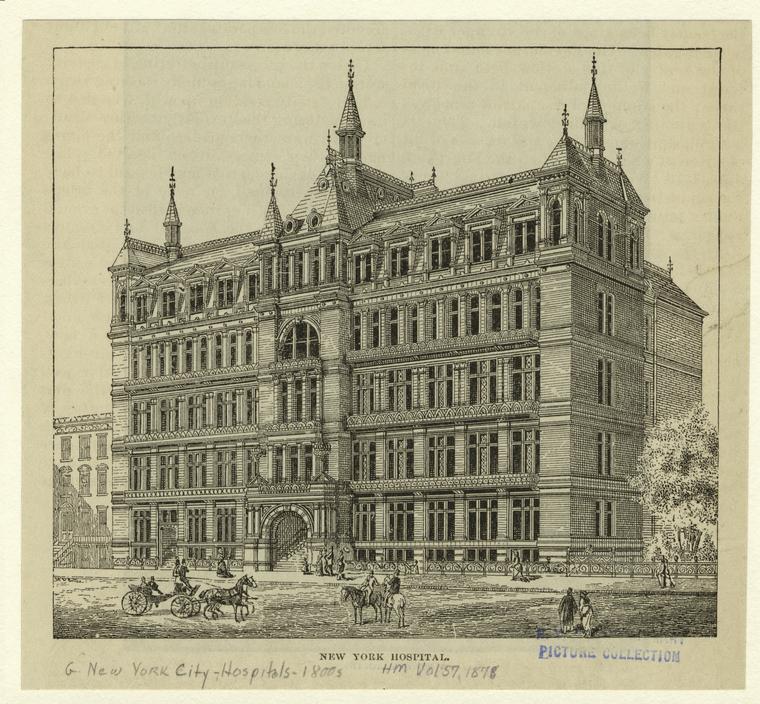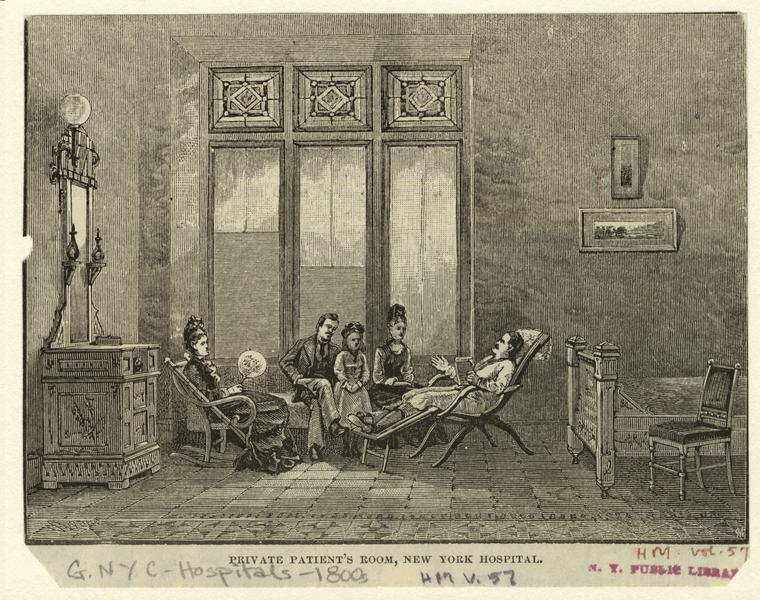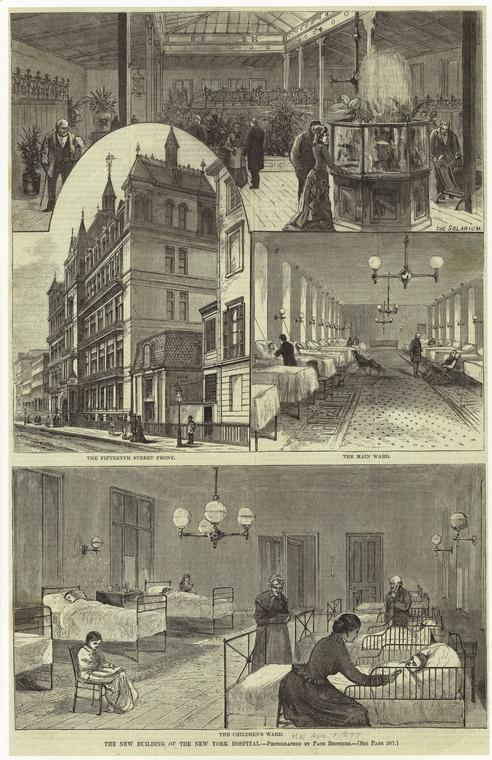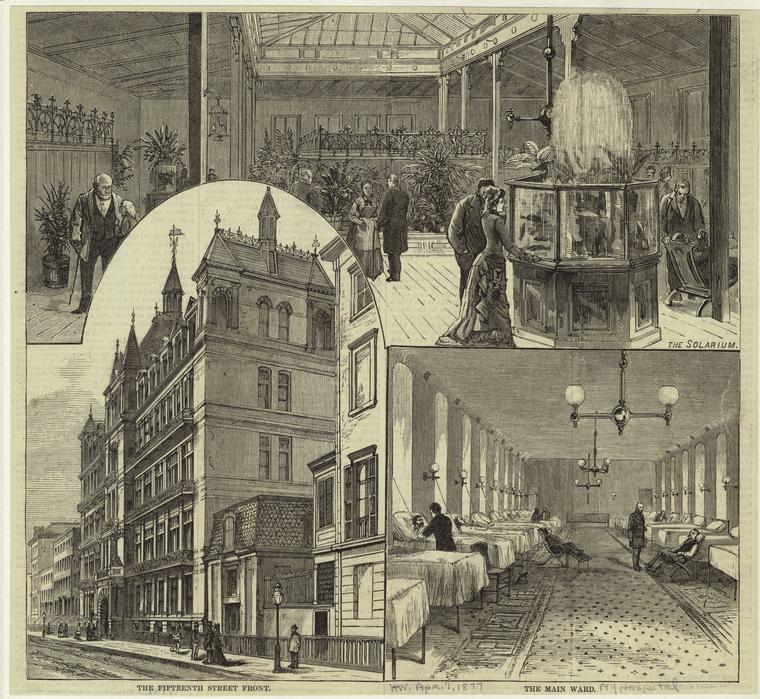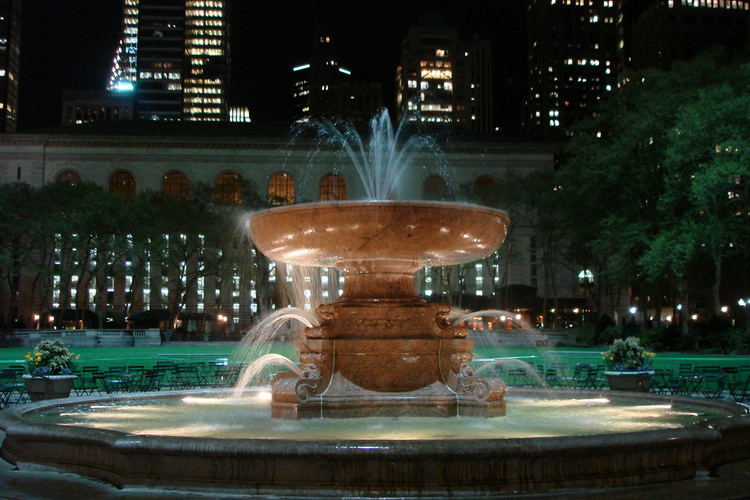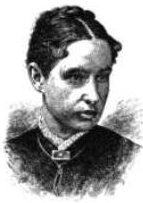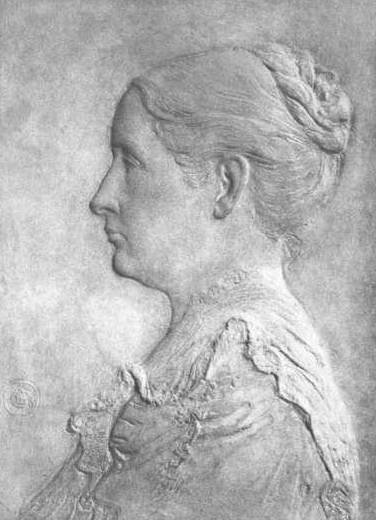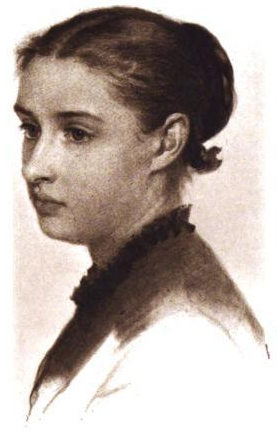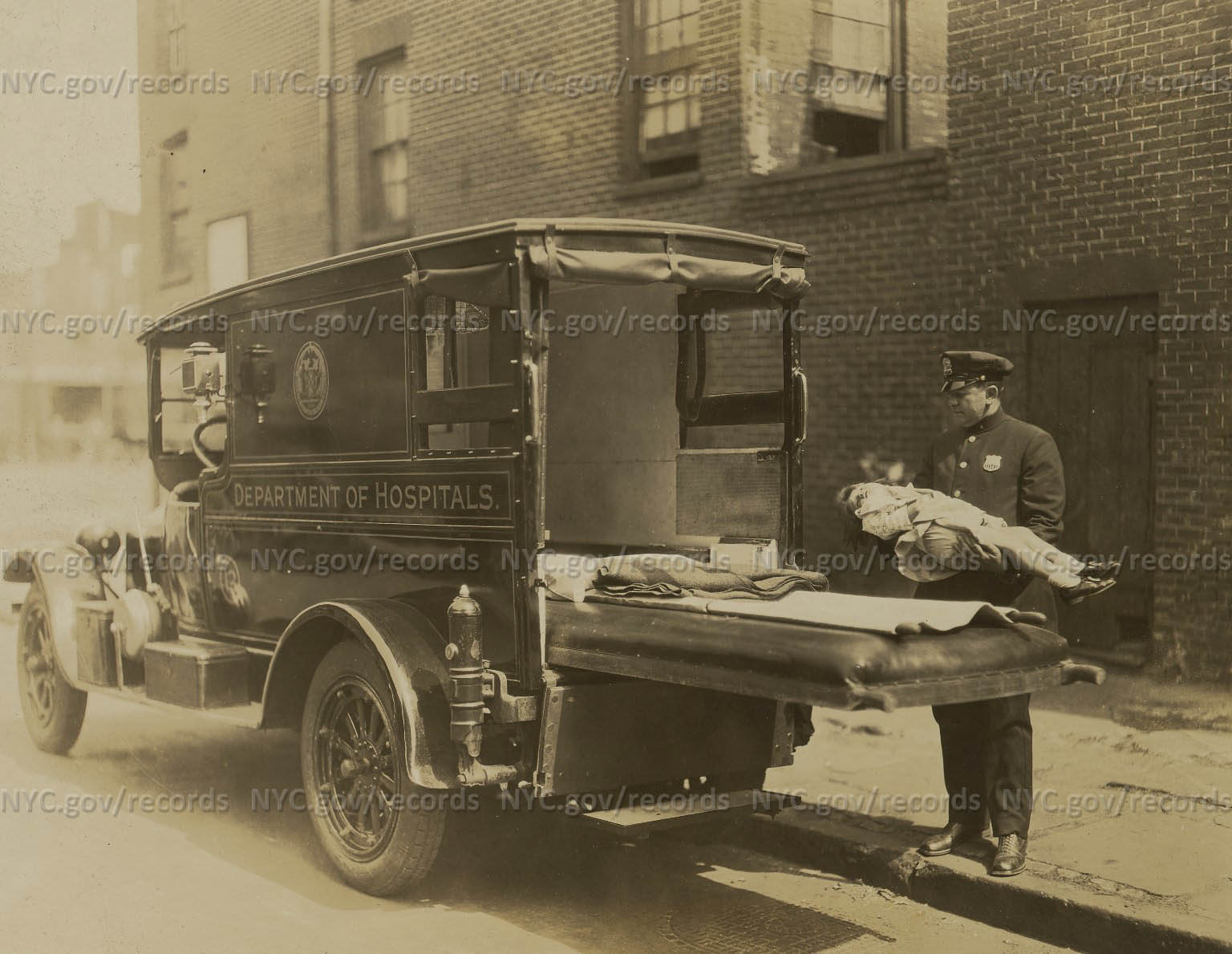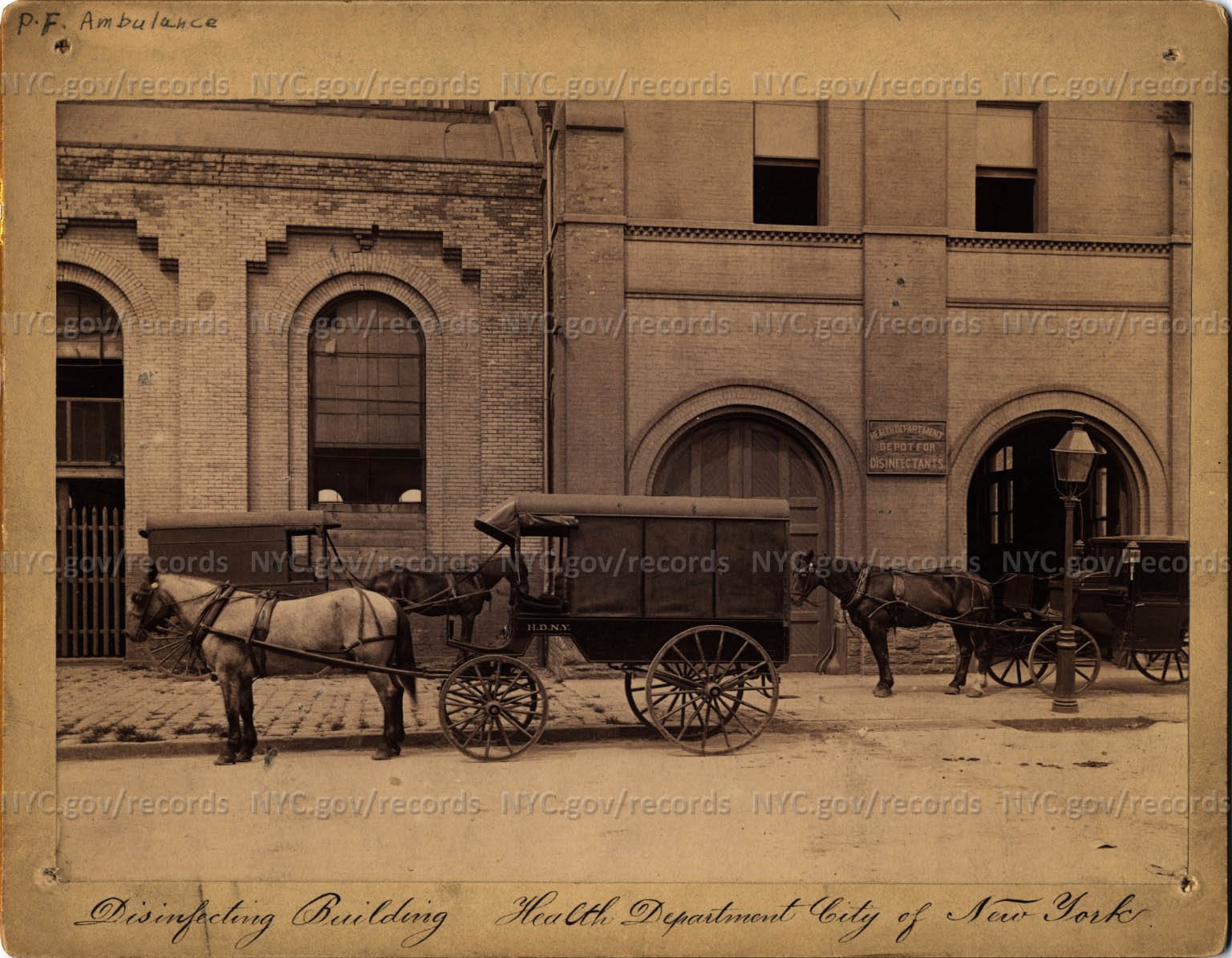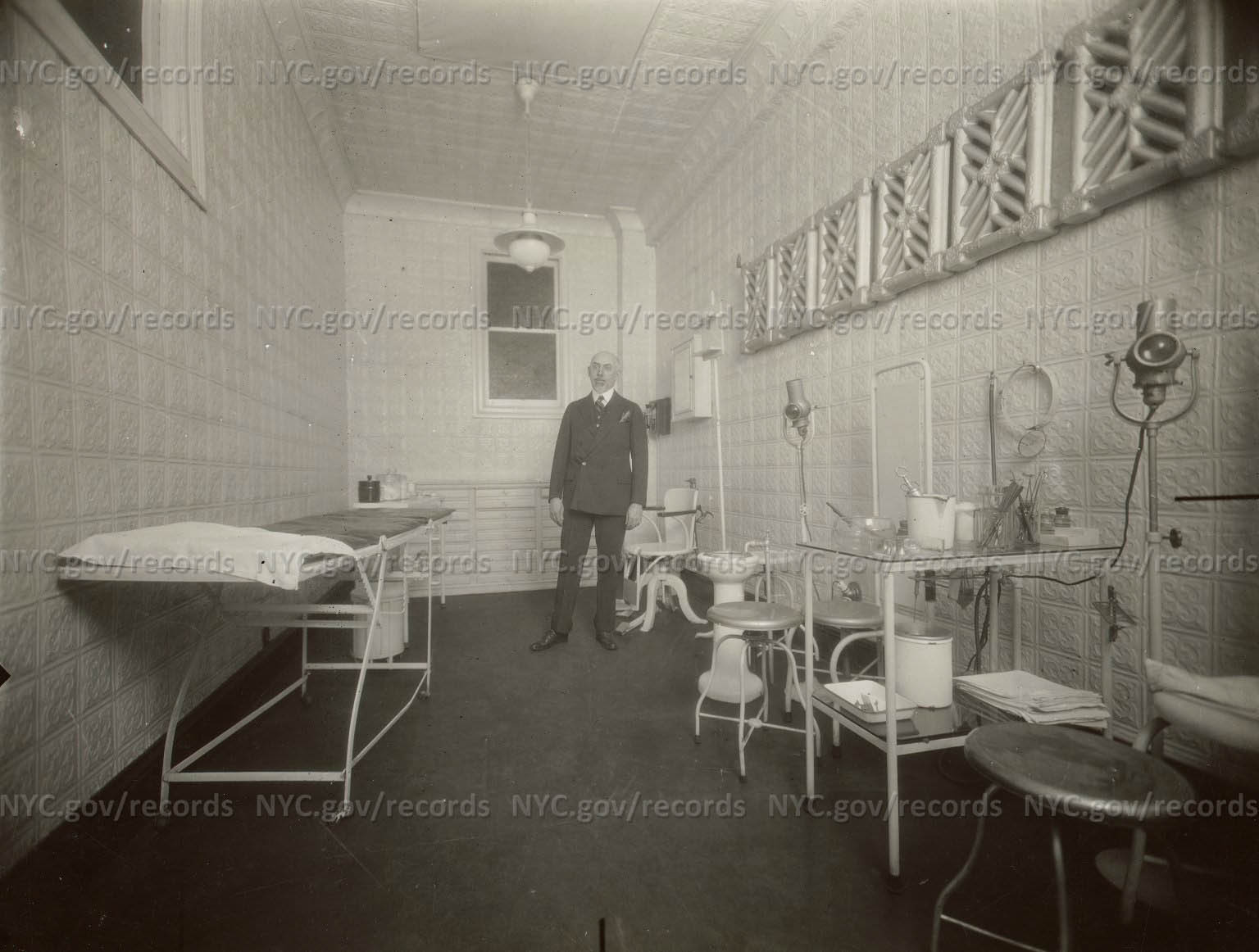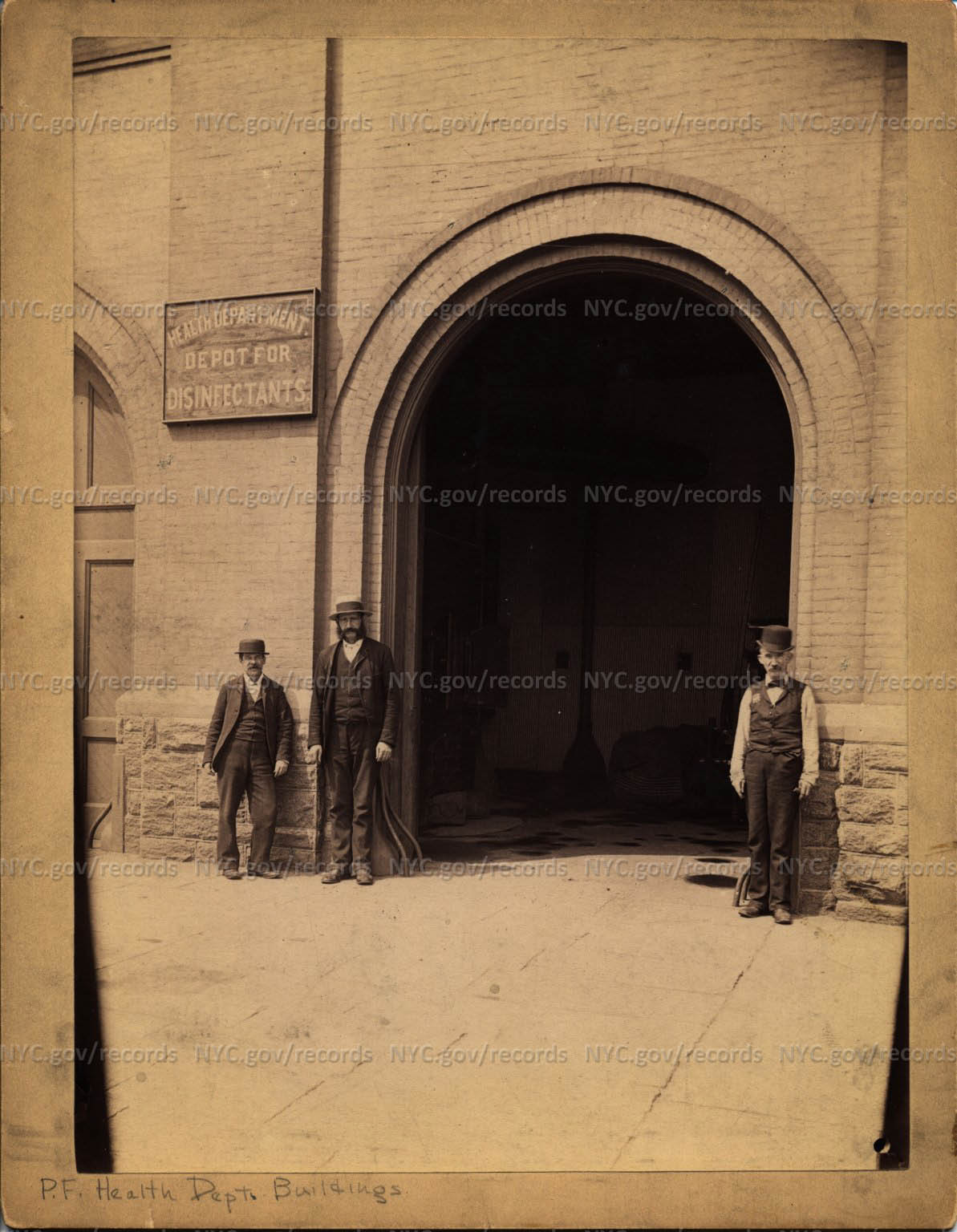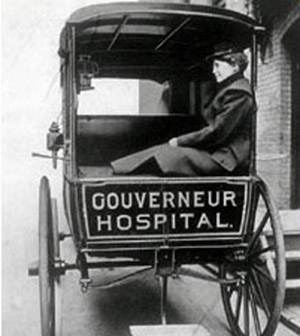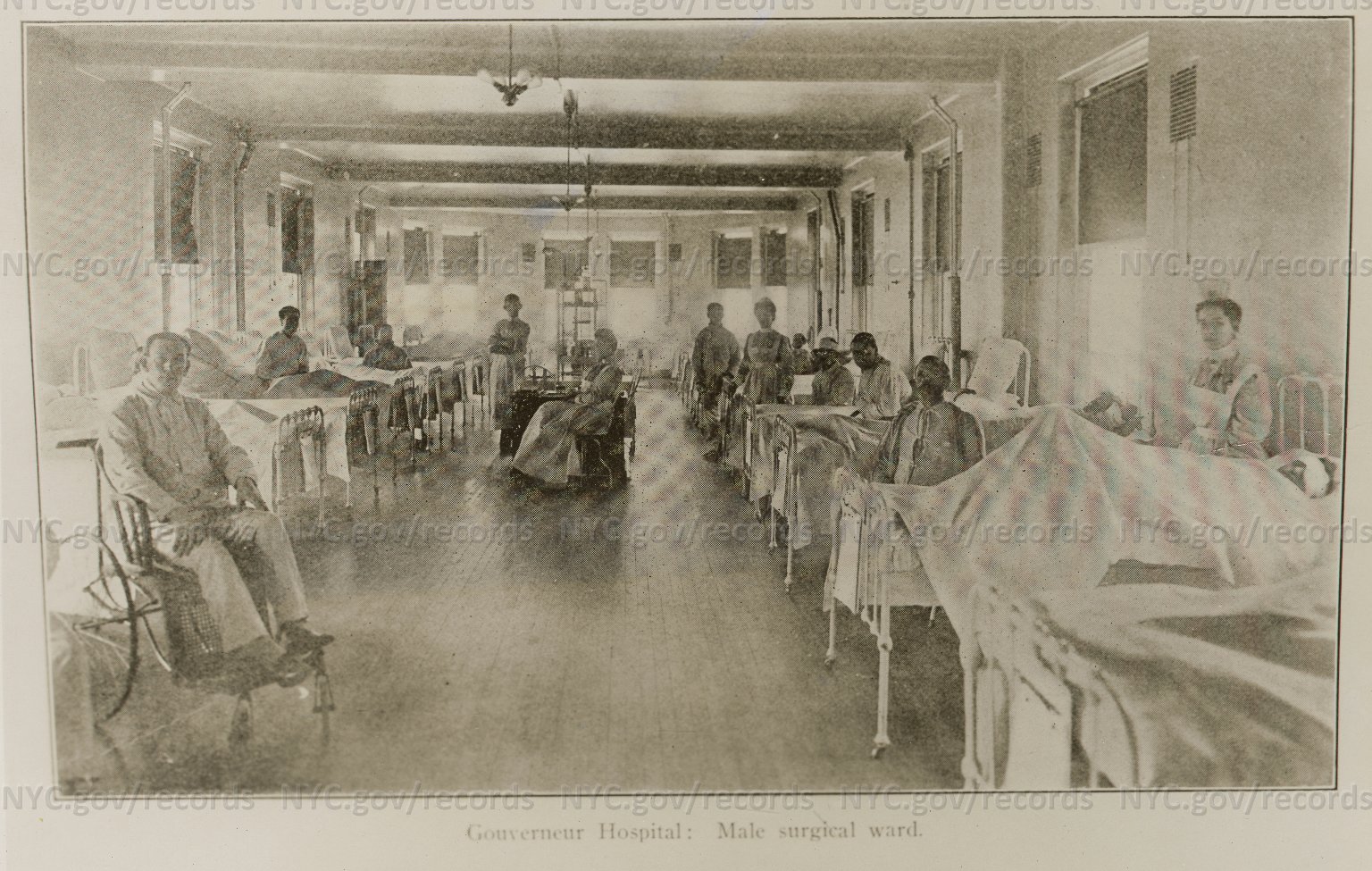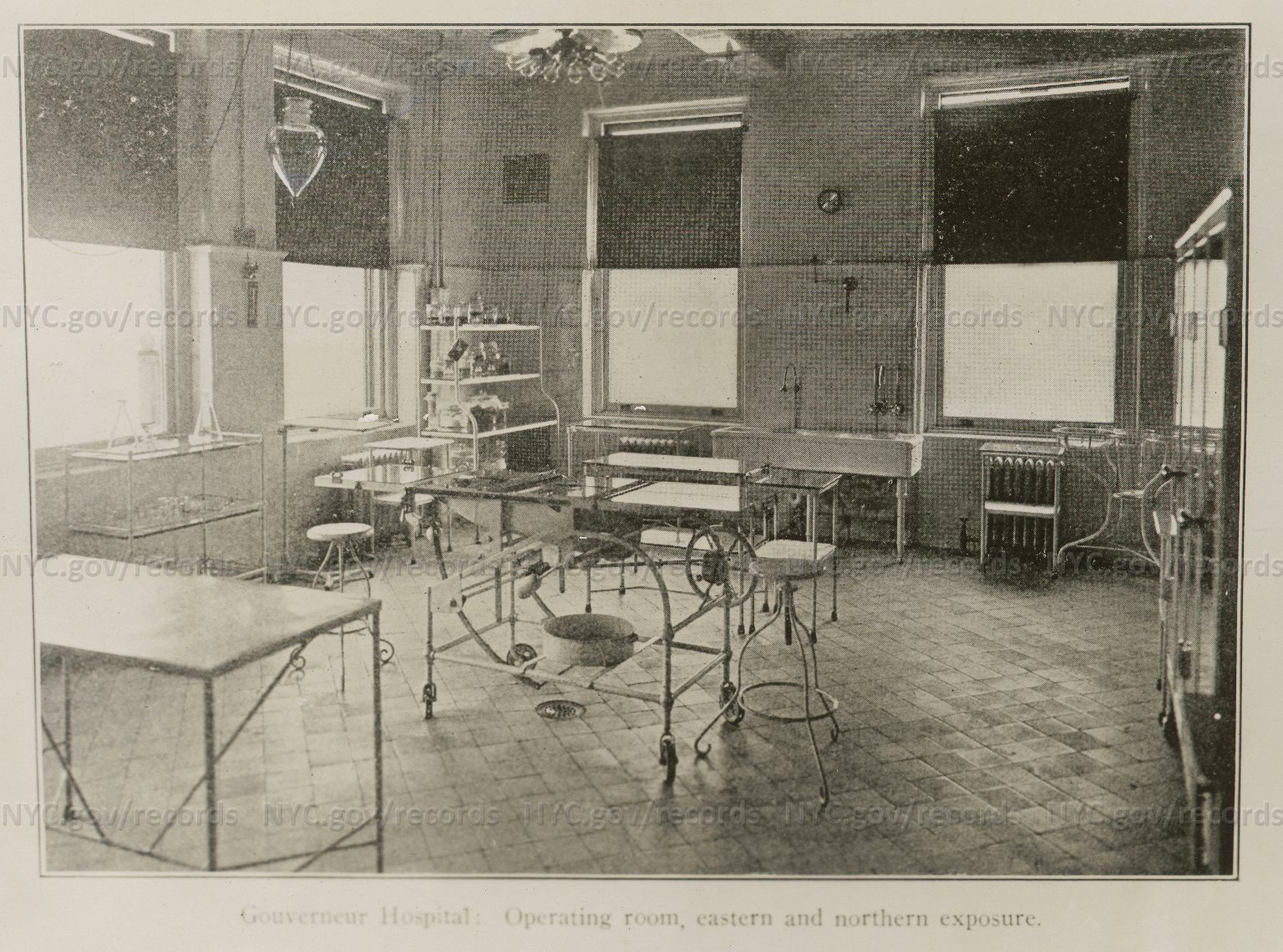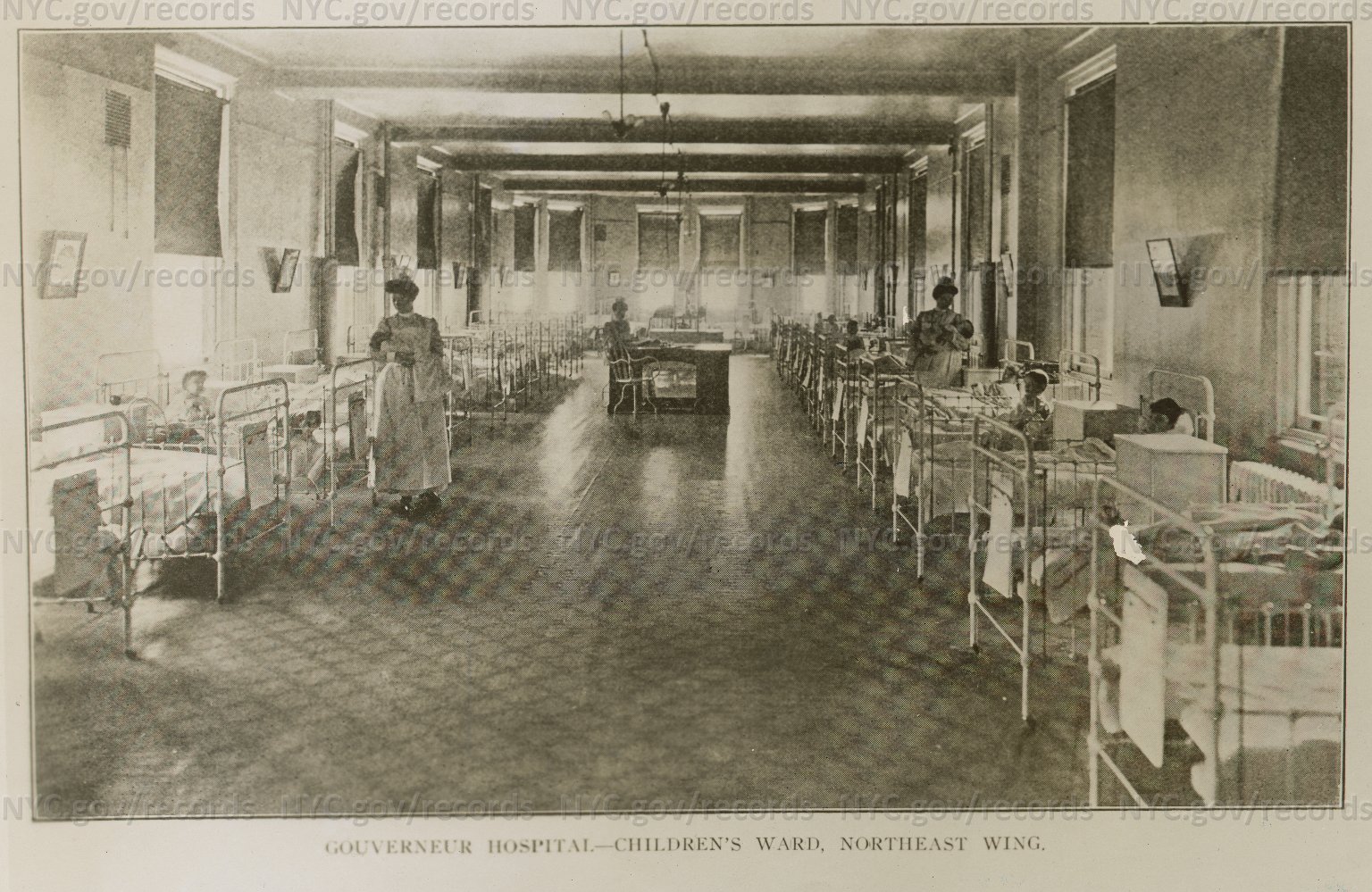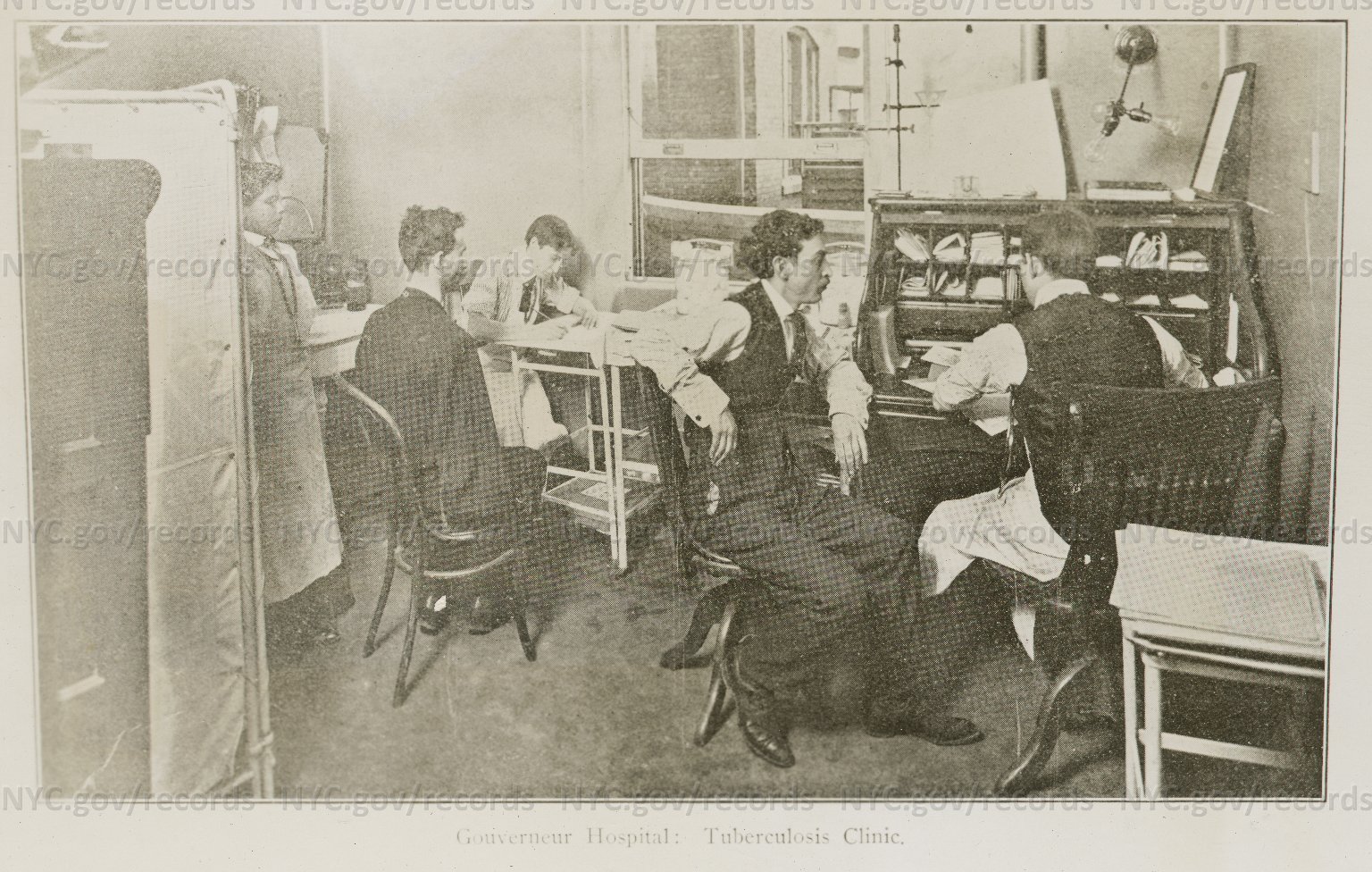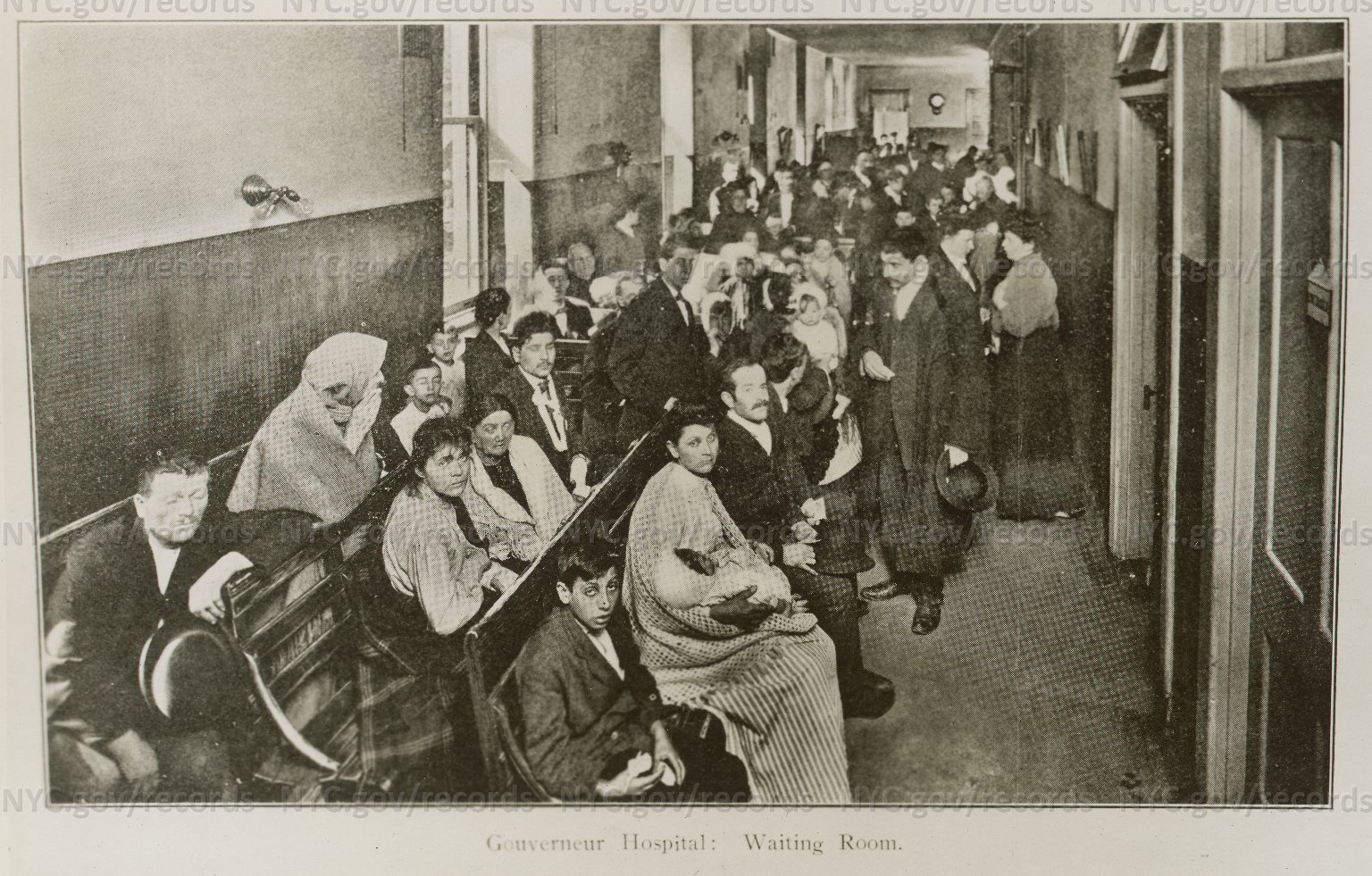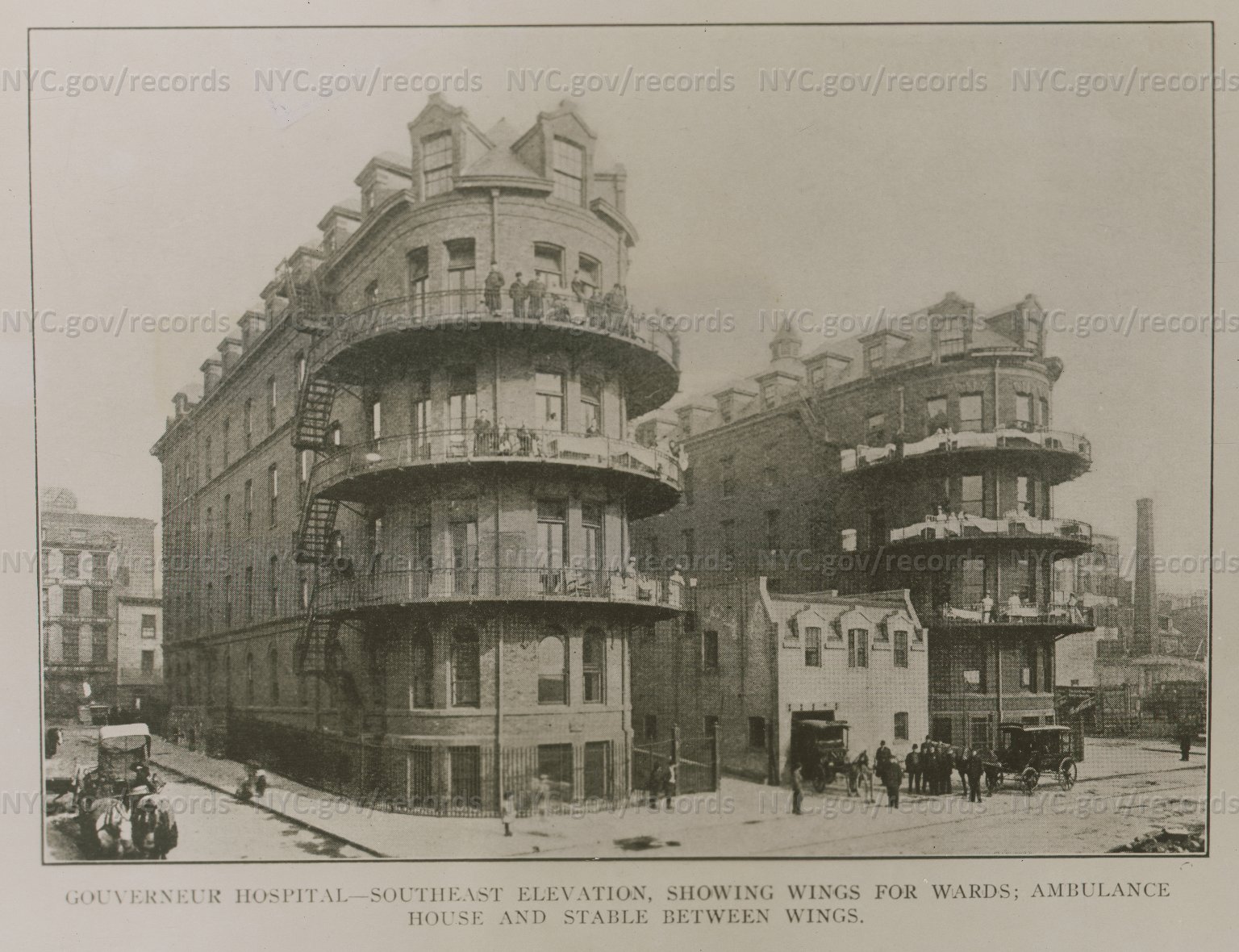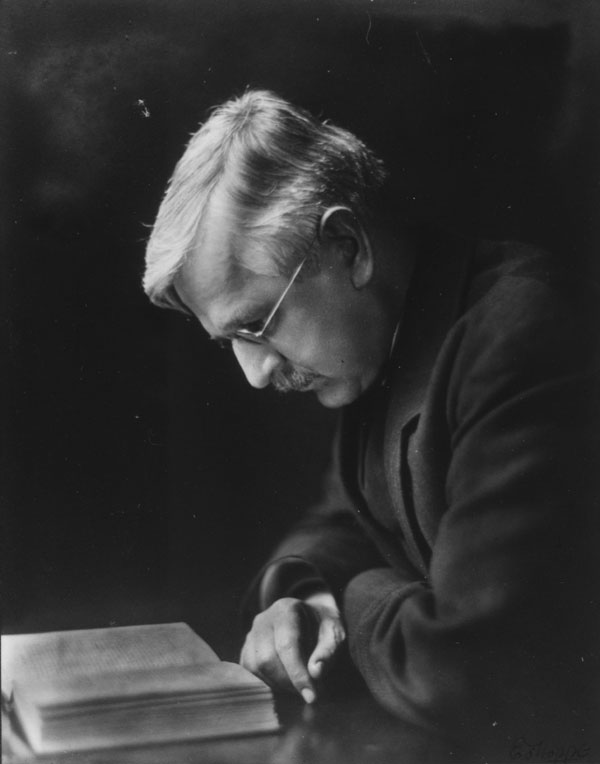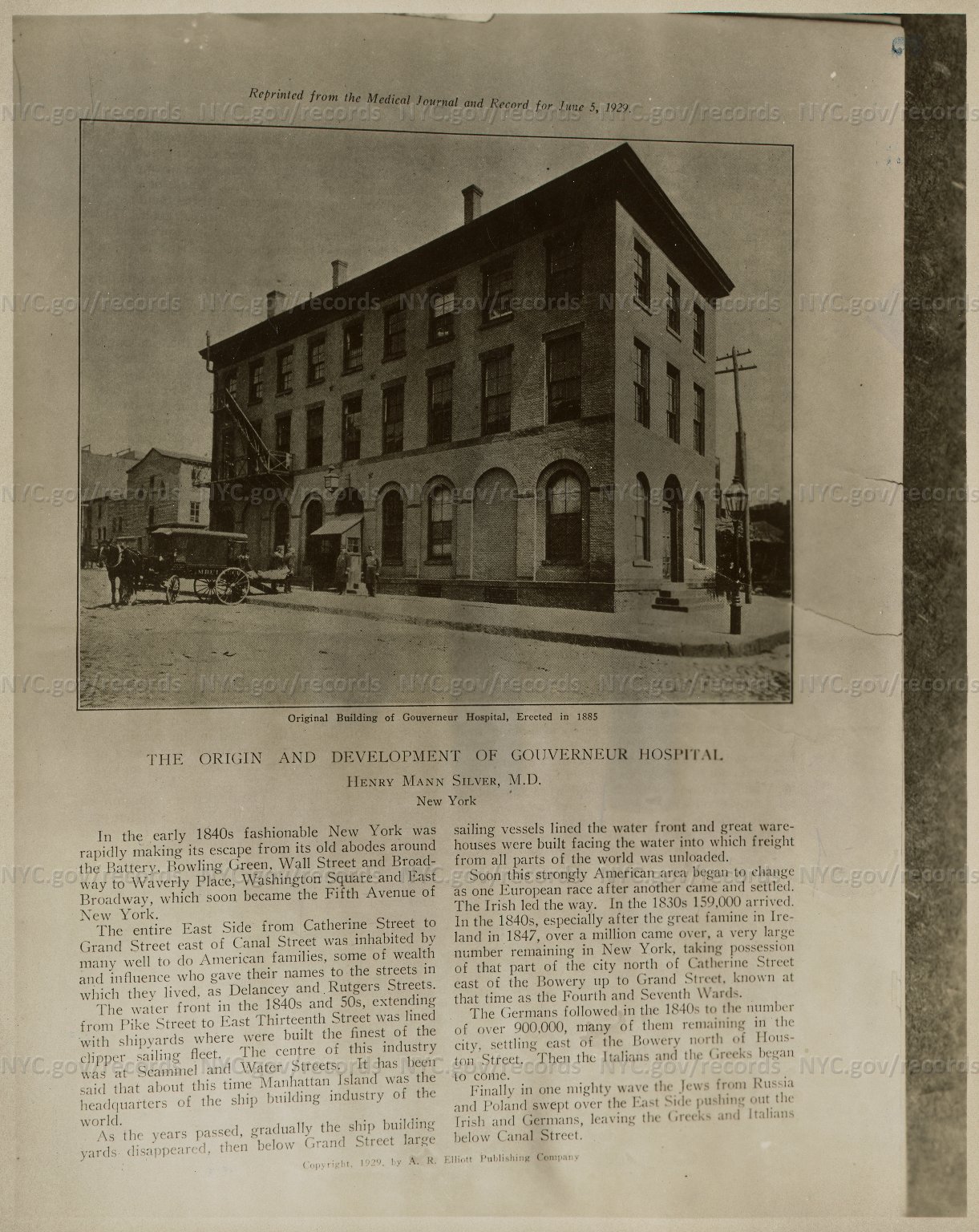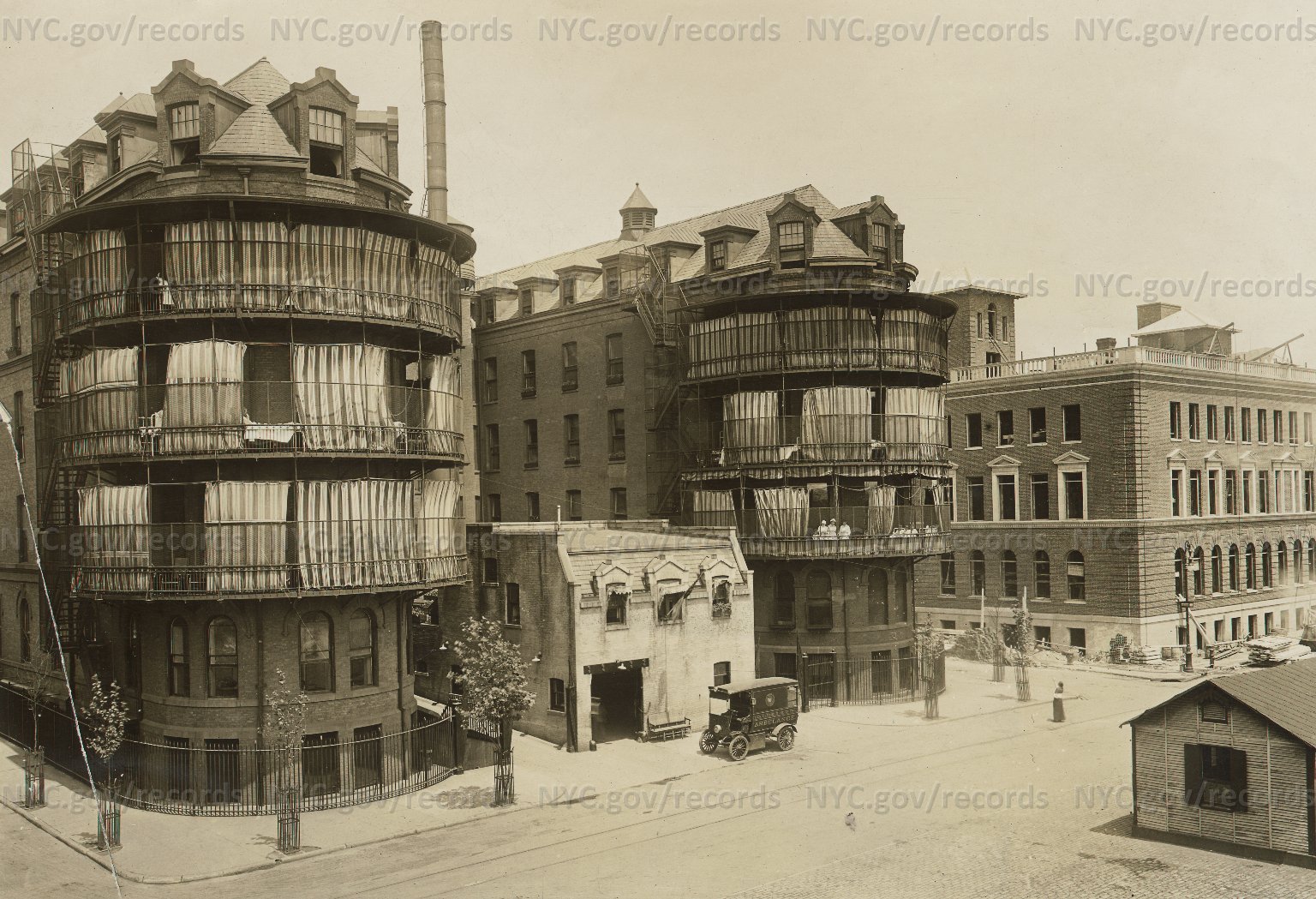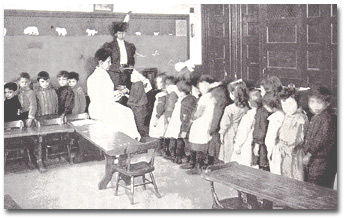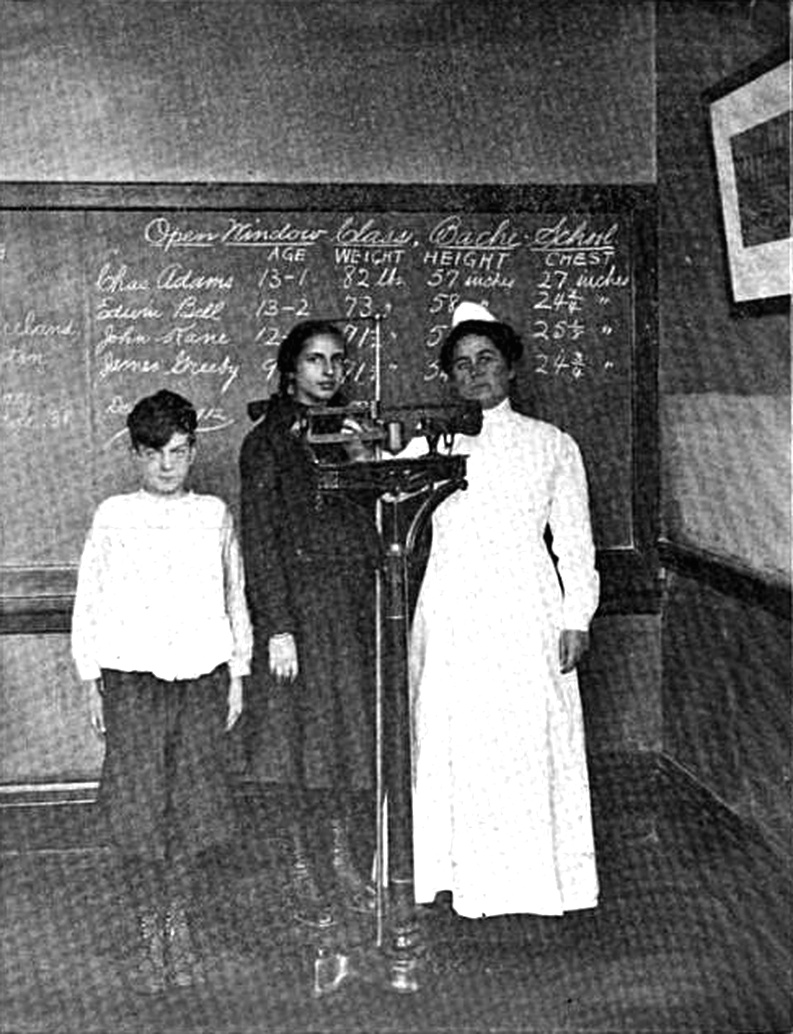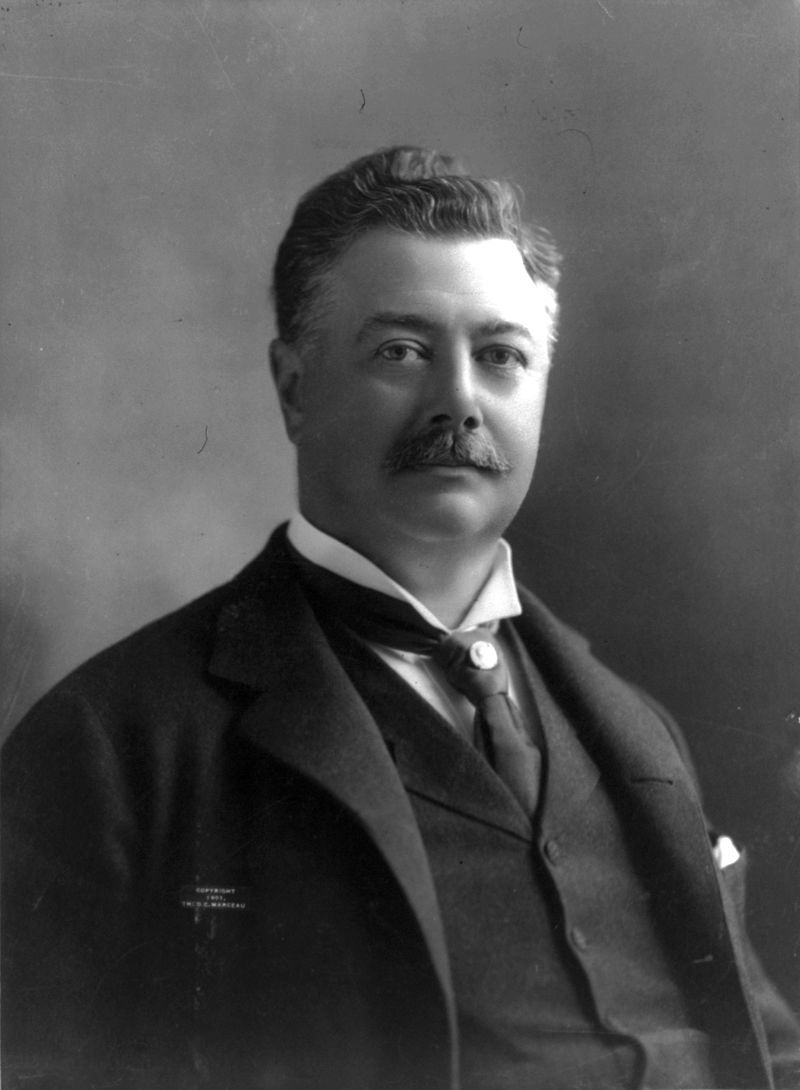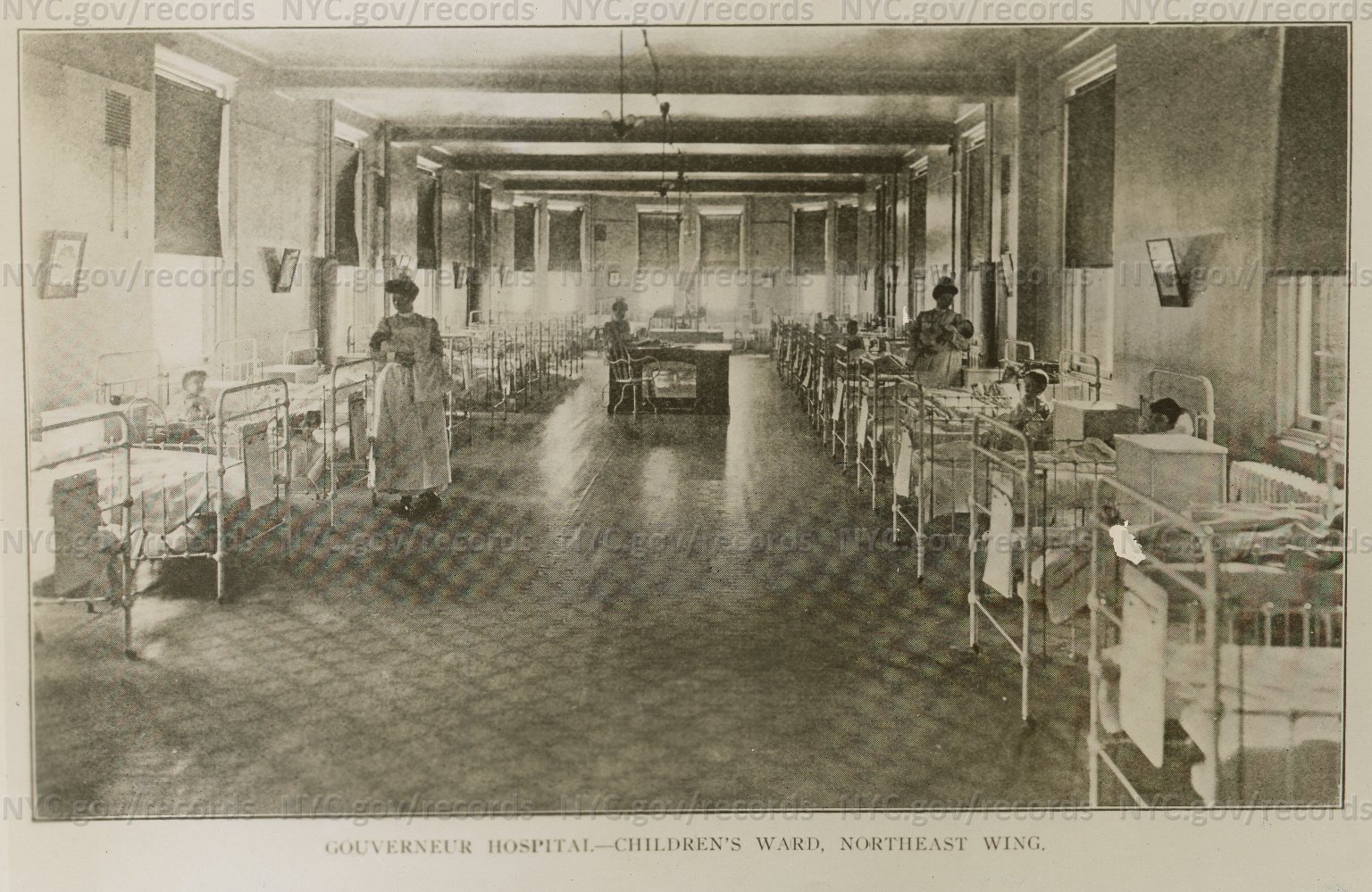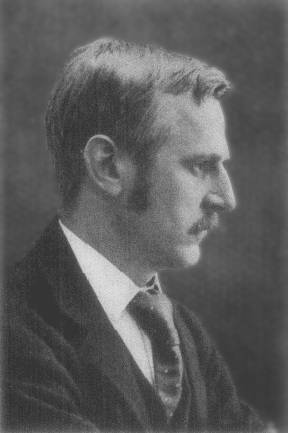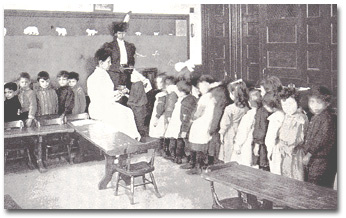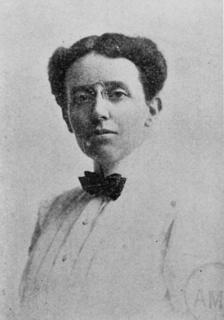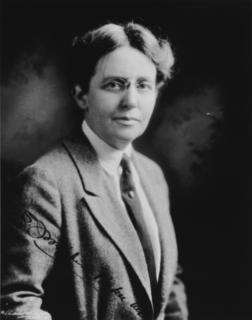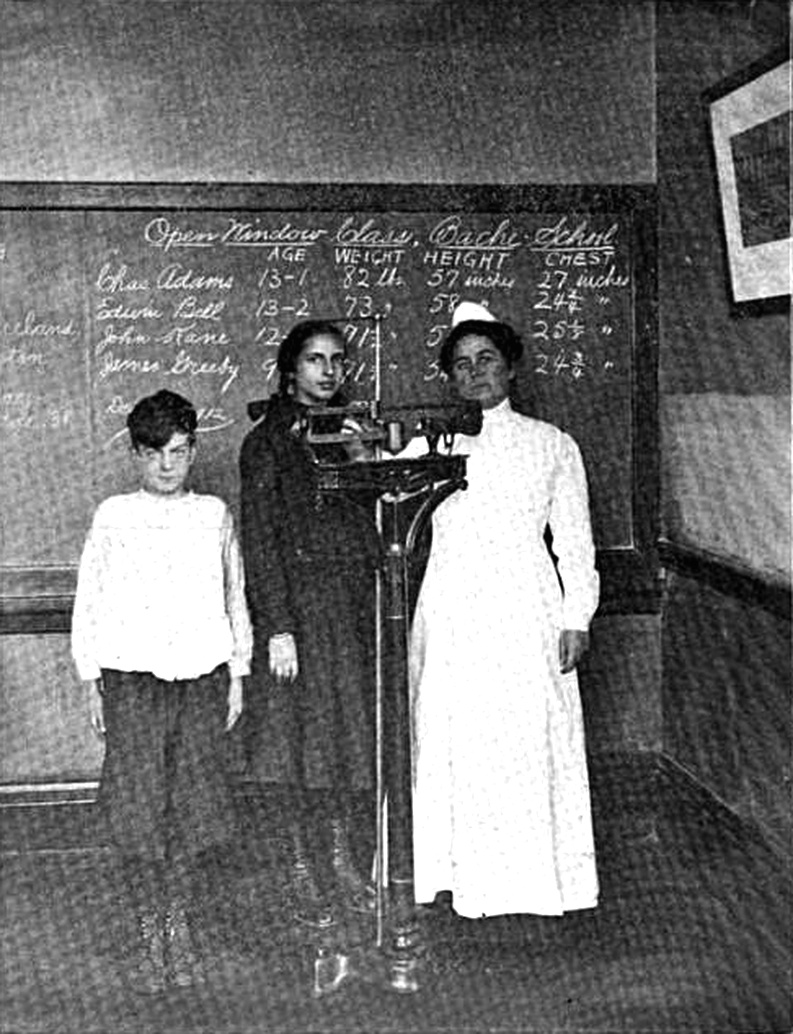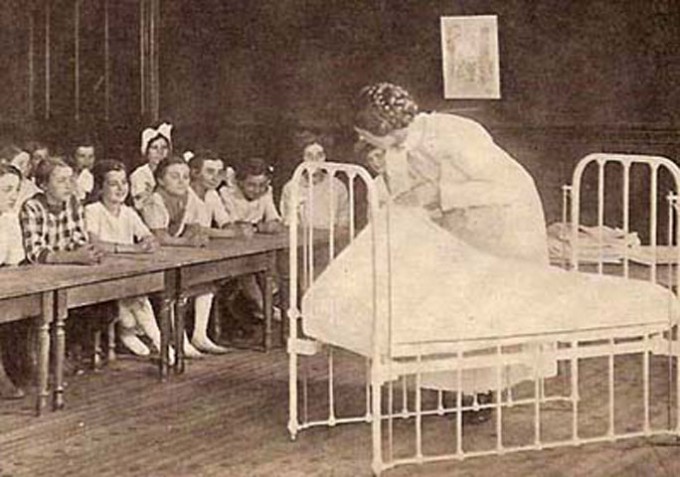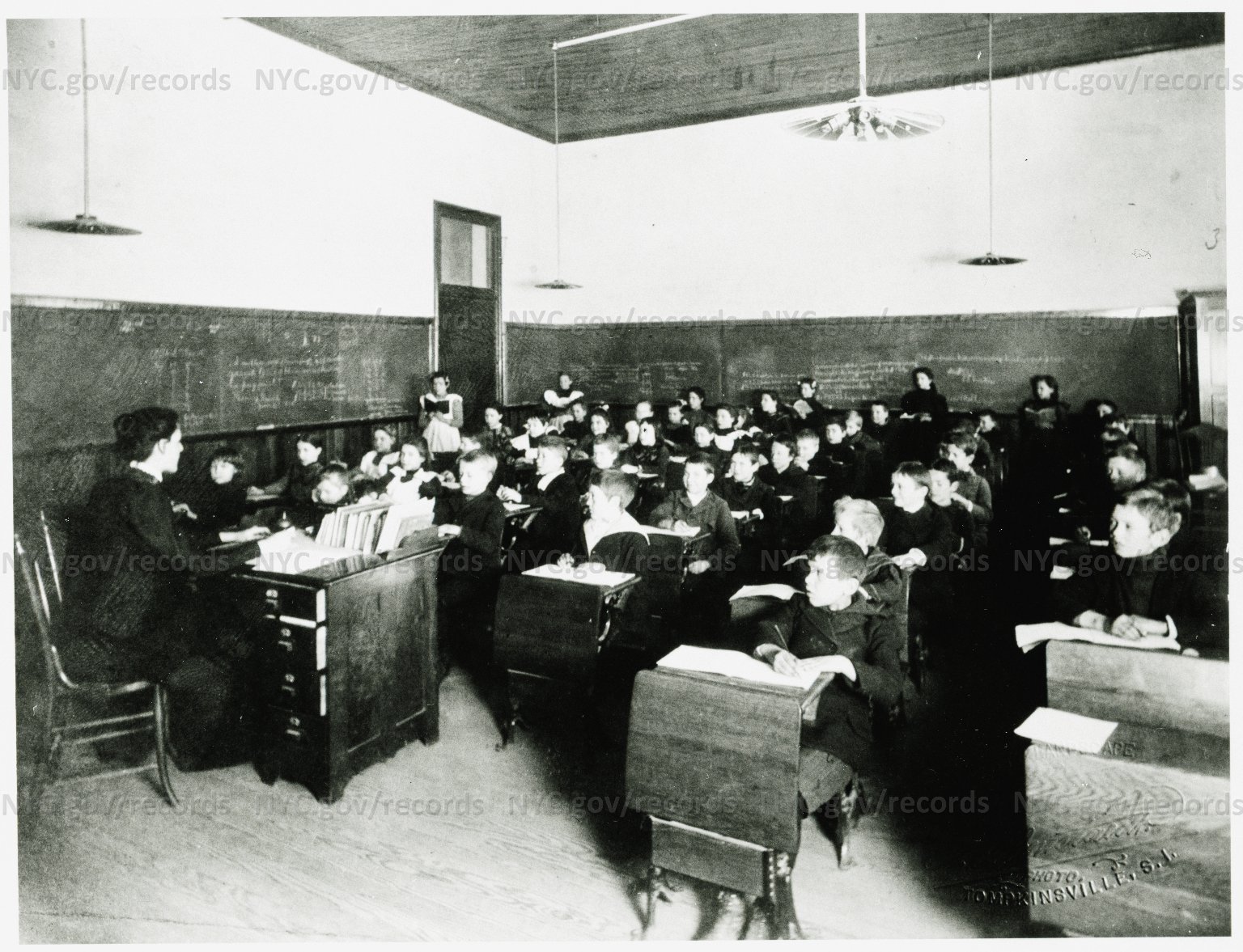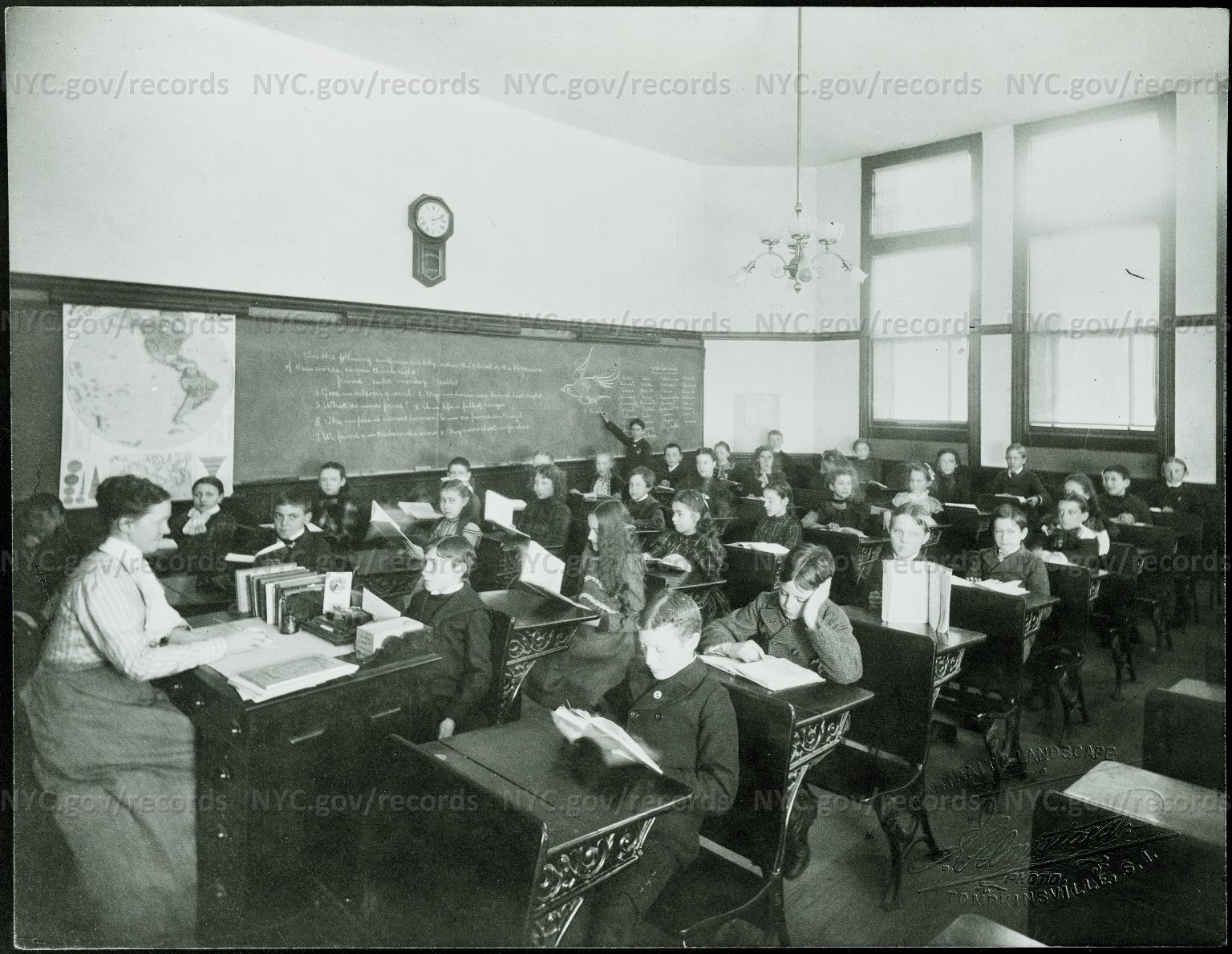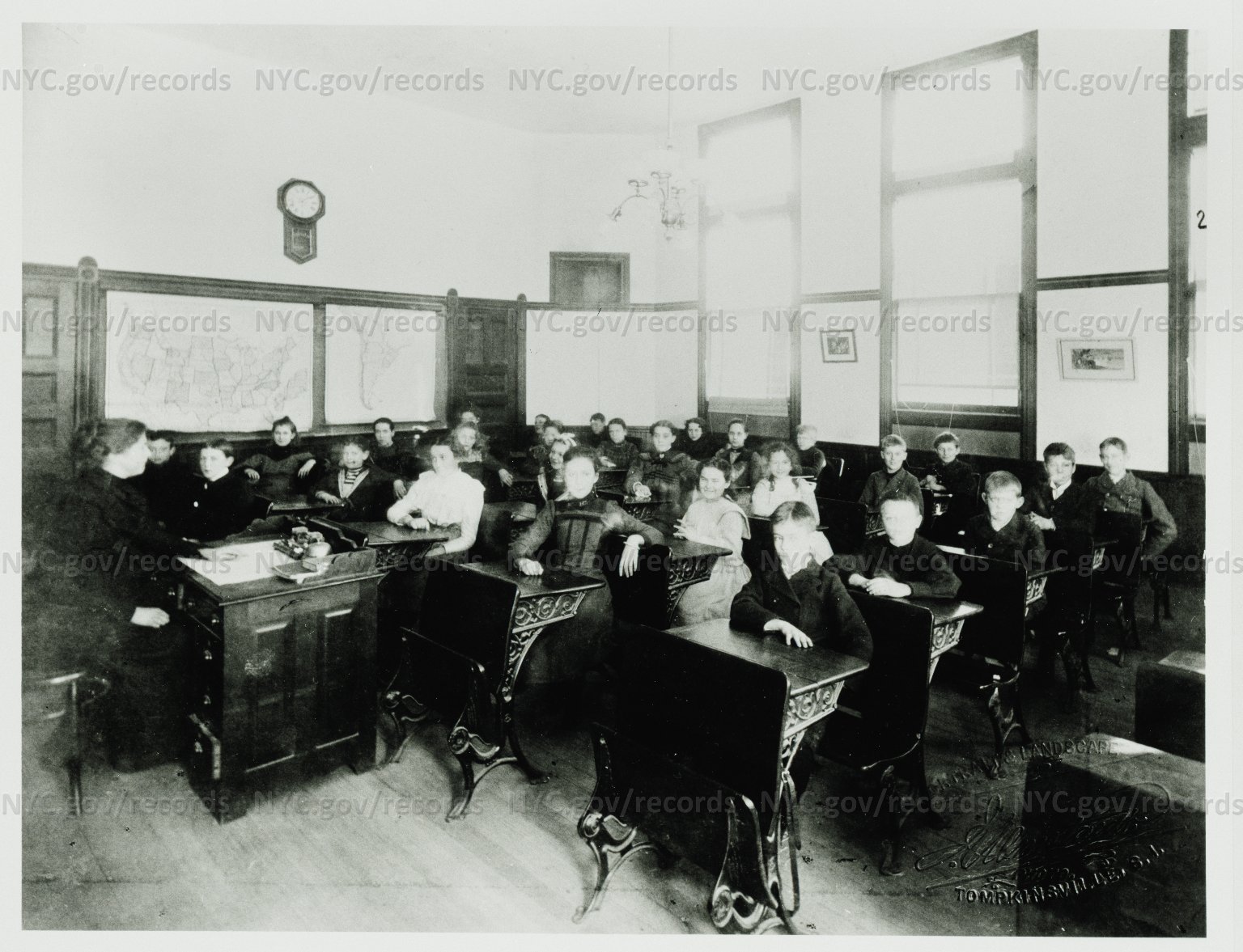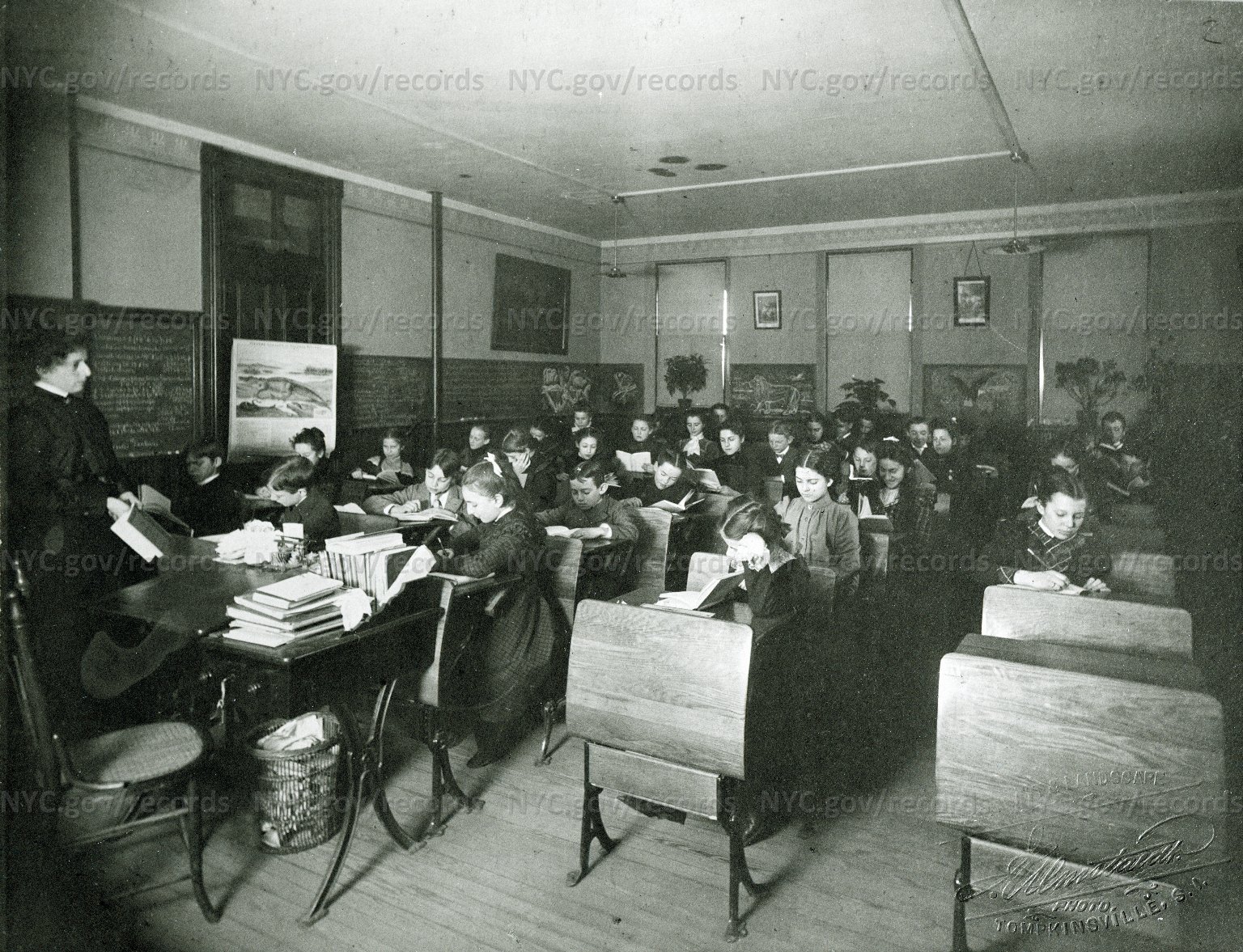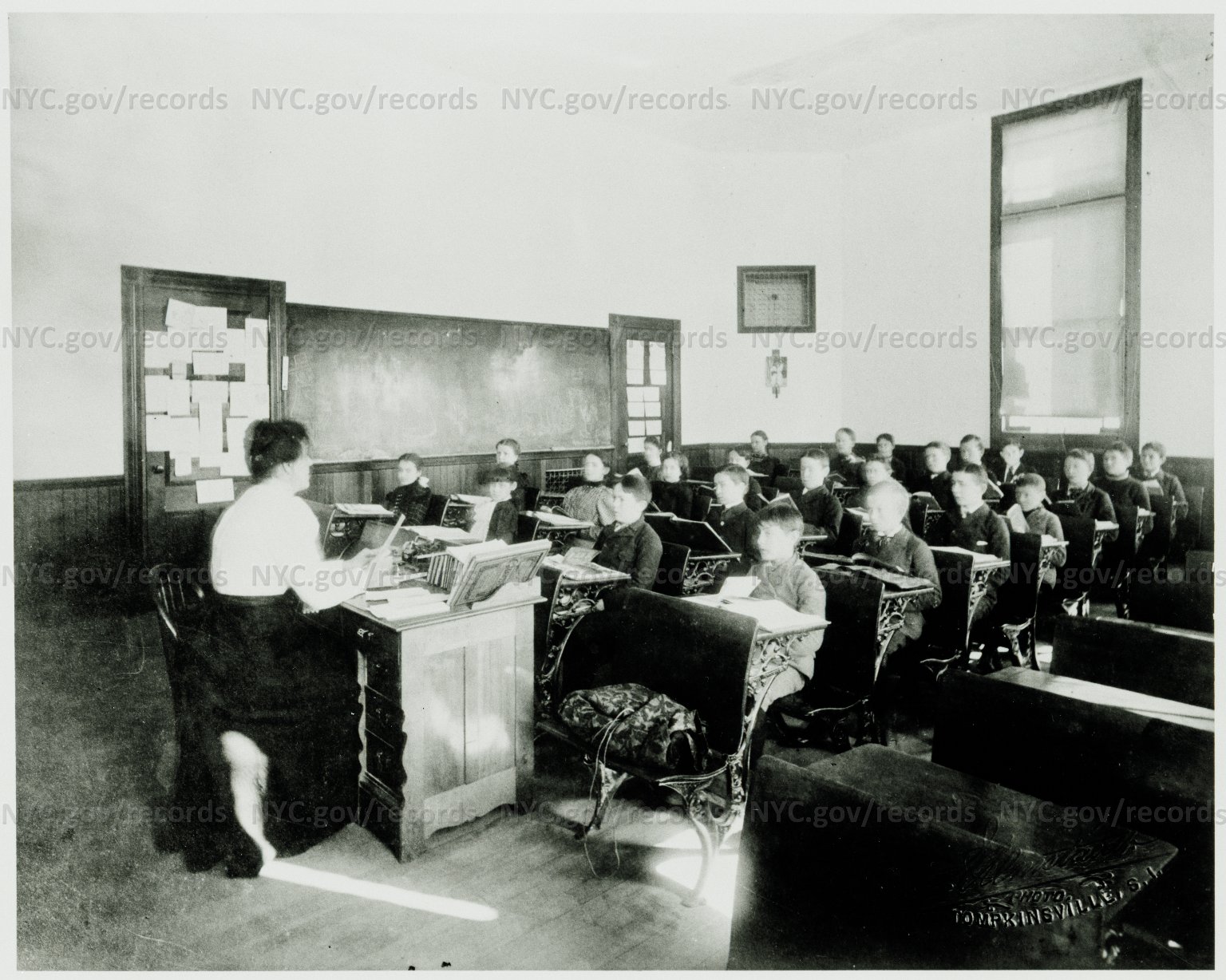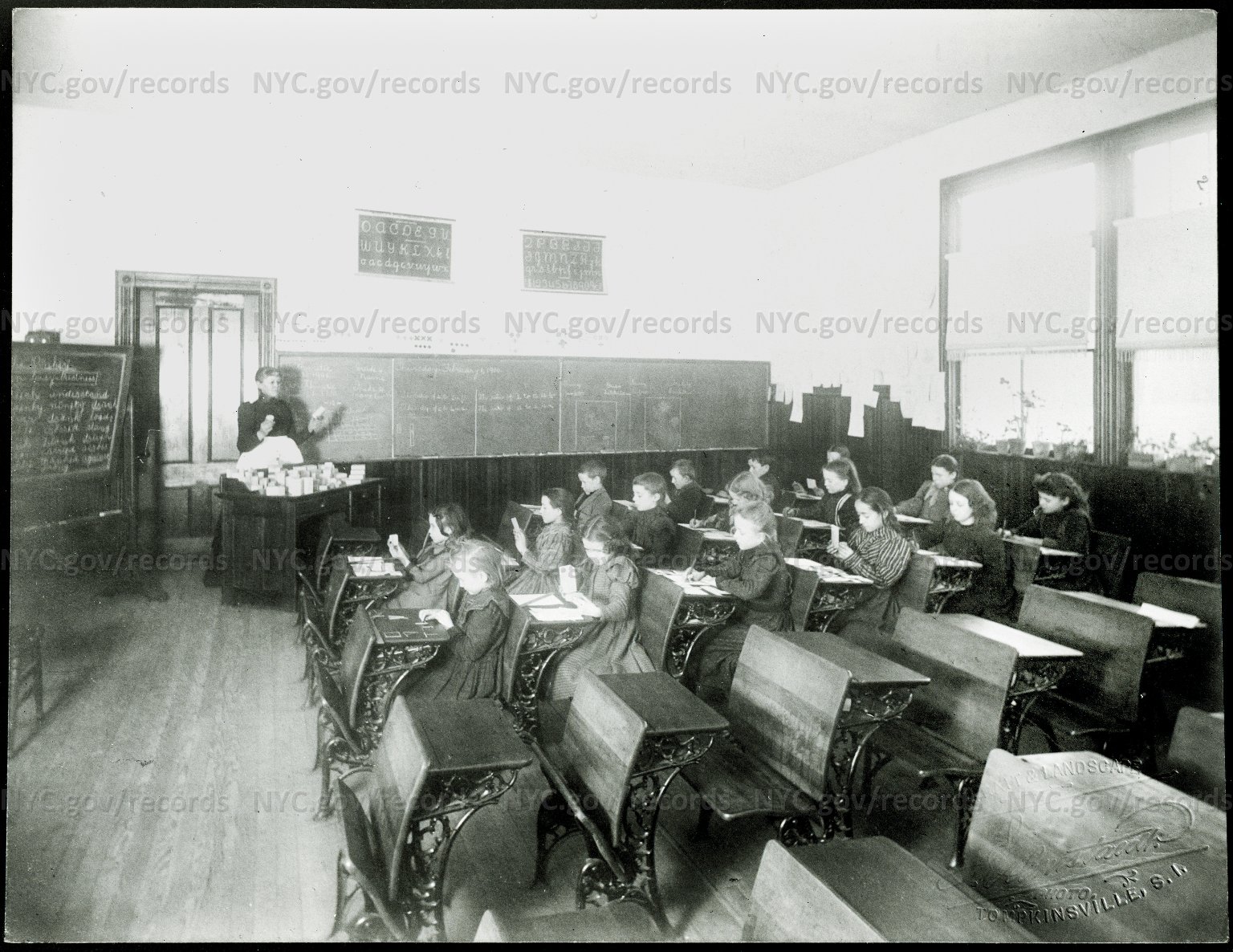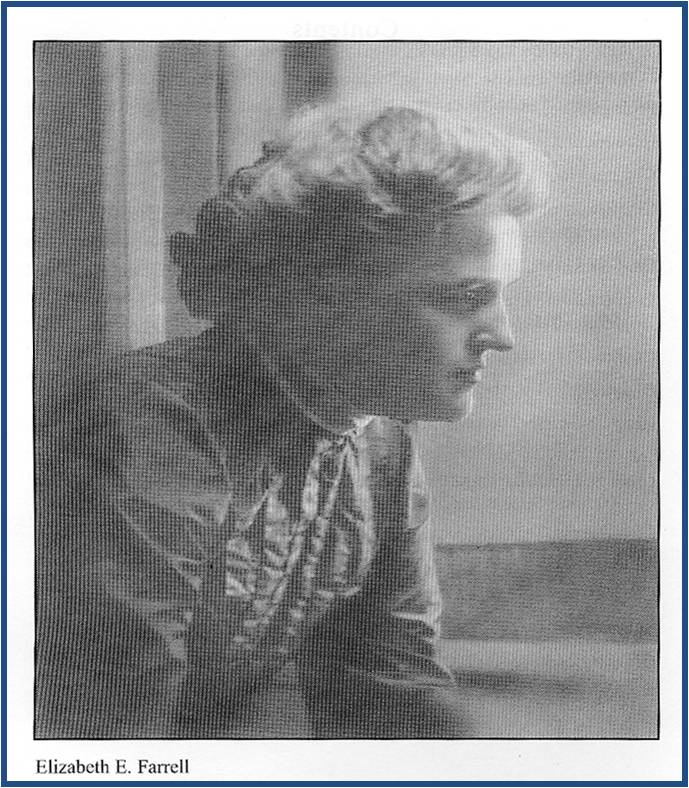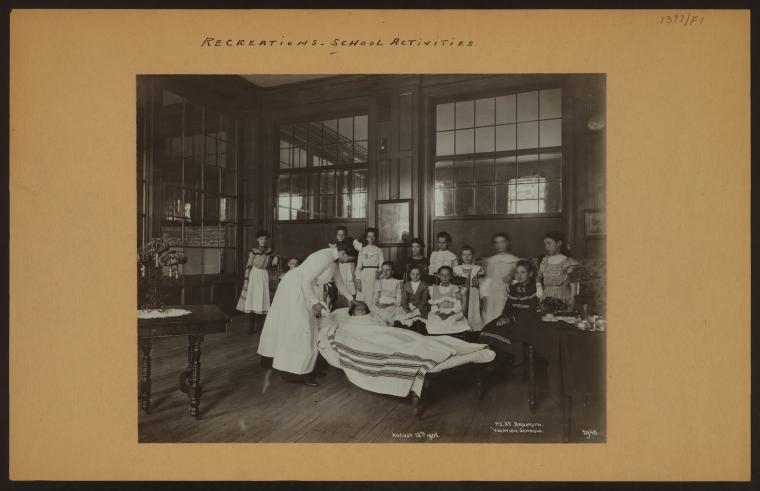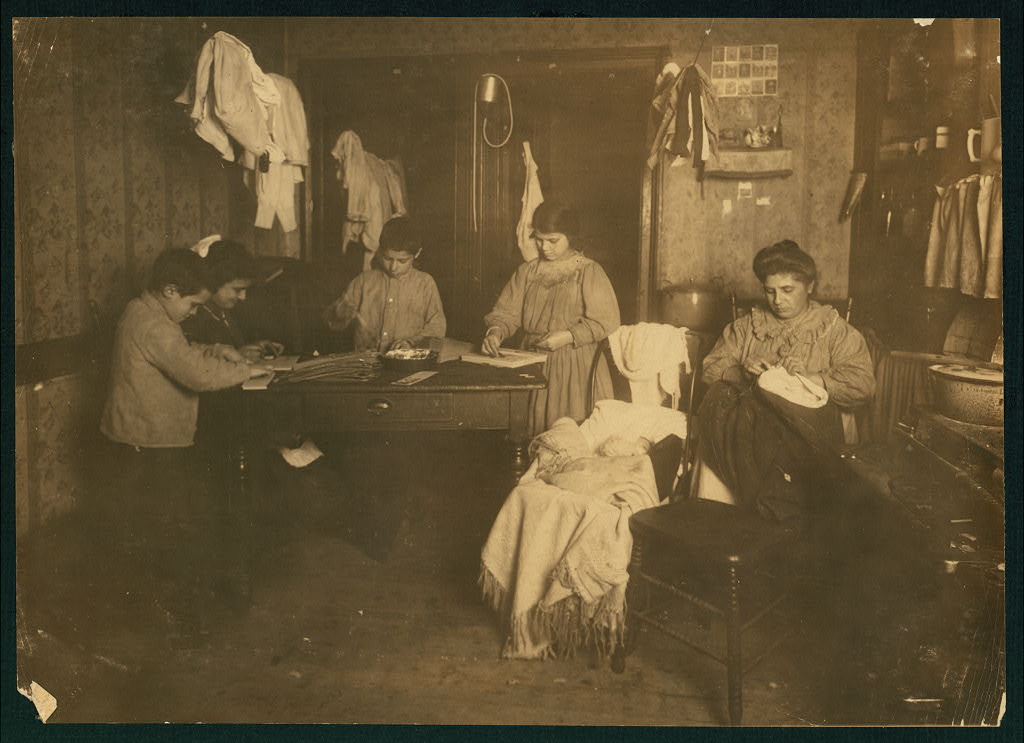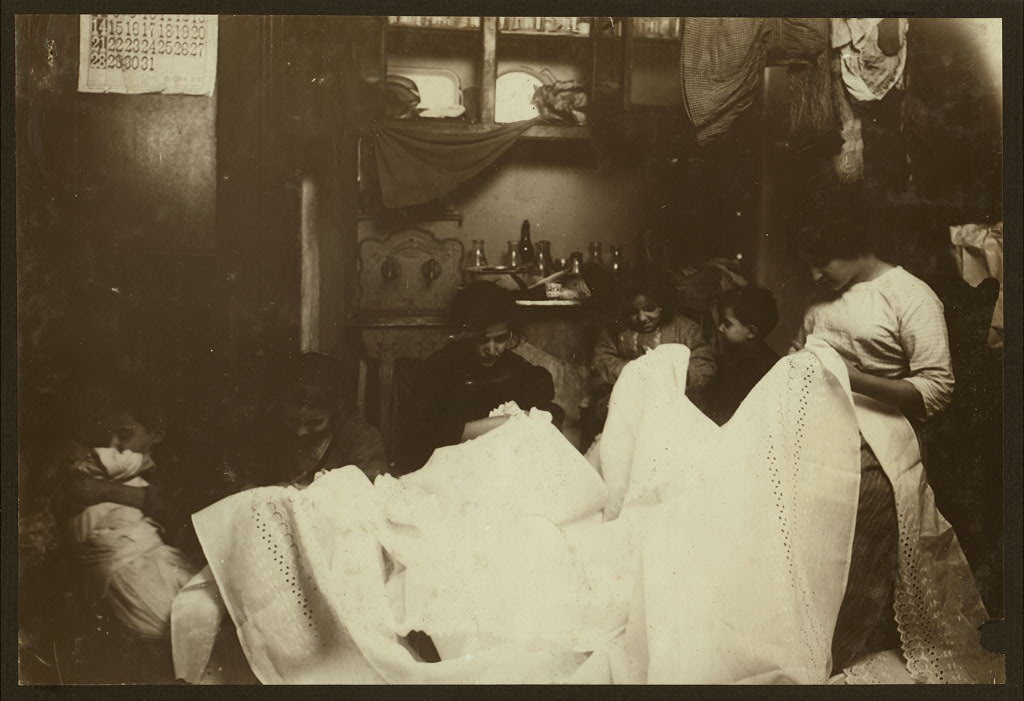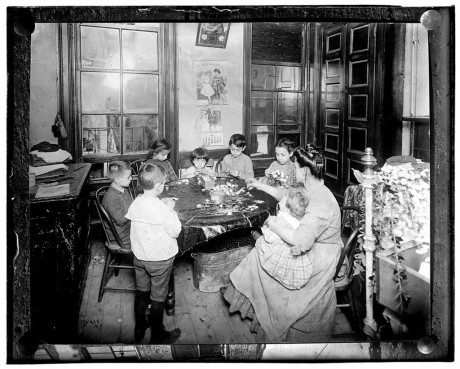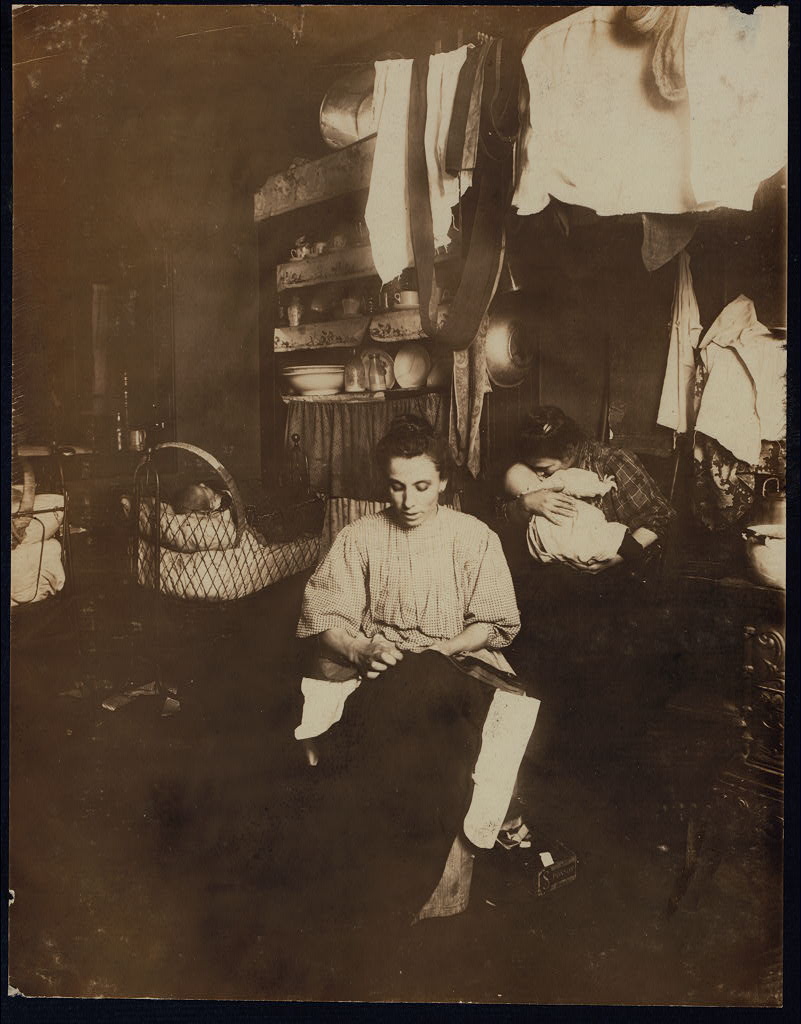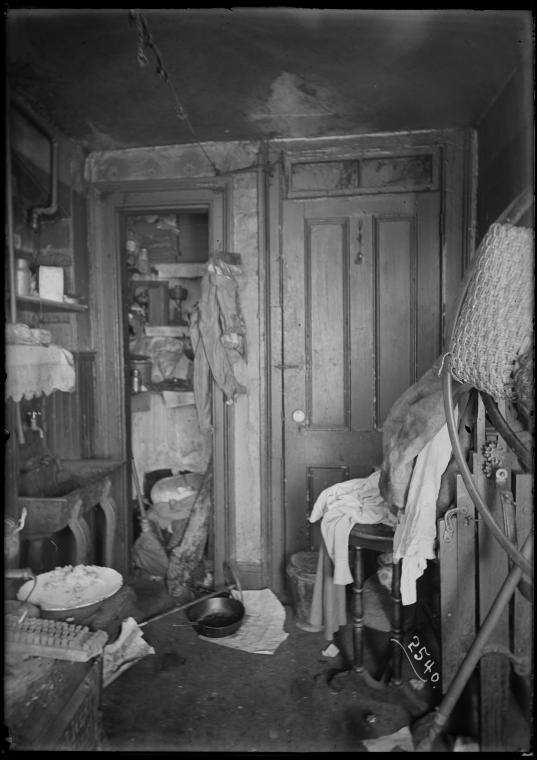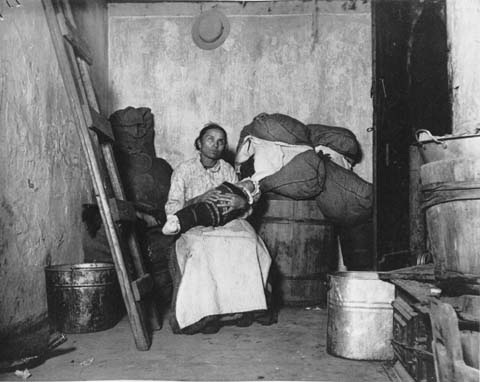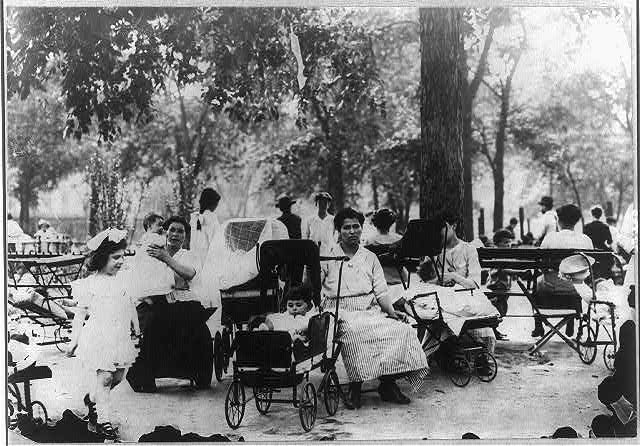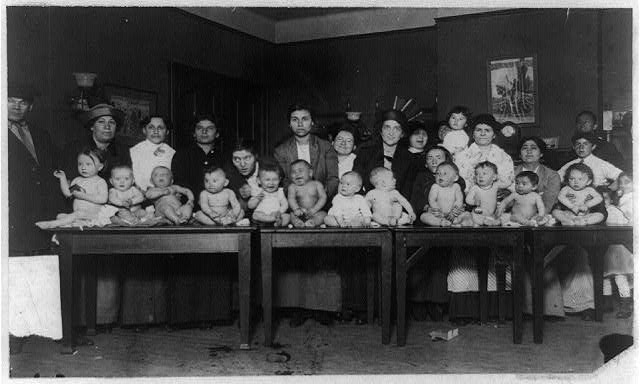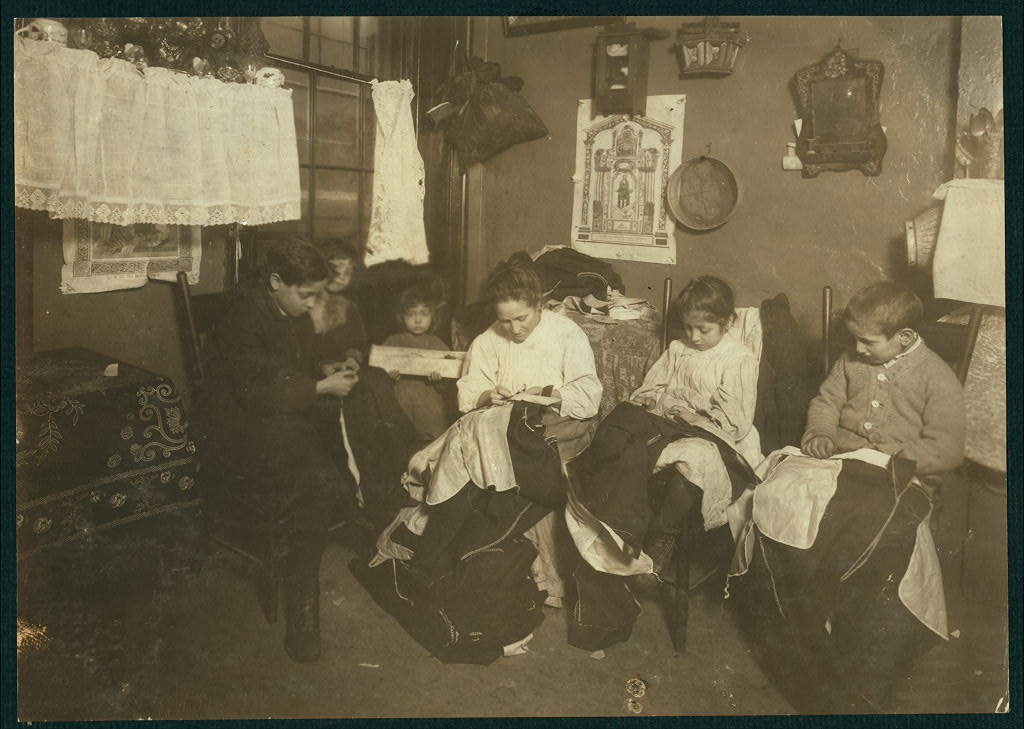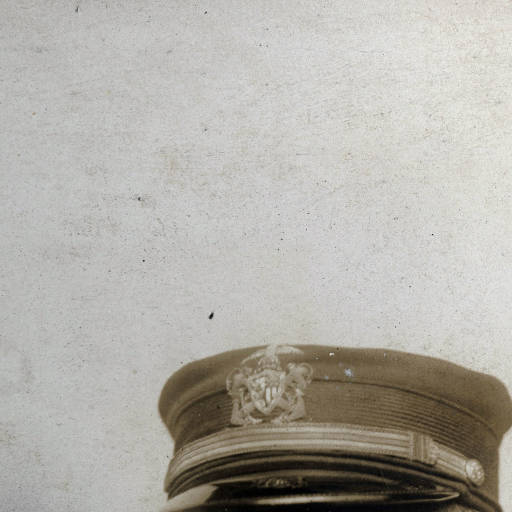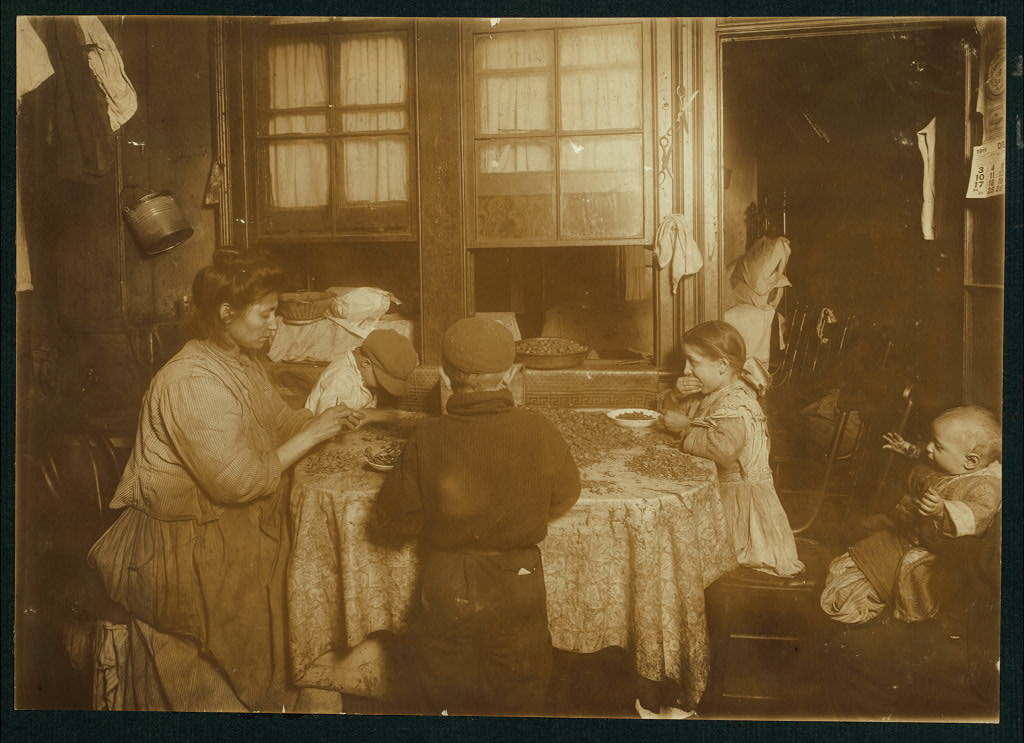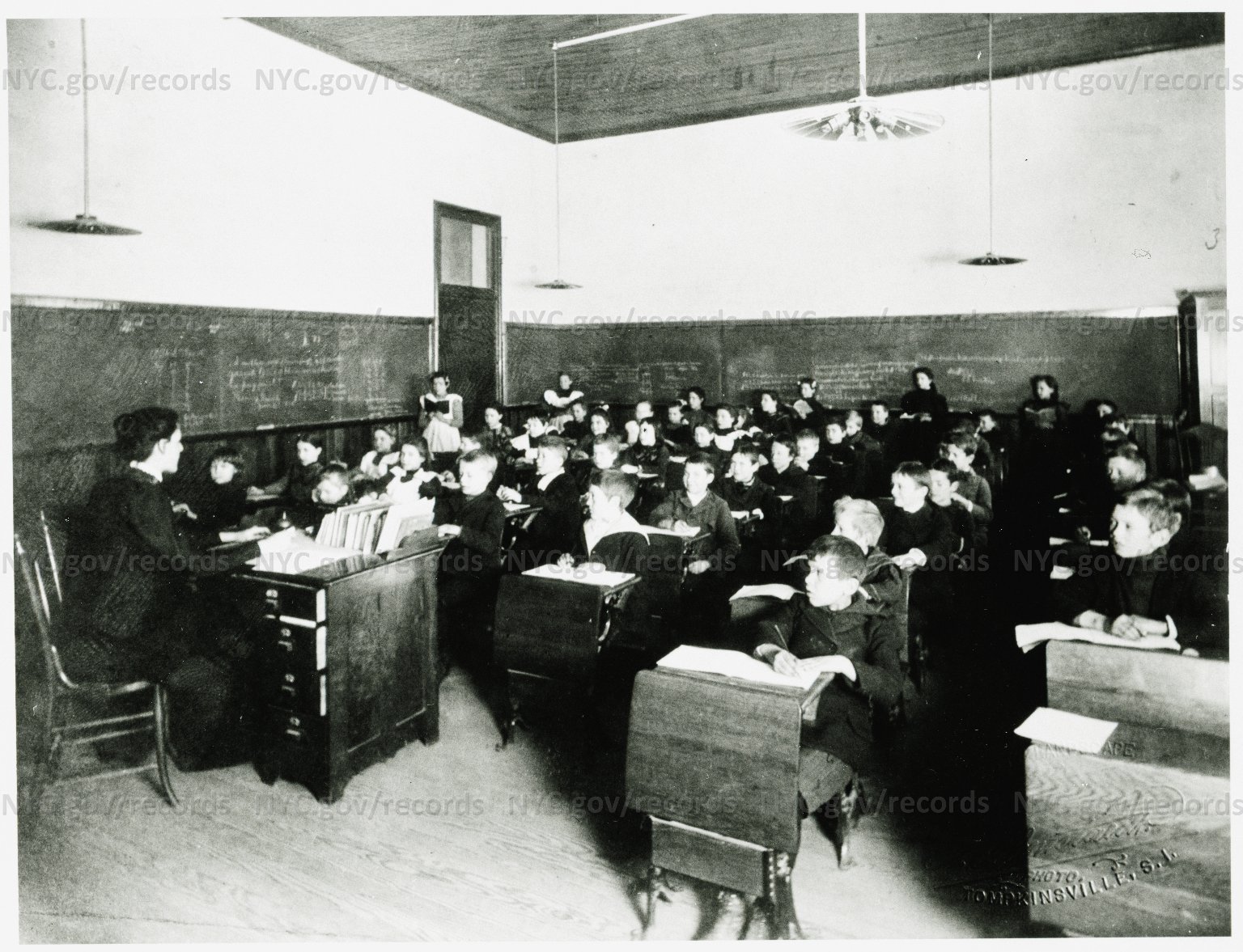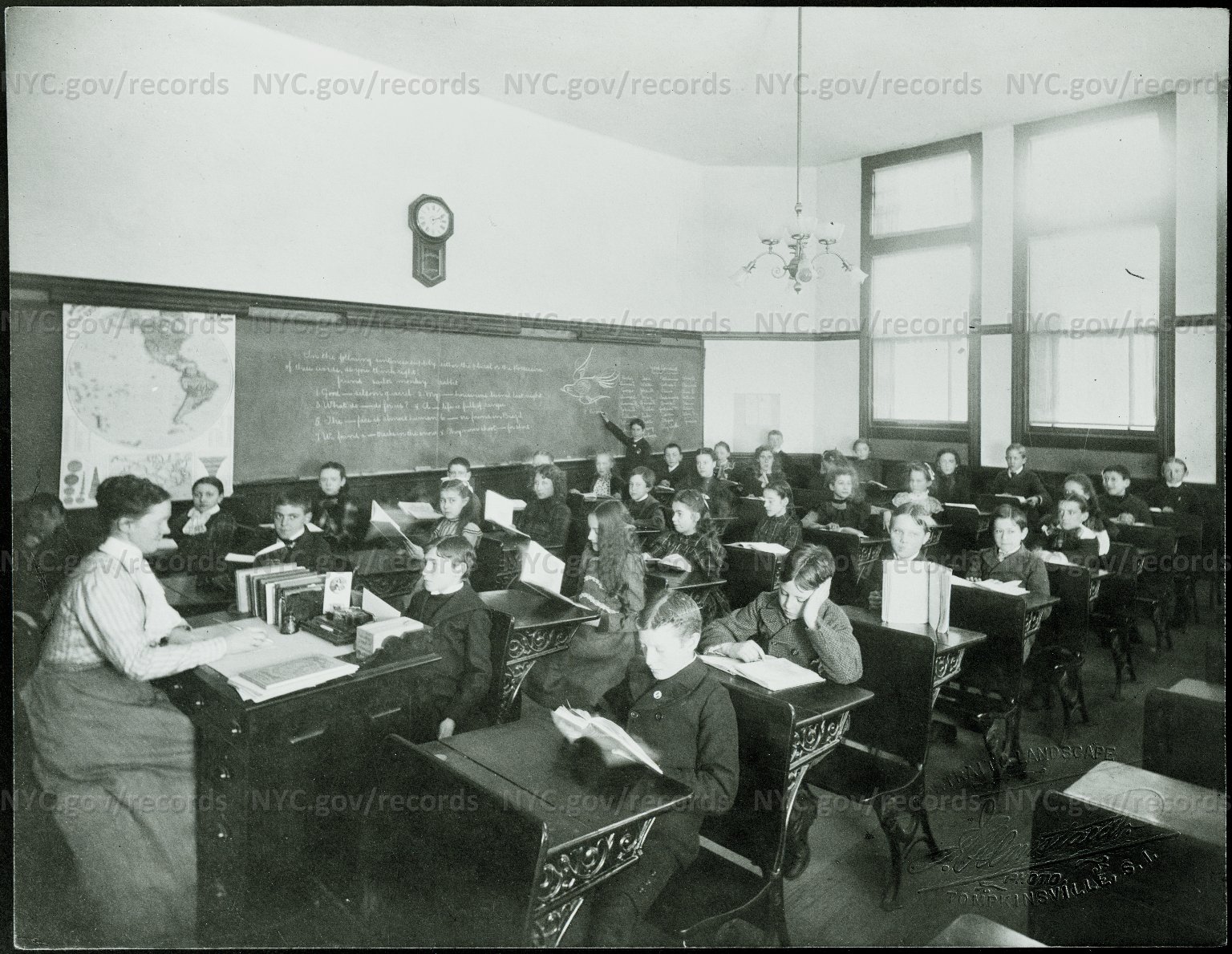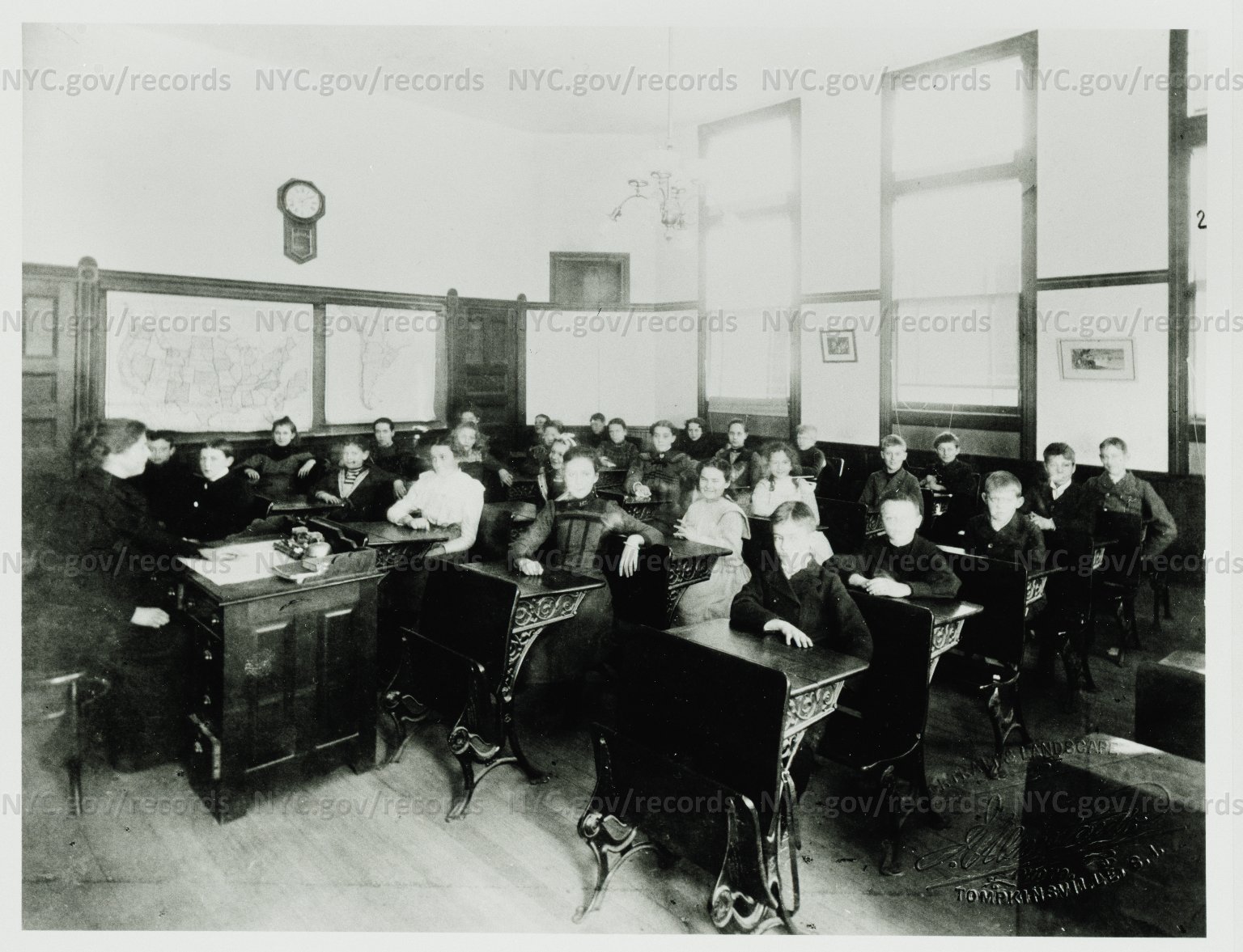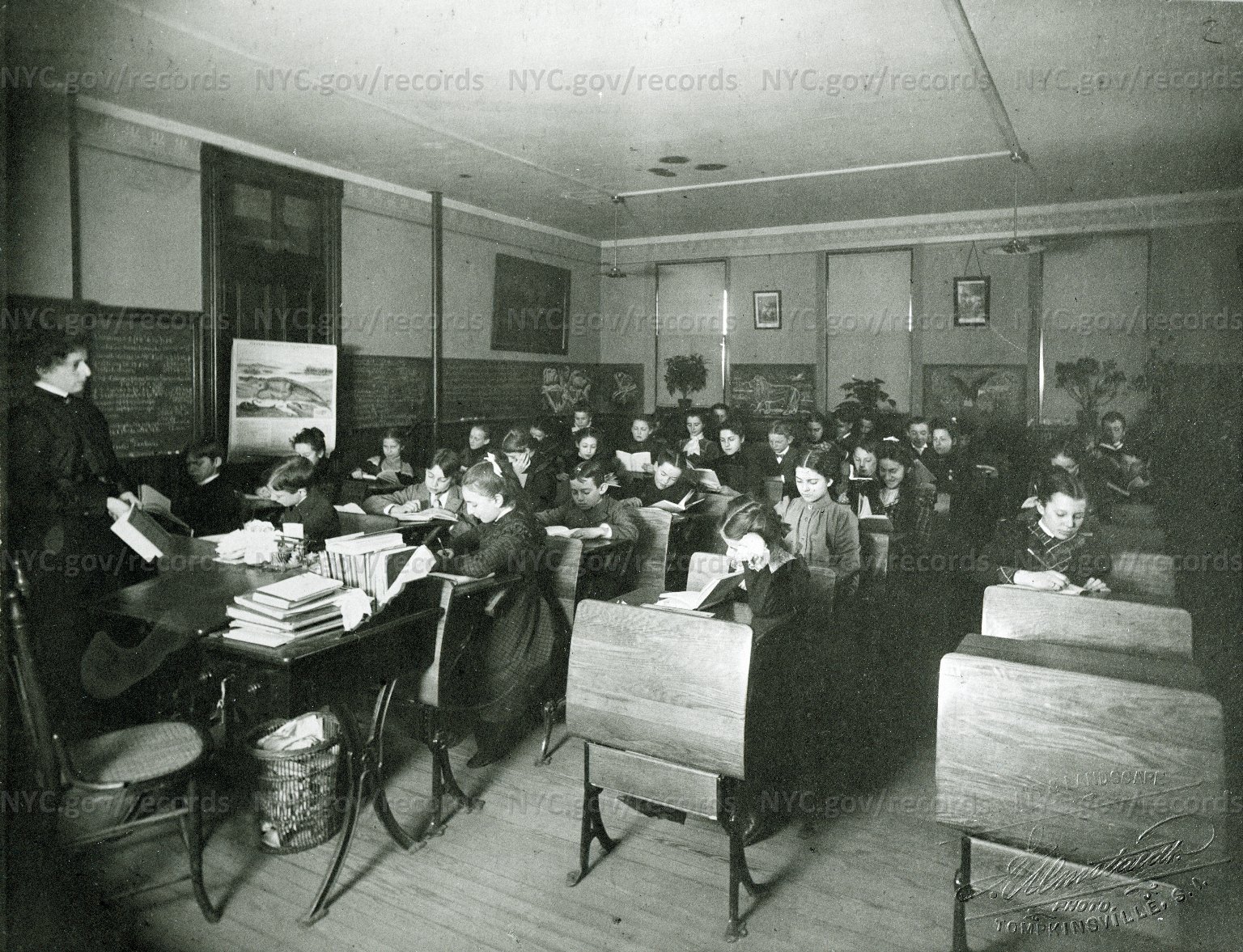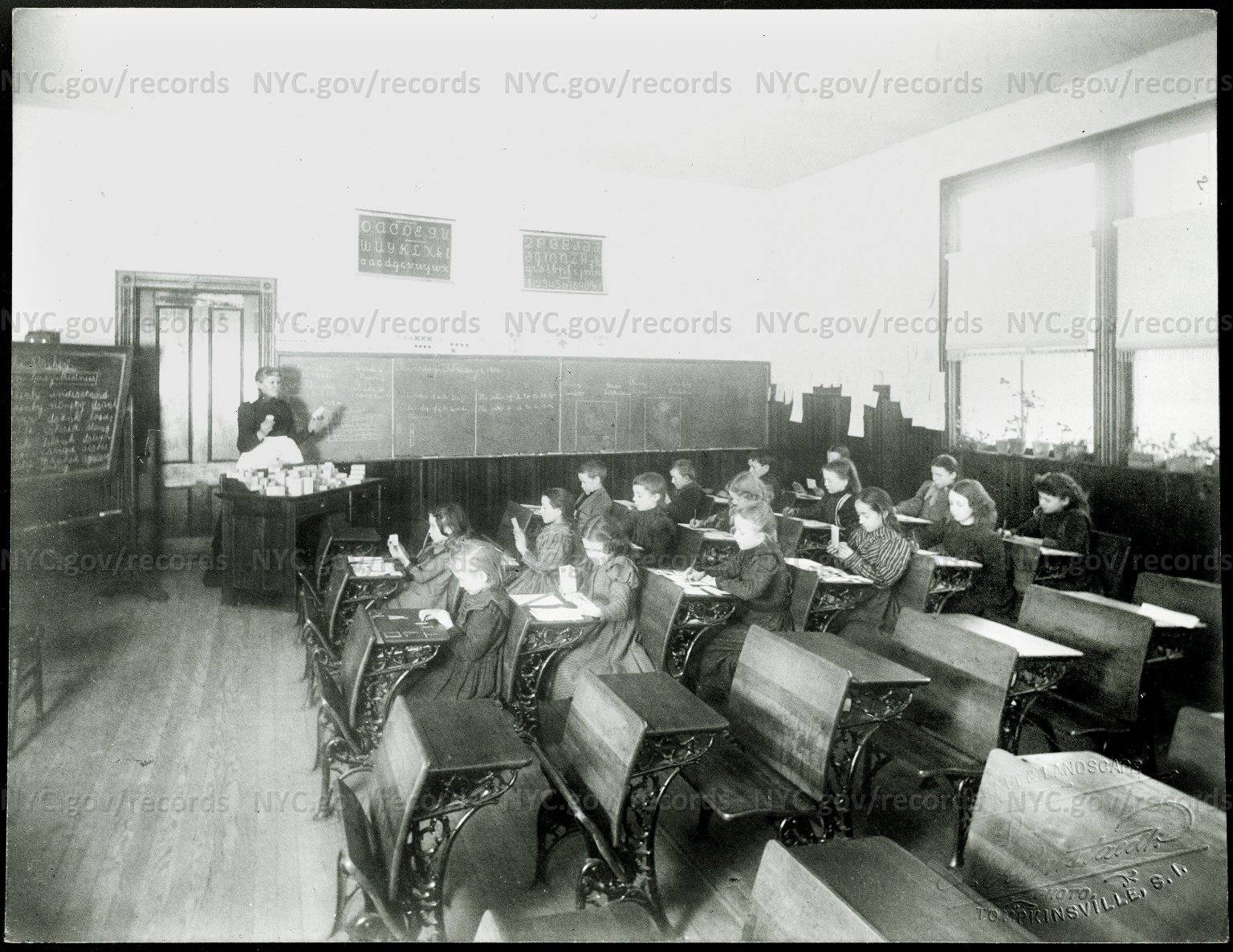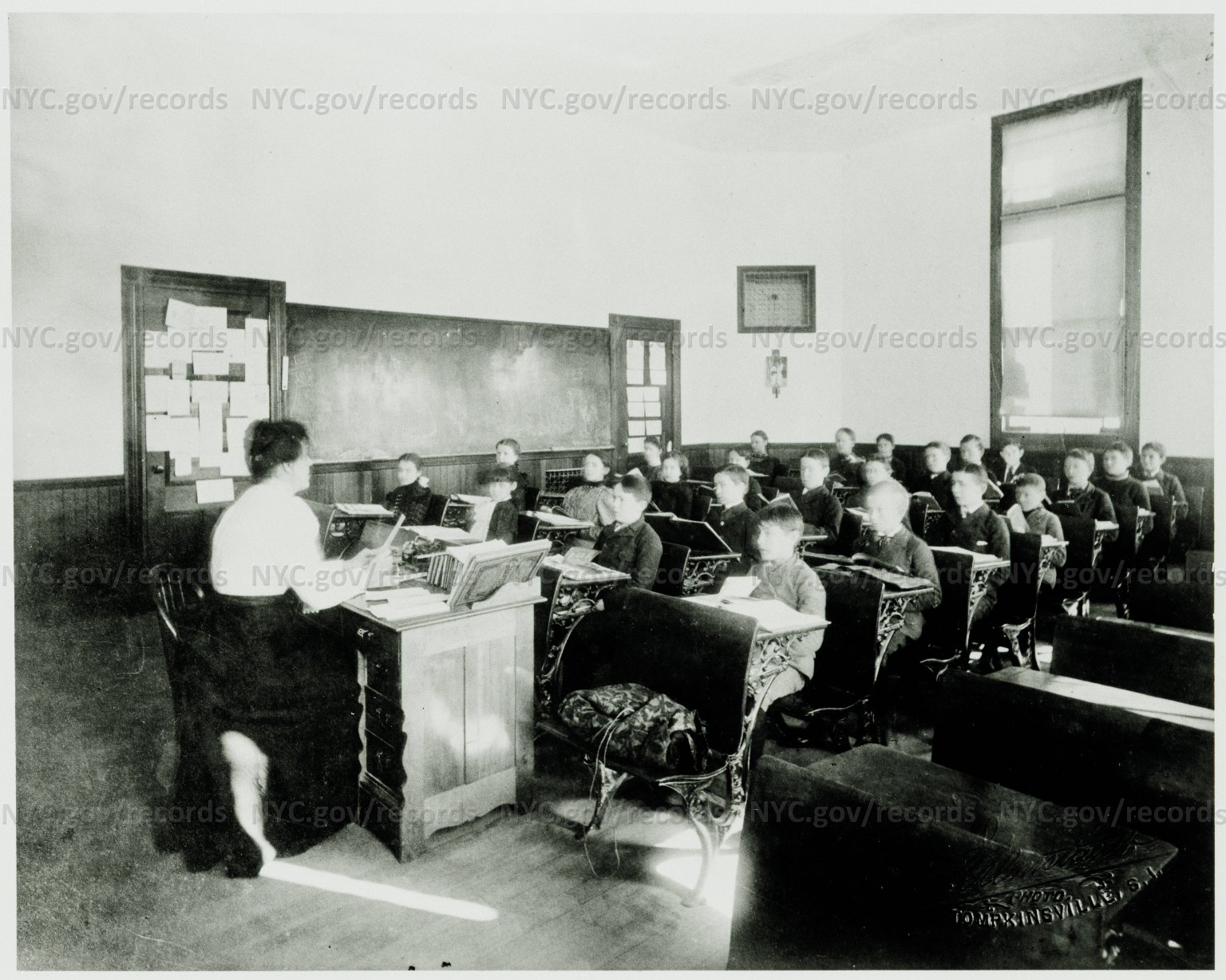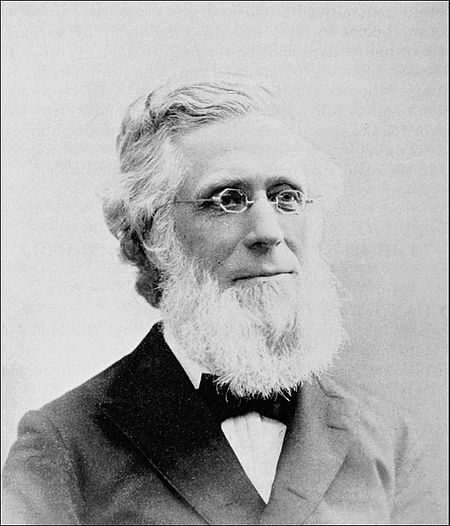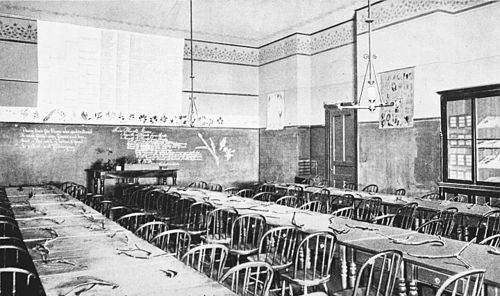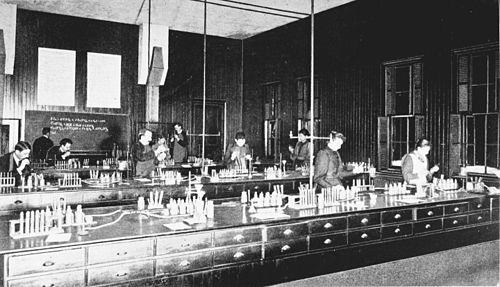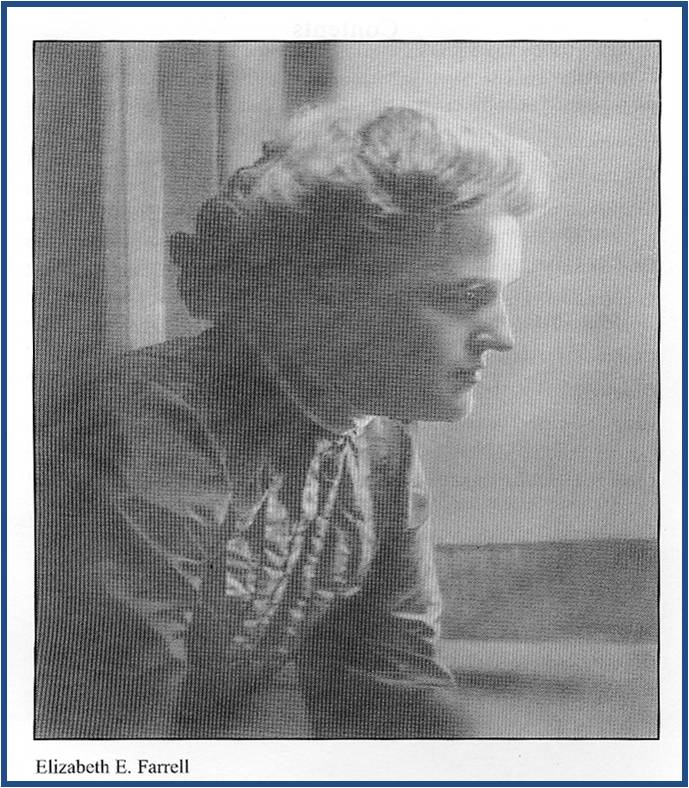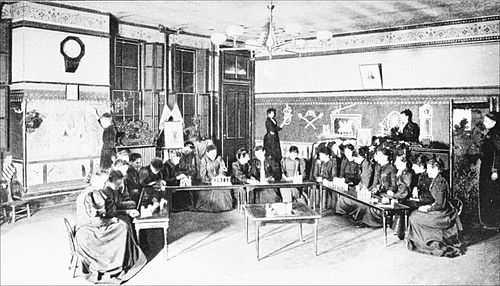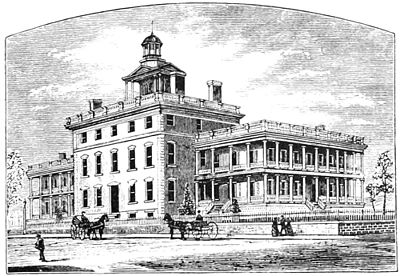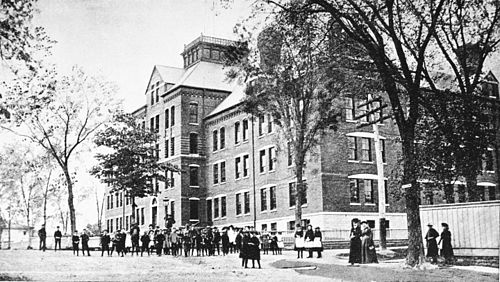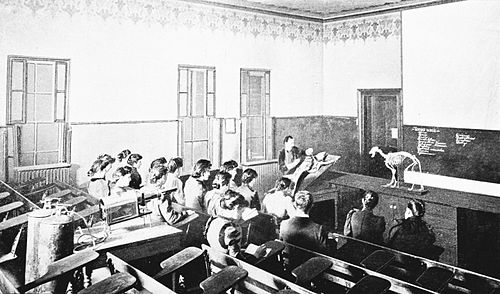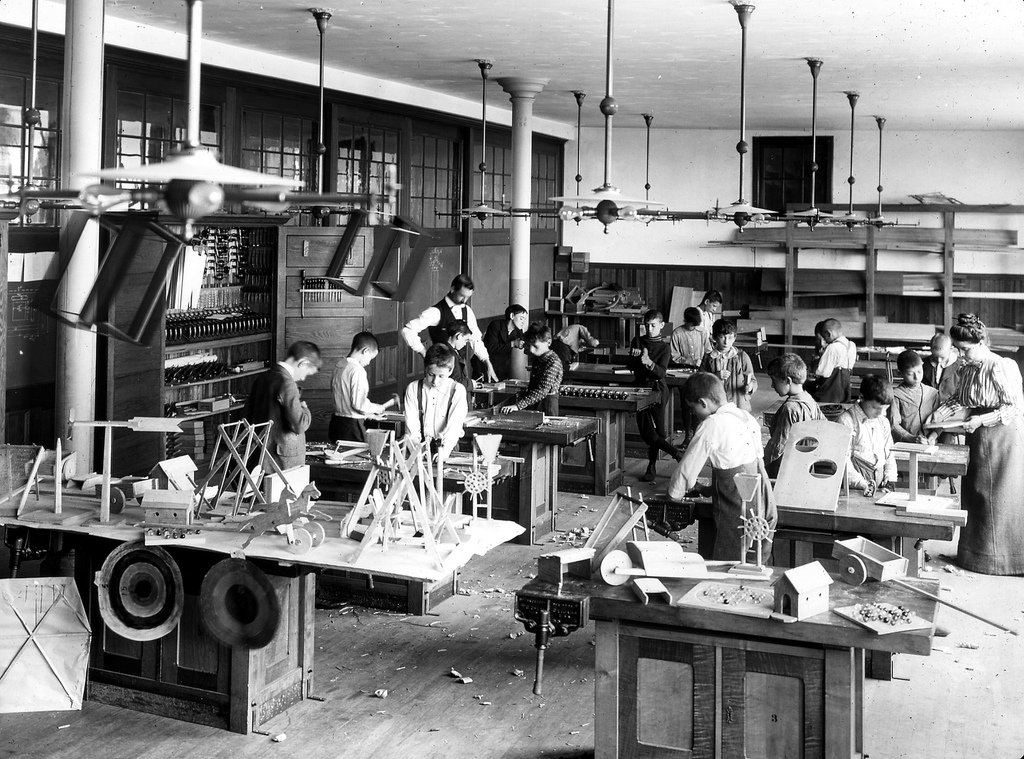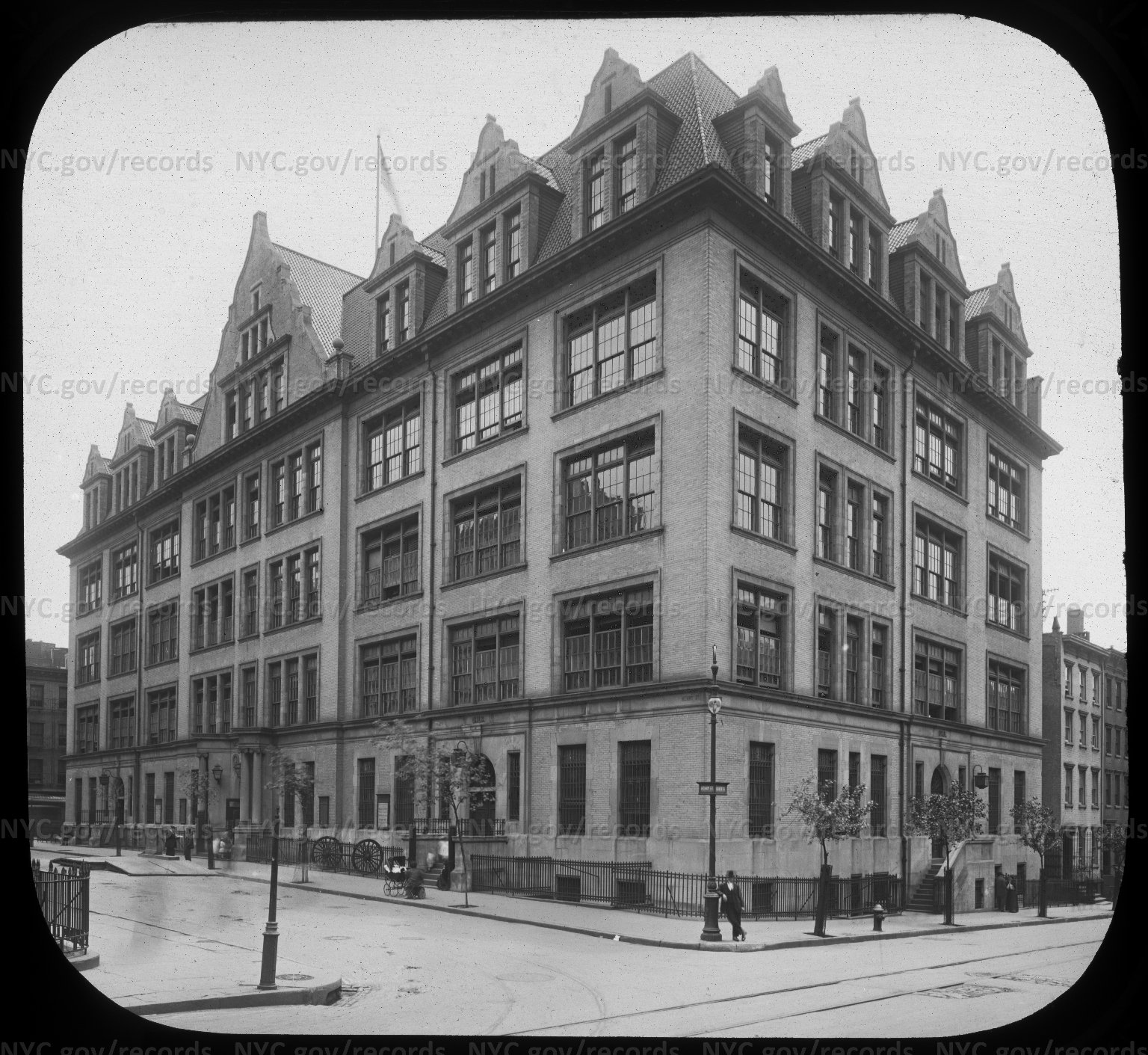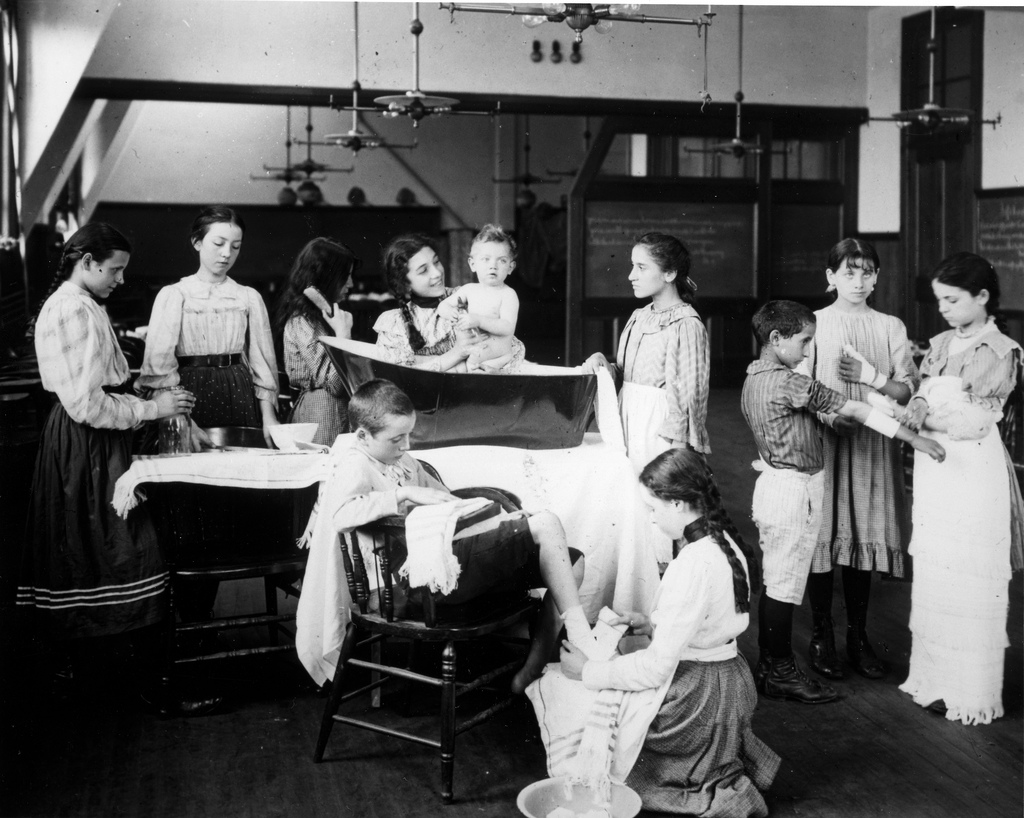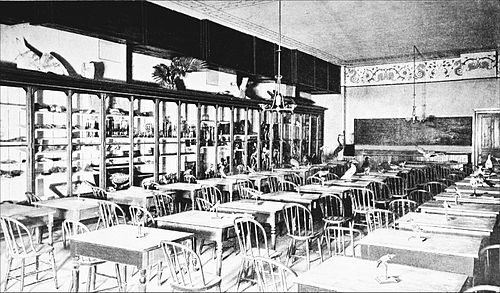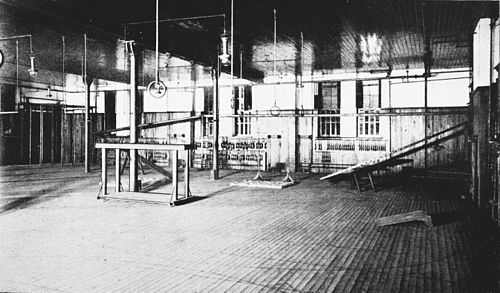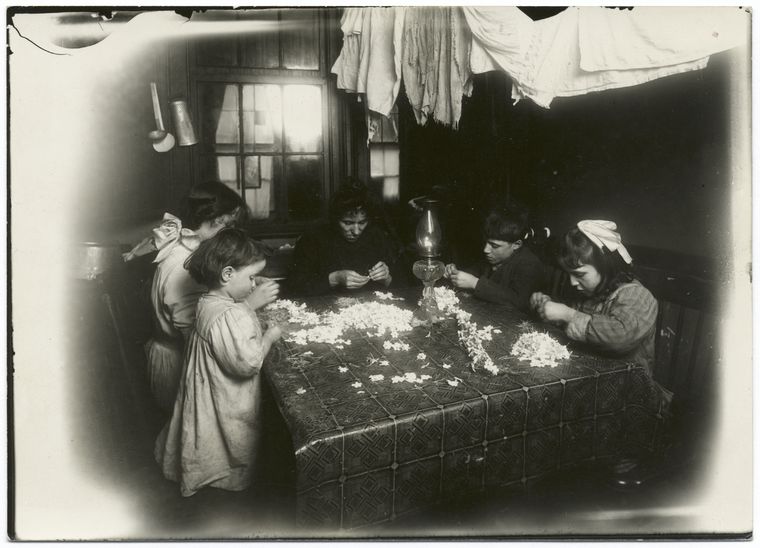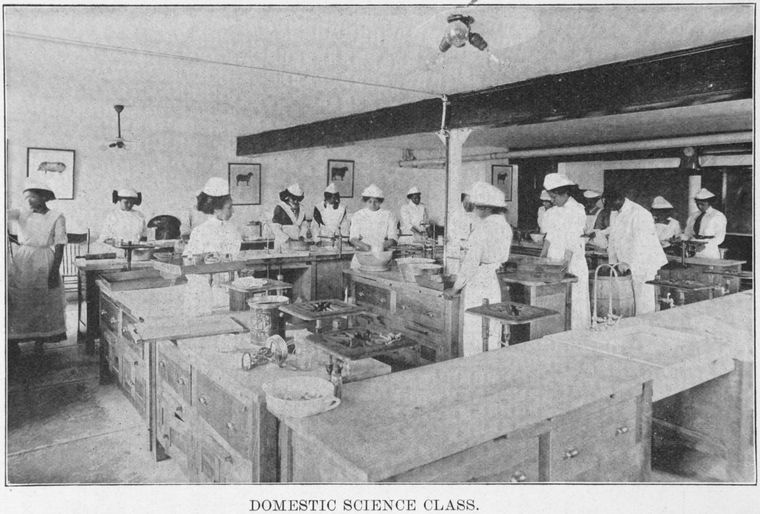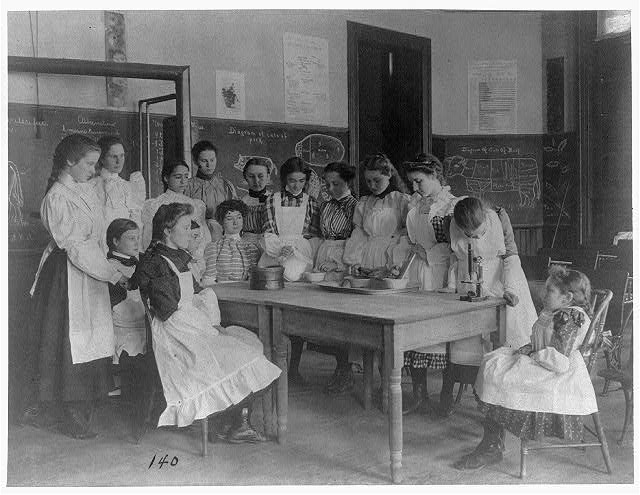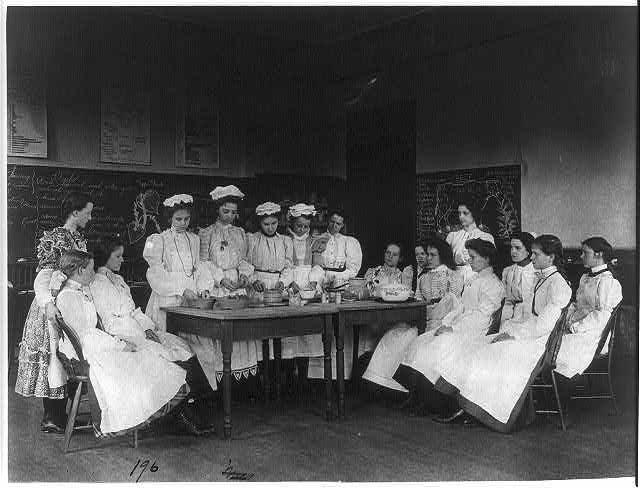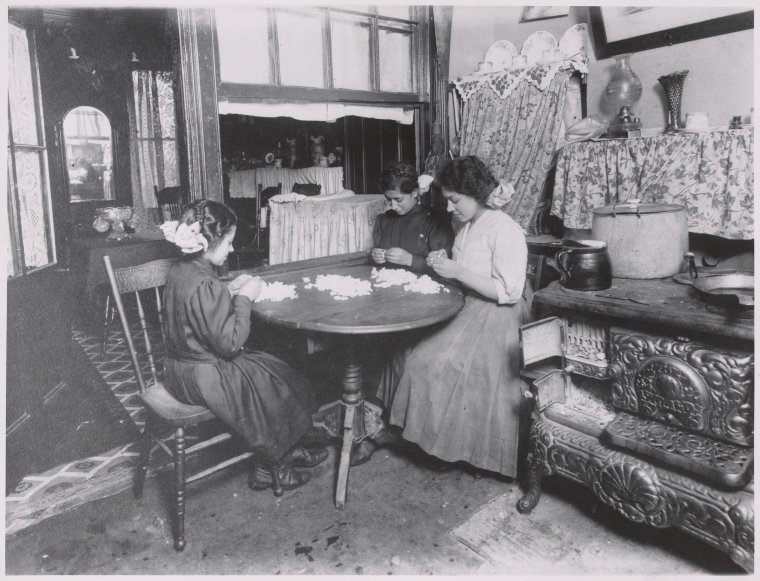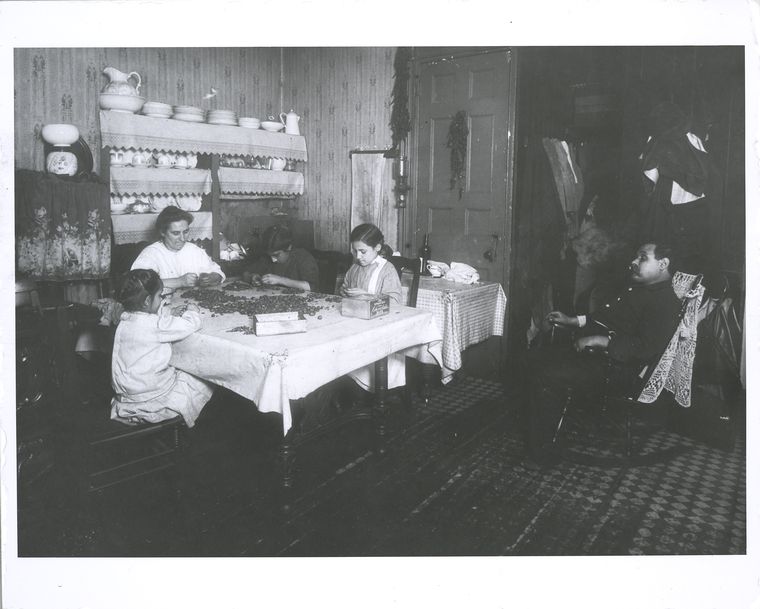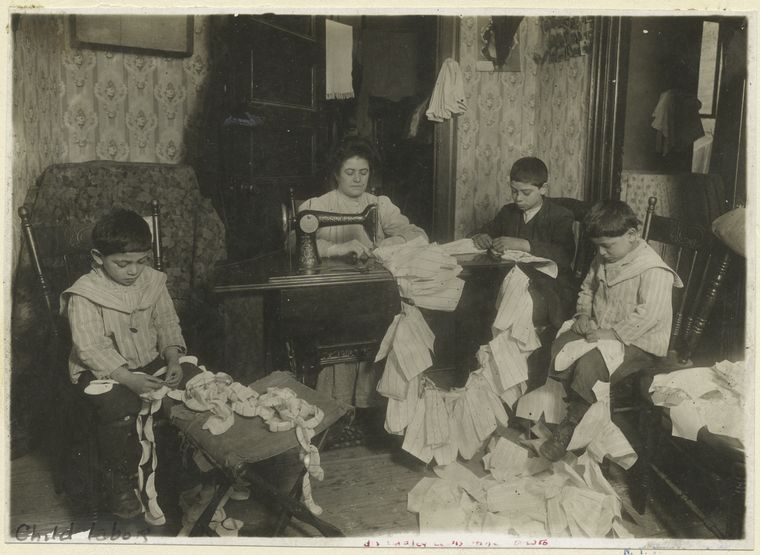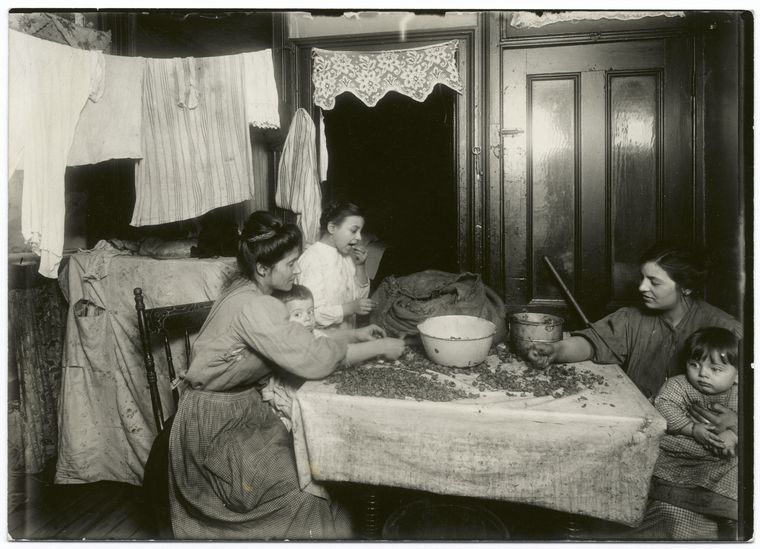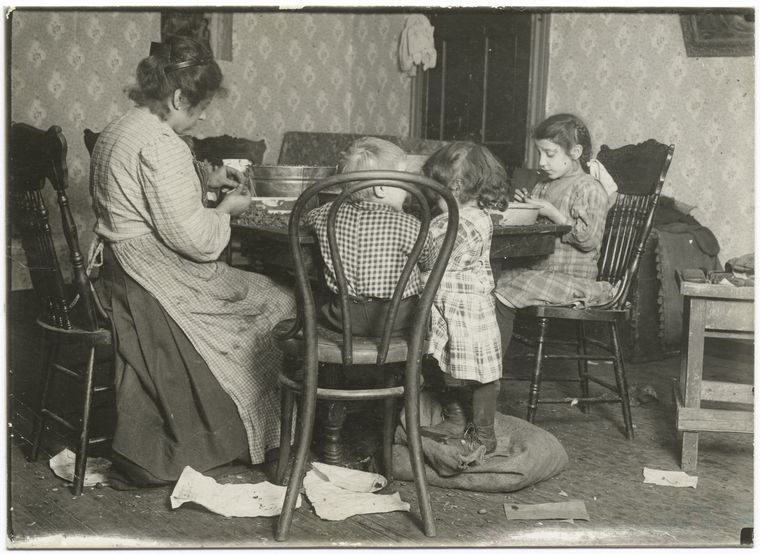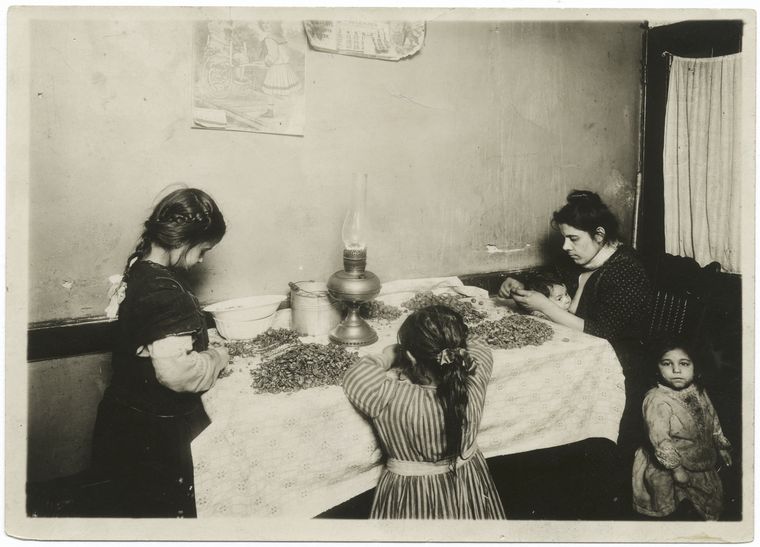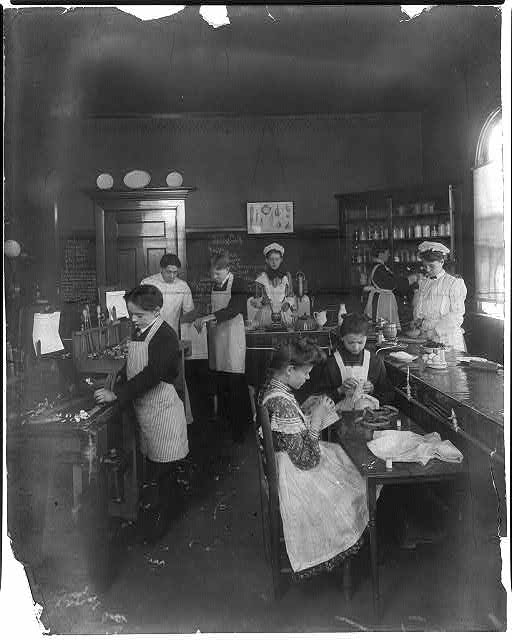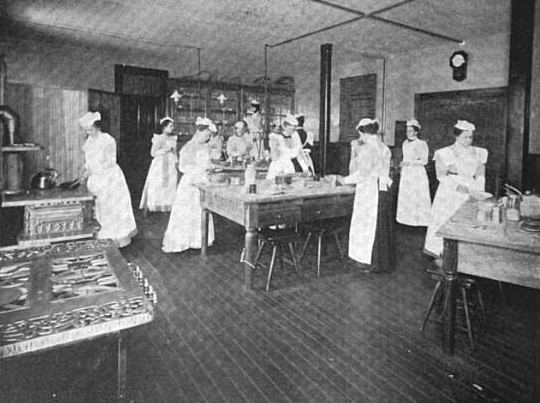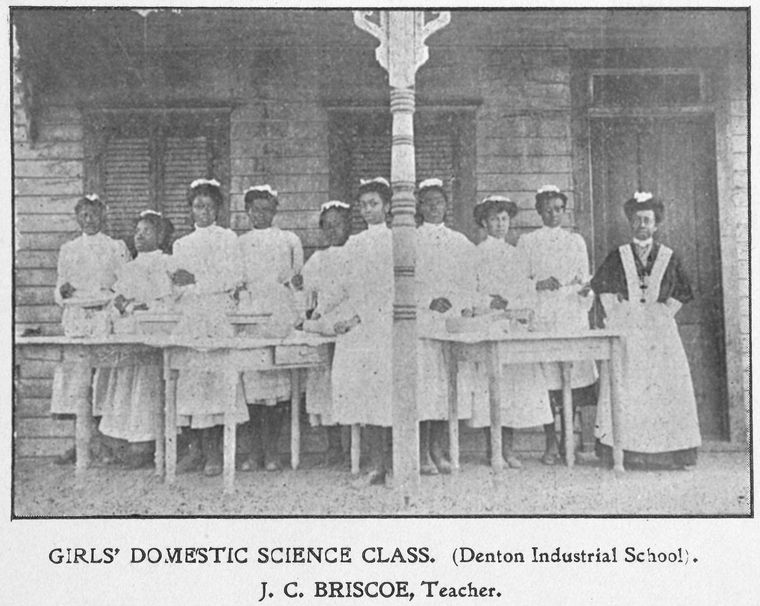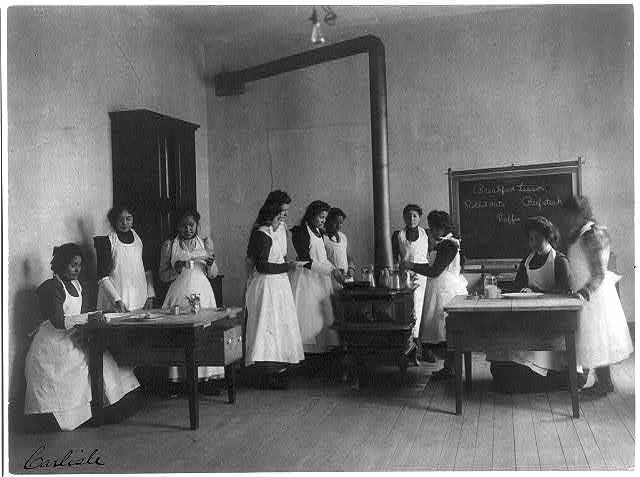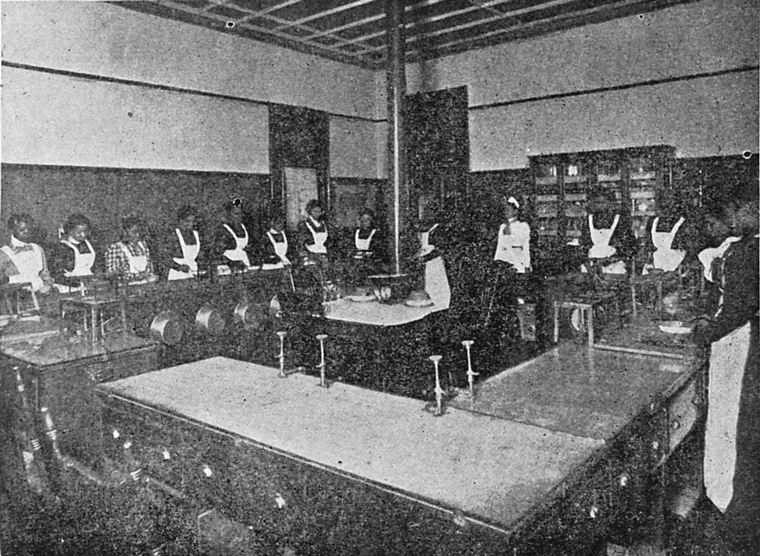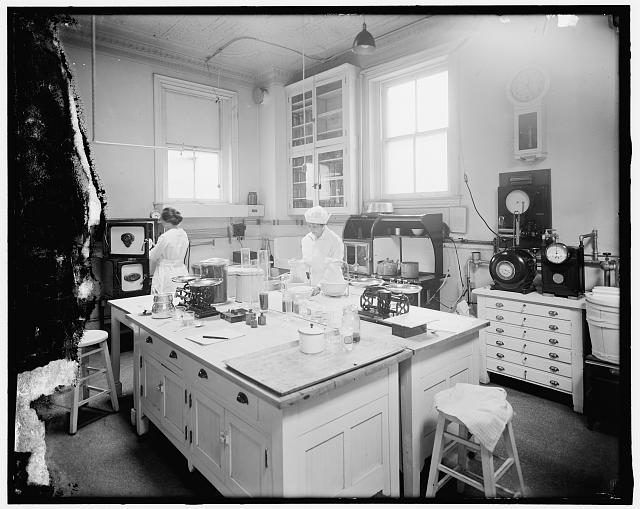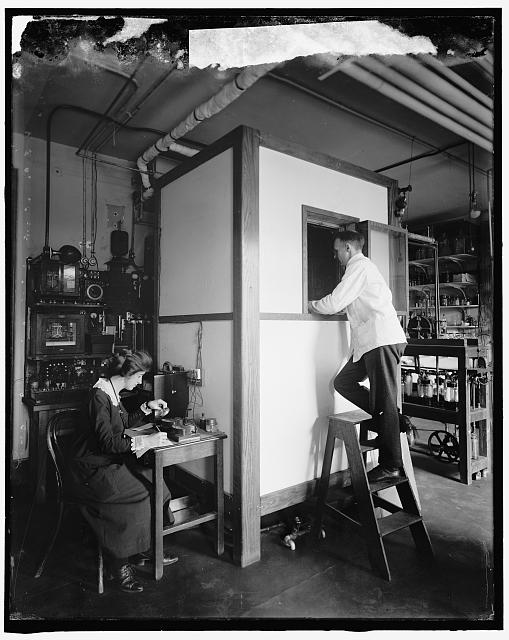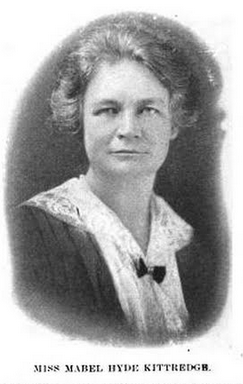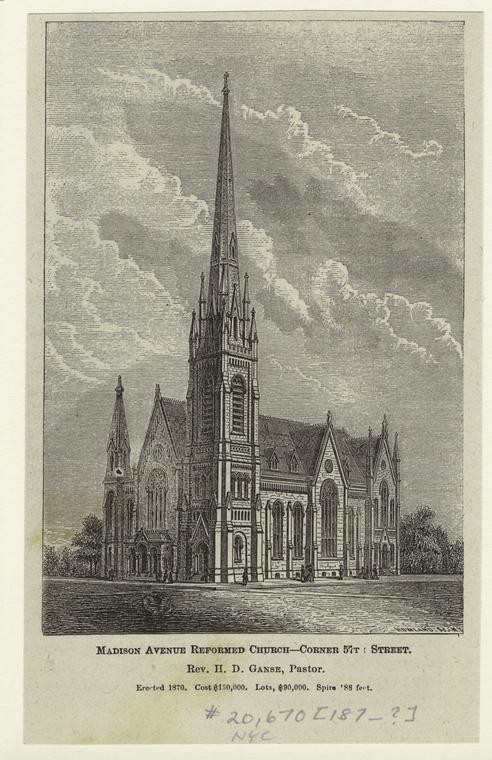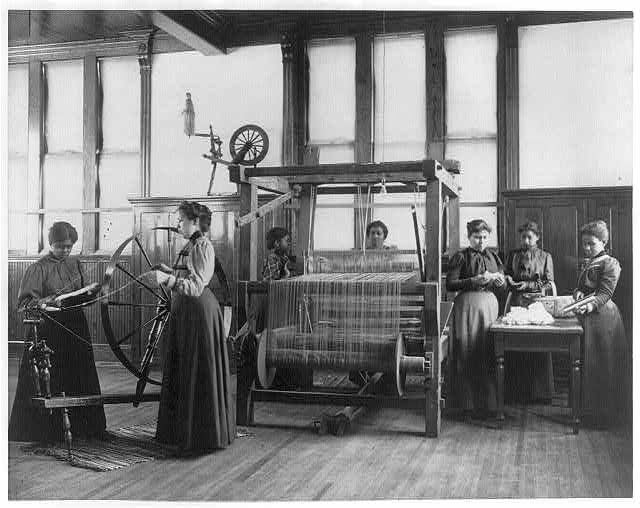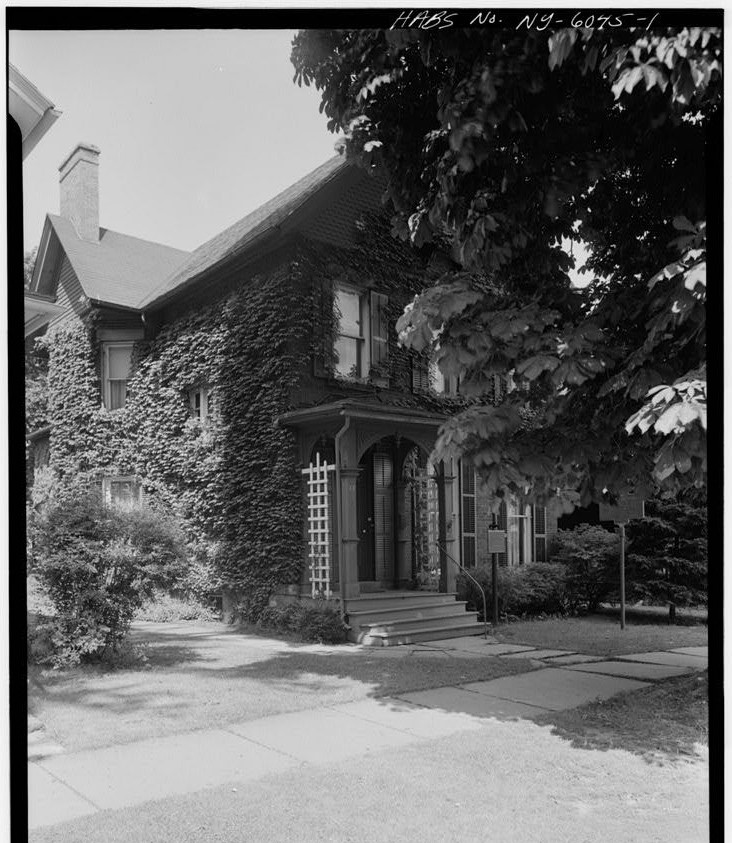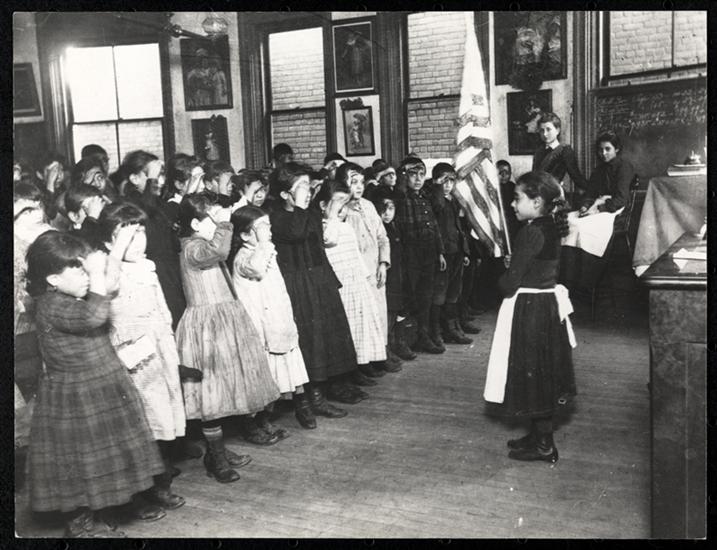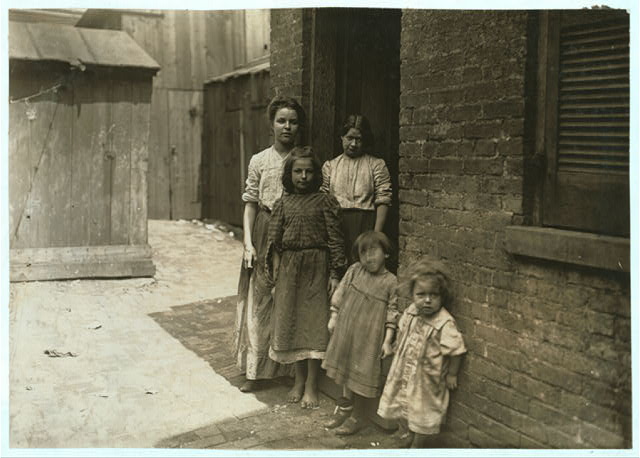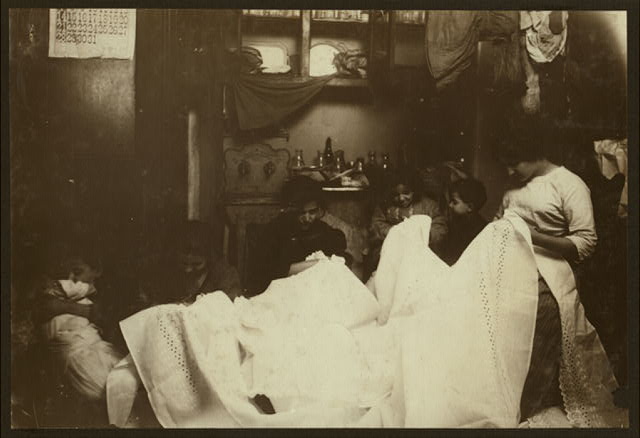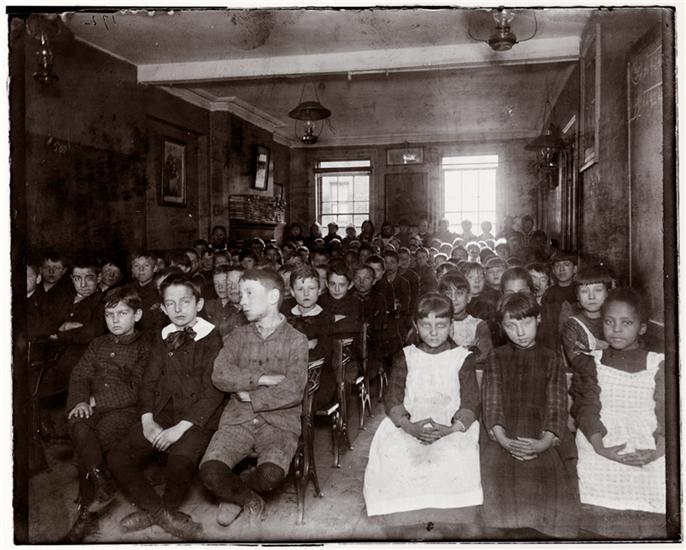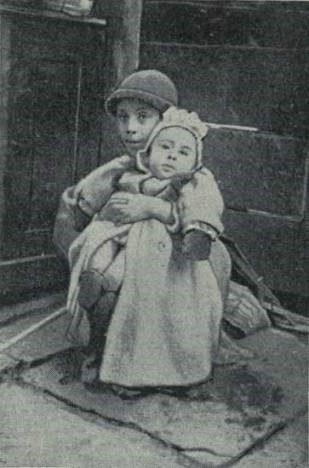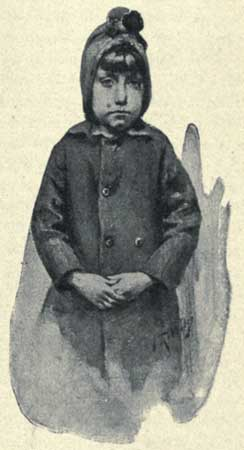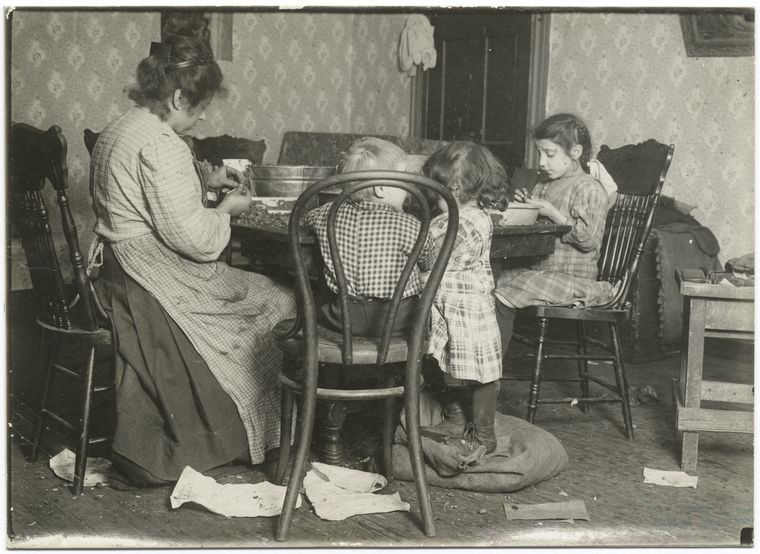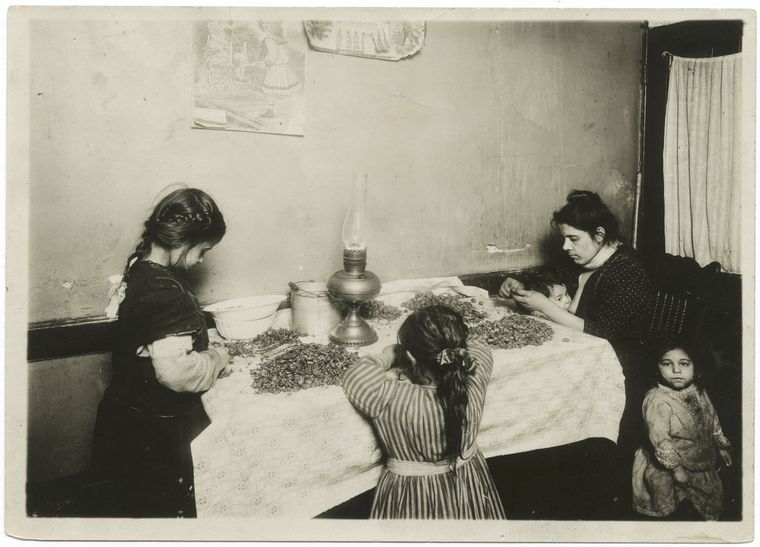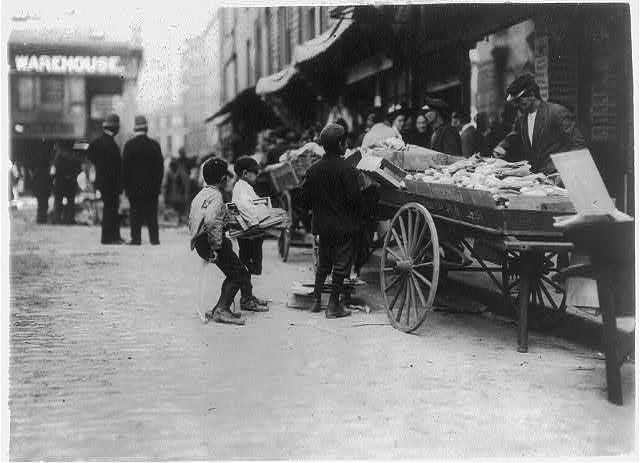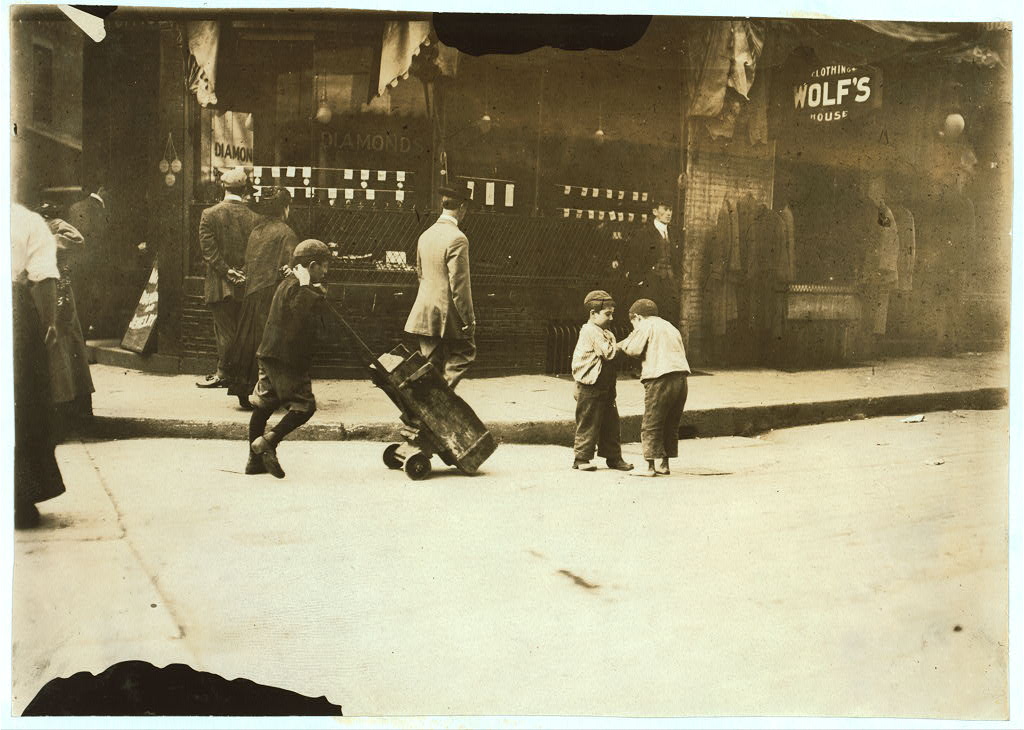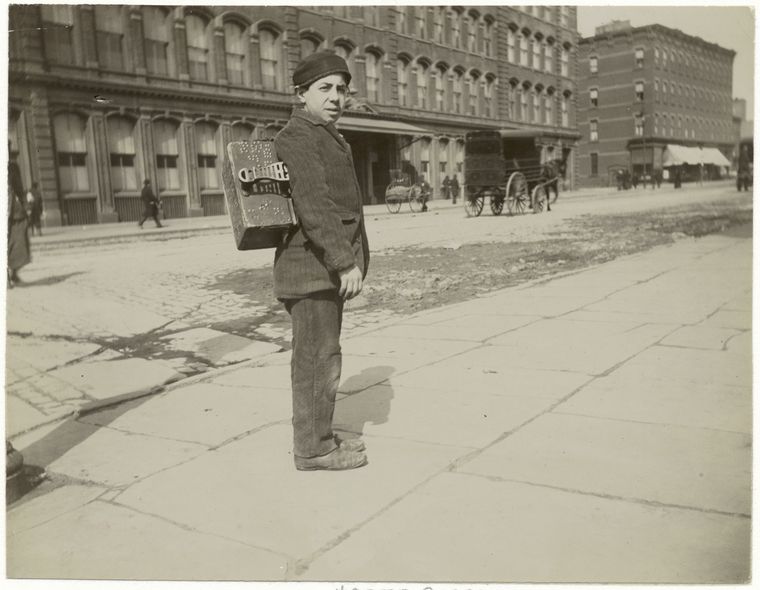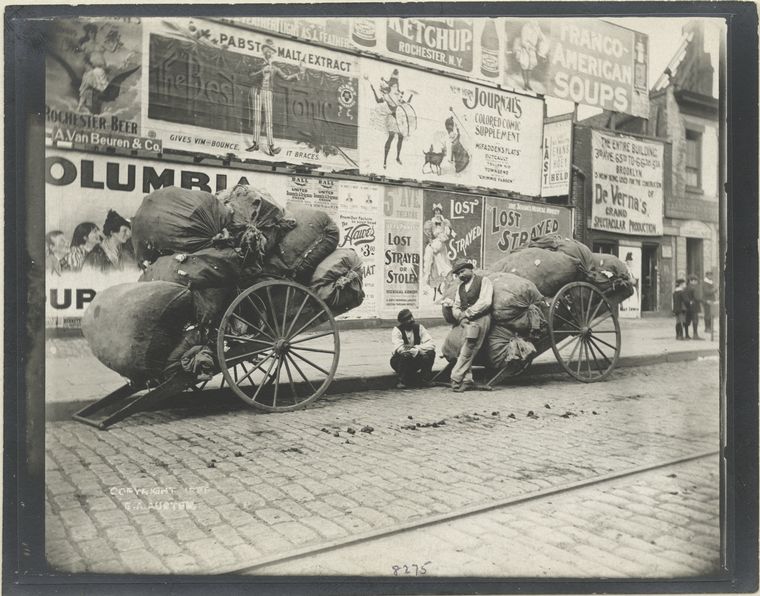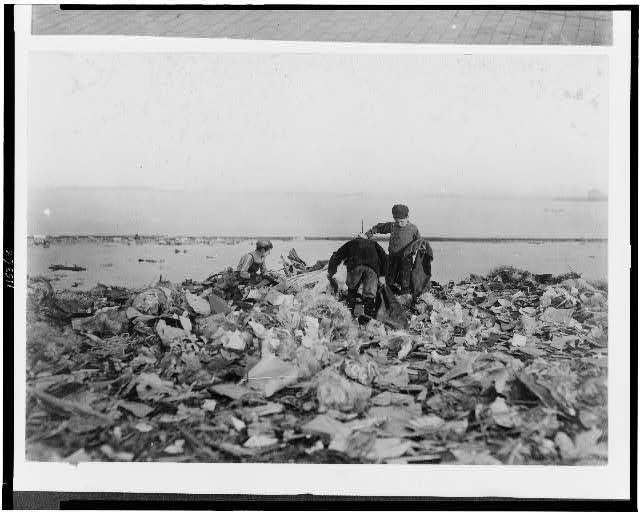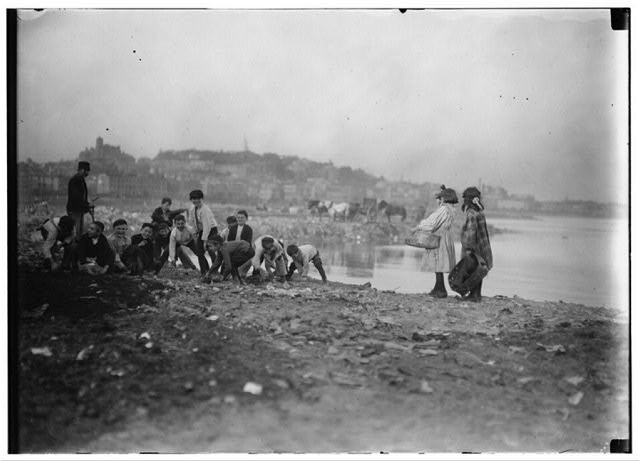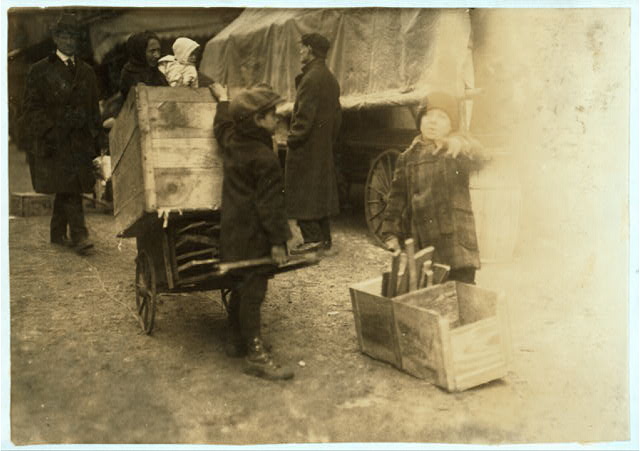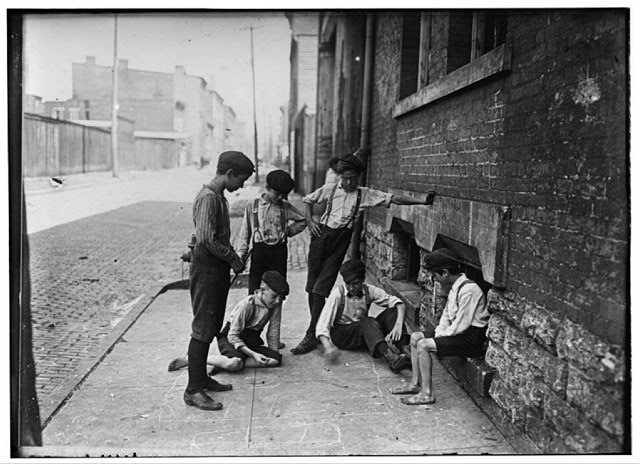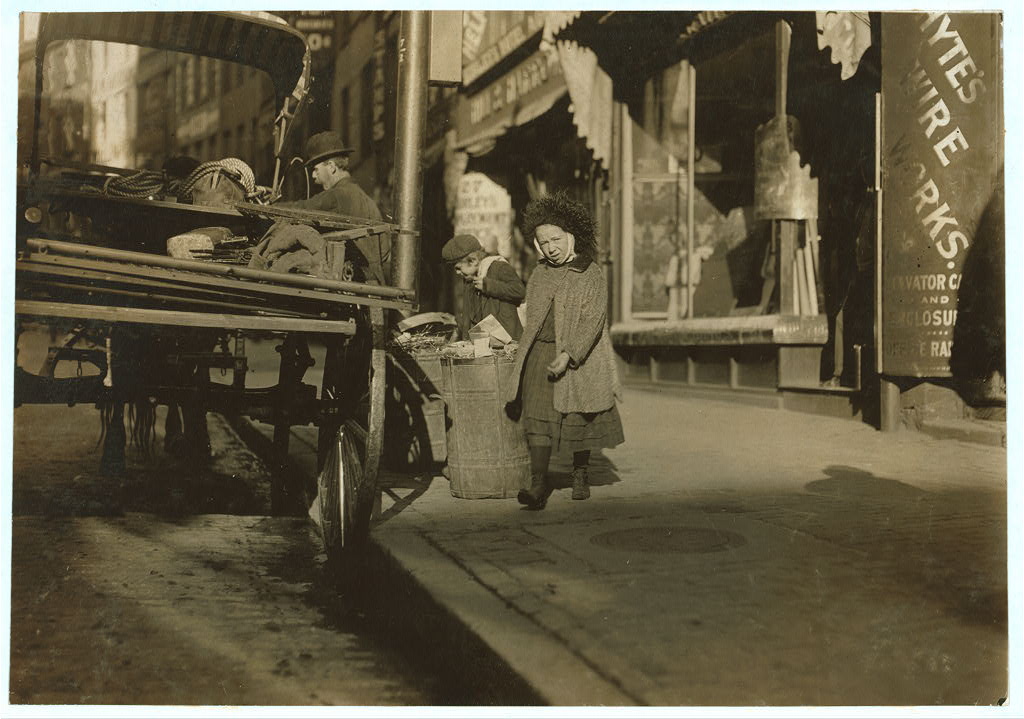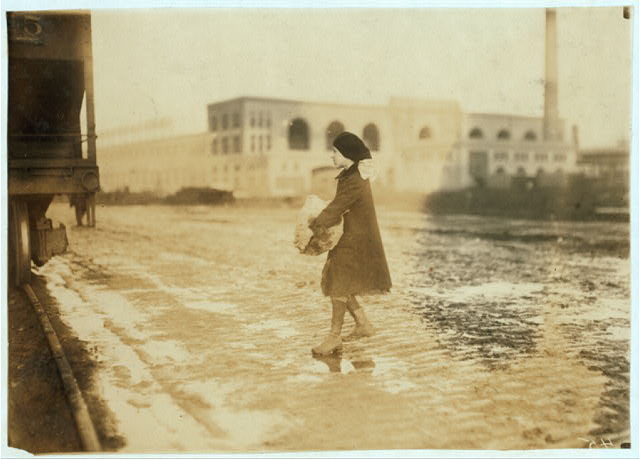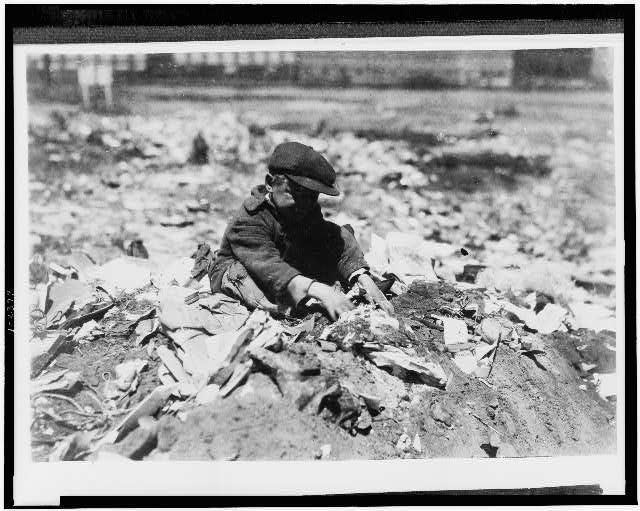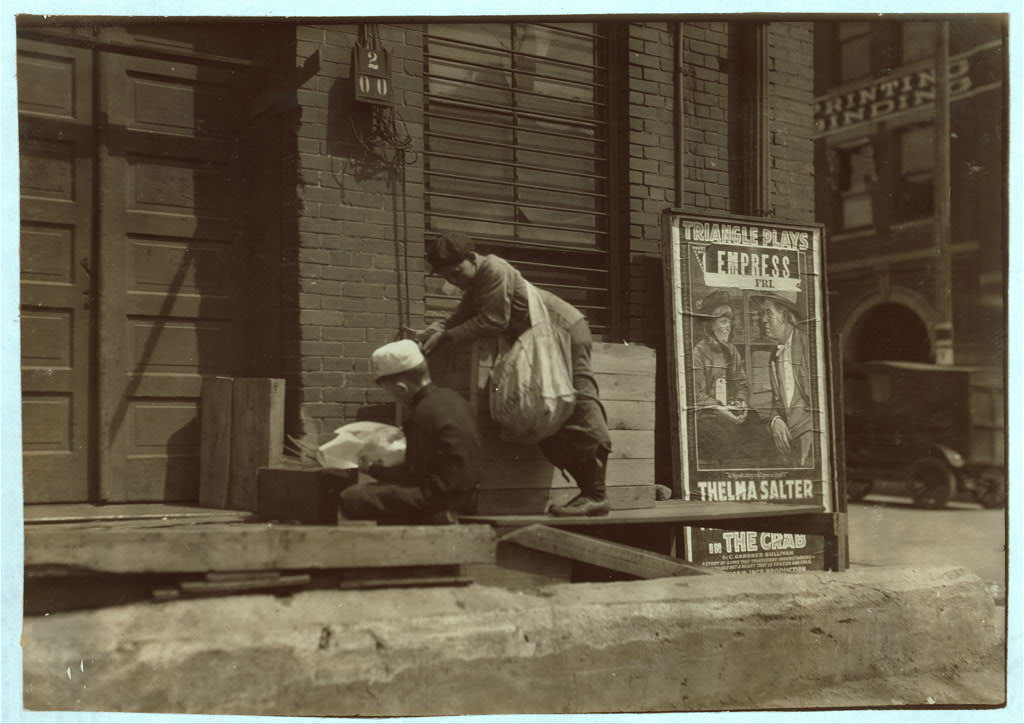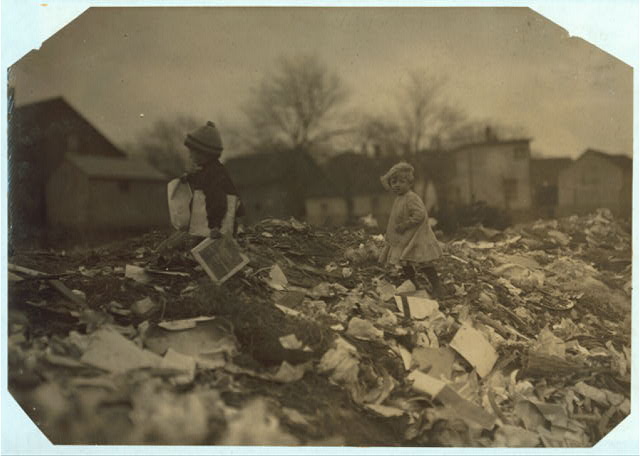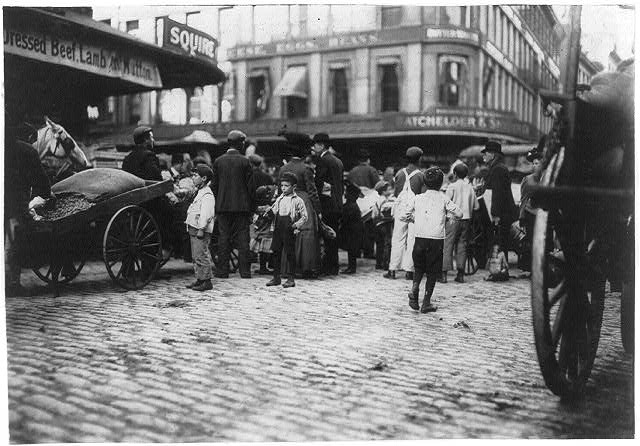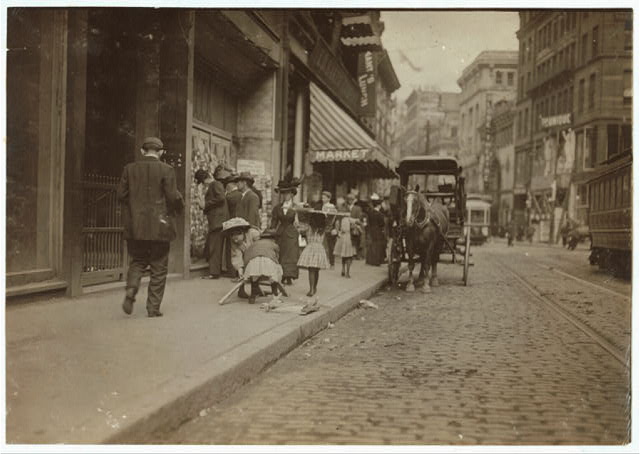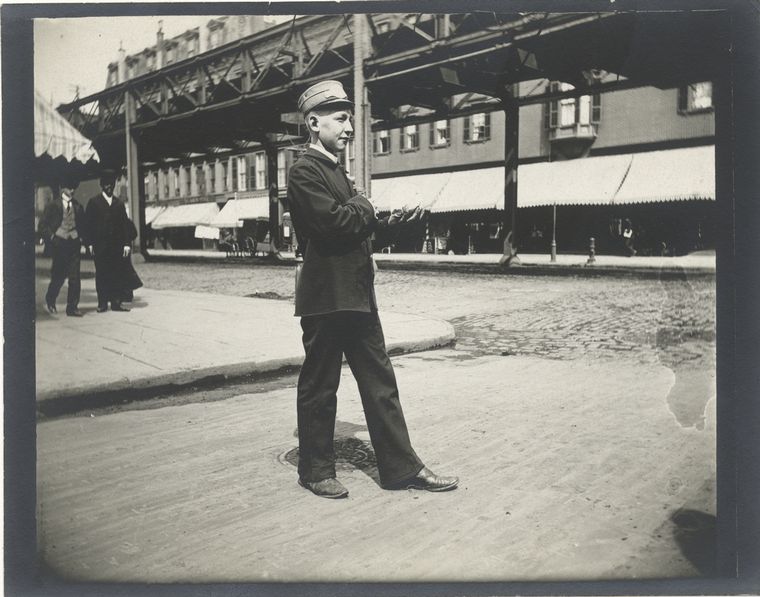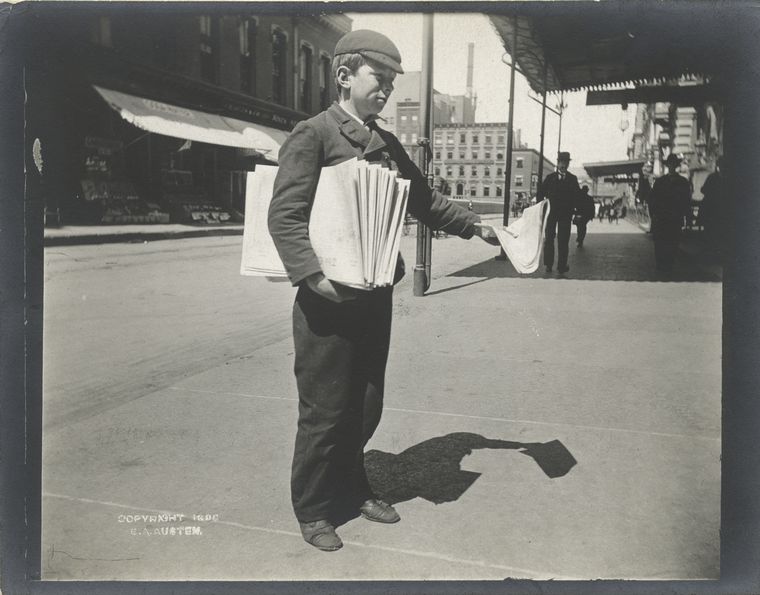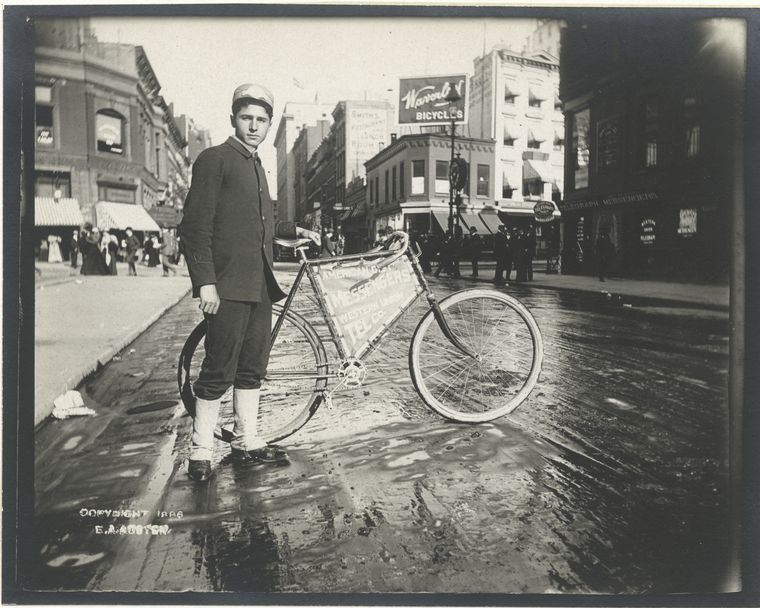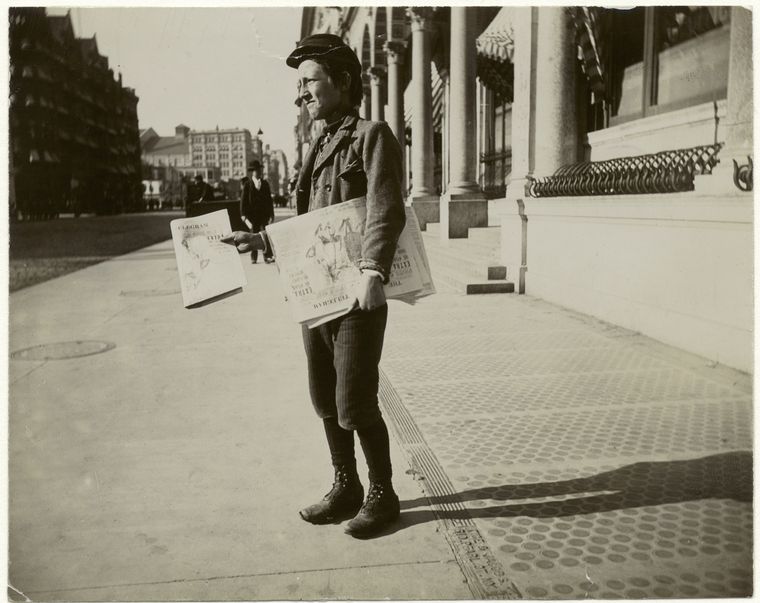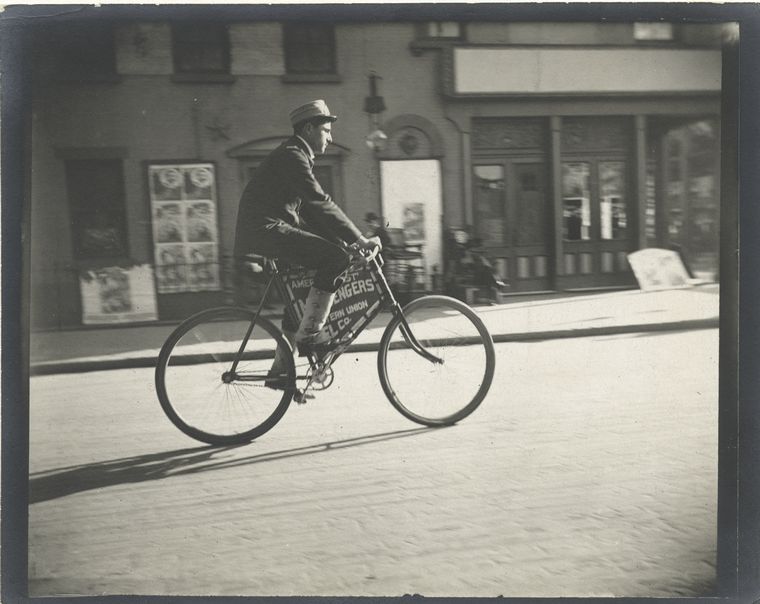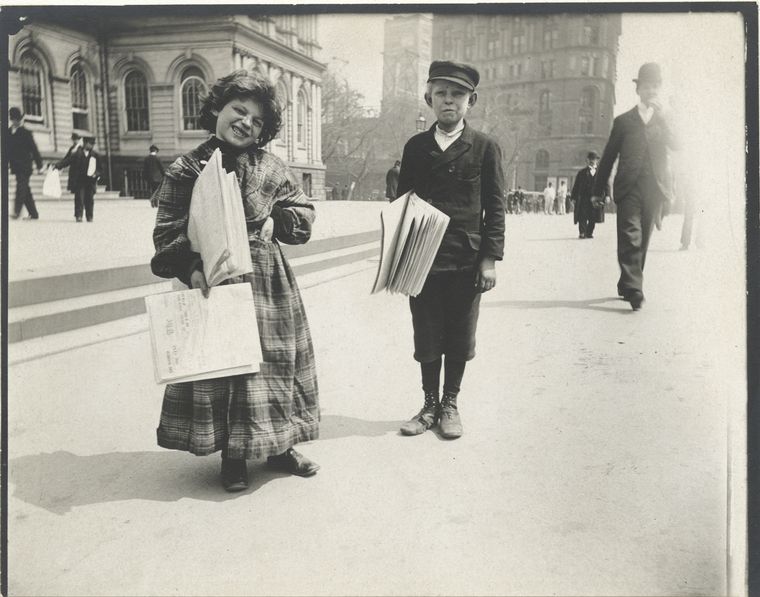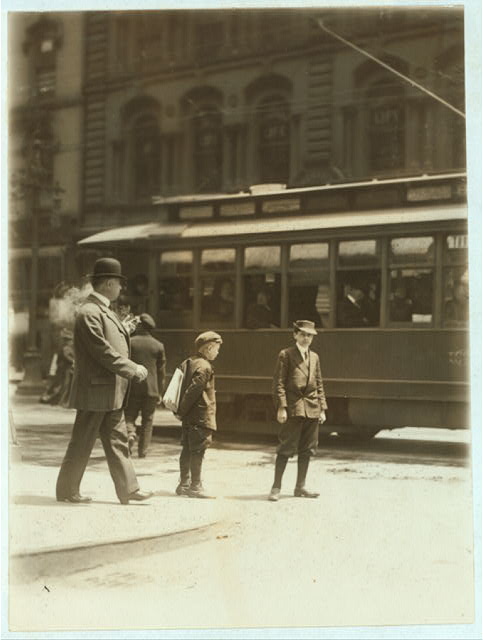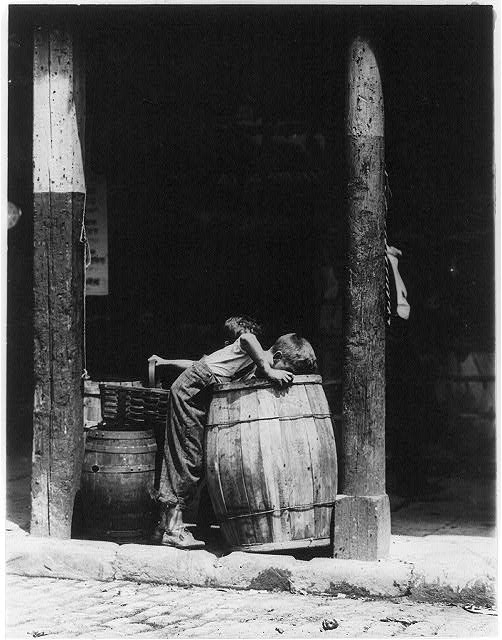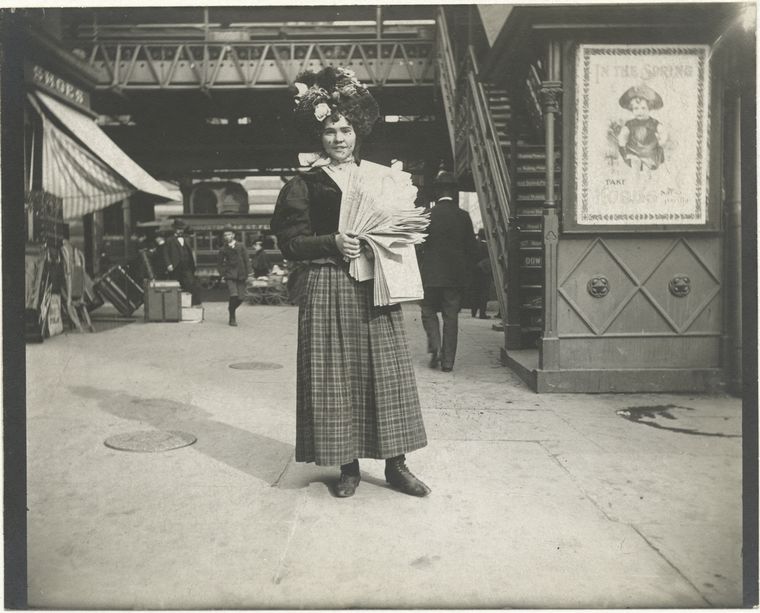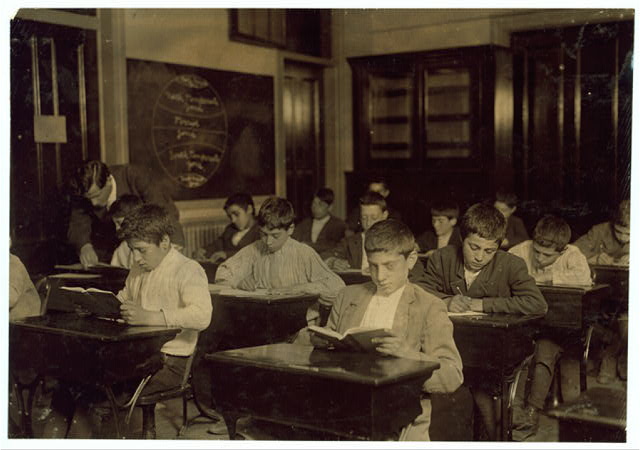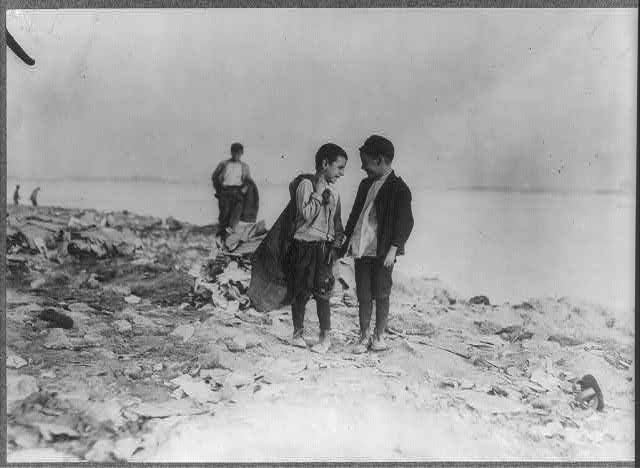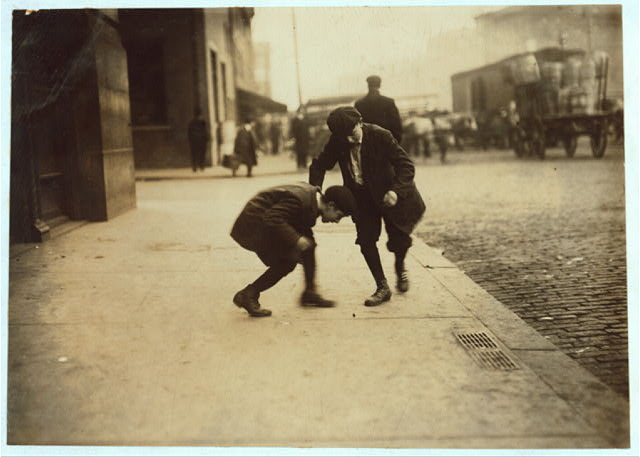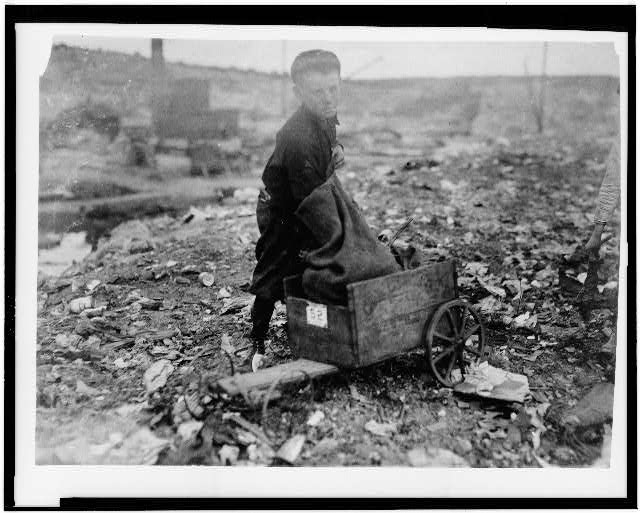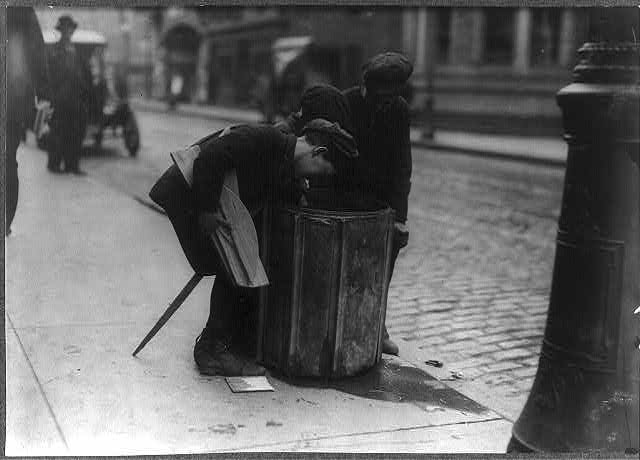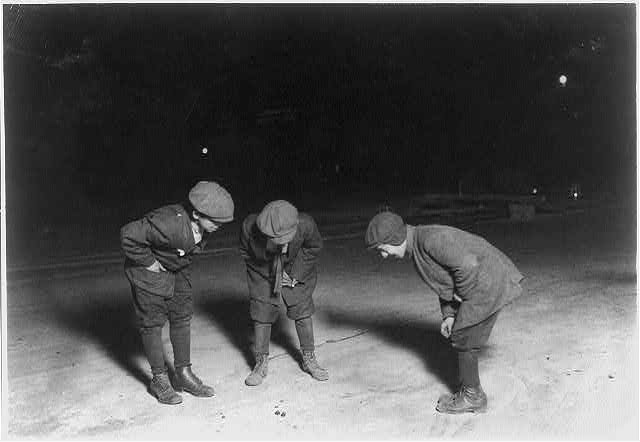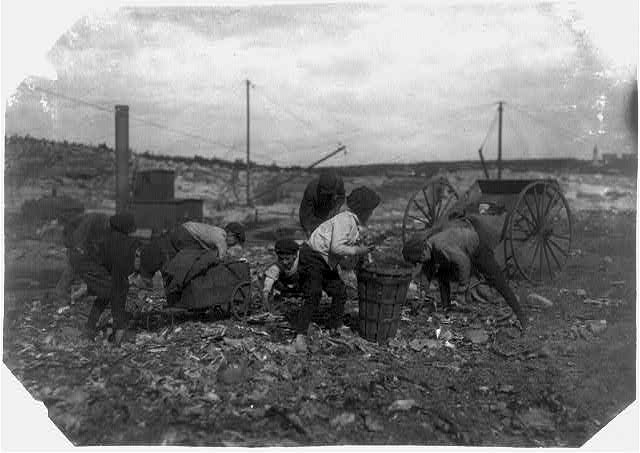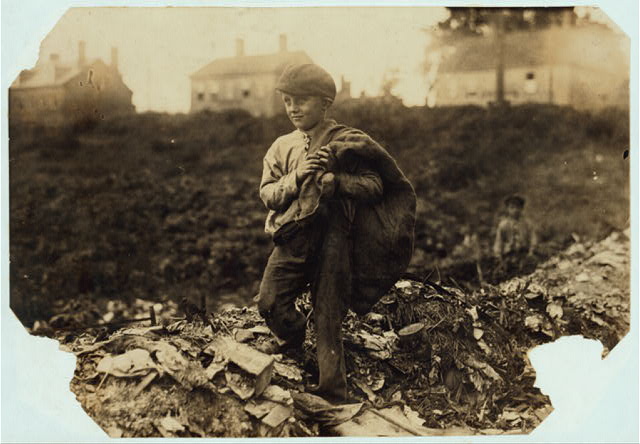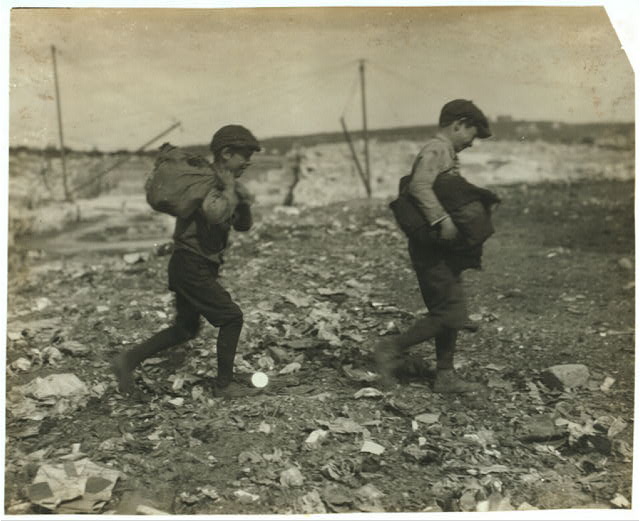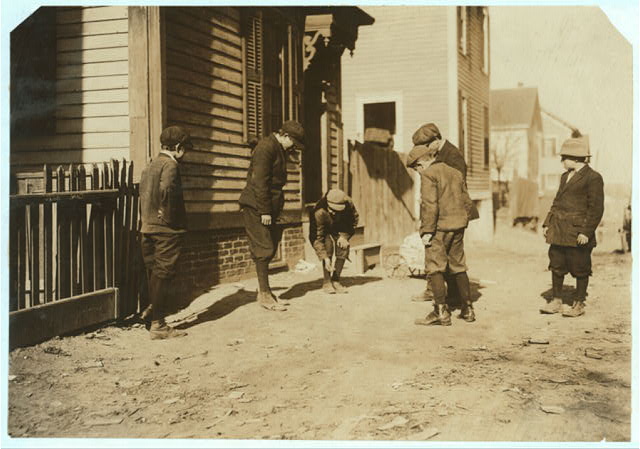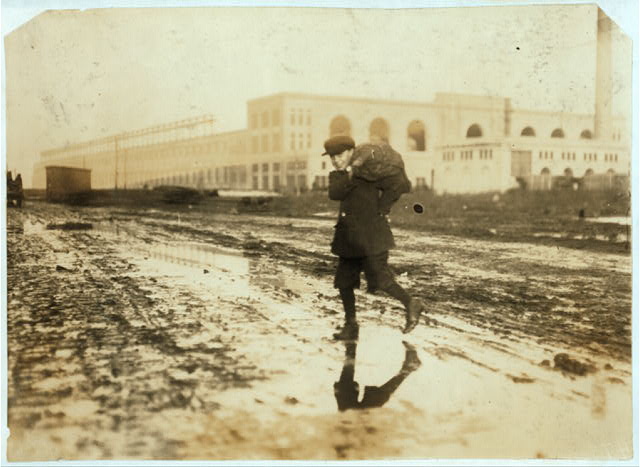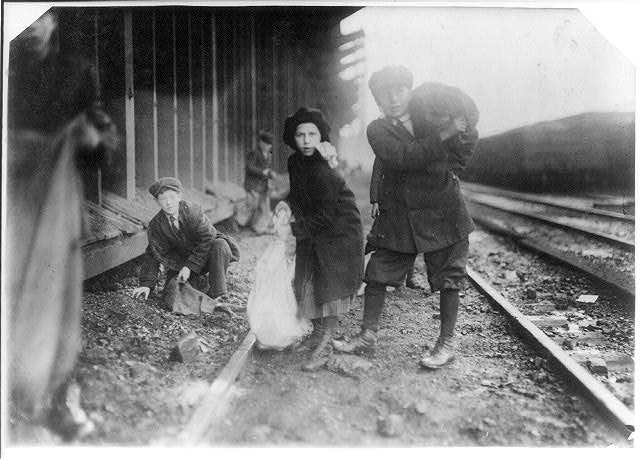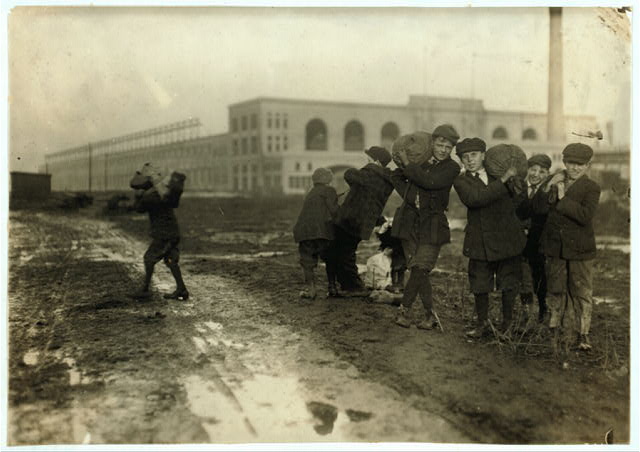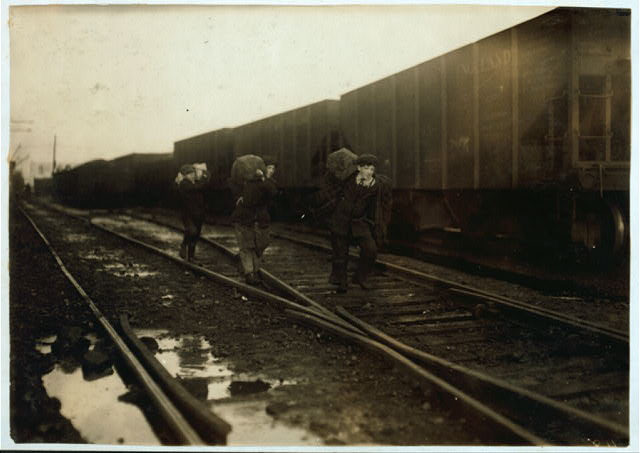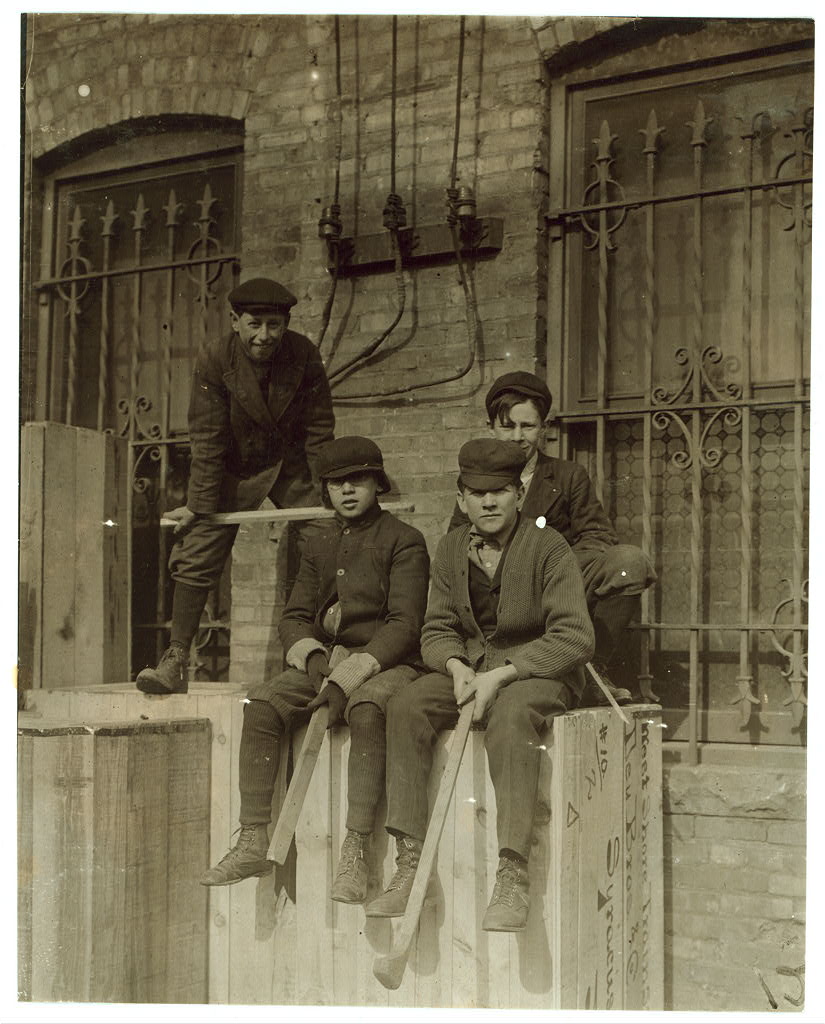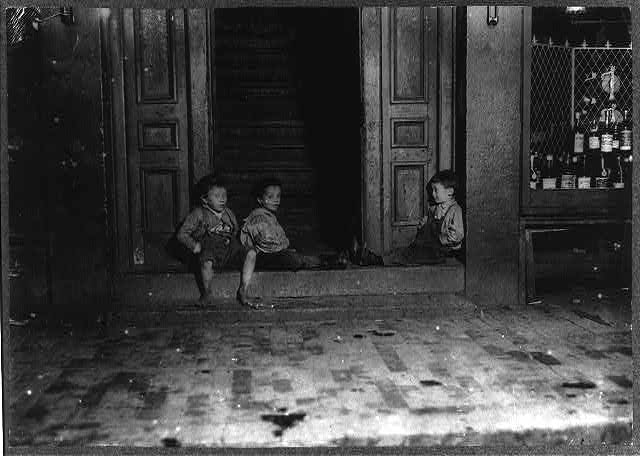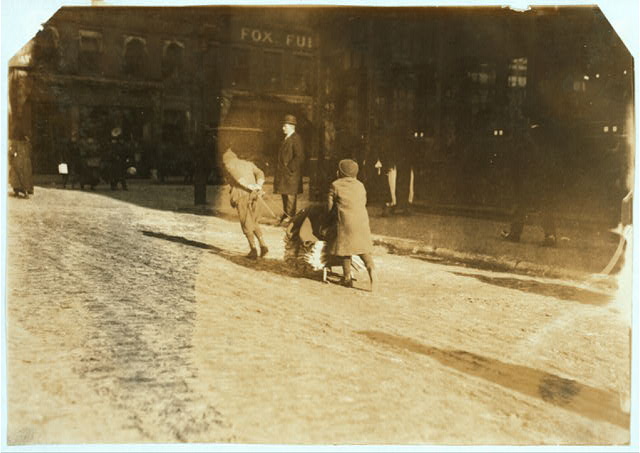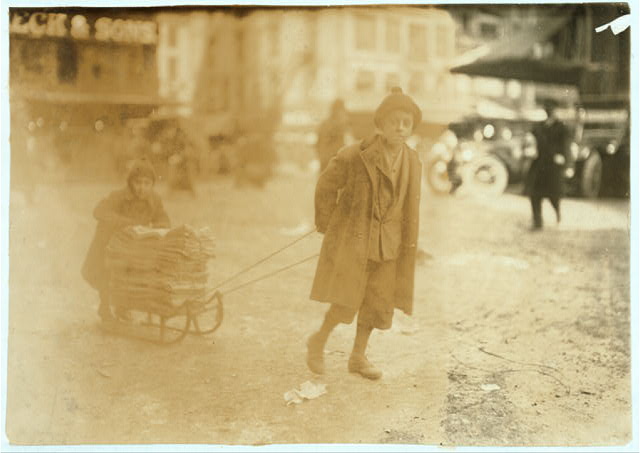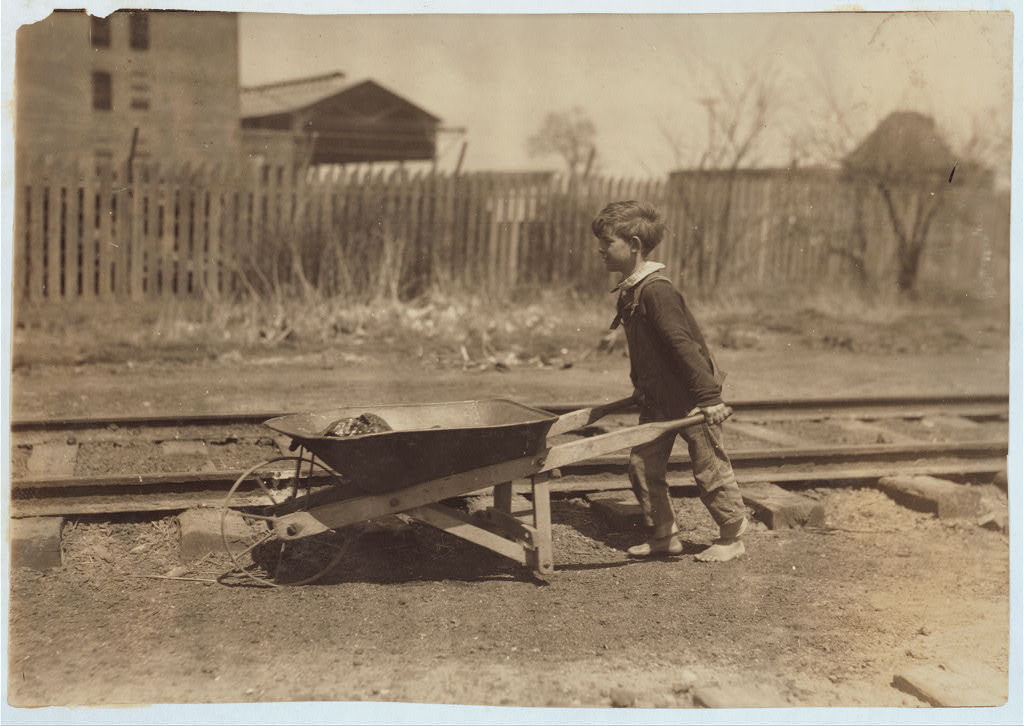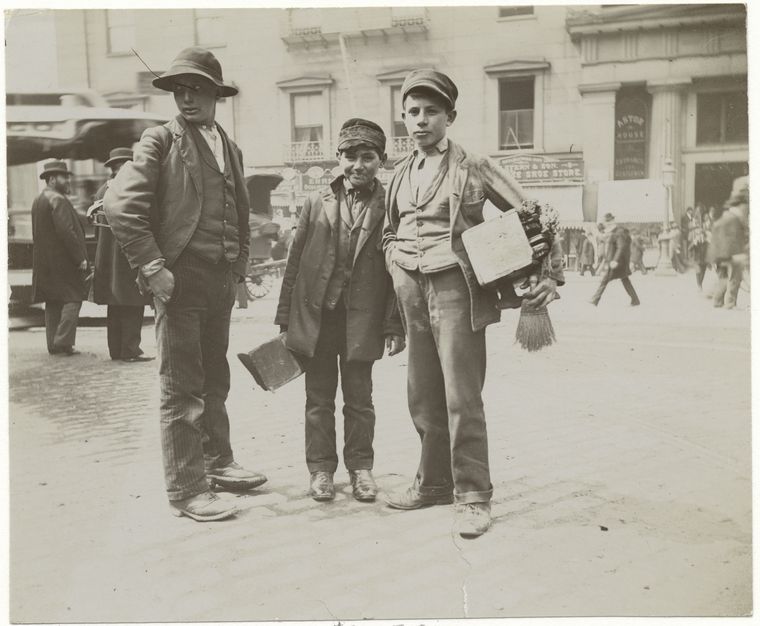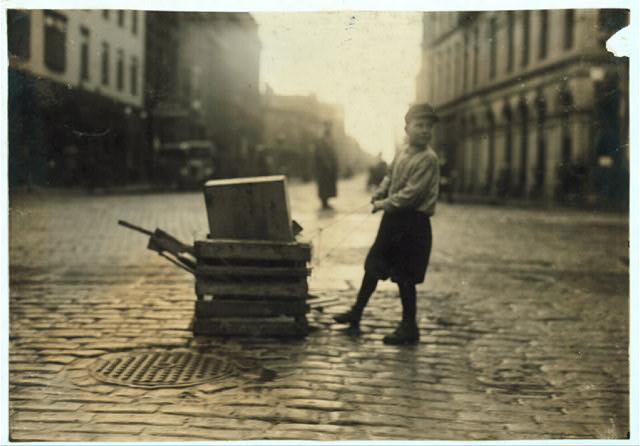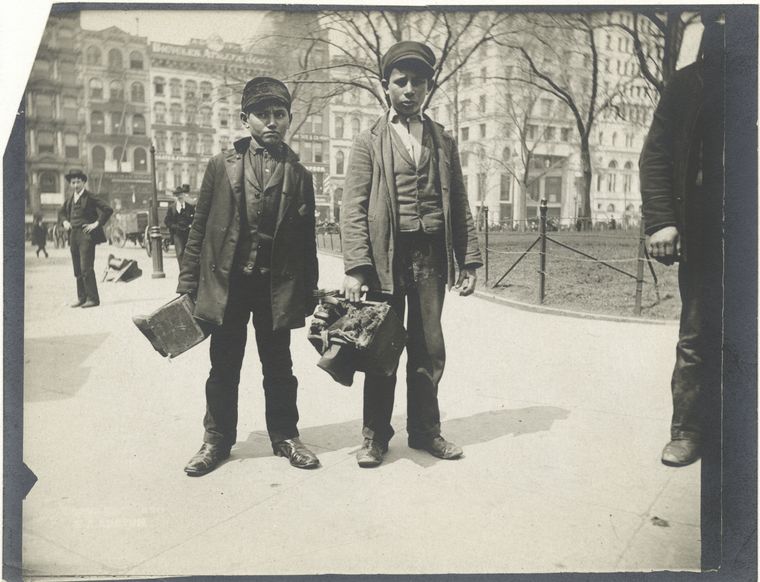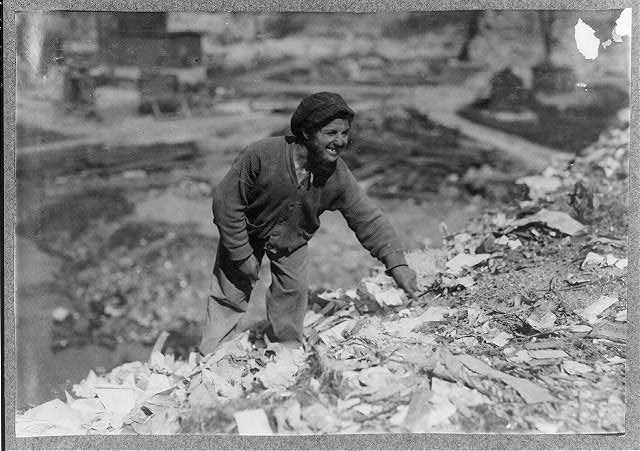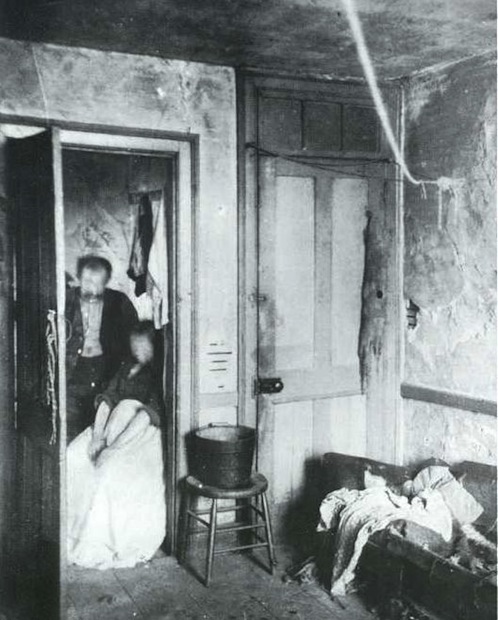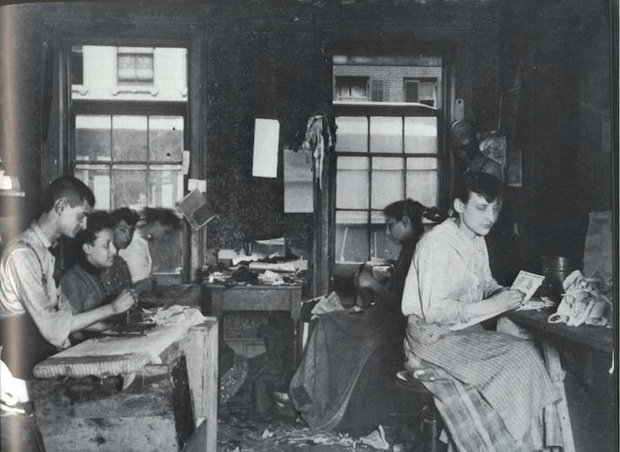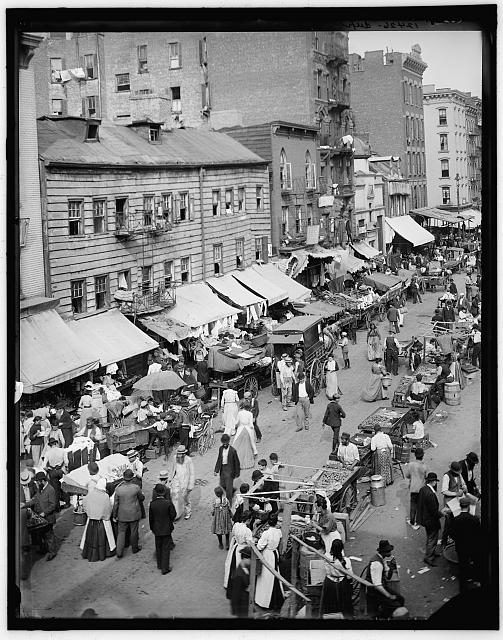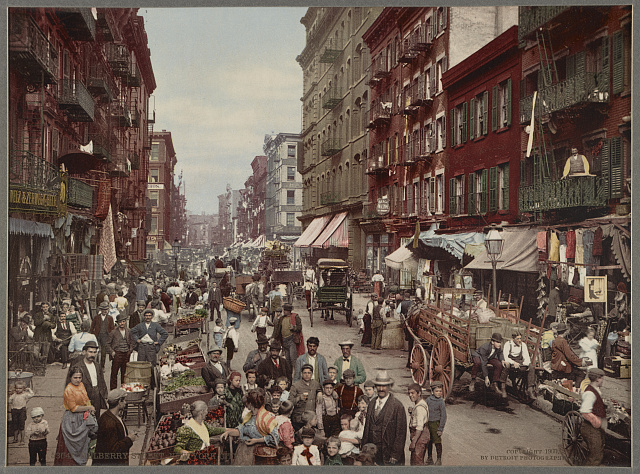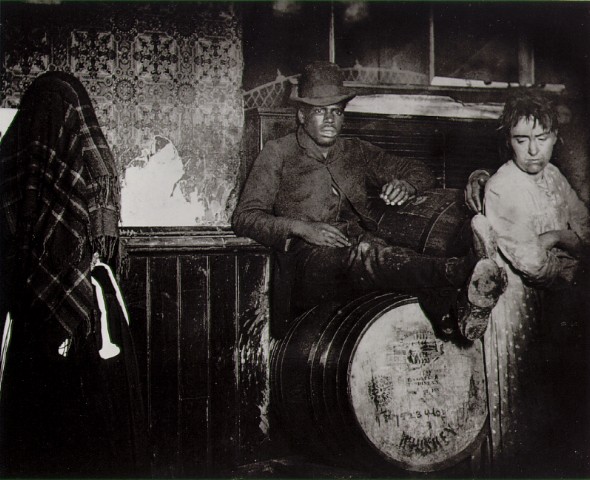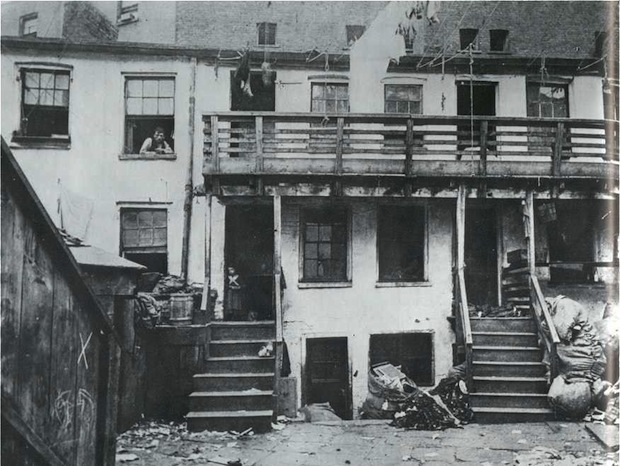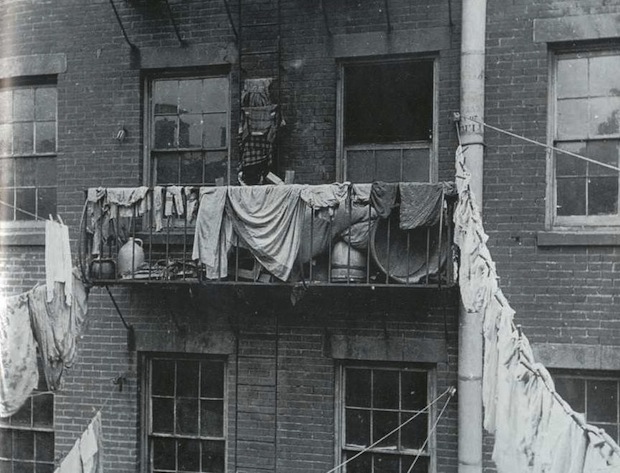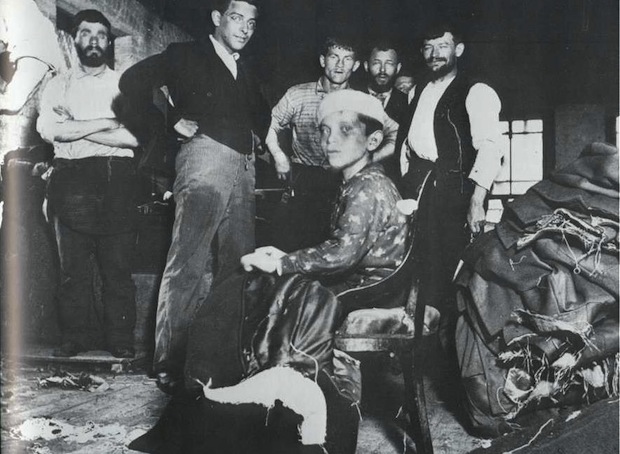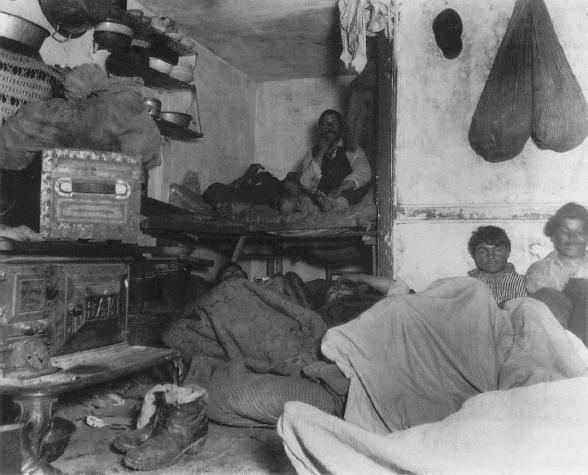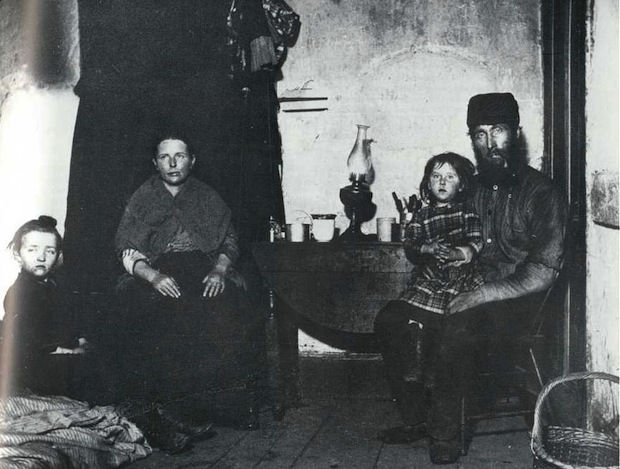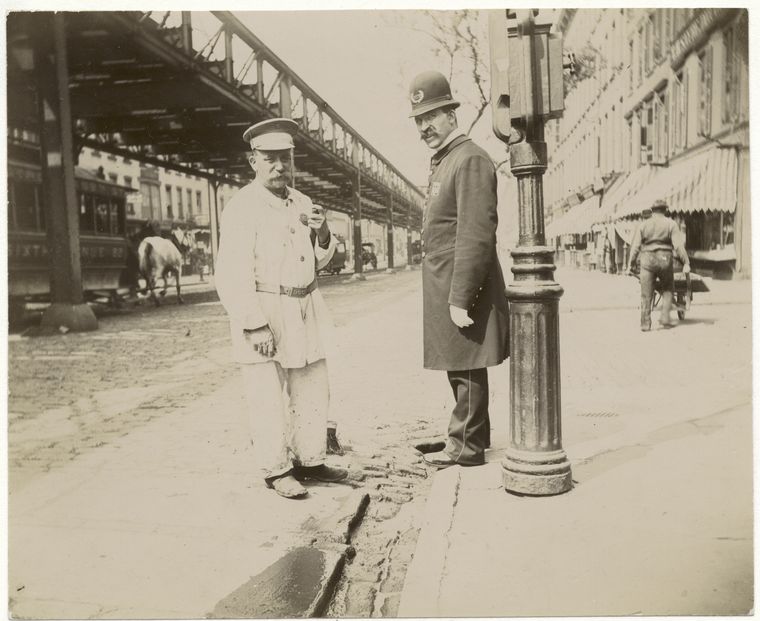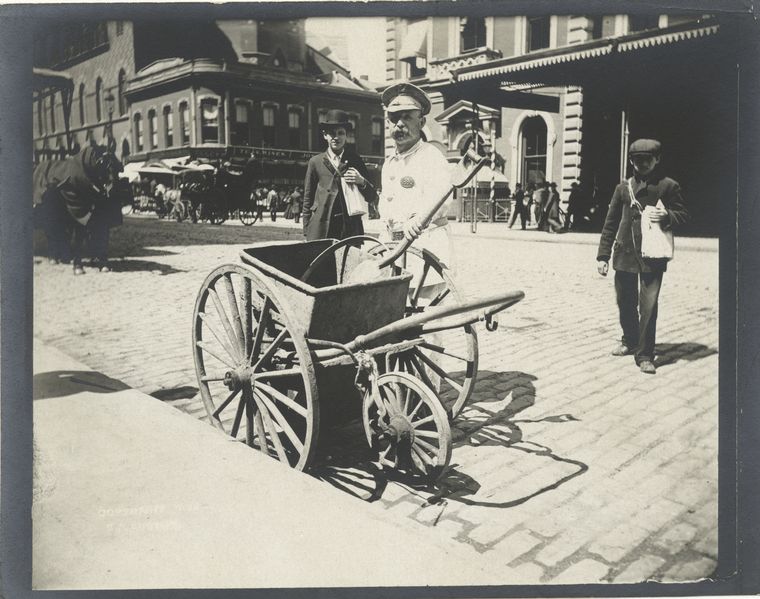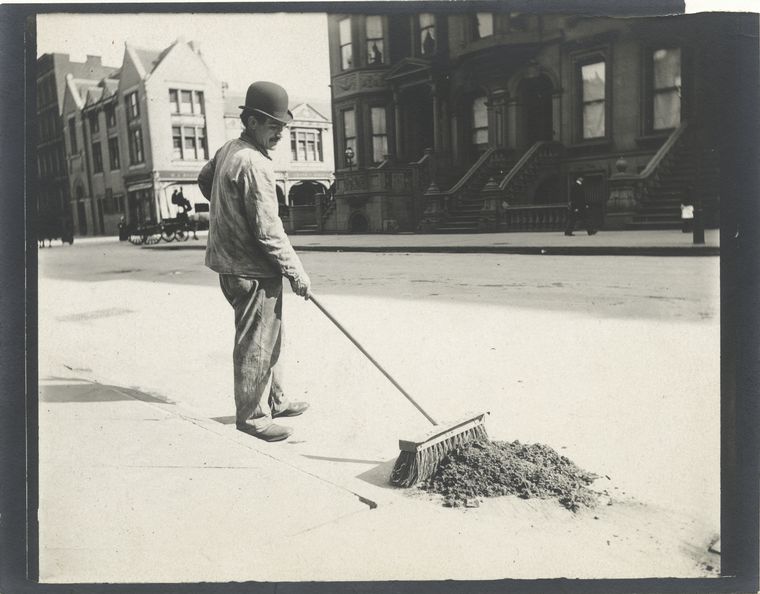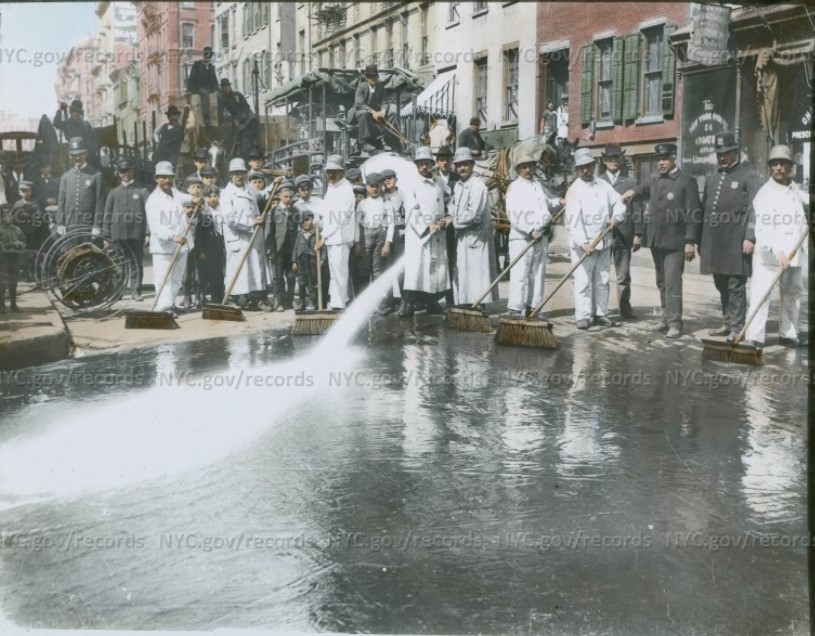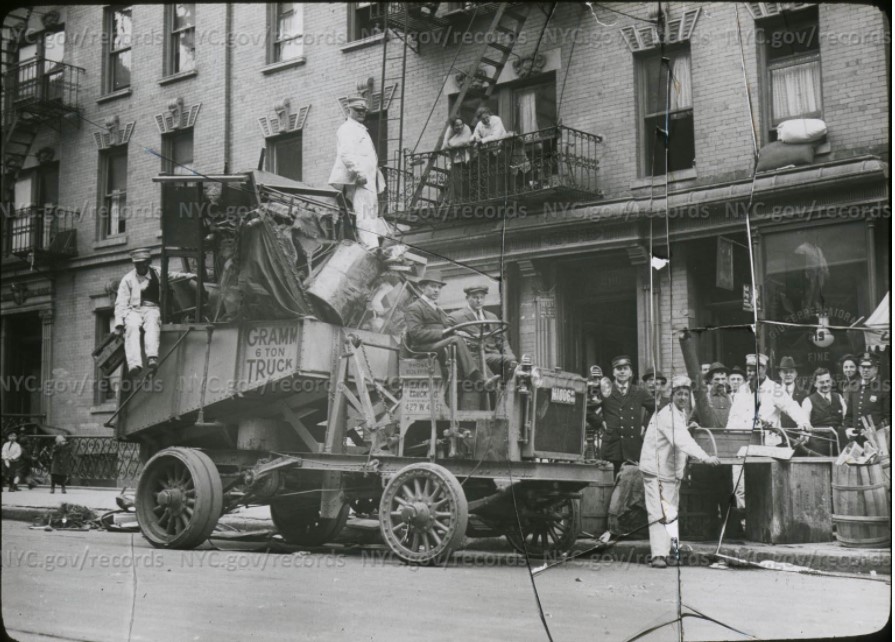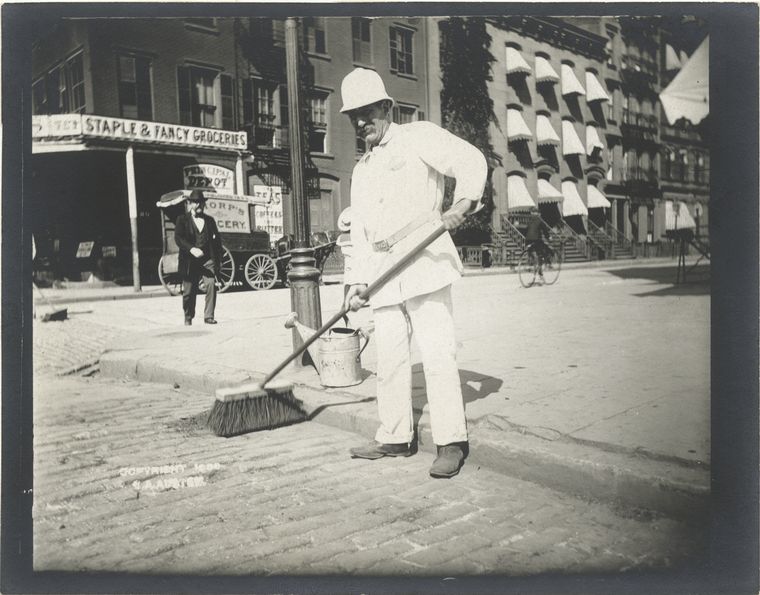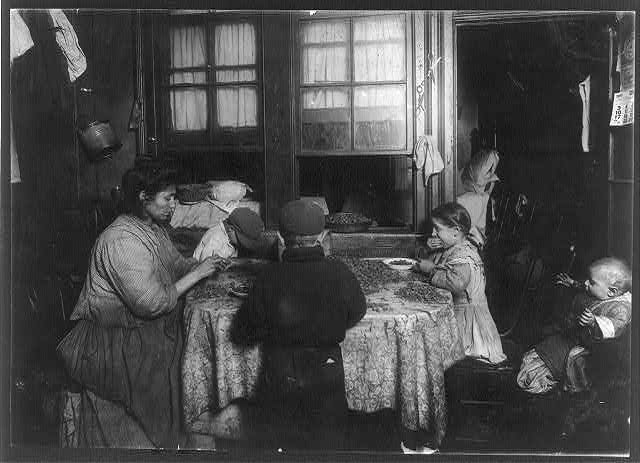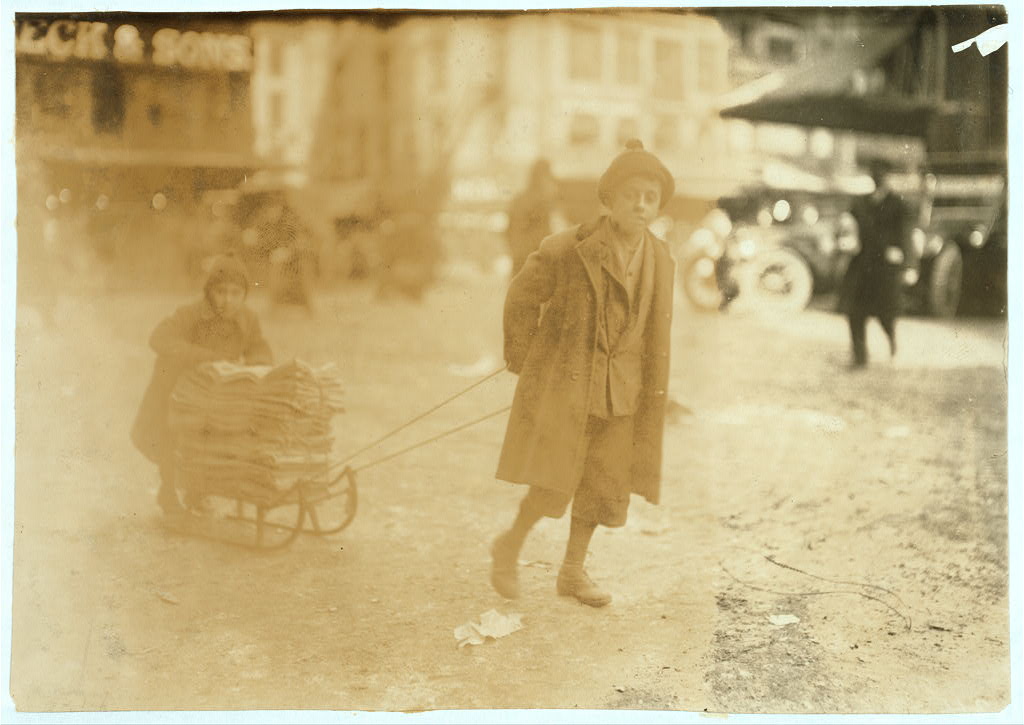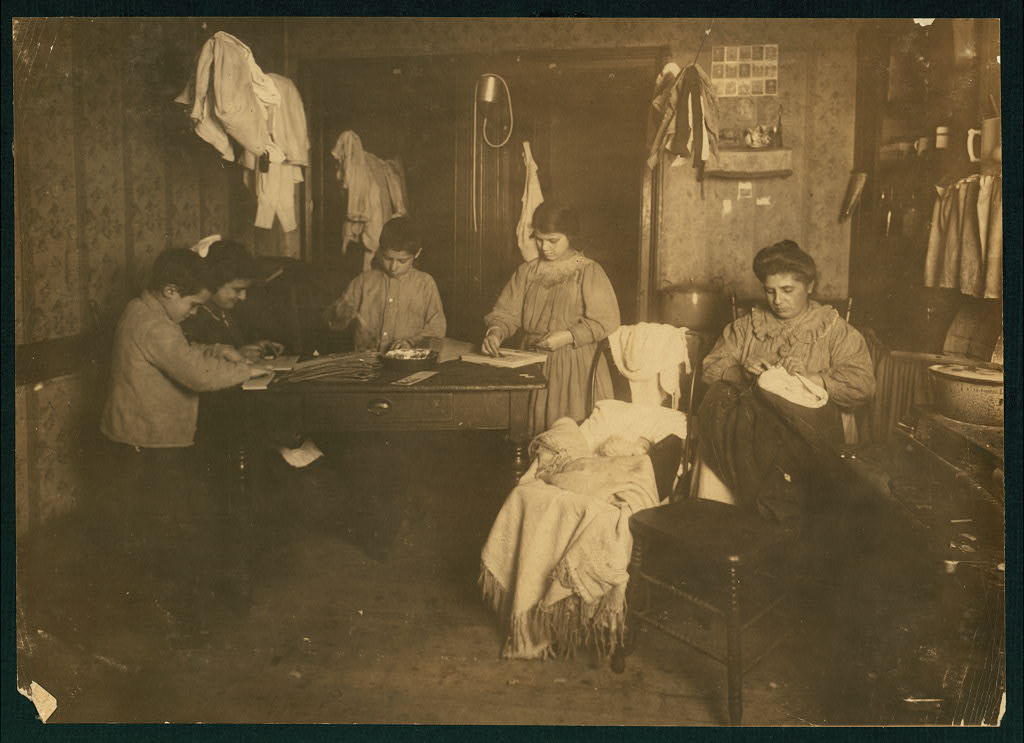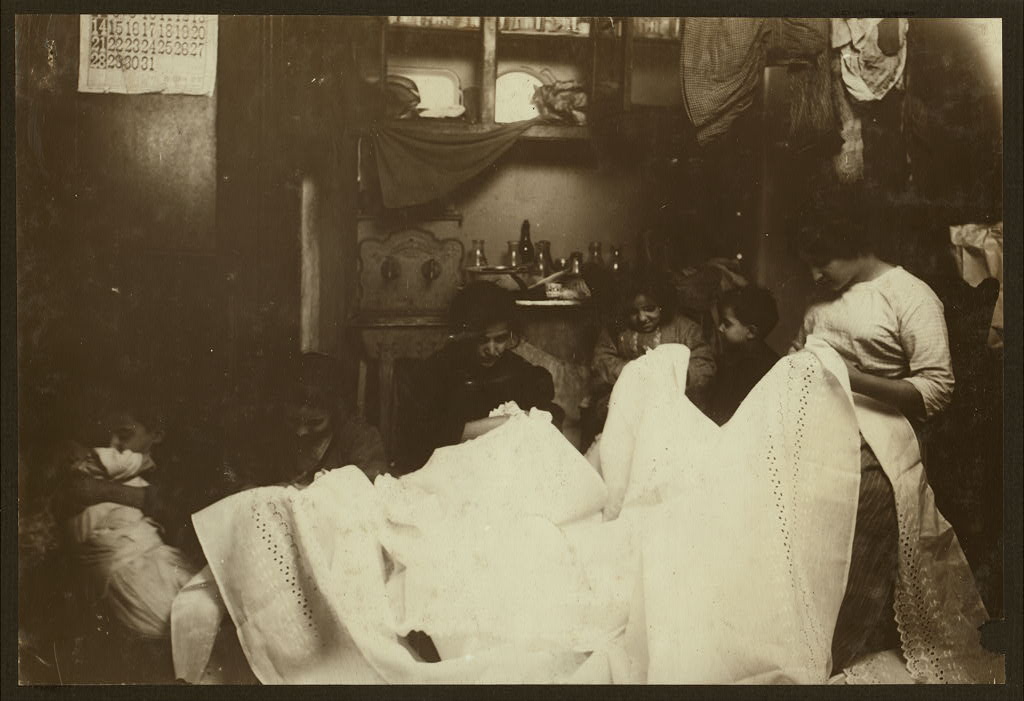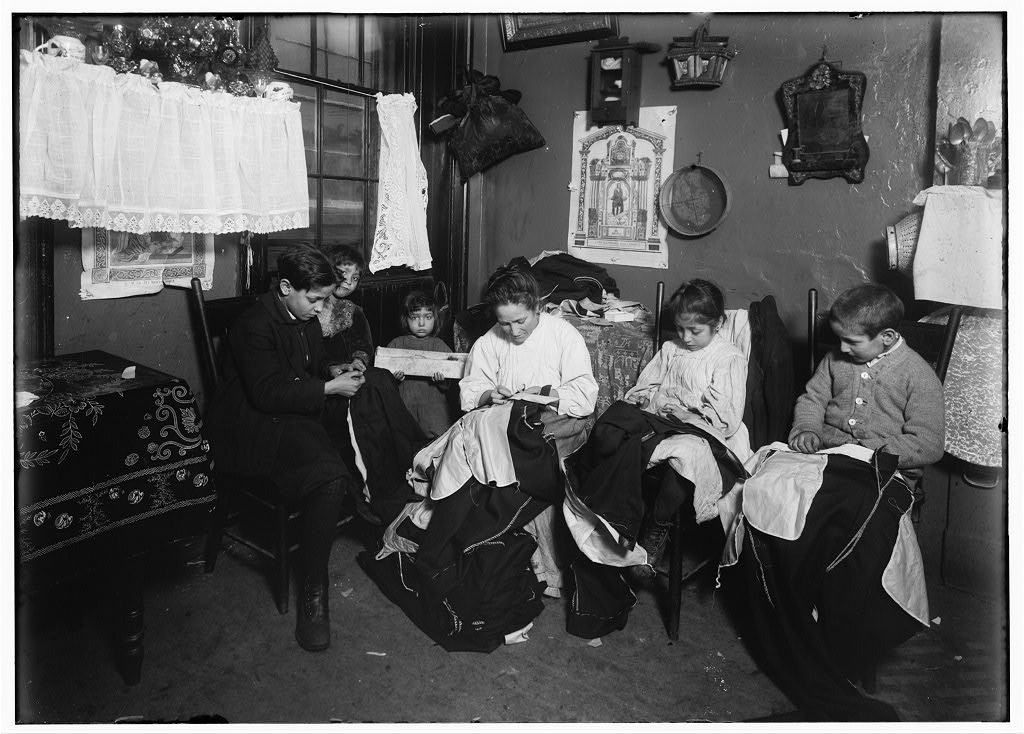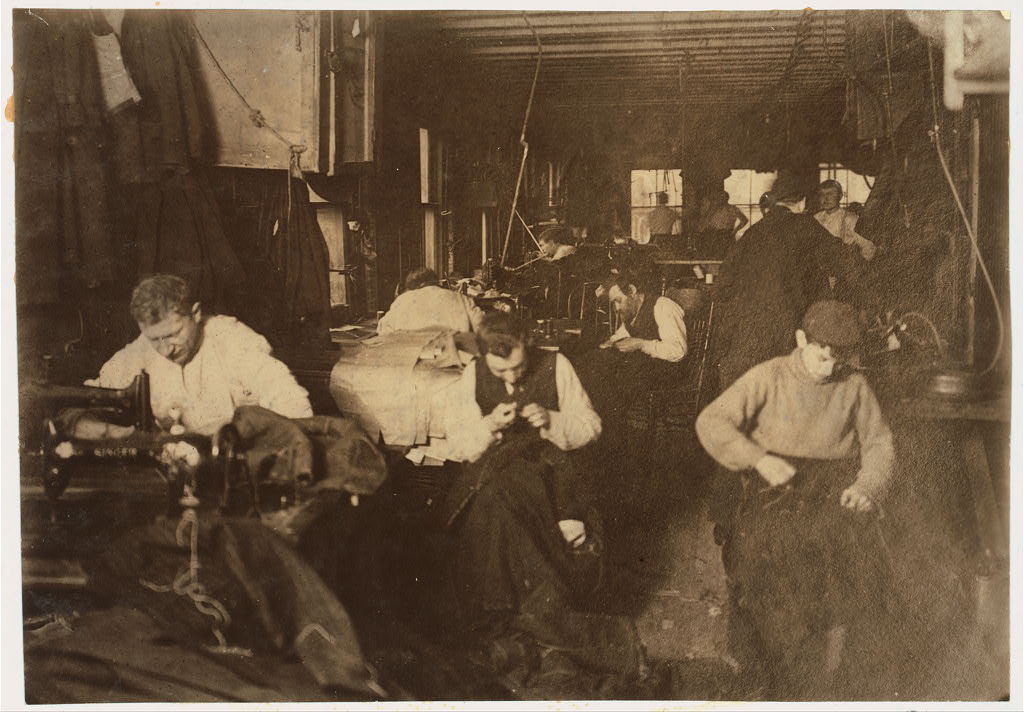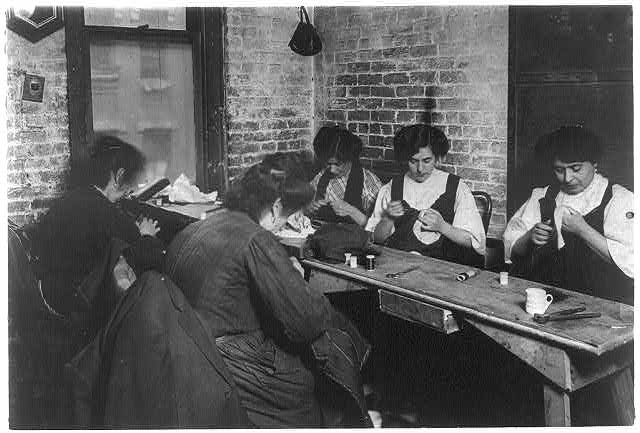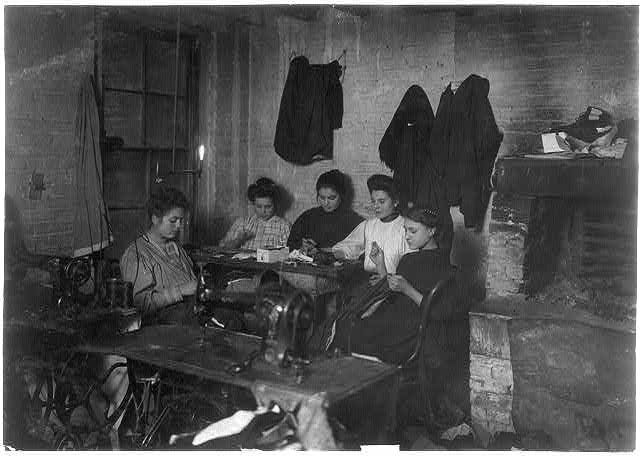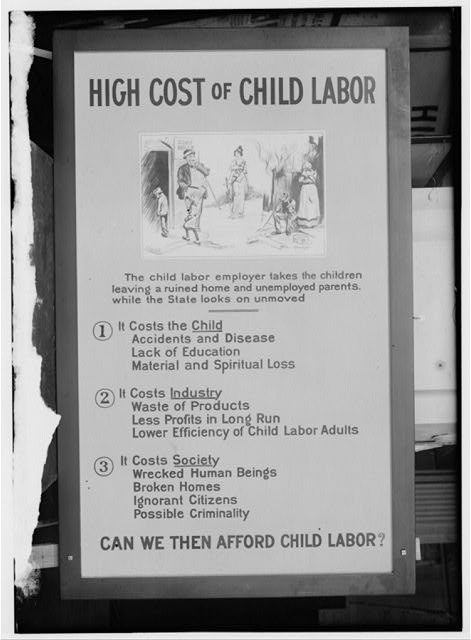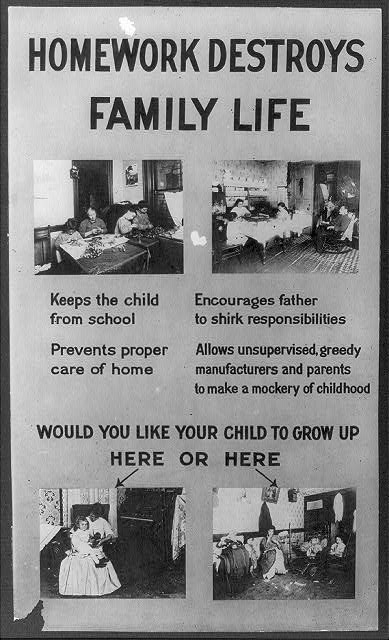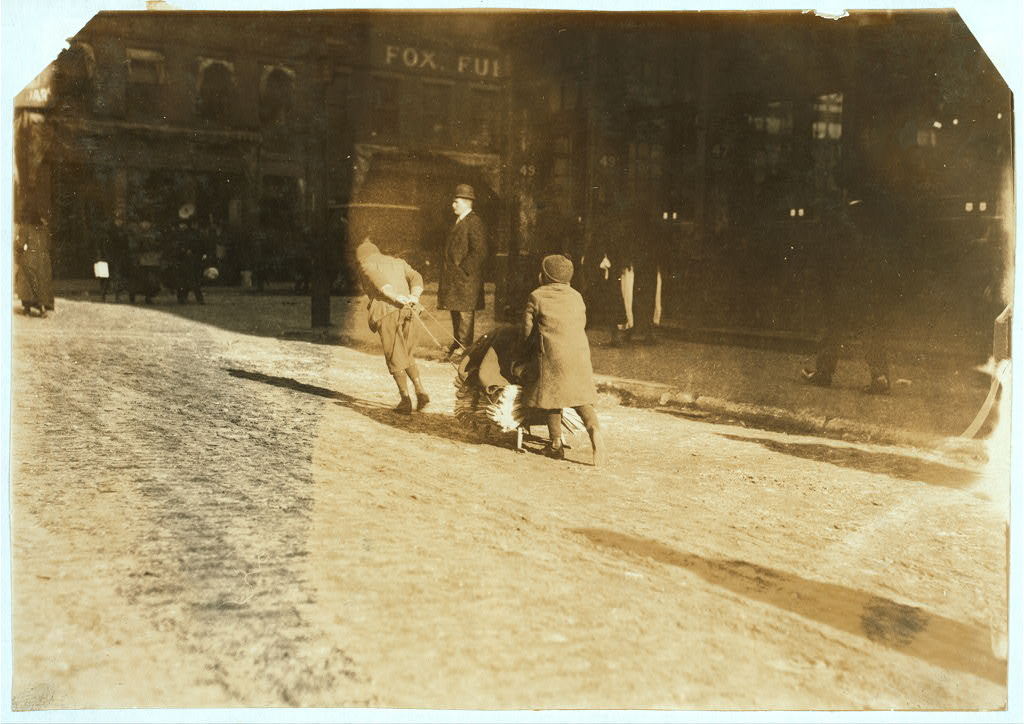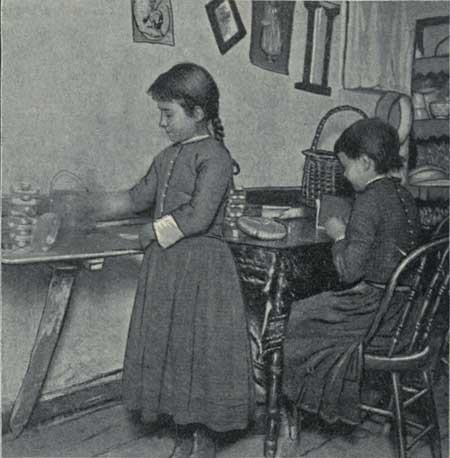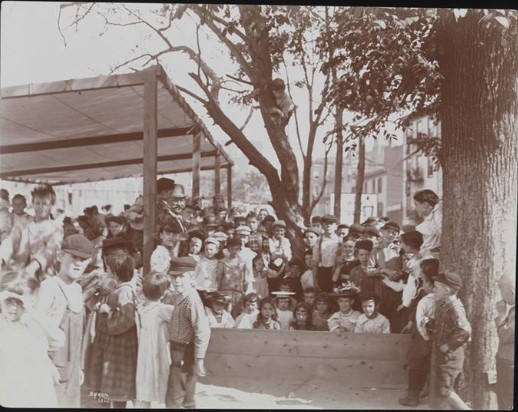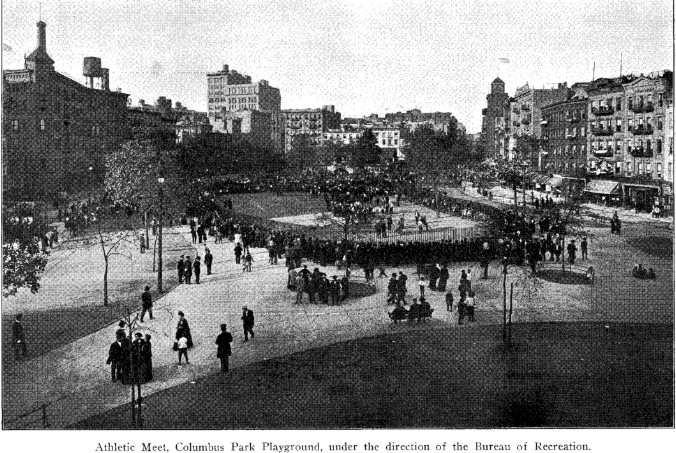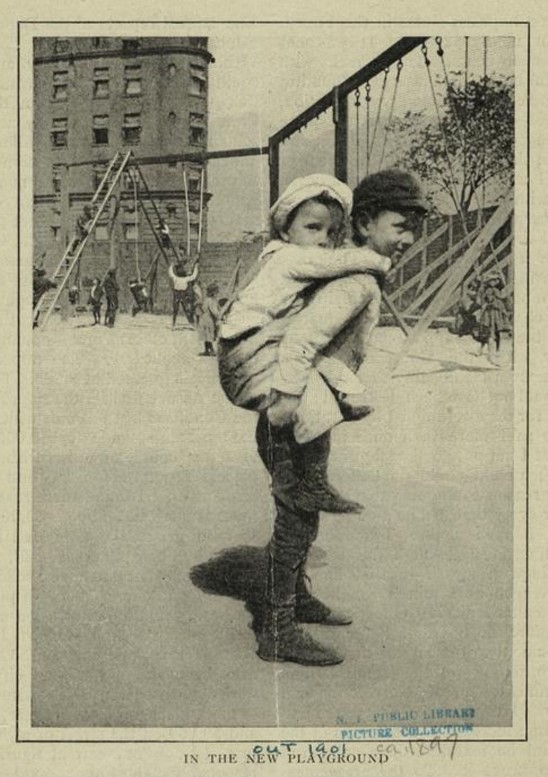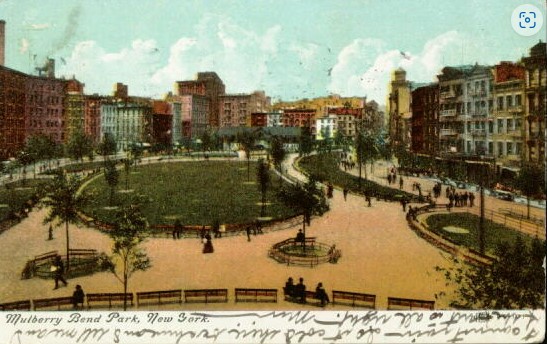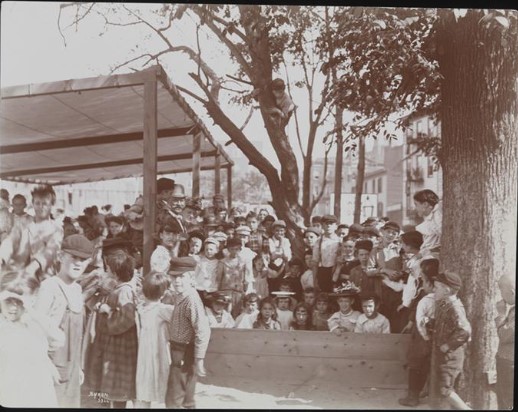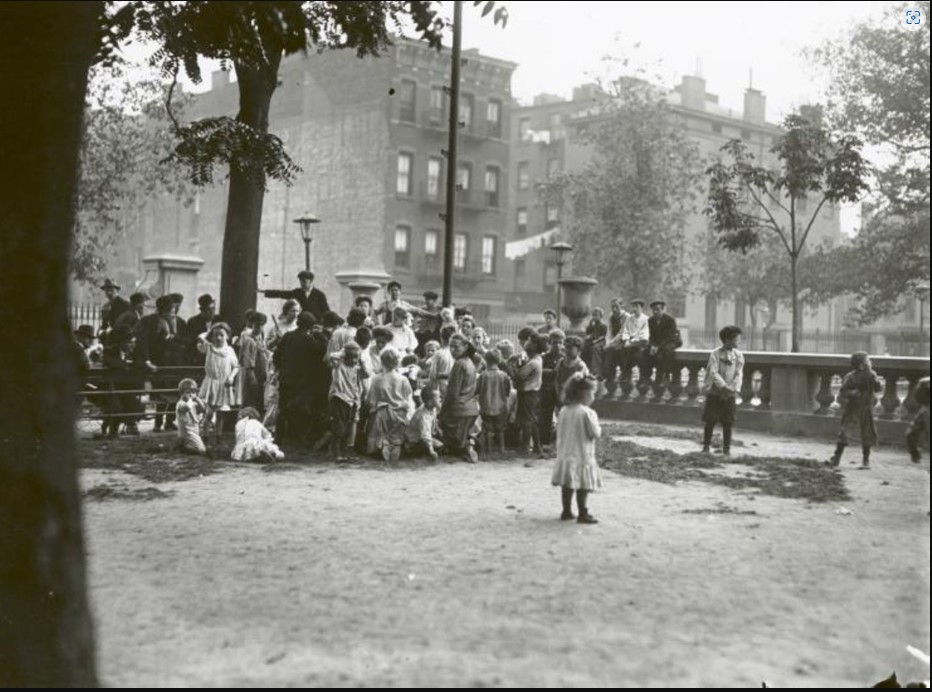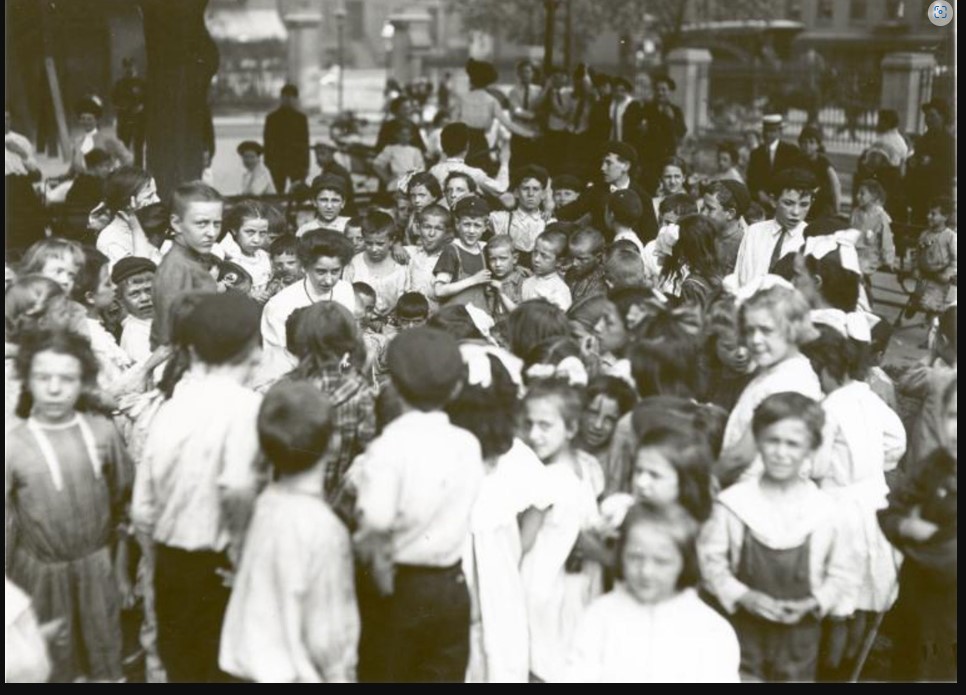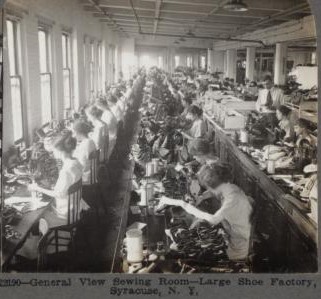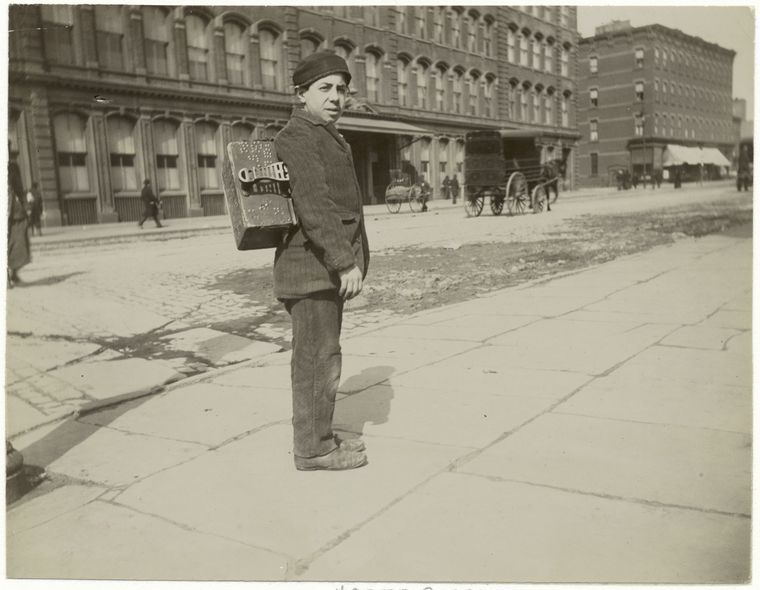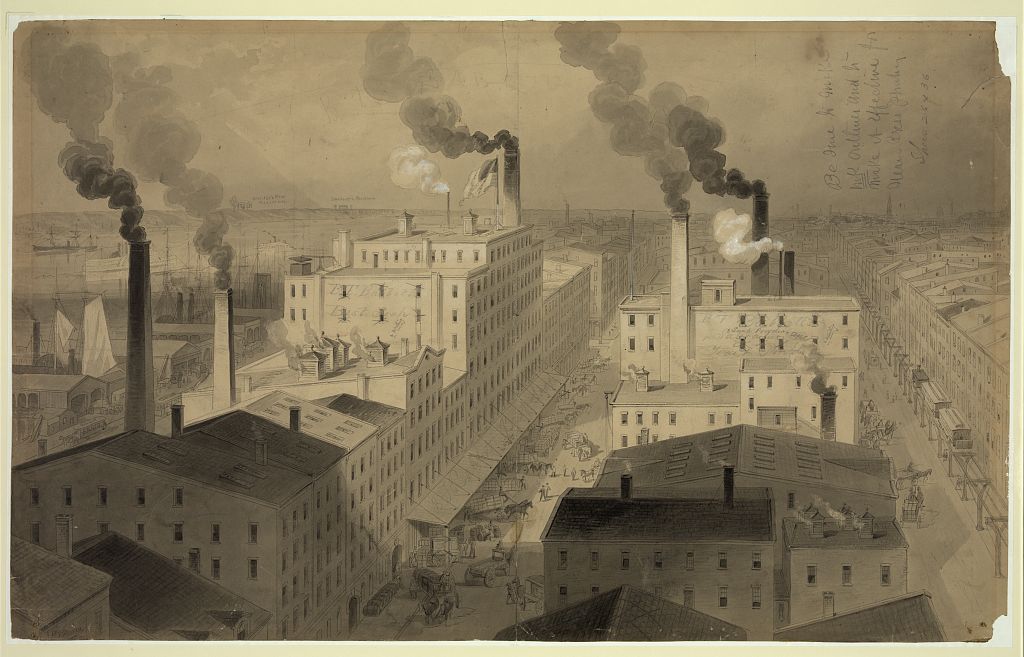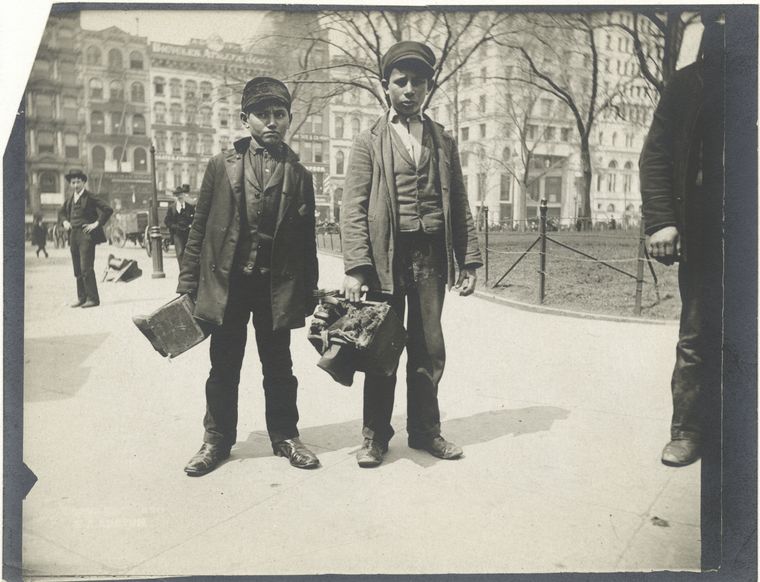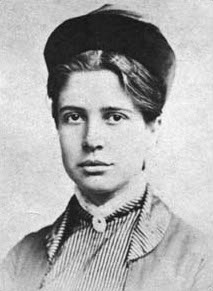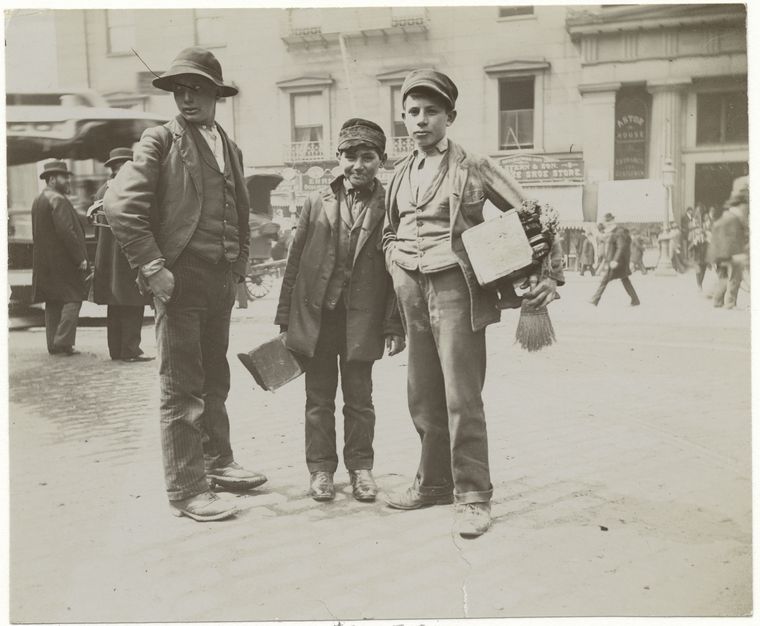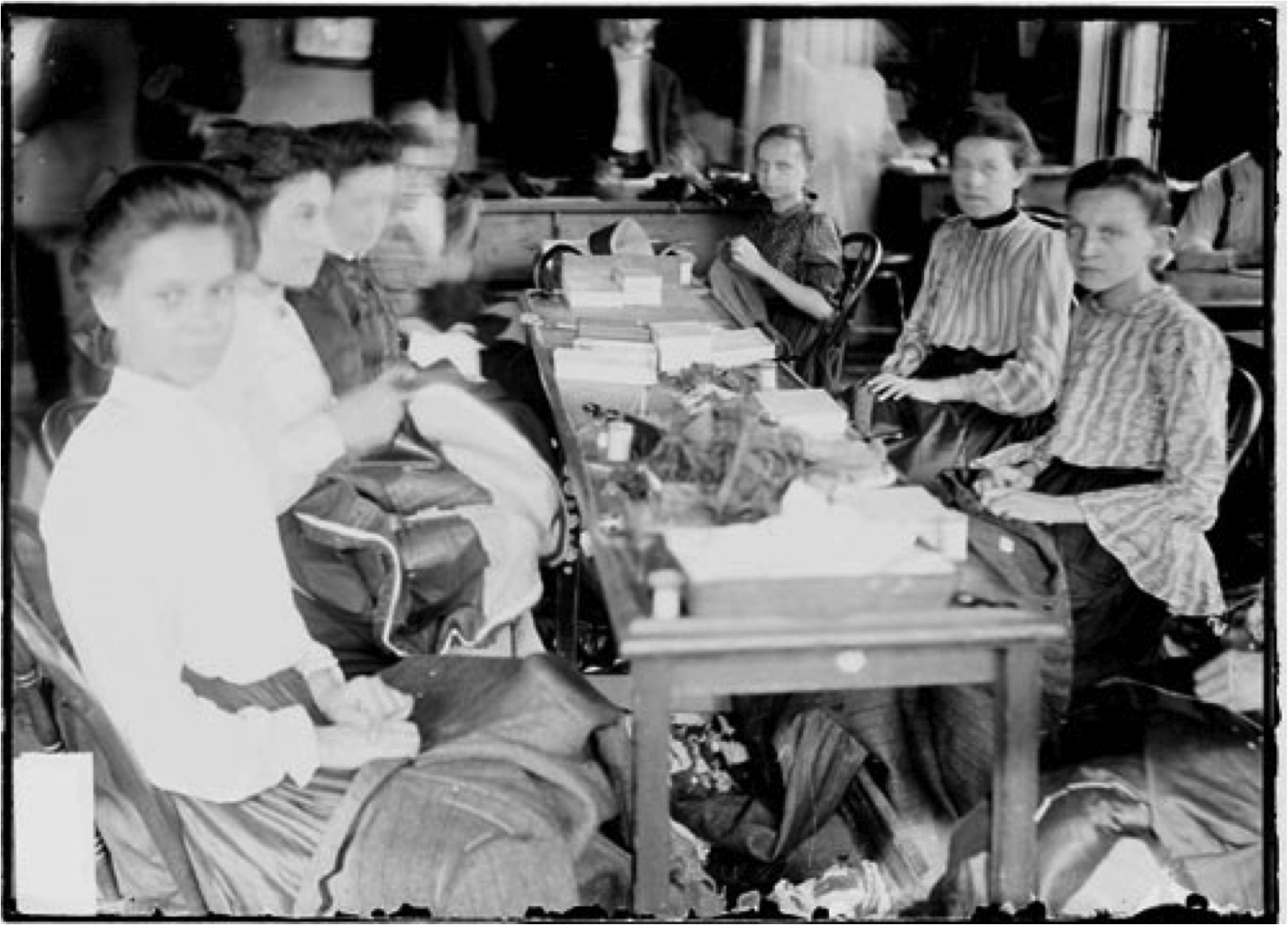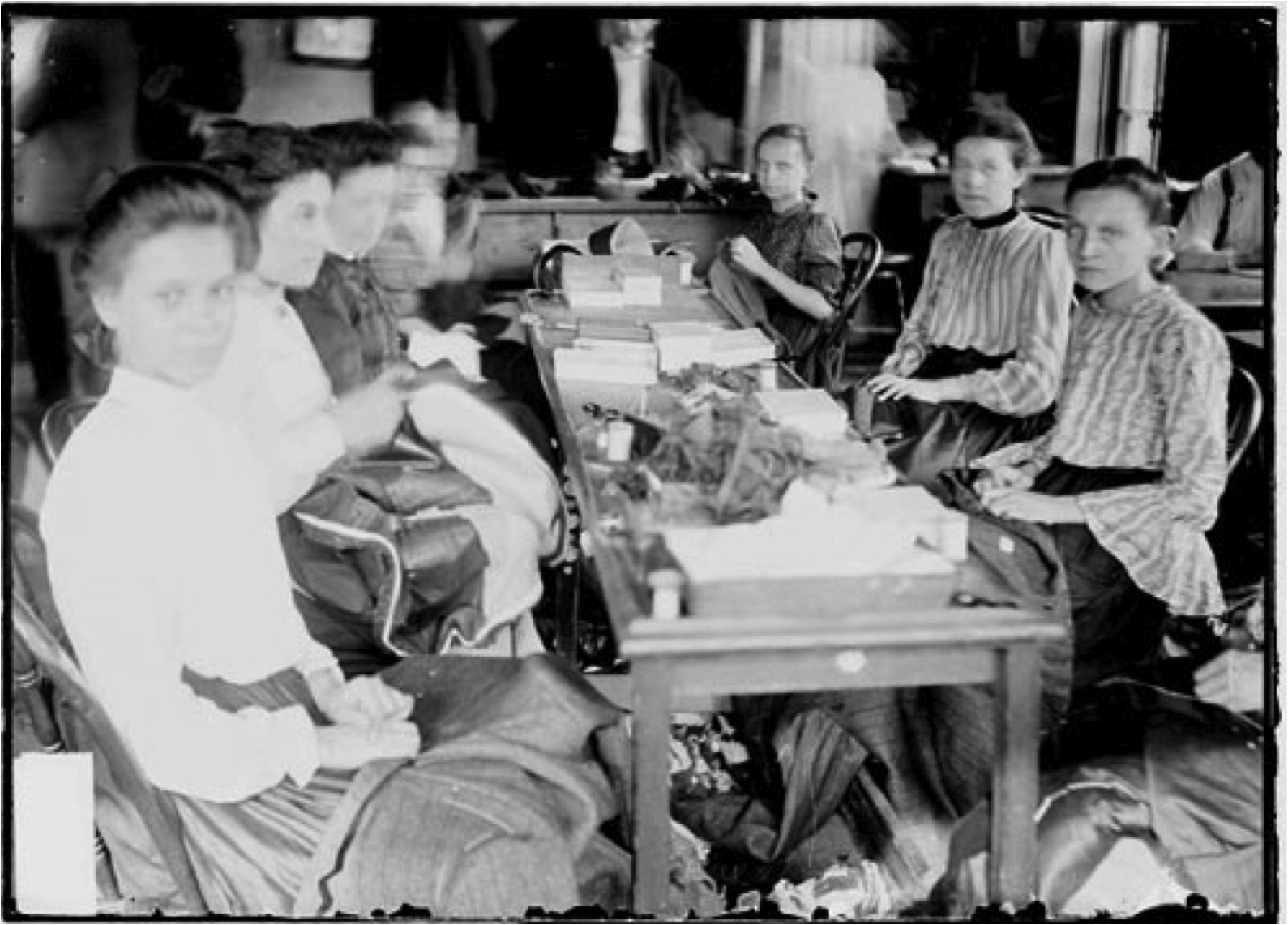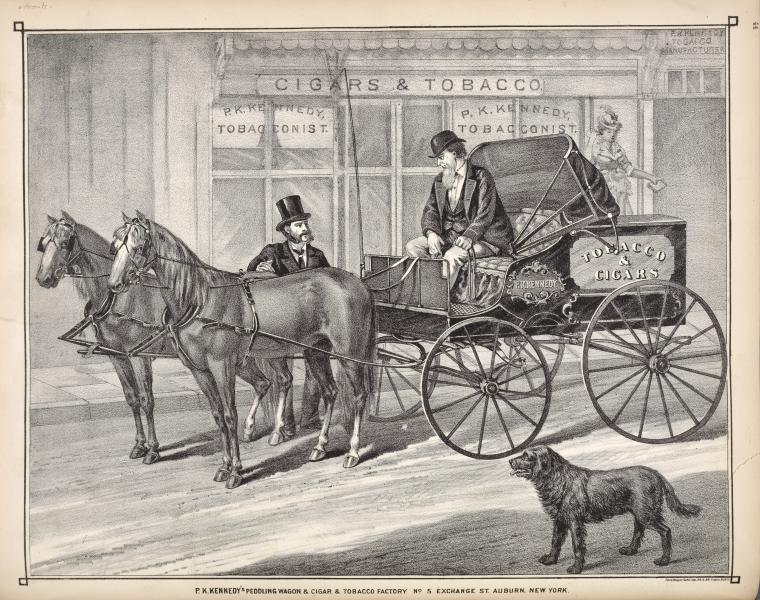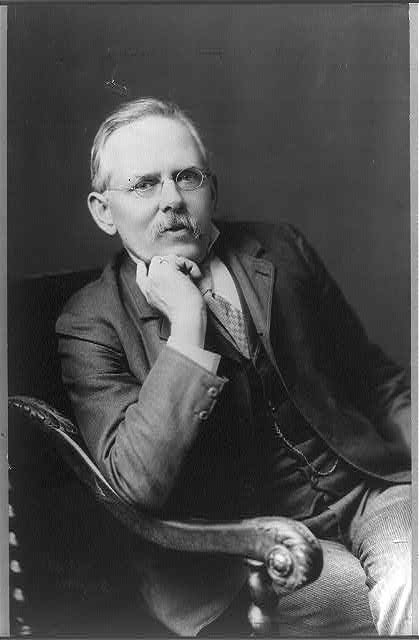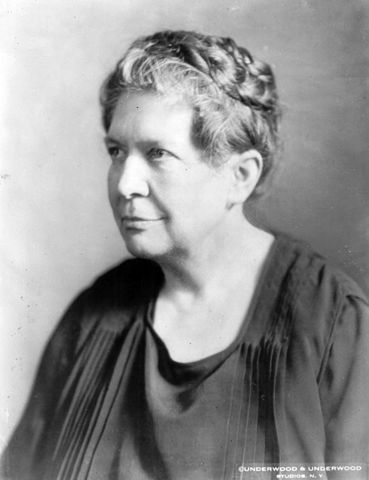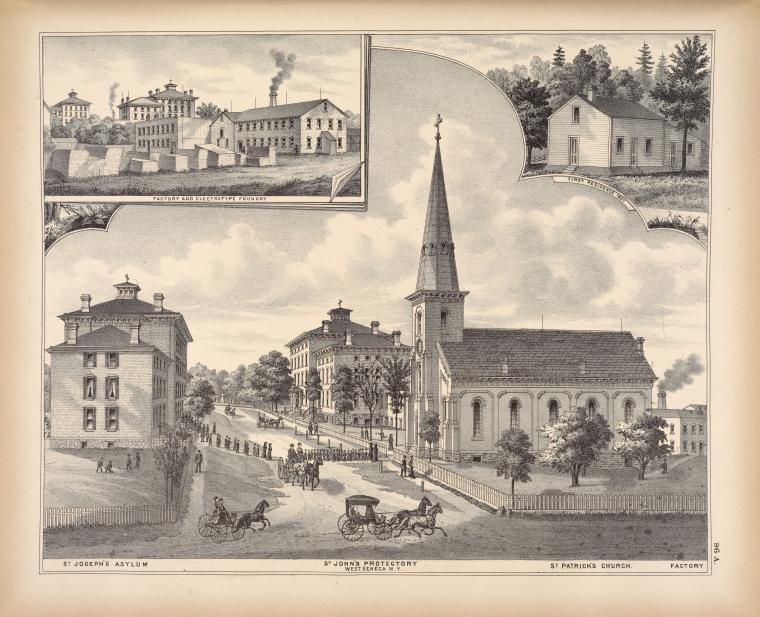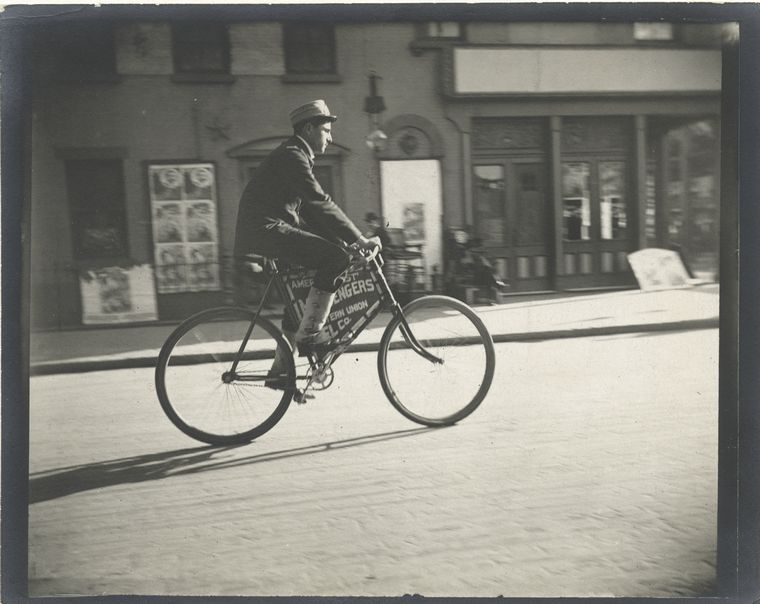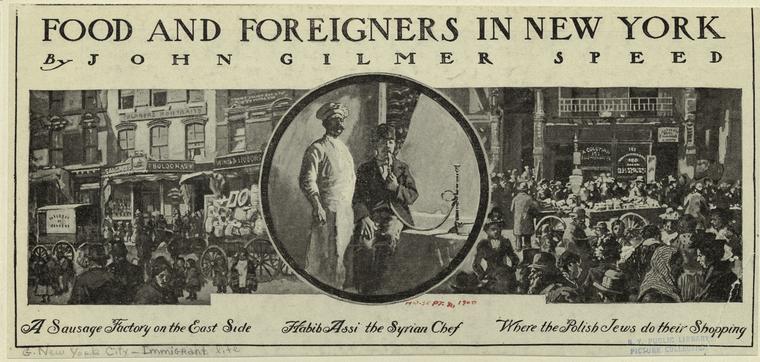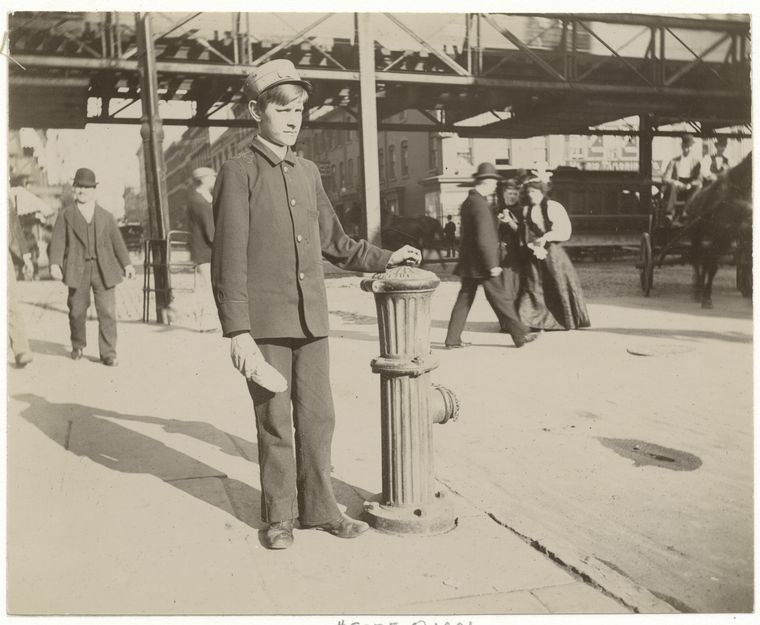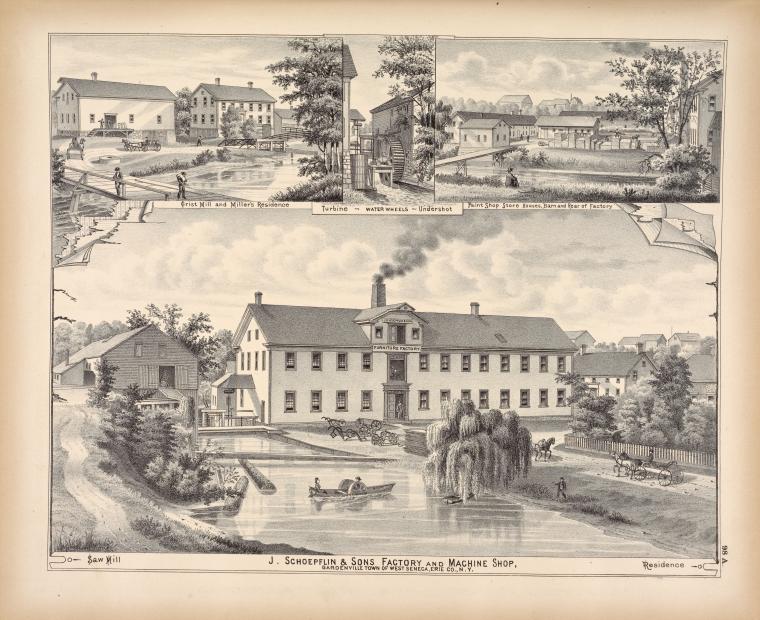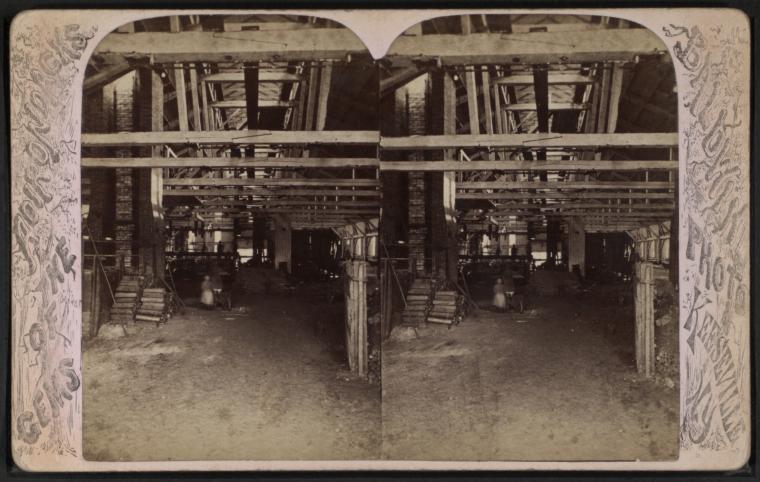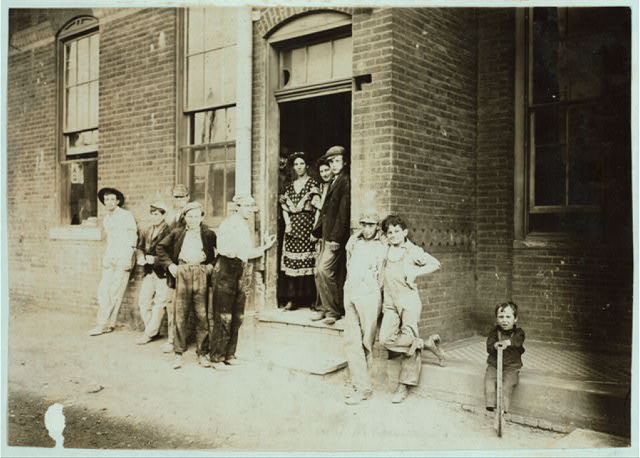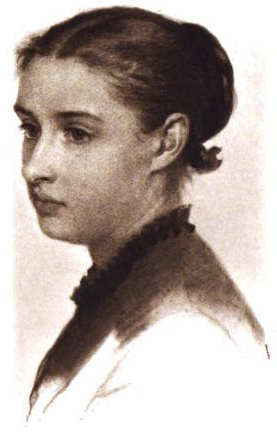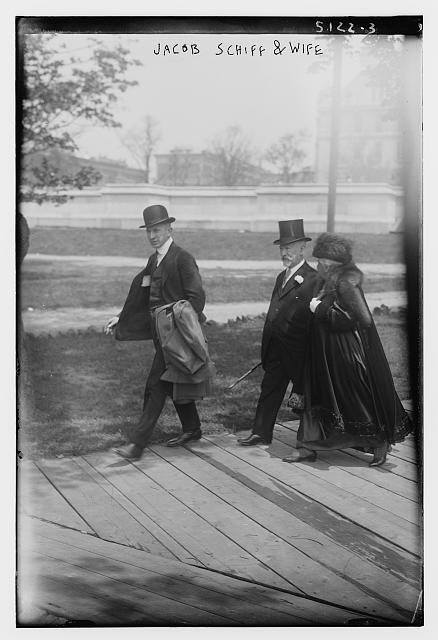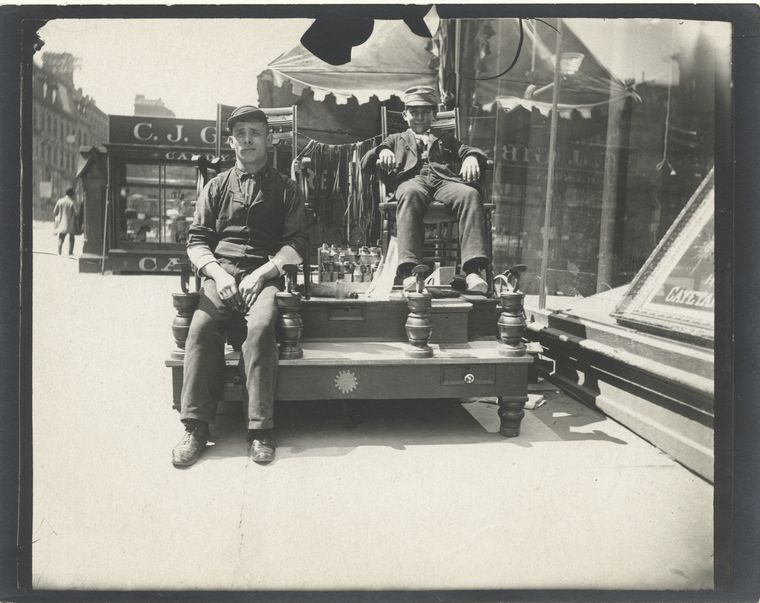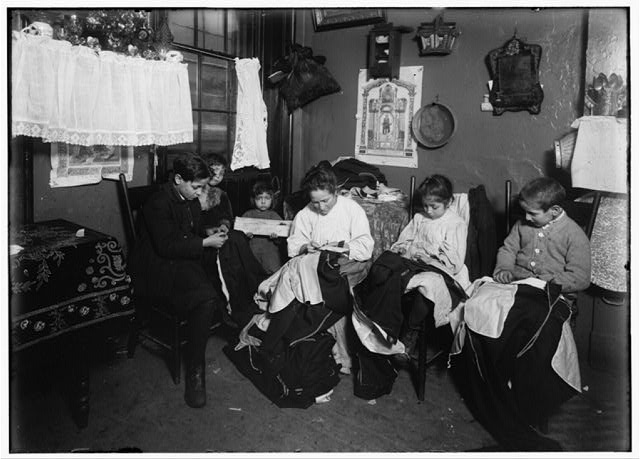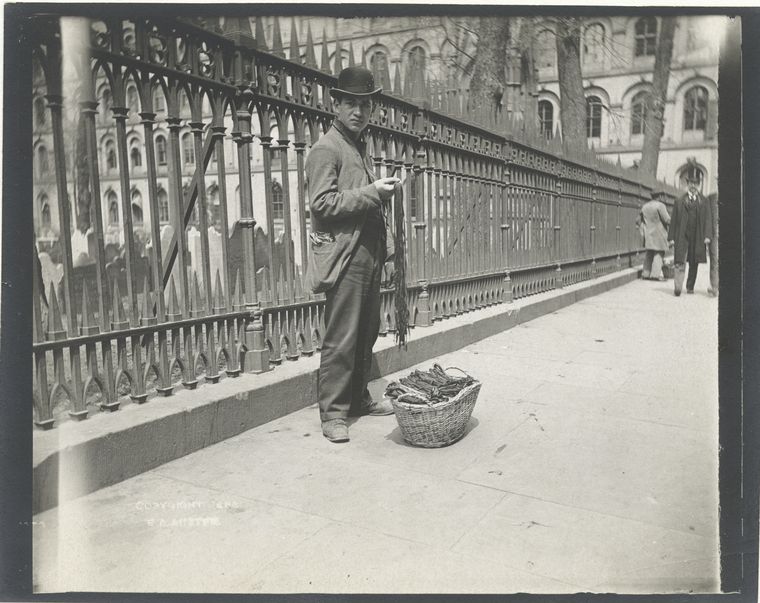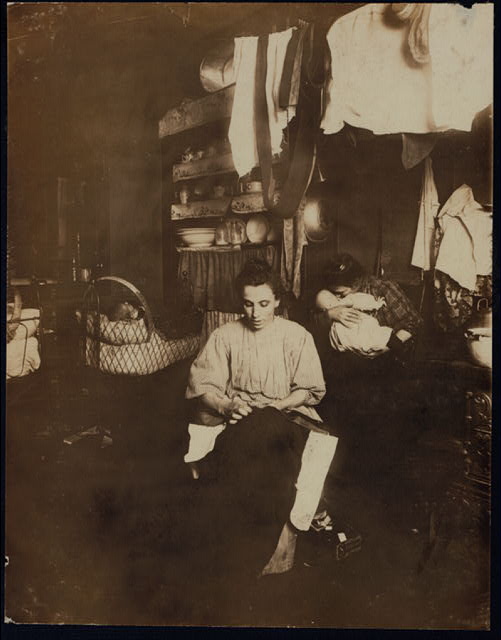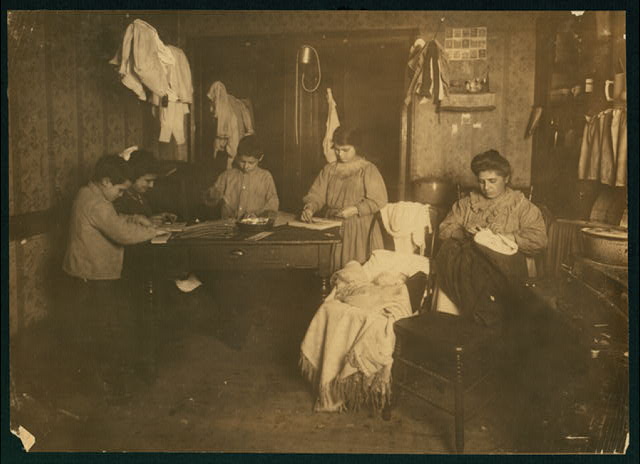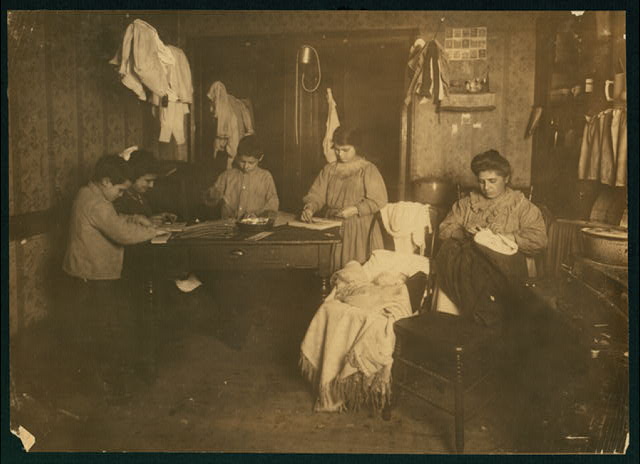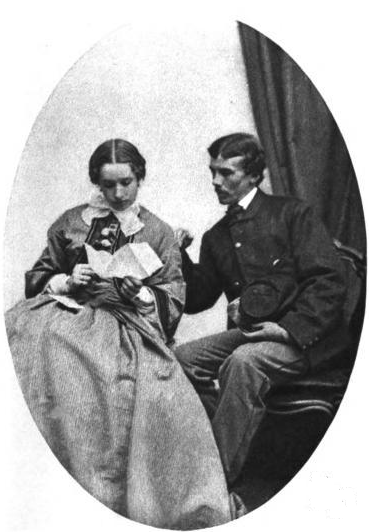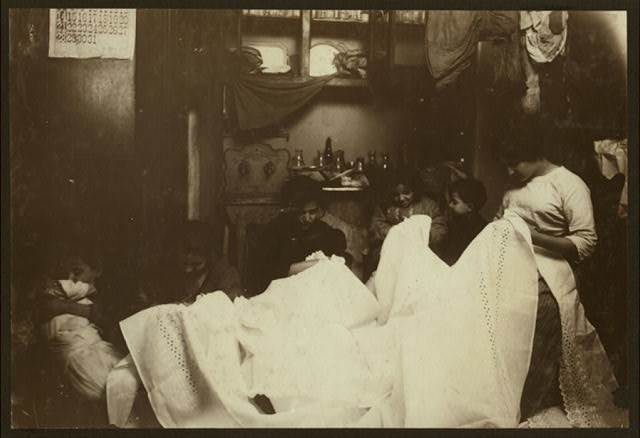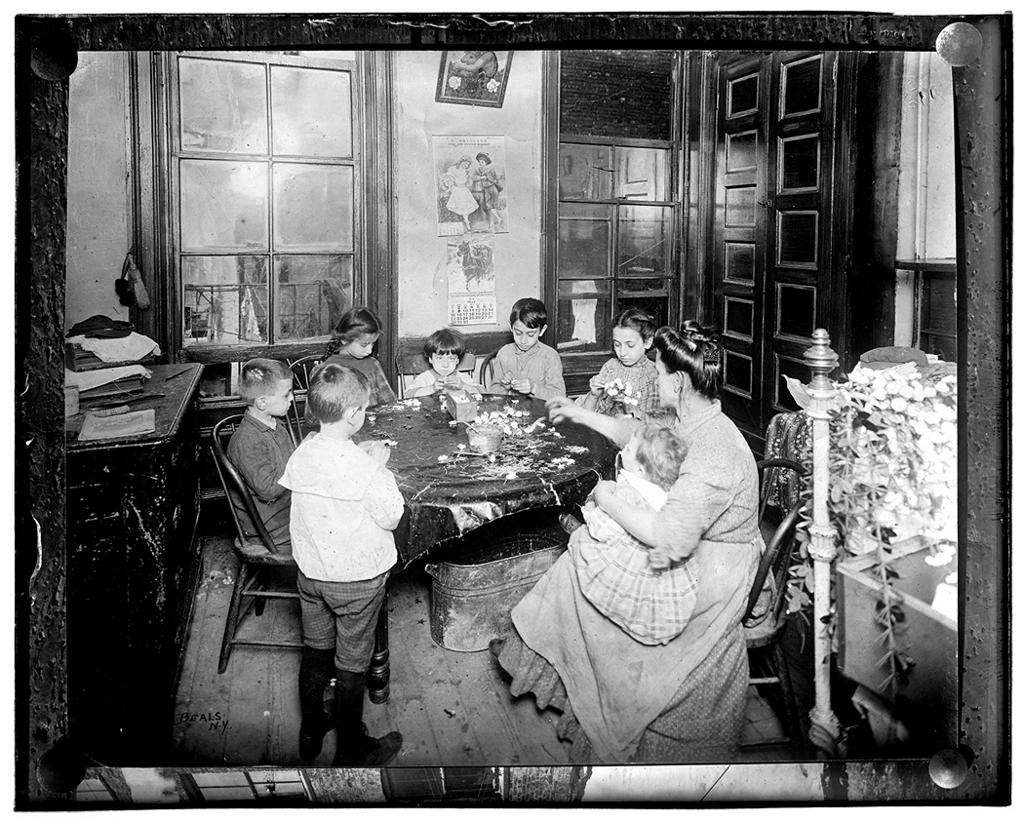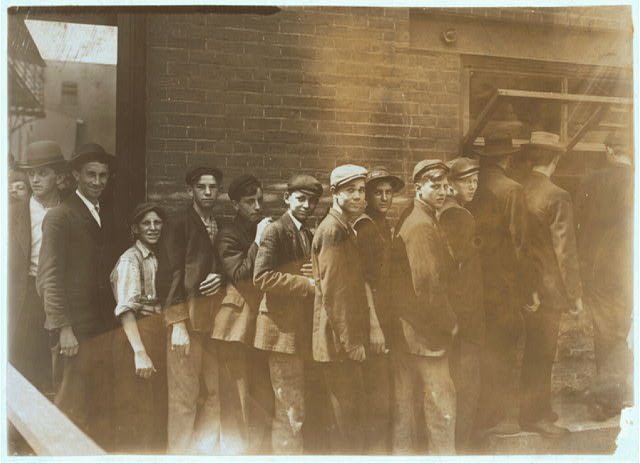By Anne M. Filiaci, Ph.D.
Lillian Wald–Adolescence
Lillian Wald attended Miss Martha Cruttenden’s English-French Boarding and Day School for Young Ladies and Little Girls in Rochester. She was sometimes a boarder and sometimes a day student. Miss Cruttenden, considered one of the city’s more successful teachers, “insisted on high standards of ‘health, morality and good breeding,” and aimed “‘to make scholarly women and womanly scholars….'” The academy, which opened in 1880, was known as a “fashionable” school that “maintained good scholastic standards.” It taught languages, trigonometry, astronomy, physics, and chemistry. Lillian later reflected that as a girl she had “‘the advantages of what might be called a good education, knowing Latin, and able to speak both French and German.'”
" order_by="sortorder" order_direction="ASC" returns="included" maximum_entity_count="500"]
During this period, many thought that girls and women should not receive a higher education. However, Rochester had long been a hotbed of women’s rights activities, and there was plenty of support for young women who sought to better themselves. There were also a number of role models for women who wanted to achieve in ways other than becoming wives and mothers. The city was the hometown of Susan B. Anthony, famous suffragist and woman’s rights activist. Susan’s sister, Mary Anthony, also a women’s rights advocate, was a teacher and a principal in the Rochester public schools from 1856 until 1883.
At the age of sixteen, Wald applied for admission to Vassar College. Its President rejected her application, claiming that she was too young, and she continued her studies at Miss Cruttenden’s. There, she had a reputation as an attractive and fun-loving young woman. She had grown to five feet seven inches tall, “well-proportioned with an ‘oval face crowned by dark wavy hair [and]… eyes [that were]…large and brown and soft….'” Wald loved to hear that she resembled her beautiful mother, but believed that “she could never be as good-looking.” One of her younger schoolmates recalled Lillian’s stylish clothes and active social life during this period:
“I am going to picture you, just as I remember you, tall, with a streamline figure…how stunning you were when going out. I especially remember a blue satin, with your evening coat and party bag. We, the ‘little girls,’ could go down to the parlor and see you. We thought you the most beautiful girl we had ever seen. After much admiration we went up to our rooms, assured by you that the next day you would tell us with whom you danced, how many times with the same man, all the details of the party. True to your word, you gathered us around you the next day and you gave us a complete description of the party.”
Lillian’s adolescence was marred by a tragic loss that occurred when she was in her late teens. Her Uncle Samuel, who had made a home in California, wanted to go to Europe to seek a health cure at Baden-Baden. He asked Lillian’s older brother, Alfred, to watch over his business for a few months. Alfred postponed his own dream of attending medical school and went to California. Uncle Samuel kept putting off his return from Europe, and eventually the trip stretched to almost two years. By the time Samuel returned, Alfred had lost interest in becoming a doctor. In 1885, just before his twenty-fifth birthday, Alfred drowned, leaving Lillian and the rest of his family devastated.
When Lillian left Miss Cruttenden’s school, she studied on her own while working from home as a correspondent for the Bradstreet Company, a position that her father had found for her. She would later describe her life during this time as typical of “a type of modern American young womanhood, days devoted to society, study and house keeping duties such as practical mothers consider essential to a daughter’s education.”
In 1888, Lillian’s older sister Julia married Charles Patrick Barry, the third son of a partner in the firm of Ellwanger and Barry, a well-known Rochester nursery founded in 1840. The Barry family had achieved prominence not only for its horticultural business, but also for real estate, transportation and philanthropic endeavors. Charles had obtained a master’s degree and worked for the family business. He eventually became vice-president of both the nursery and realty companies.
Lillian, who would later become an ardent supporter of parks and playgrounds, got an early lesson in their value and importance from her in-laws. During the 1880s, members of the Barry family became influential advocates and benefactors in the movement to create a public park system in Rochester. William C. Barry, Julia’s brother-in-law, served on the city’s park commission from 1888–the year it was organized–until 1916. In the 1880s, the firm of Ellwanger and Barry offered the city about twenty acres of land to create a public park. This land, finally accepted by Rochester in 1887, became the nucleus of the city’s first public garden, Highland Park.
Julia’s marriage into a prominent, prosperous and benevolent family set an example of achievement for her younger sister. By the standards of the time it would appear to be the height of success for a young woman of Lillian’s background. But Lillian was looking for something else. She was restless–the kind of life she was living and the future that she could anticipate did “not satisfy” her. Increasingly she felt “the need of serious, definite work.”
Julia Wald Barry became pregnant shortly after her marriage. One day while Lillian was visiting, her sister needed medical help related to the pregnancy. The family called a doctor, who in turned summoned a private nurse. Wald, who had never spoken to a professional nurse before, learned that the woman was an alumnus of Bellevue Hospital Training School for Nurses. She later described the meeting as “the opening of a window on a new world.”
Bibliography
Daniels, Doris Groshen, Always a Sister: The Feminism of Lillian D. Wald, New York, Feminist Press, 1989
Duffus, R.L., Lillian Wald: Neighbor and Crusader, New York: The Macmillan Company, 1939
Ellwanger and Barry Papers, University of Rochester Libraries,http://www.lib.rochester.edu/index.cfm?PAGE=869 Current 1/15/2013
[Epstein], Beryl Williams, Lillian Wald: Angel of Henry Street [author’s name on title page is “Beryl Williams”], NY: Julian Messner, Inc., 1948
Feld, Marjorie N., Lillian Wald: A Biography, Chapel Hill, NC: University of North Carolina Press, 2009
The Industries of the City of Rochester: A Résumé of Her Past History and Progress : Together with a Condensed Summary of Her Industrial Advantages and Her Development : and a Series of Comprehensive Sketches of Her Representative Business Enterprises : Incorporating a Condensed History of the Chamber of Commerce (Google eBook),Rochester, NY: Elstner Publishing Company 1888 (free ebook), p. 87 (Wald9) /http://books.google.com/books?id=xC9FAAAAYAAJ&dq=Industries+of+Rochester&source=gbs_navlinks_s Current 1/15/2013
Lagemann, Ellen Condliffe, A Generation of Women: Education in the Lives of Progressive Reformers, Cambridge, Mass.: Harvard University Press, 1979
McKelvey, Blake, “The Germans of Rochester; Their Traditions and Contributions,”Rochester History, Vol. XX, No. 1, January, 1958
McKelvey, Blake, “An Historical View of Rochester’s Parks and Playgrounds,” Rochester History, Vol. XI, Nol 1, January, 1949
McKelvey, Blake, “Rochester Learns to Play: 1850-1900,” Rochester History, Vol. VIII, No. 3, July, 1946
McKelvey, Blake, “Susan B. Anthony,” Rochester History, Vol. VII, No. 2, April, 1945
McKelvey, Blake, “Turbulent but Constructive Decades in Civic Affairs: 1867-1900”Rochester History, Vol. VII, No. 4, October, 1945
Notable American Women 1607-1950: A Biographical Dictionary, edited by Edward T. James, Janet Wilson James, and Paul S. Boyer, Cambridge, MA: The Belknap Press of Harvard University Press, 1971, v. 3, 526
Peck, William Farley, History of Rochester and Monroe county, New York: from the earliest historic times to the beginning of 1907, Volume 1 (Google eBook), NY & Chicago, The Pioneer publishing company, 1908 – History free e-book, http://books.google.com/books?id=IvssAAAAYAAJ&source=gbs_navlinks_s Current 1/16/2013
Yost, Edna, American Women of Nursing, Philadelphia: J.B. Lippincott Co., 1947
Illustrations:
Patrick Barry House, 692 Mount Hope Avenue, Rochester, Monroe County, built 1855, NY LOC Prints & Photographs: Link to Illustration Current 1/10/2013
Historic American Buildings Survey, Hans Padelt, Photographer Fall 1968 (2 1/4′ x 2 3/4′ negative), VIEW FROM SOUTHWEST OF ENTRANCE DETAIL OF BARRY HOUSE AND SOUTH FACADE OF ELLWANGER AND BARRY OFFICE. – Patrick Barry House, 692 Mount Hope Avenue, Rochester, Monroe County, NY LOC Prints & Photographs: Link to Illustration Current 1/10/2013
Ellwanger & Barry Nursery Office, 668 Mount Hope Avenue, Rochester, Monroe County, NY, built 1854 NY LOC Prints & Photographs: Link to Illustration Current 1/10/2013
PERSPECTIVE VIEW OF MAIN (NORTH ) ELEVATION – Susan B. Anthony House, 17 Madison Street, Rochester, Monroe County, NY SBA was living there at the same time Wald was in town, LOC Prints & Photographs: Link to Illustration Current 1/10/2013
Fountain in reservoir, Highland Park, Rochester, N.Y., 1905, LOC Prints and Photographs Link to Illustration Current 1/17/13
View in Highland Park, Rochester, NY, 1904?, LOC Prints and Photographs Link to Illustration Current 1/17/13
A Goat Team, Highland Park, Rochester, N.Y., between 1900-1910, LOC Prints and Photographs, Link to Illustration Current 1/17/13
Reservoir, Highland Park, Rochester, N.Y., between 1900-1910, LOC Prints and Photographs, Link to Illustration Current 1/17/13
Tulips in Highland Park, Rochester, N.Y., between 1905-1920, LOC Prints and Photographs, Link to Illustration Current 1/17/13
Pansies in Highland Park, Rochester, N.Y., between 1905-1920, LOC Prints and Photographs, Link to Illustration Current 1/17/13
Lilacs in Highland Park, Rochester, N.Y., between 1905-1920, LOC Prints and Photographs, Link to Illustration Current 1/17/13
Pansies in Highland Park, Rochester, N.Y., between 1905-1920, LOC Prints and Photographs, Link to Illustration Current 1/17/13
Highland Park Reservoir, Rochester, N.Y., c1904, LOC Prints and Photographs, Link to Illustration/ Current 1/17/13
Nehemiah Osburn House at East, Main and Elm intersection, as seen in 1880s, 1880-1889, RPL Image Collection,
Link to Illustration Current 1/18/13
Ellwanger and Barry Building, State Street, 1897, building construction begun 1887, completed 1888. RPL Image Collection
Link to Illustration Current 1/18/13
SEARCH IMAGES AT RPL– Link to Illustration Current 1/18/13
Copyright Anne M. Filiaci 2014
